Cloud computing has revolutionized businesses’ operations, delivering unmatched scalability, flexibility, and cost savings. Yet, as organizations increasingly migrate sensitive information and critical workloads to the cloud, protecting this environment cannot be overstated. This is where cloud security risk assessment becomes a necessity.
A cloud security risk assessment is your first line of defense against cyber threats. Identifying vulnerabilities before they are exploited, ensures that your business data, applications, and cloud-based services remain secure in an environment ripe with risks.
This guide will walk you through what a cloud security risk assessment is, why it matters, the types of risks businesses face in the cloud, and the steps to secure your operations. Whether you’re already using the cloud or planning to adopt it, this is a must-read for staying ahead of cyber threats.
Understanding Cloud Security Risk Assessment
A cloud security risk assessment identifies, evaluates, and mitigates risks associated with cloud environments. Unlike traditional IT security assessments, which often focus on physical infrastructure, cloud assessments focus on the shared responsibility model. This model requires companies and cloud service providers to collaborate on security.
The purpose of a cloud security risk assessment is to uncover potential vulnerabilities in cloud environments, such as misconfigured settings, ineffective controls, or insecure APIs—before they are leveraged by hackers.
Why It’s Different from Traditional IT Assessments
While traditional IT assessments often involve on-premise systems where companies have full control, cloud data security introduces unique challenges, including shared infrastructure, multi-tenancy, and dynamic scaling. The assessment considers these cloud-specific elements, focusing on securing data hosted in third-party environments.
Key Benefits of Conducting a Cloud Security Risk Assessment
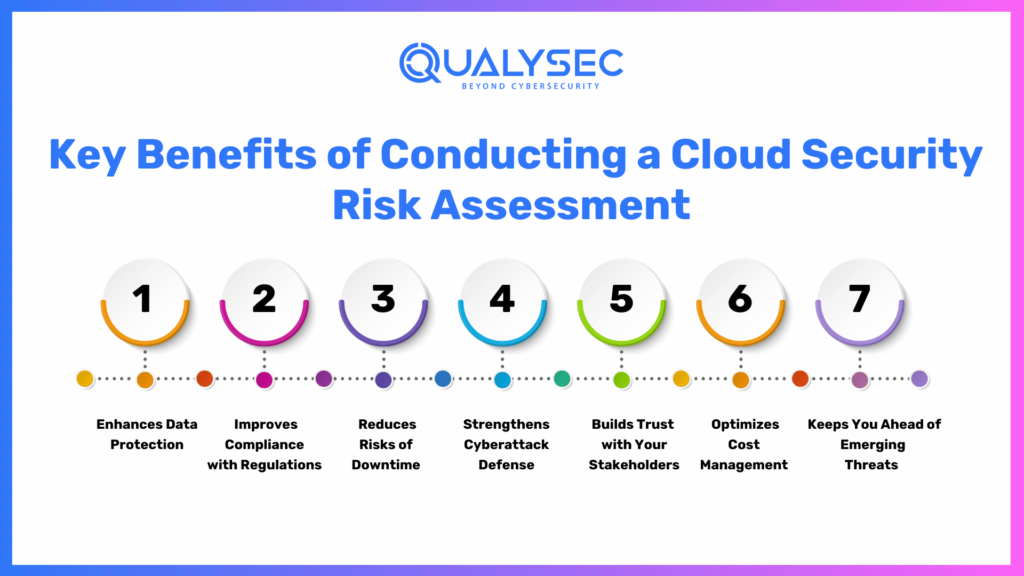
Now that you understand what a cloud computing security risk assessment entails, let’s break down the key benefits of implementing it within your organization.
1. Enhances Data Protection
Your organization’s most valuable asset is its data, whether it’s customer information, financial records, or intellectual property. A risk assessment identifies vulnerabilities that could allow unauthorized access to your data.
By conducting a cyber security assessment, you can implement better encryption standards, access control protocols, and data segregation techniques to ensure your information stays secure.
Example: A risk assessment might reveal that your customer database has weak password policies. By addressing this, you can significantly reduce your exposure to breaches.
2. Improves Compliance with Regulations
For organizations handling sensitive data, compliance with industry regulations is mandatory. Whether it’s GDPR, HIPAA, or ISO 27001, failing to comply can lead to financial penalties, legal liabilities, and reputational damage.
Risk assessments highlight areas where your cloud environment might fall short of compliance requirements, enabling you to proactively resolve these gaps.
Example: During an assessment, you might discover that your cloud provider isn’t meeting GDPR standards for data storage, prompting you to switch to a more compliant solution.
3. Reduces Risks of Downtime
Downtime can be a business’s worst nightmare. It disrupts operations, frustrates customers, and leads to lost revenue. A cloud risk assessment identifies risks—such as misconfigured cloud settings or insufficient backup protocols—that could cause service outages.
With these insights, you can implement robust disaster recovery plans and availability measures to keep your systems up and running.
4. Strengthens Cyberattack Defense
Cyberattacks are growing increasingly sophisticated. Hackers are constantly developing new methods to exploit cloud vulnerabilities, including phishing attempts, malware, and zero-day attacks.
A risk assessment enables you to spot vulnerabilities before bad actors can exploit them. This allows your IT team to apply security patches, deploy firewalls, and monitor for any suspicious activity.
Example: If your assessment finds unusual API usage patterns, you can block the threat before it escalates.
5. Build trust with Your Stakeholders
Whether your stakeholders are customers, investors, or partners, their trust is crucial for your organization’s growth. Businesses that prioritize cloud security demonstrate their commitment to safeguarding critical assets.
A cloud security network assessment not only protects your systems but also provides an opportunity to share results with stakeholders, further building their confidence.
Example: A detailed report outlining the steps taken to secure data can reassure investors and clients during negotiations.
6. Optimizes Cost Management
One lesser-known benefit of a cloud application security assessment is cost optimization. Identifying risks often pinpoints inefficiencies, such as unused cloud resources, misconfigurations, or redundant services. Resolving these issues results in a more streamlined and cost-effective cloud environment.
Example: Your risk assessment could reveal that unused cloud storage is unnecessarily driving up costs. Eliminating it saves money while improving visibility.
7. Keeps You Ahead of Emerging Threats
The cyber threat landscape is continuously evolving, and staying ahead requires vigilance and adaptation. A cloud security risk assessment ensures you’re constantly reevaluating and updating your defenses.
Think of it as future-proofing your organization’s security posture. Instead of reacting to threats after they occur, you preemptively tackle them.
Latest Penetration Testing Report
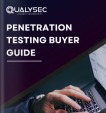
Common Cloud Security Risks
To combat risks effectively, you first need to know what you’re up against. Here are some of the most common risks businesses face in cloud environments:
1. Data Breaches and Unauthorized Access
Cloud environments store vast quantities of sensitive information, making them lucrative targets for hackers. Without adequate safeguards, attackers can gain access to confidential data like customer records, financial information, or intellectual property.
- Example Risk: A weak password for an admin account could allow an attacker to penetrate your cloud systems.
- Mitigation Strategy: Enforce strong authentication measures, like multi-factor authentication (MFA), and regularly audit user access rights.
2. Misconfigurations and Compliance Violations
Believe it or not, some of the most significant cloud vulnerabilities stem from simple mistakes, such as leaving storage buckets open or failing to set permissions correctly. These misconfigurations not only expose data to attackers but might also put your organization at odds with regulatory requirements.
- Example Risk: A misconfigured Amazon S3 bucket leading to the leak of customer data.
- Mitigation Strategy: Use automated tools to scan your configurations for errors. Regularly review settings to ensure compliance.
3. Weak APIs and Authentication Mechanisms
APIs are essential for enabling communication between different cloud services, but poorly secured APIs can serve as entry points for cyberattacks. Likewise, weak authentication mechanisms can leave systems exposed.
- Example Risk: Attackers exploiting vulnerabilities in API endpoints to access backend systems.
- Mitigation Strategy: Implement rate limiting, encrypt API calls, and conduct regular penetration testing on API endpoints.
4. Insider Threats and Human Errors
Sometimes, threats come from within. Employees or third-party contractors might unintentionally expose your system to vulnerabilities through mishandling of data, accidental misconfigurations, or poor security hygiene. Worse, disgruntled insiders might intentionally damage your systems.
- Example Risk: An employee inadvertently shares a link to sensitive company files with the public.
- Mitigation Strategy: Conduct regular security training and closely monitor user activity with logging and analytics tools.
5. Denial of Service (DoS) Attacks and Ransomware
Attackers often target cloud environments with DoS attacks to overwhelm services, rendering them inaccessible to users. Additionally, ransomware attacks can lock down your data until a ransom is paid.
- Example Risk: A distributed denial-of-service (DDoS) attack crippling your cloud-hosted website.
- Mitigation Strategy: Deploy advanced firewalls, and DDoS mitigation tools, and maintain regular offline backups to prevent disruption.
Protecting against these threats begins with understanding them and that’s where cloud security risk assessments truly shine.
Steps to Conduct a Cloud Security Risk Assessment
Implementing an effective security risk assessment process can significantly improve your cloud security posture. Here’s the step-by-step approach to doing it right.
1. Identify Cloud Assets
Map out and inventory all cloud resources, including data, applications, workloads, storage systems, and APIs. Understanding what you have and how it functions is critical to securing it.
2. Assess Threats and Vulnerabilities
Conduct a detailed assessment to pinpoint potential attack vectors—such as misconfigurations, publicly exposed components, and insecure credentials.
3. Evaluate Security Controls
Review your existing security measures to determine whether they are adequate. Regular checks ensure controls like multi-factor authentication, encryption, and firewalls provide the necessary cyber defenses.
4. Perform Risk Analysis and Prioritization
Not all risks are created equal. Evaluate each risk based on its likelihood and potential impact, then prioritize them for remediation.
5. Develop Mitigation and Remediation Plans
Develop strategies to mitigate risks. These strategies could involve upgrading your security protocols, implementing stricter controls, or addressing coding flaws through patches.
6. Perform Continuous Monitoring and Review
Security is not a “set-it-and-forget-it” concept. Employ continuous monitoring to detect emerging threats and regularly update your defenses. Automated tools can support this process by streamlining detection and response.
Tools and Frameworks for Cloud Security Risk Assessment
Several tools and frameworks can aid your risk assessment process. Below are some popular options.
Cloud-based Security Solutions
- AWS Security Hub: Centralizes security alerts and compliance checks for Amazon Web Services.
- Microsoft Defender for Cloud: Offers visibility and controls to secure Azure environments.
- Google Security Command Center: Detects and prioritizes vulnerabilities within Google Cloud.
Industry Frameworks
- NIST Cybersecurity Framework: Provides best practices for managing cybersecurity risks.
- ISO 27001: A widely recognized standard for safeguarding organizational information.
- CIS Benchmarks: Offers configuration guidelines to strengthen cloud security.
Third-party Risk Assessment Tools
- Nessus: Identifies vulnerabilities across cloud and on-premise infrastructure.
- Qualys Cloud Platform: Provides comprehensive vulnerability management.
Talk to our Cybersecurity Expert to discuss your specific needs and how we can help your business.
Future-Proof Your Cloud Security Strategy Today!
Cloud cyber security assessment isn’t just about safeguarding your data today, it’s about preparing for the threats of tomorrow. By, always auditing your environment and using the right tools, you can protect your organization and maintain business continuity. Regular assessments can transform potential risks into manageable hurdles.
QualySec, a trusted name and Best cloud security solutions provider, helps businesses identify, analyze, and get rid of potential vulnerabilities in their cloud environments. With a team of experienced security professionals, advanced tools, and process-based methodologies, QualySec ensures that businesses remain safe and protected from evolving cyber threats.
We conduct thorough risk assessments, compliance checks, and security audits, they provide actionable insights to strengthen cloud security postures. Whether it is securing multi-cloud architectures, addressing misconfigurations, or preventing data breaches, QualySec empowers businesses to operate with confidence in the cloud.
Protect your business through a robust cloud security risk assessment today!

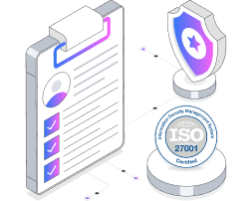



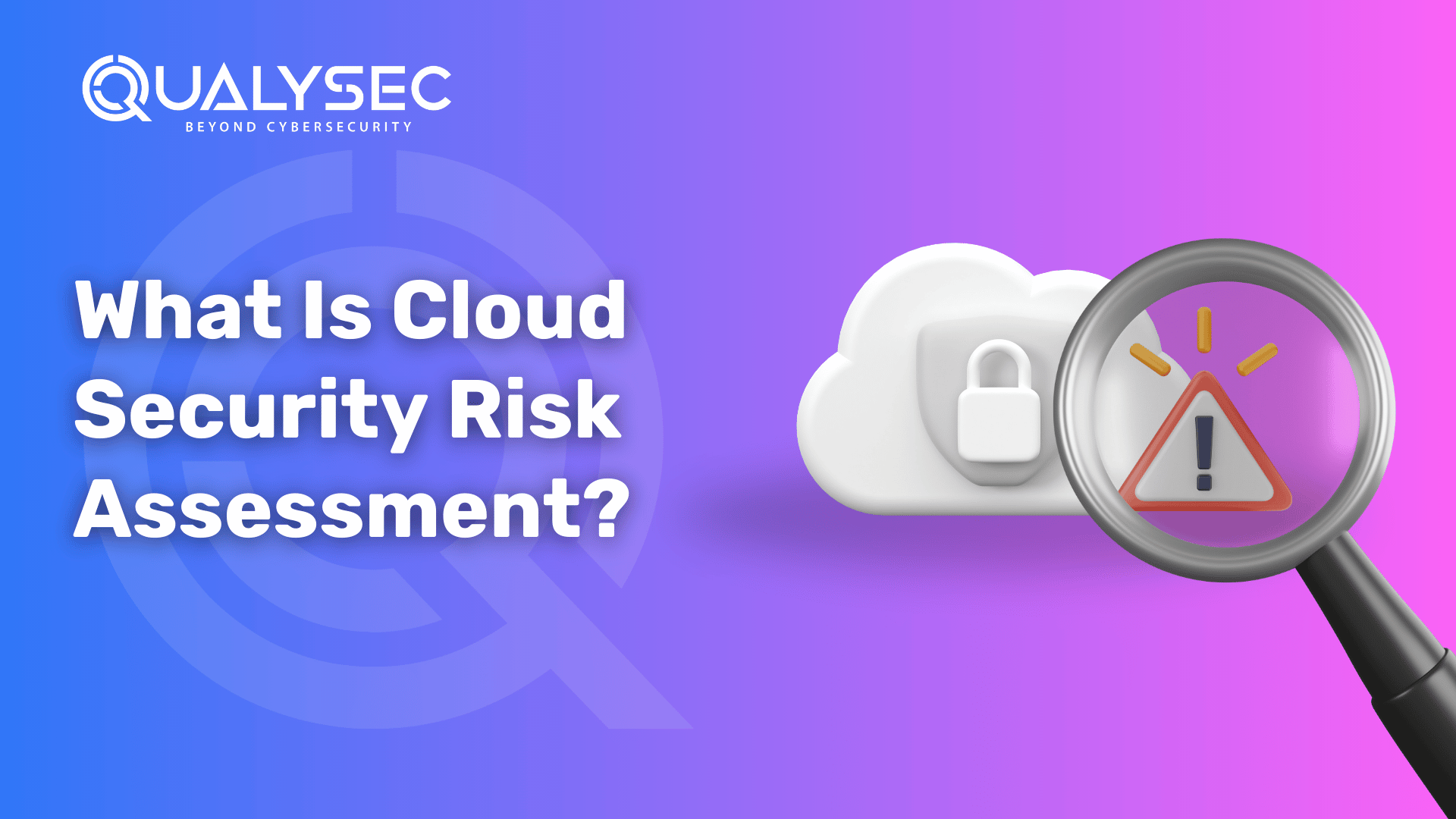



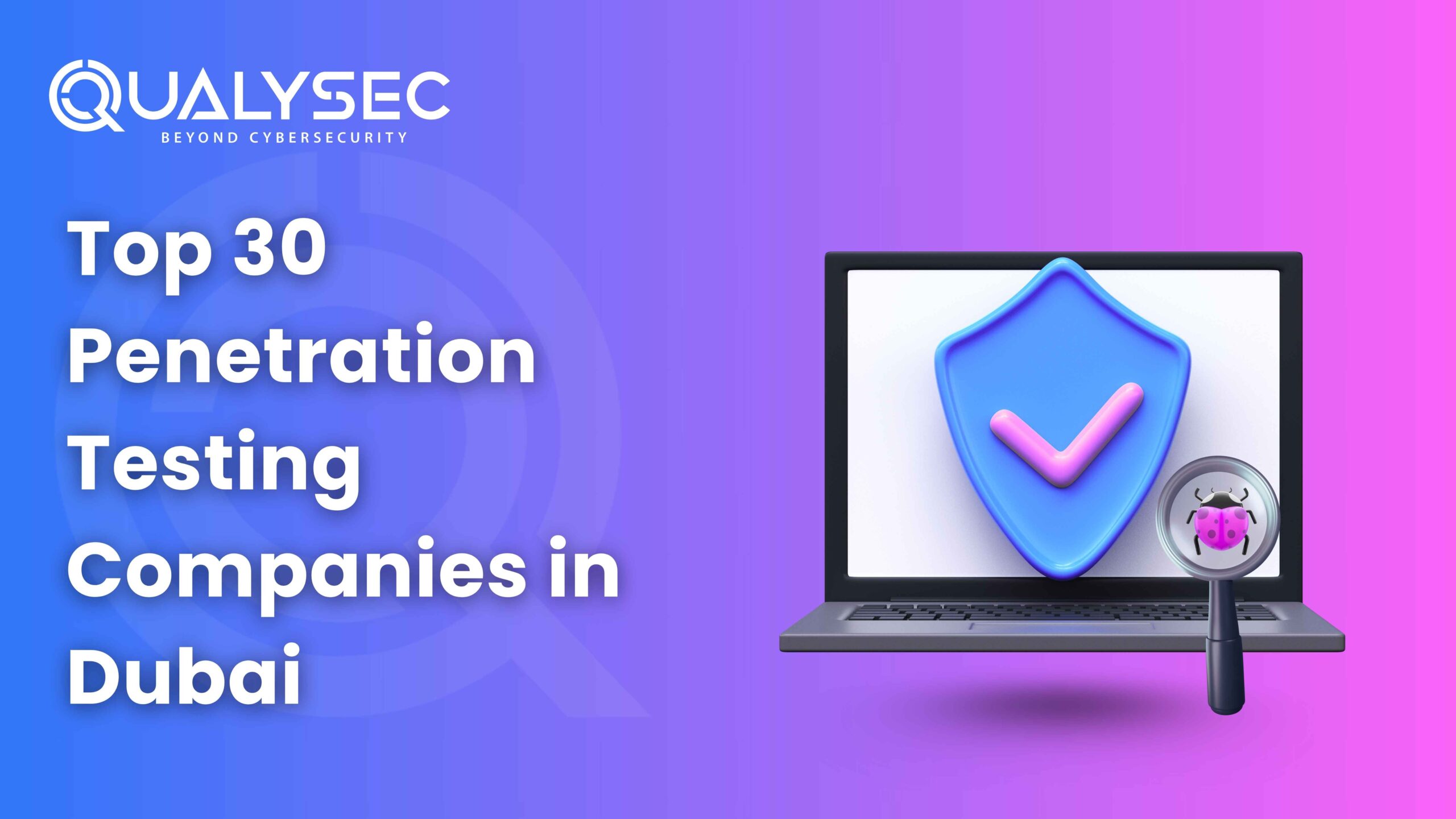

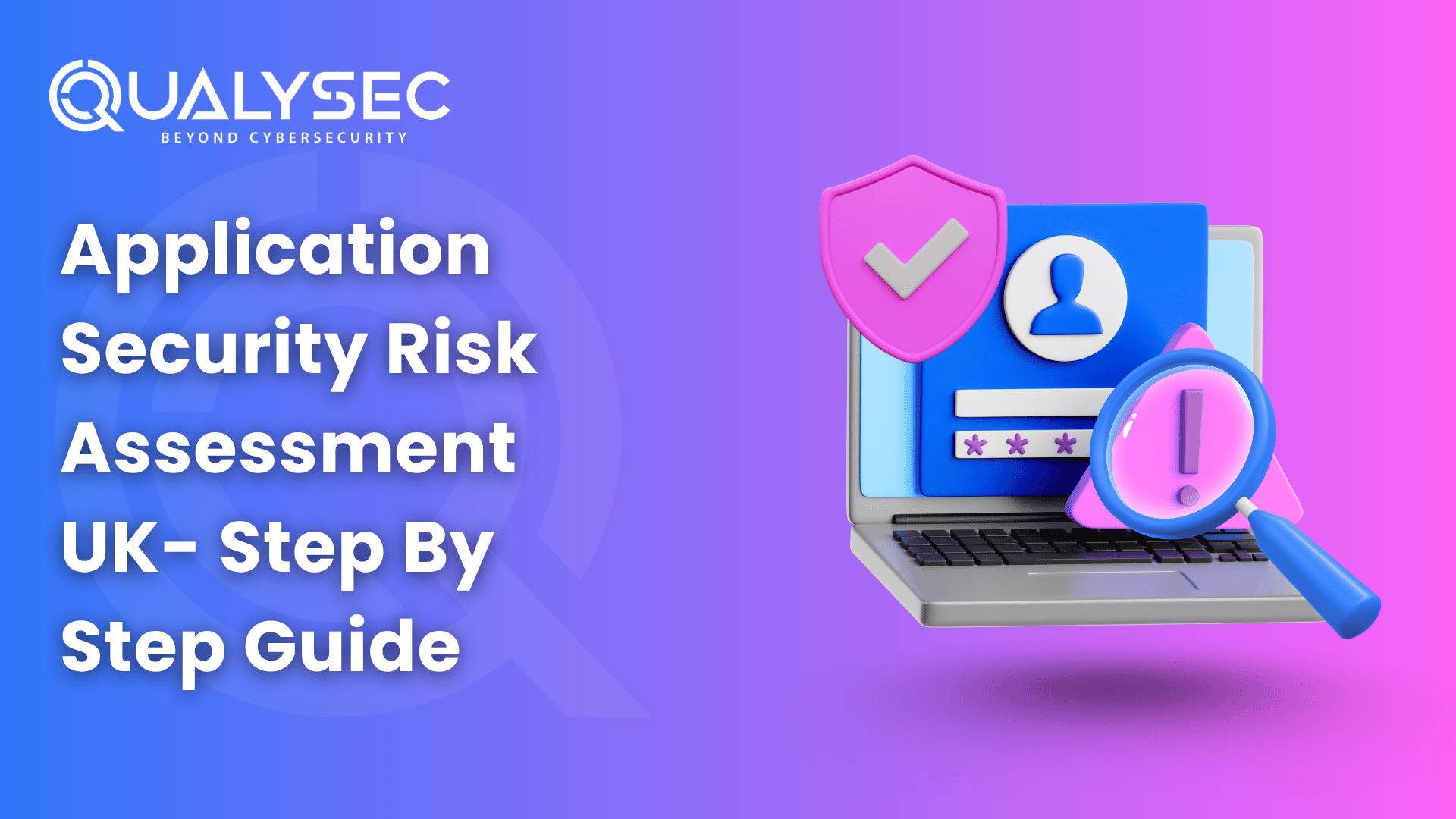
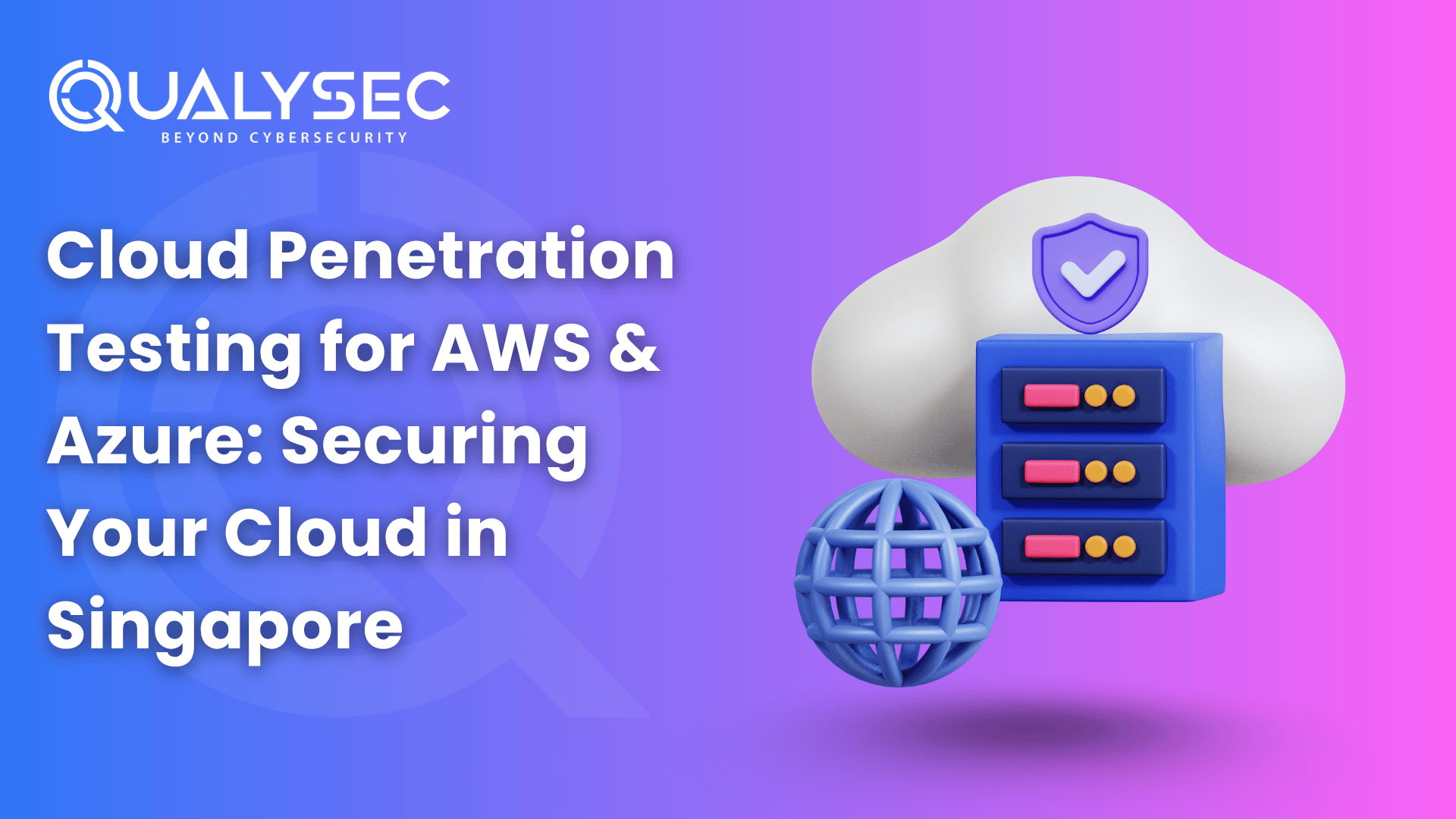

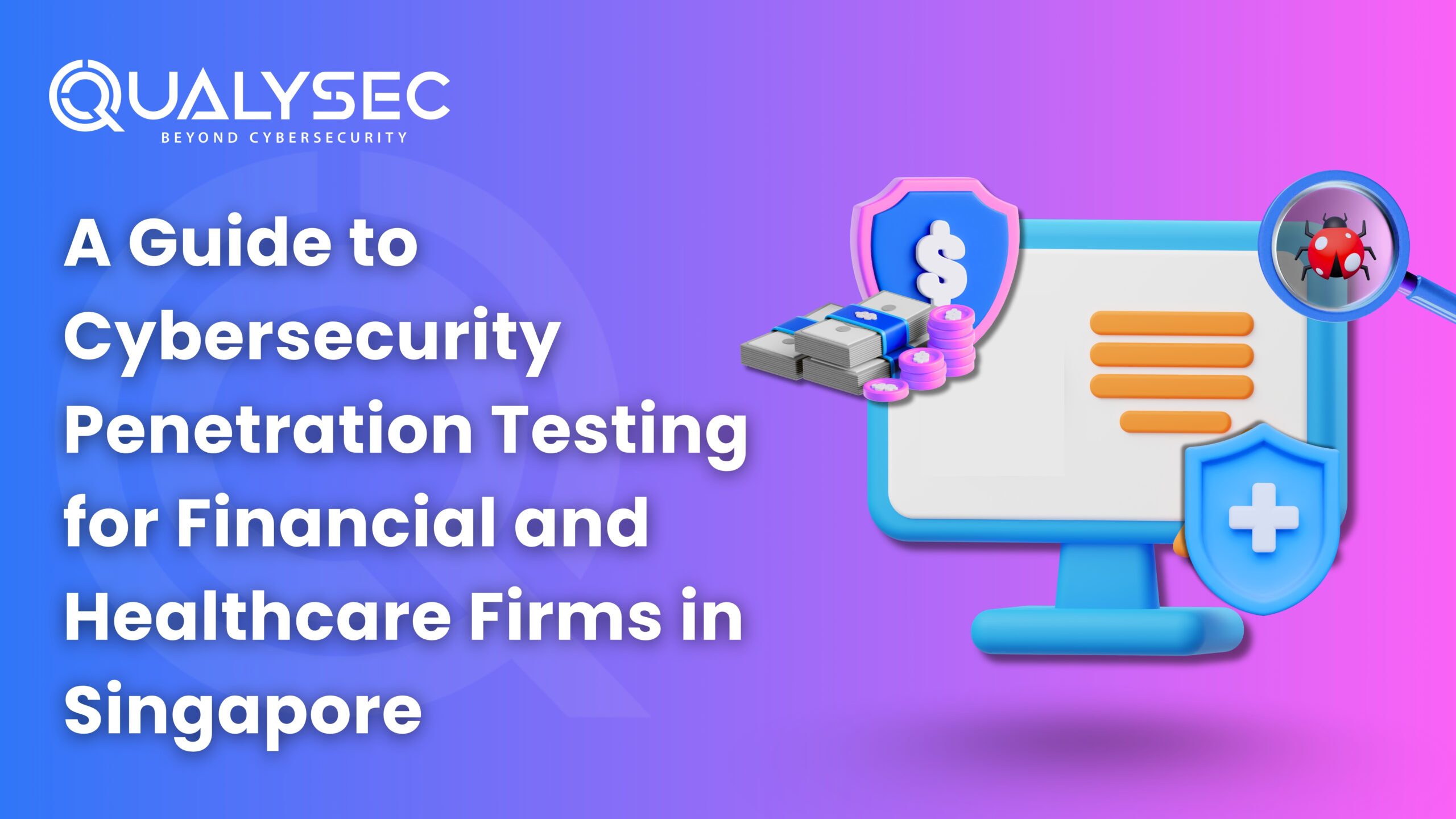

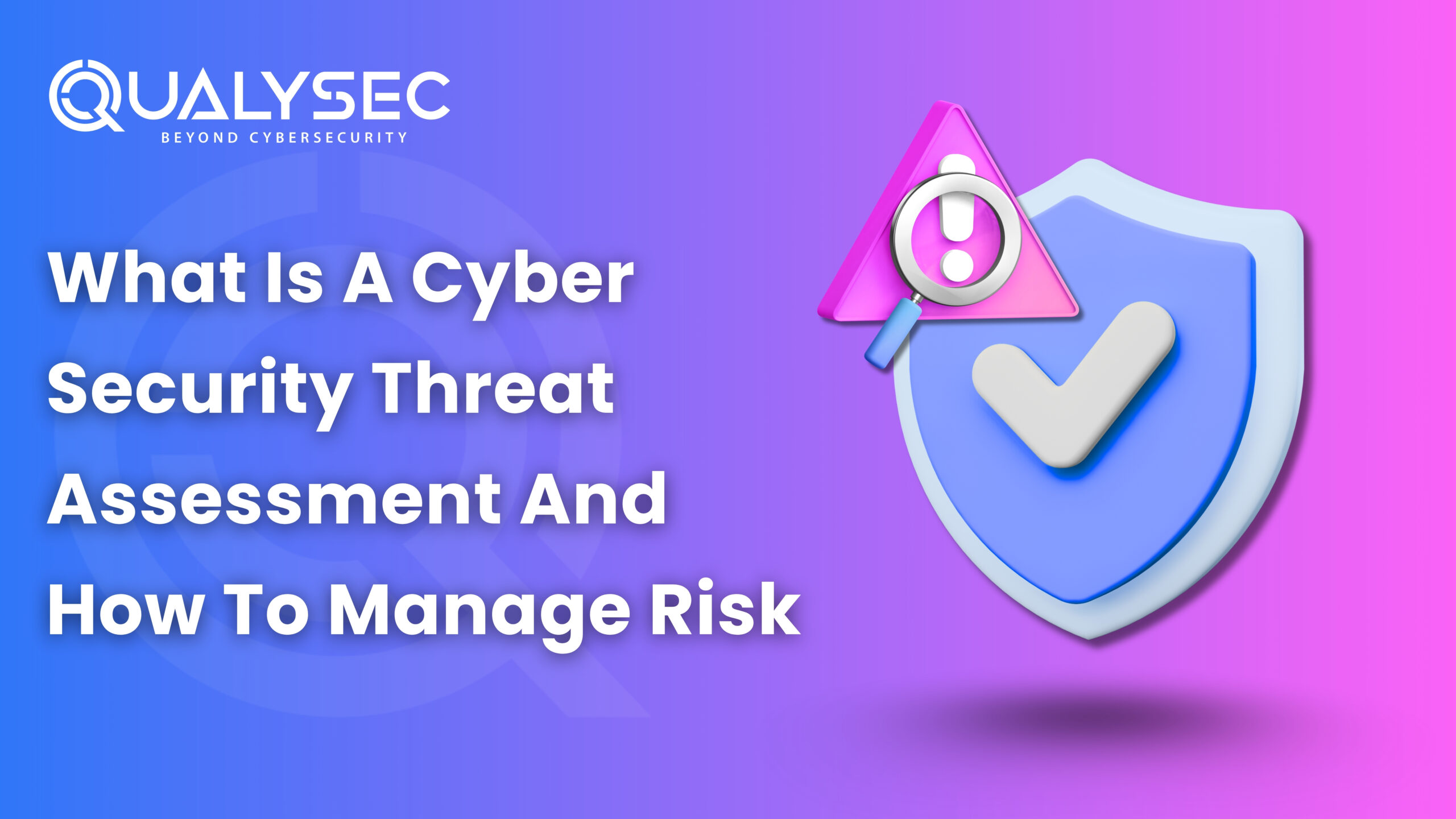


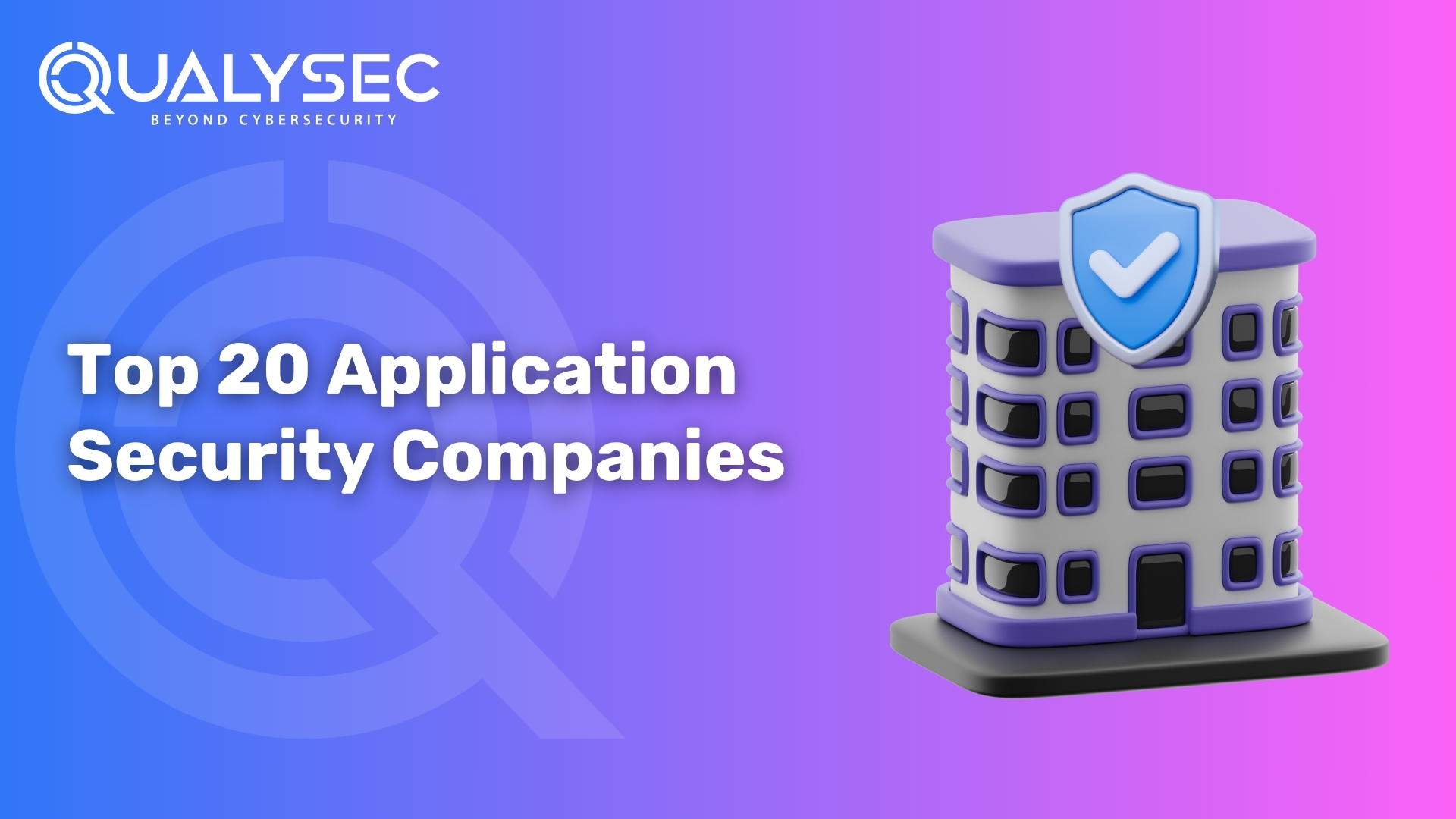
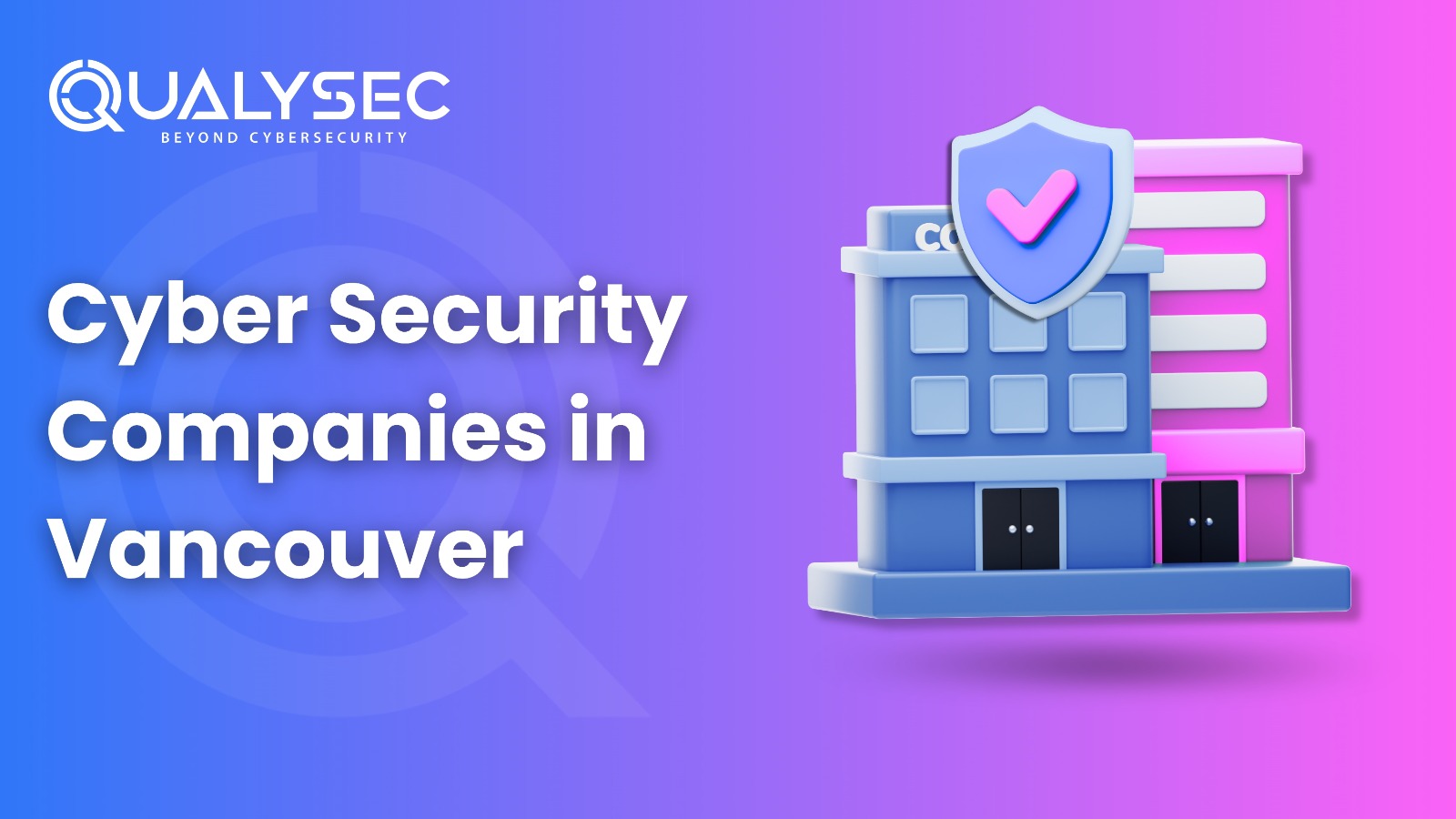
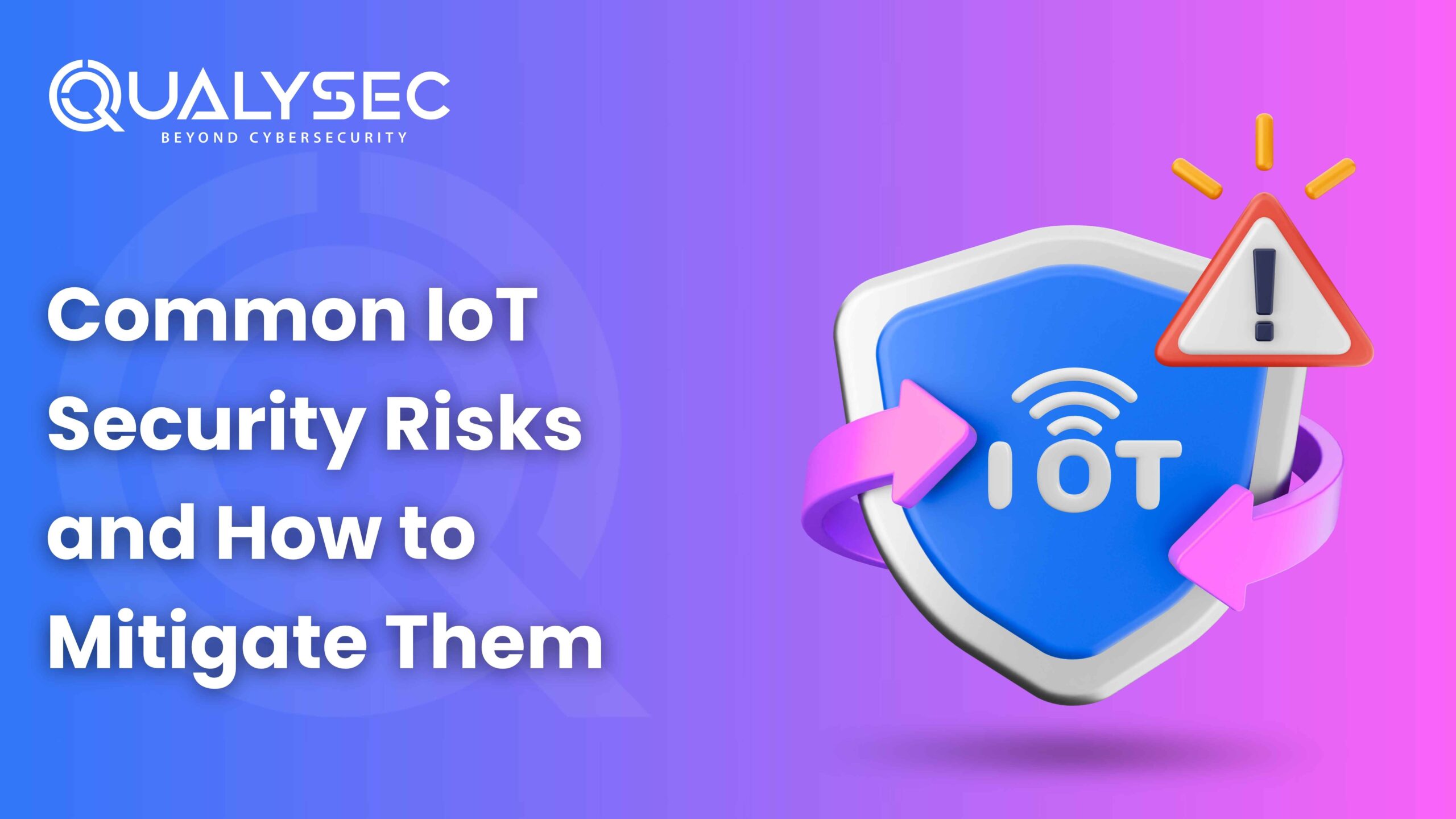
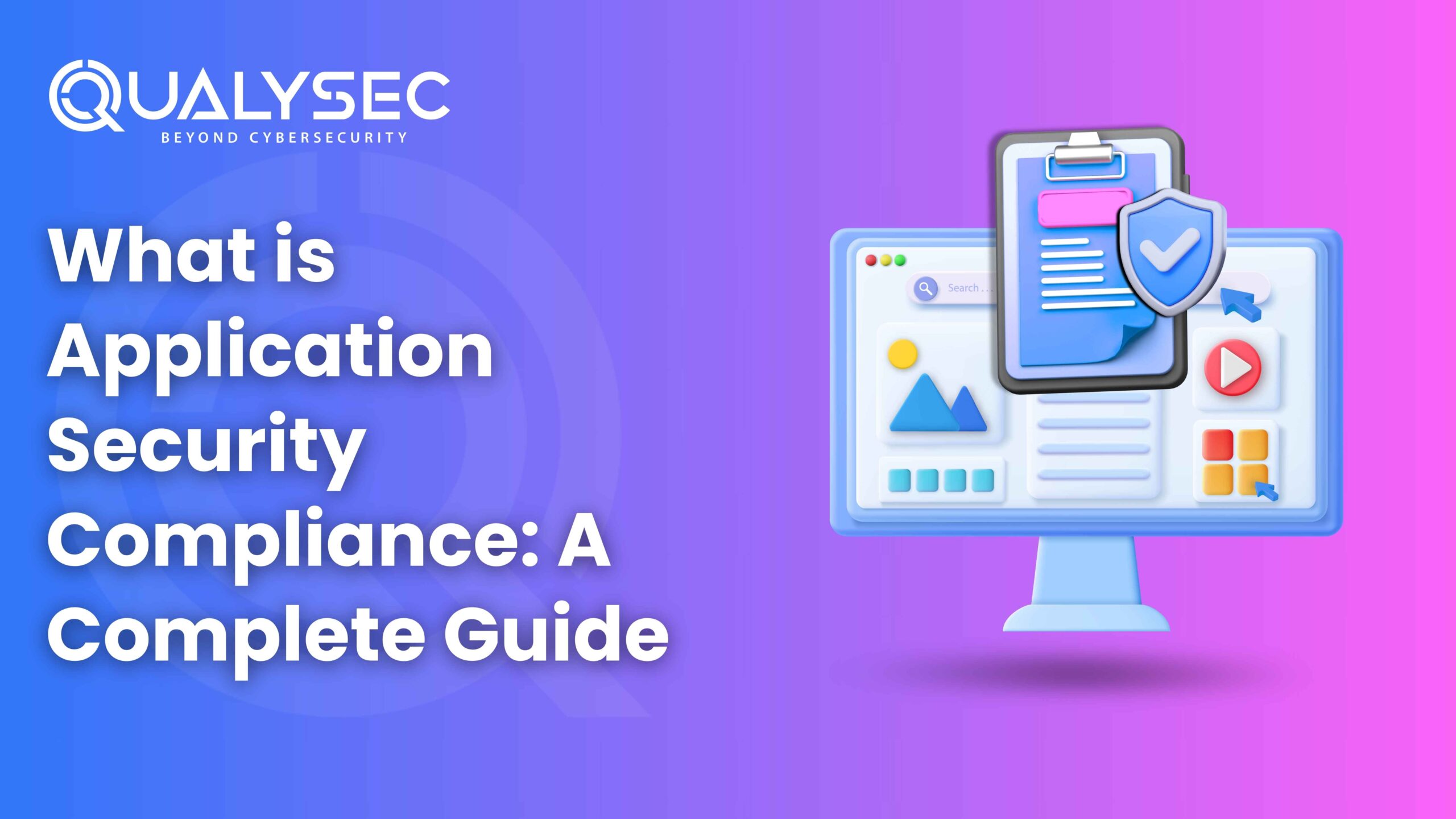
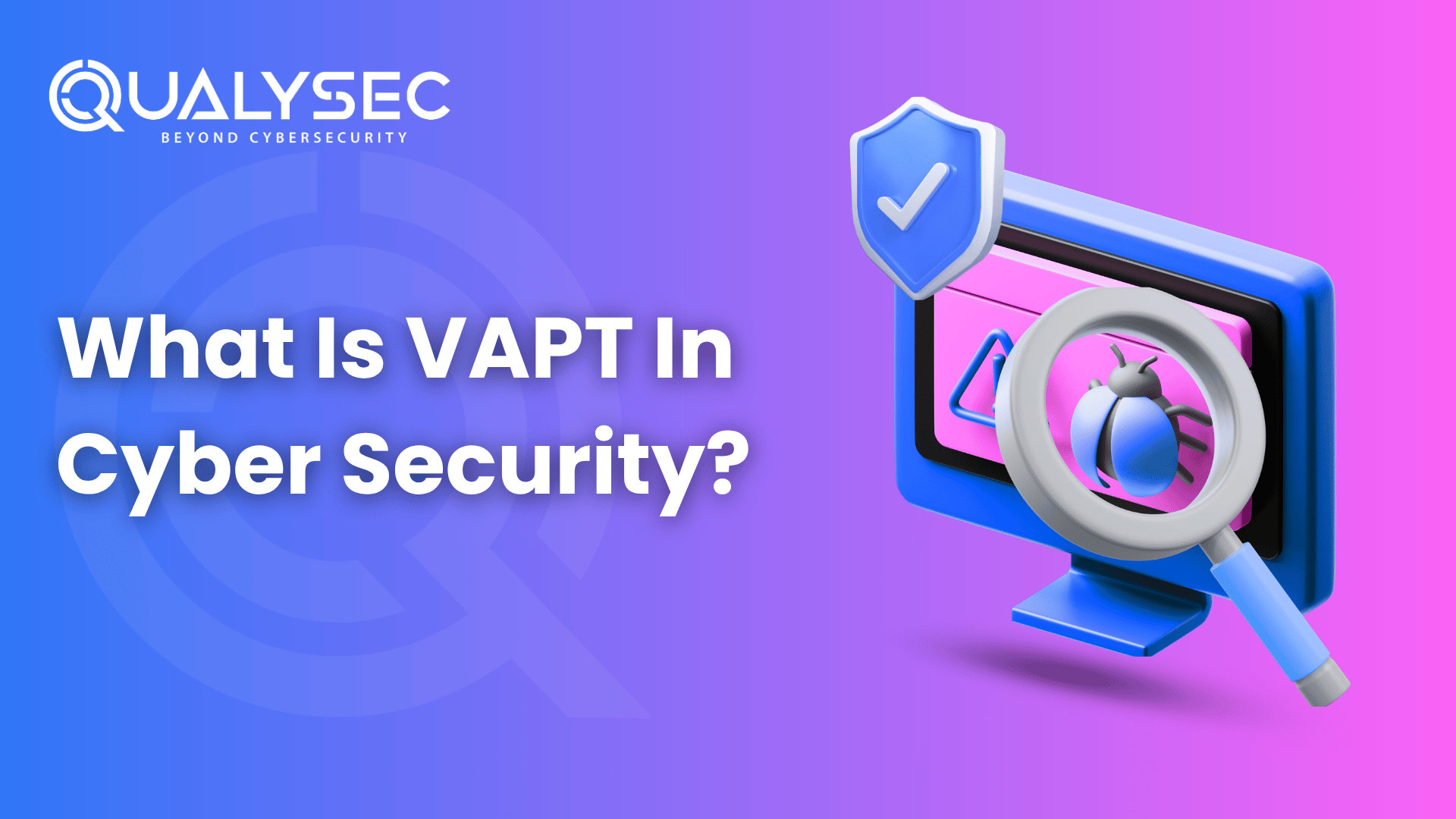
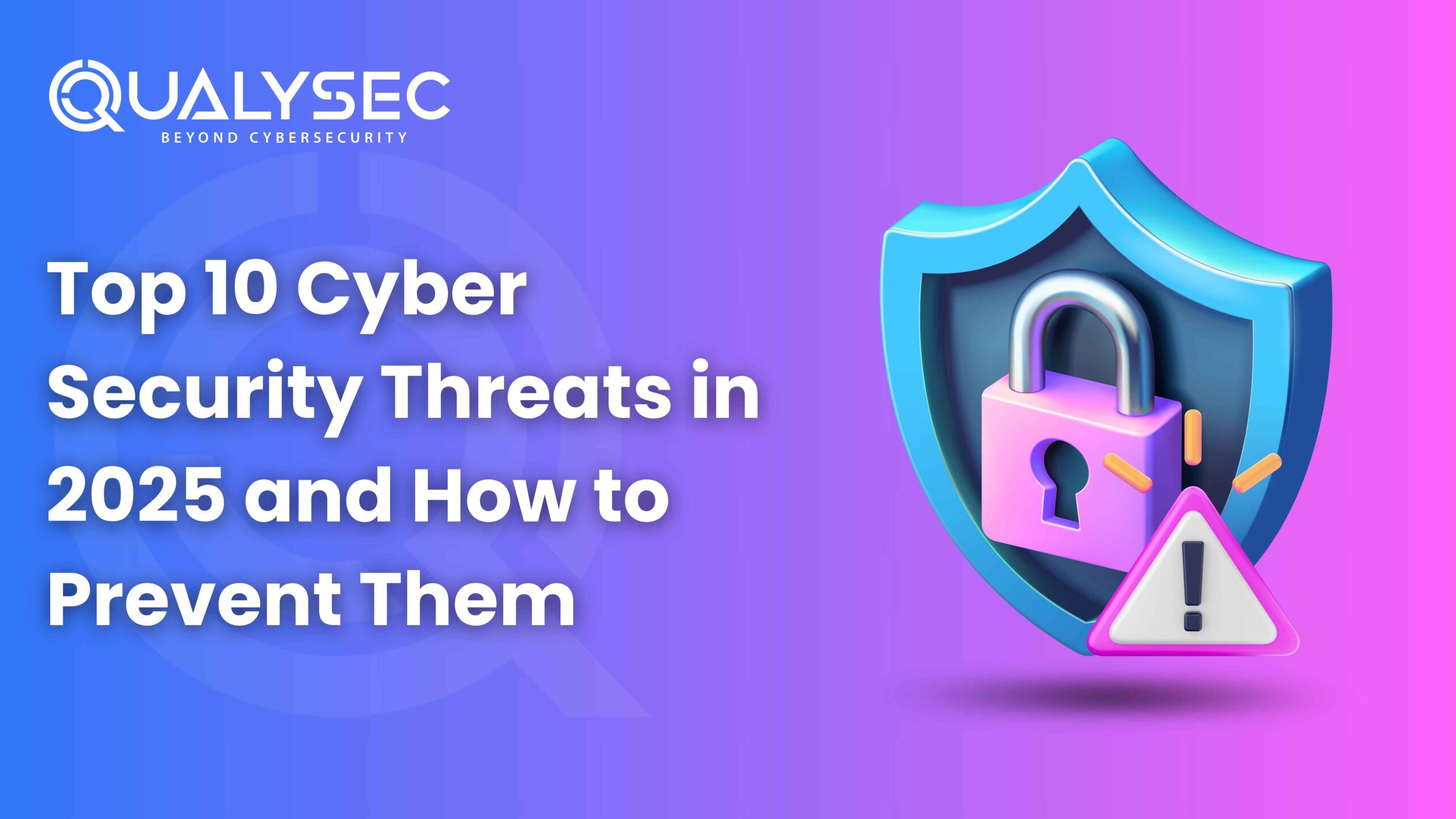
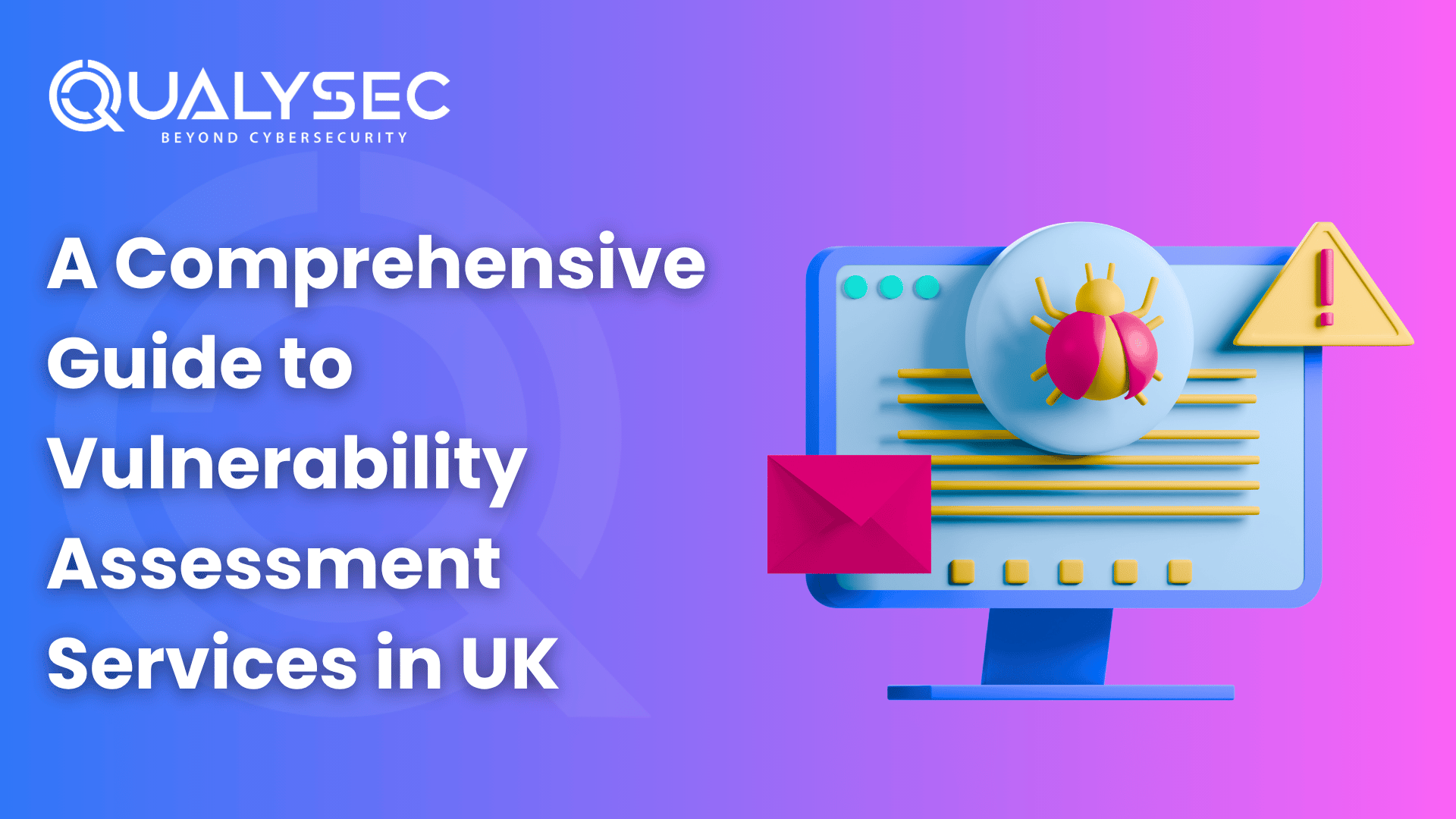
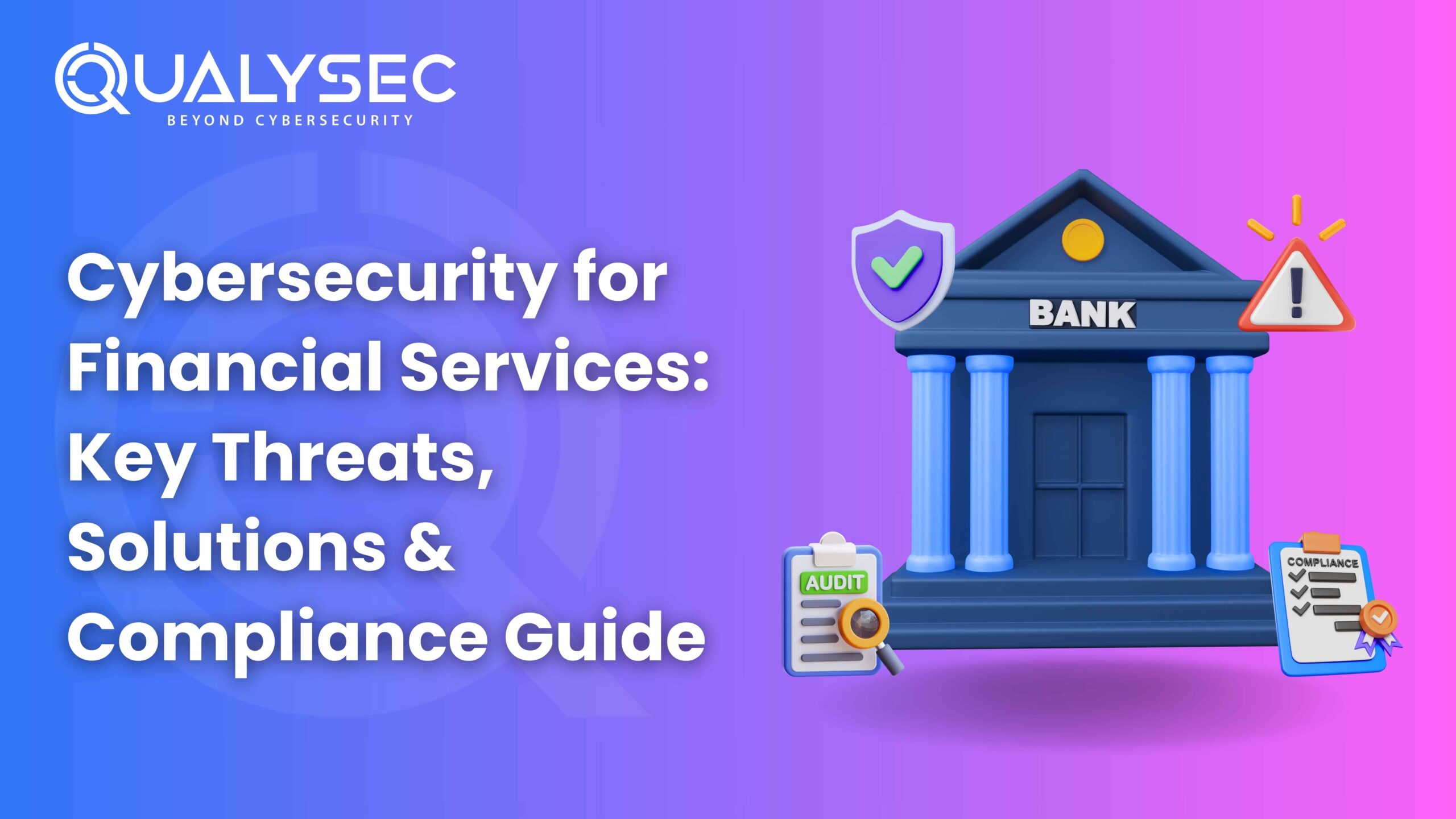
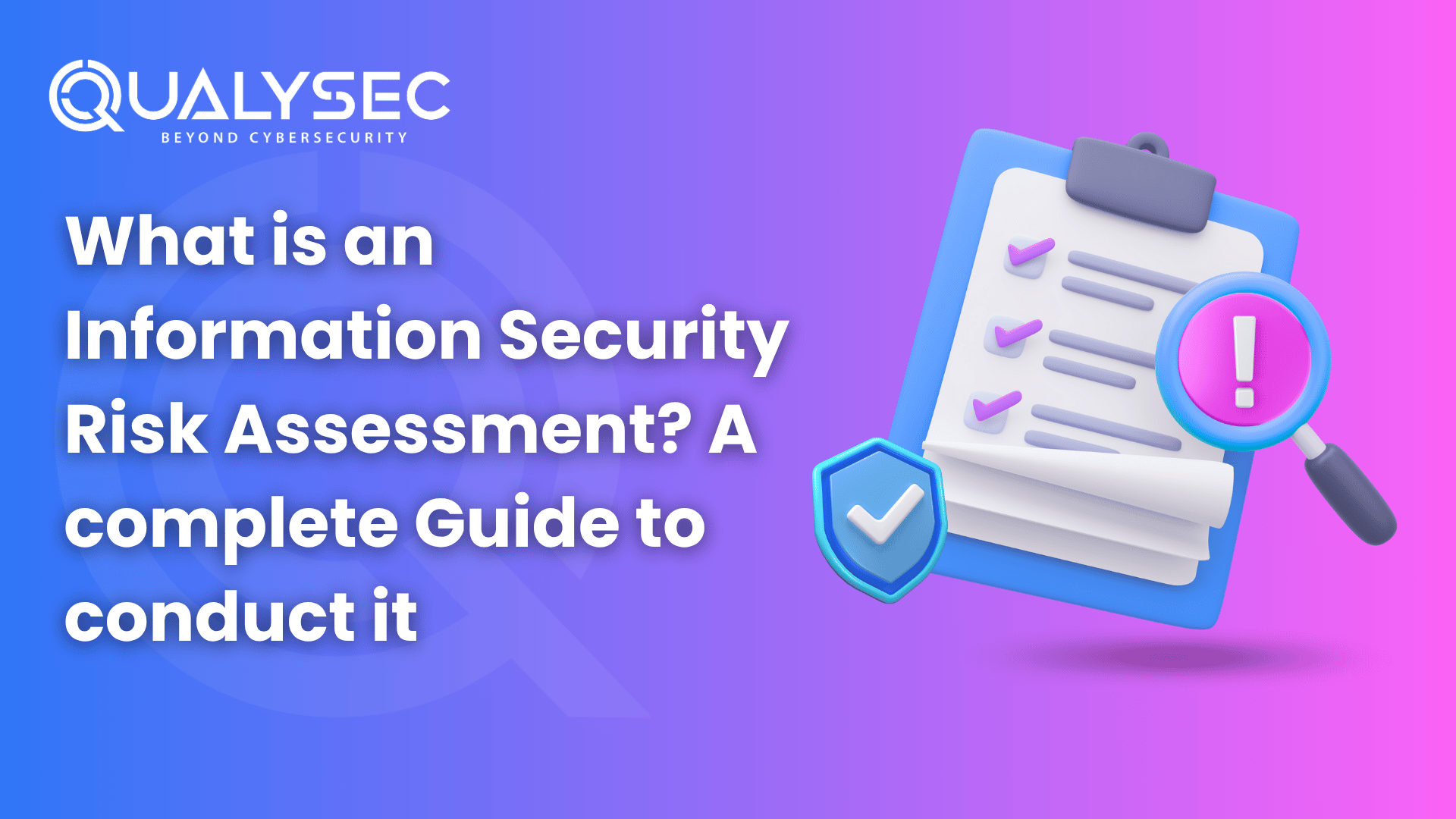
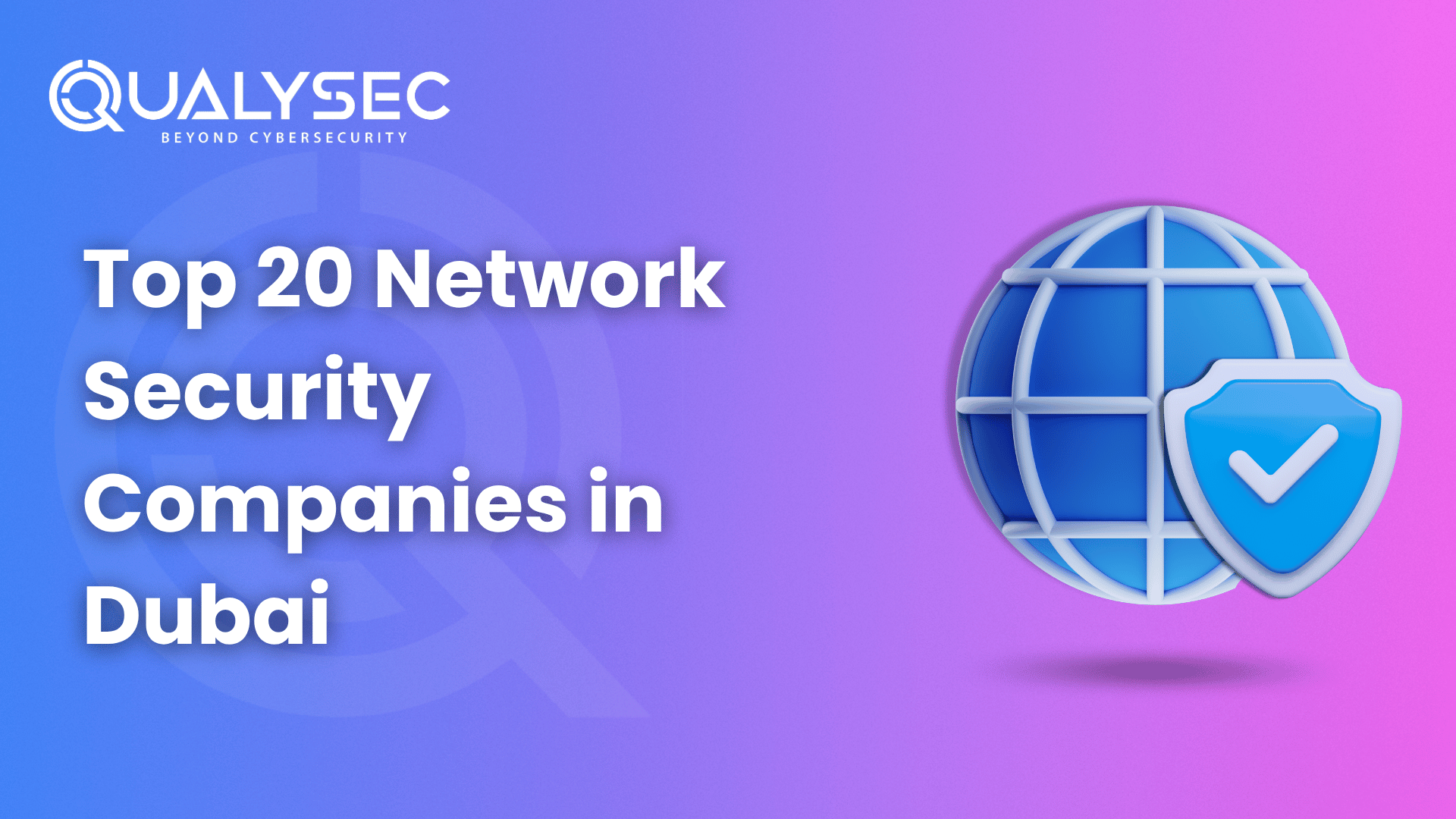
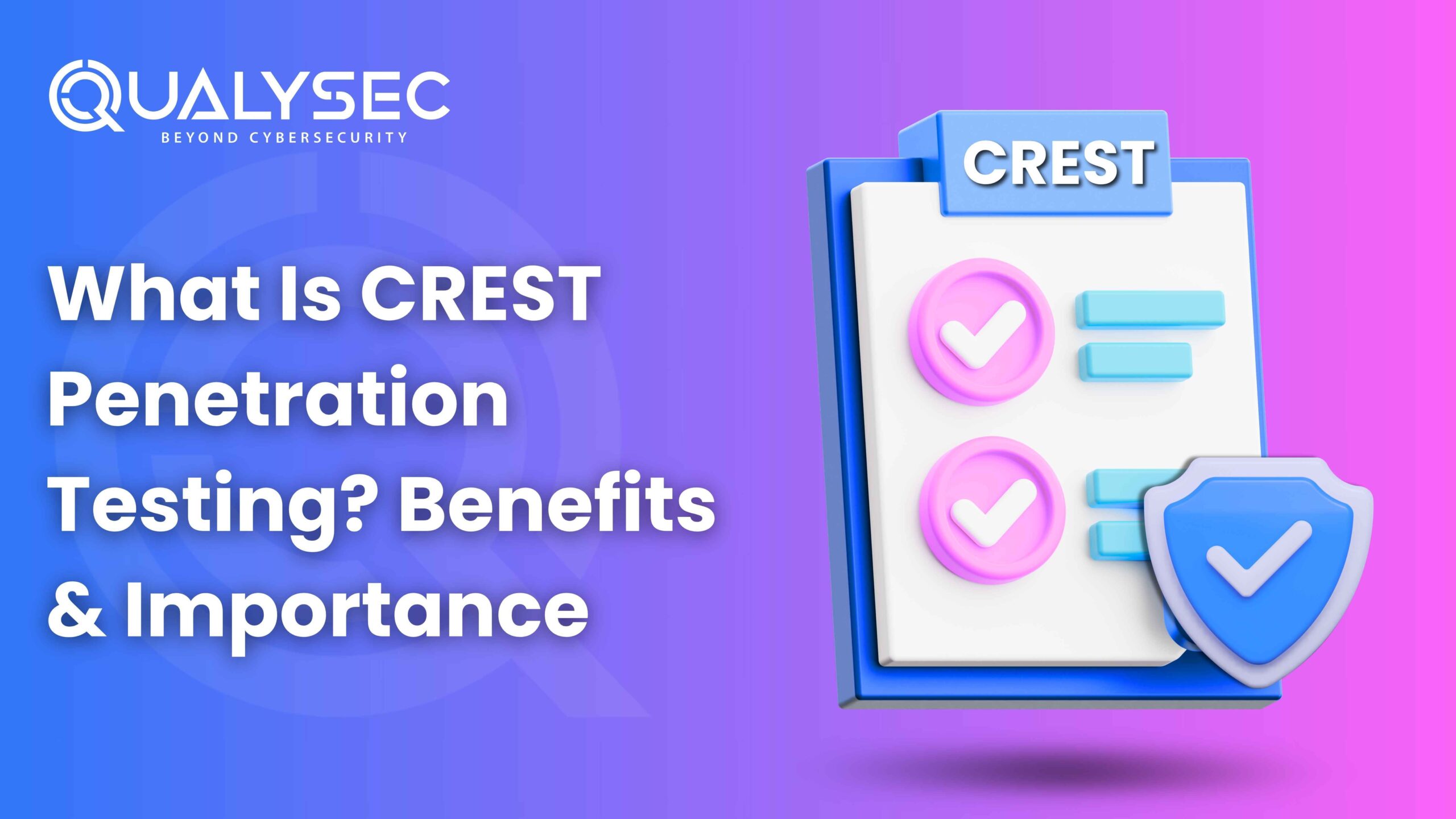
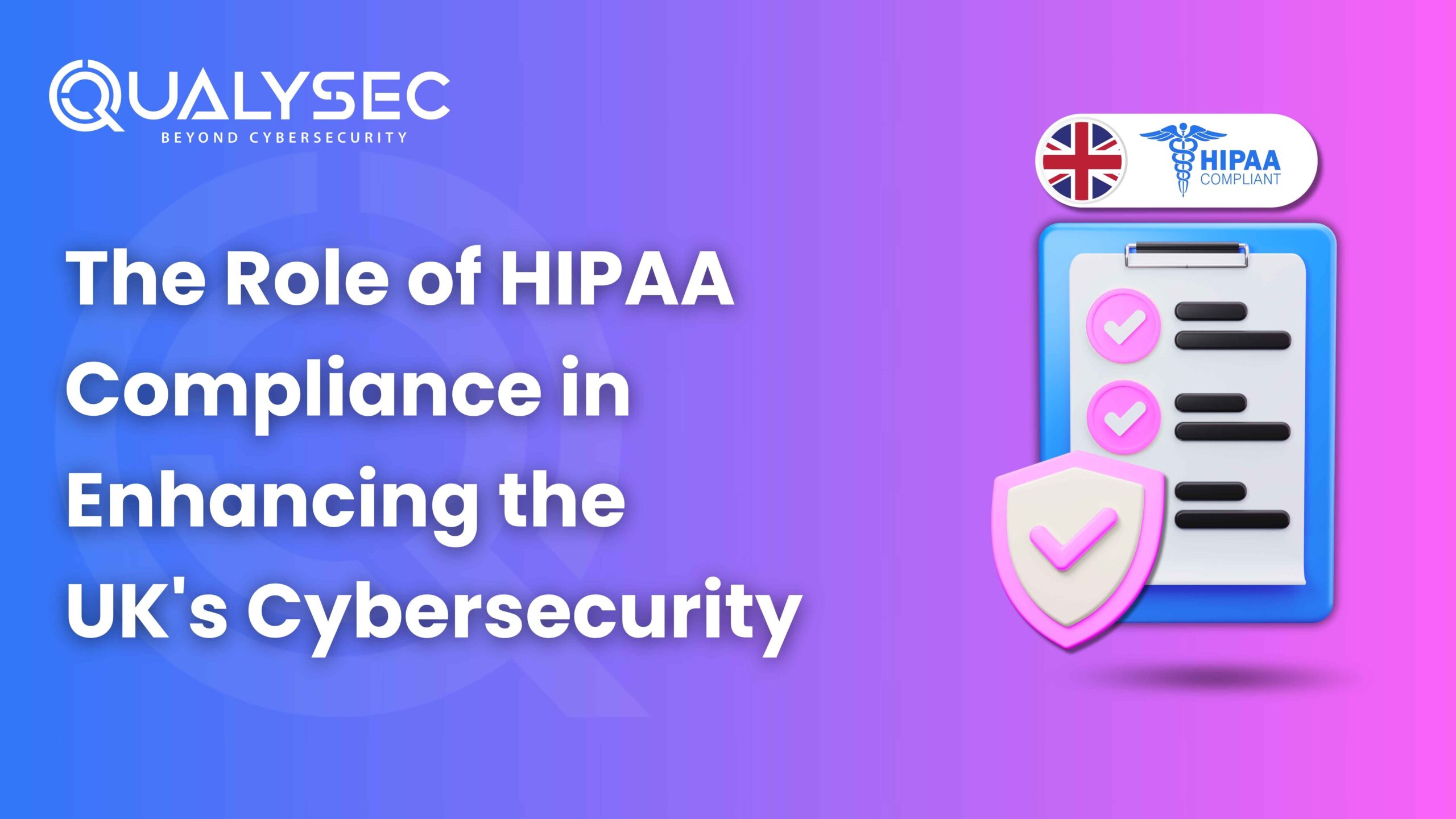
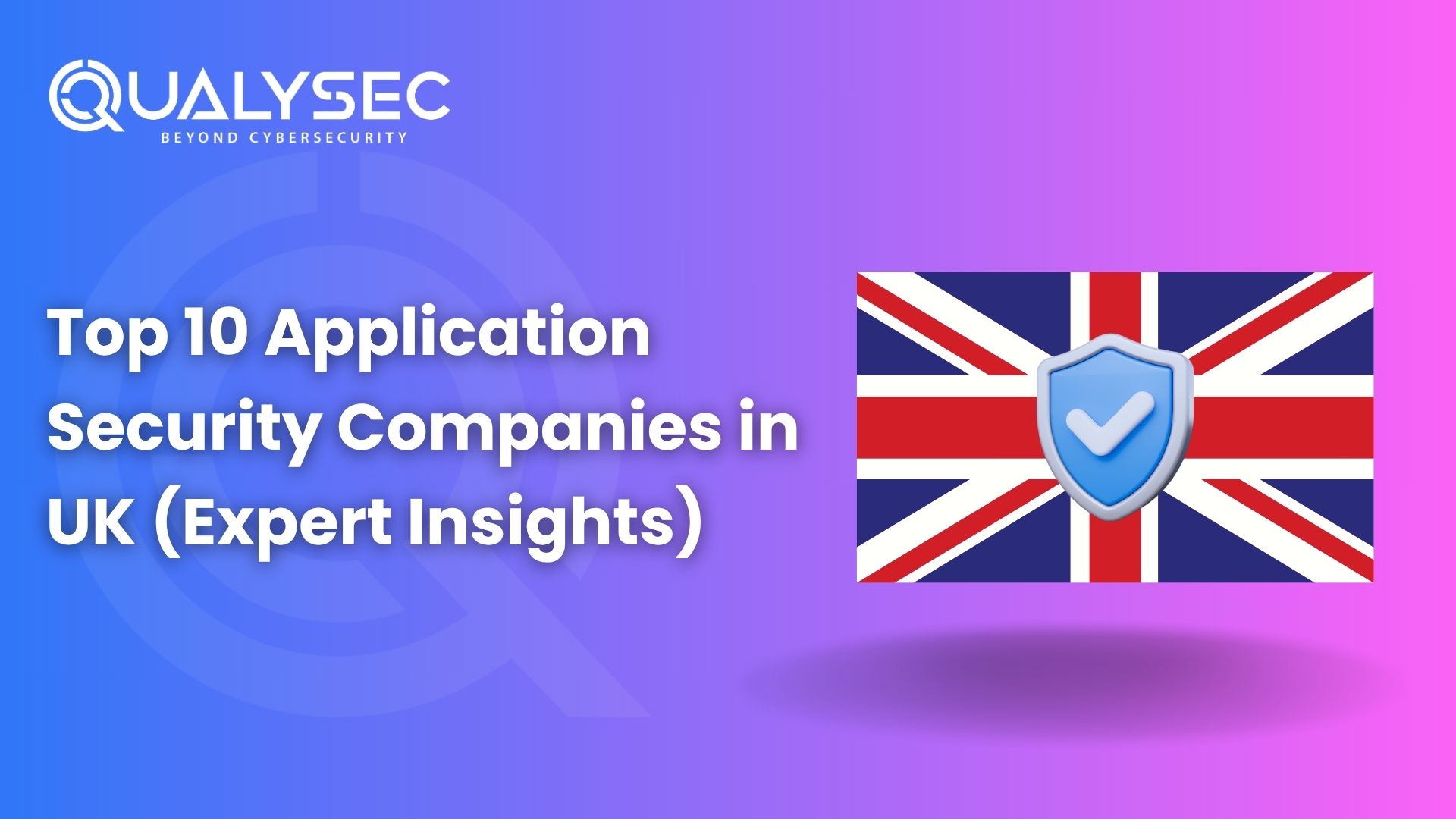

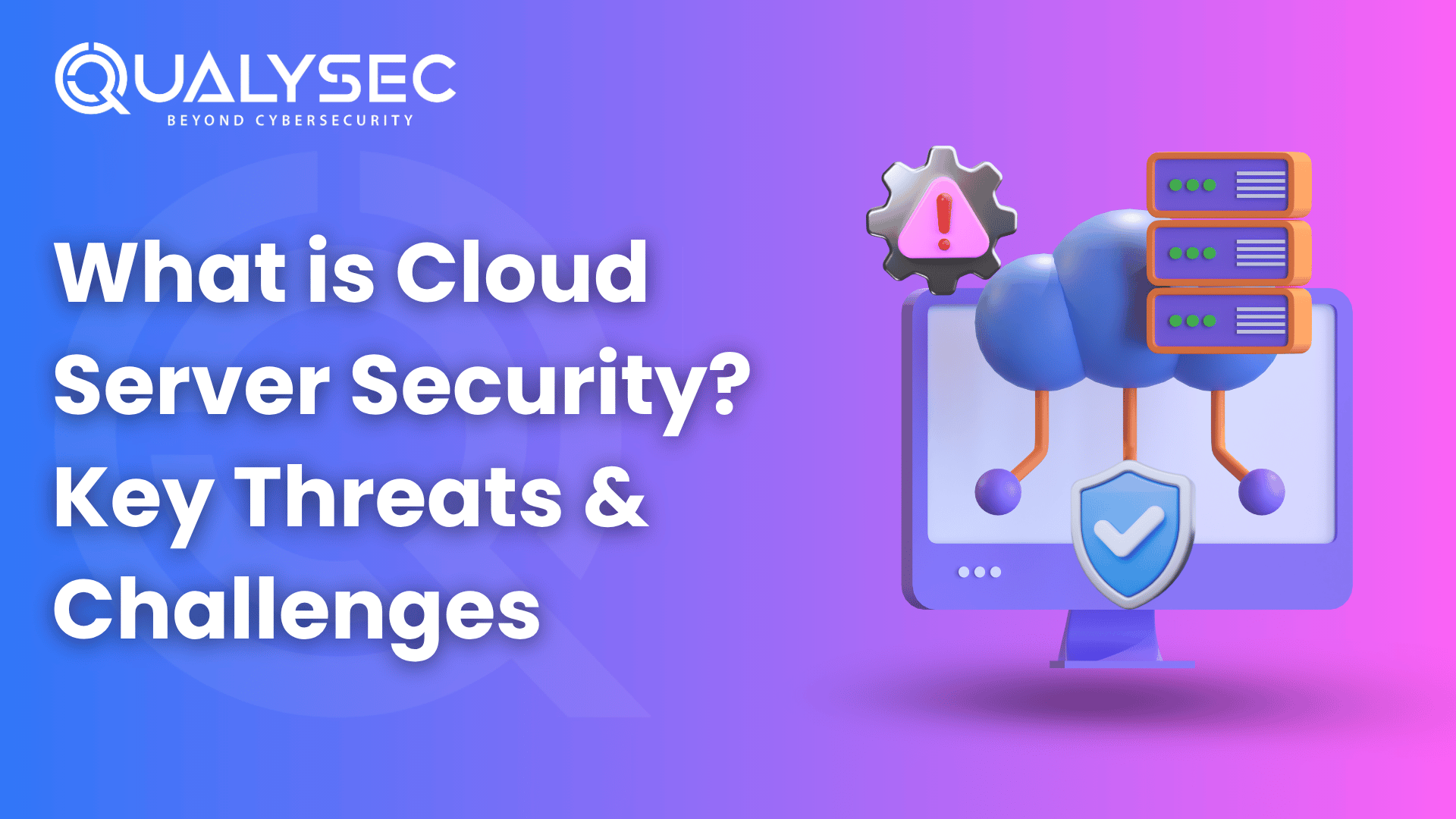
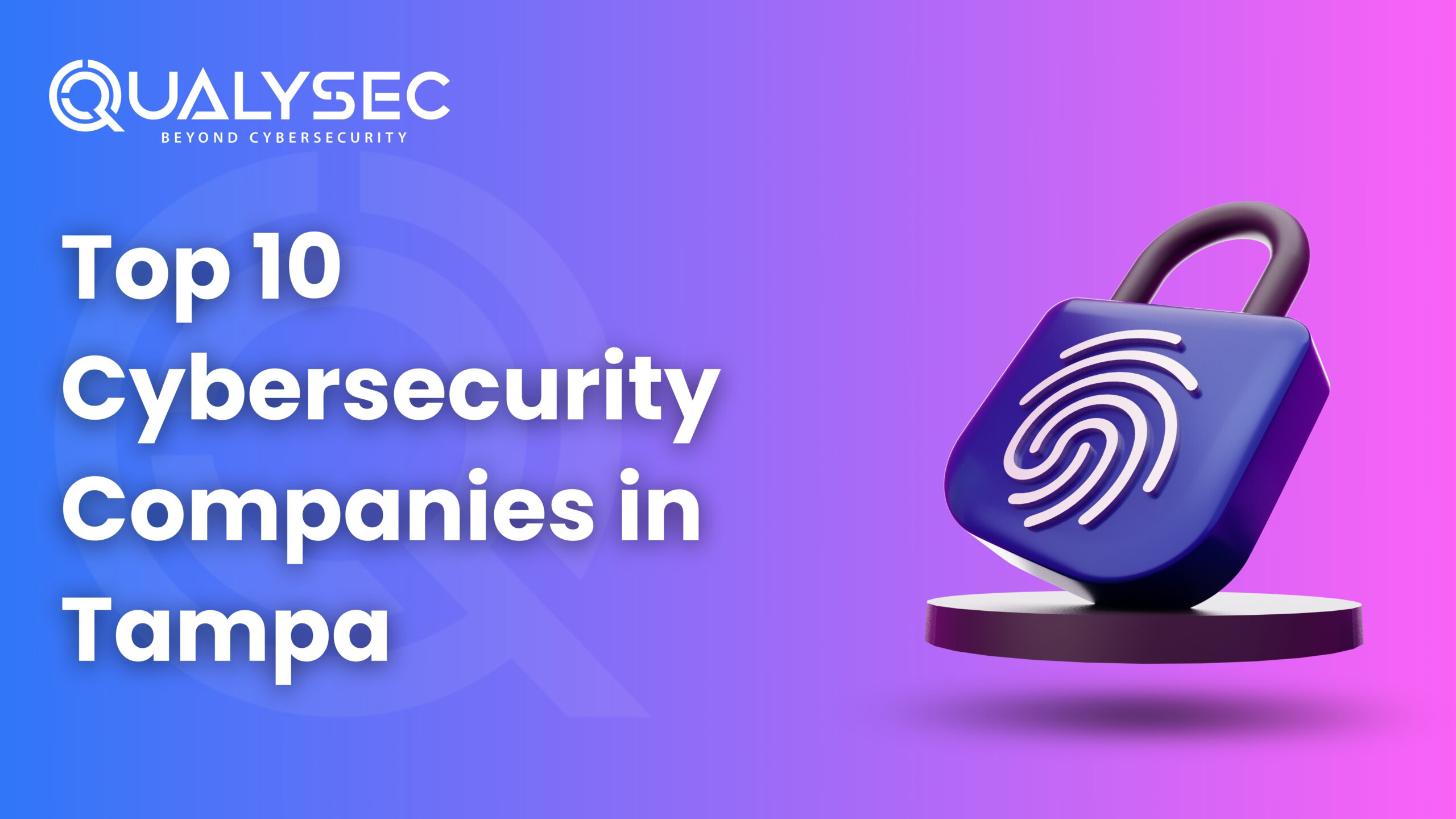

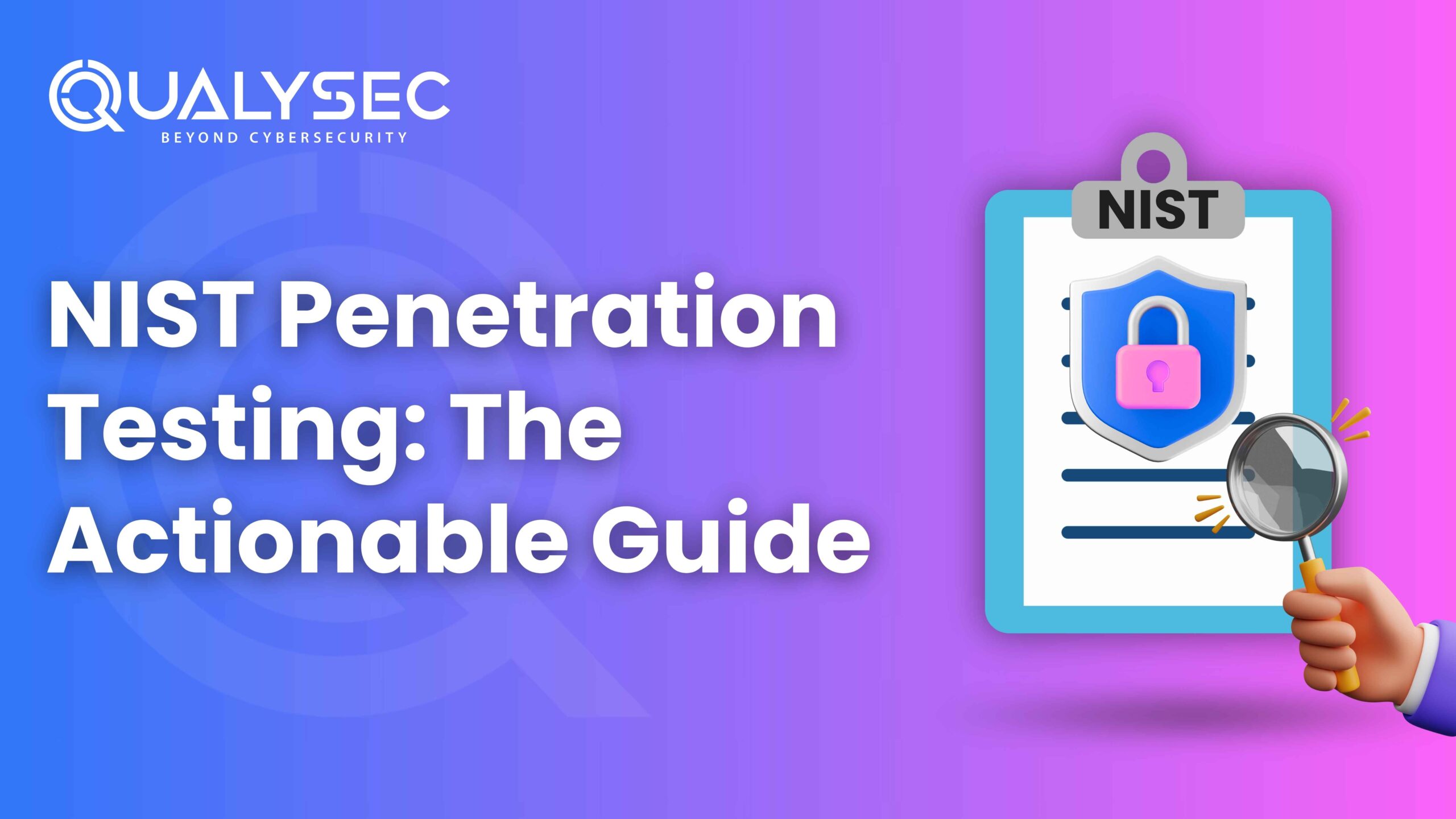
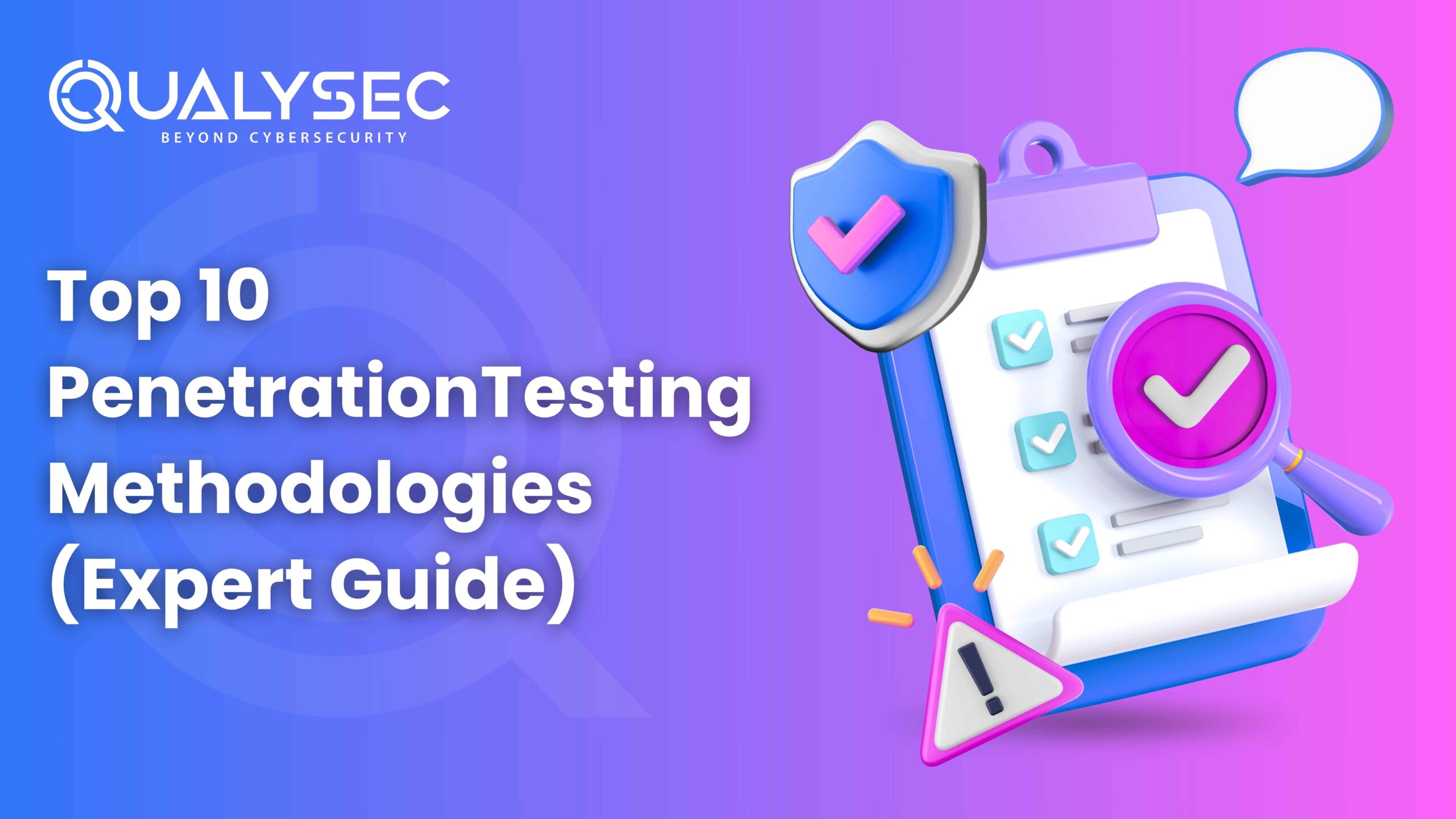
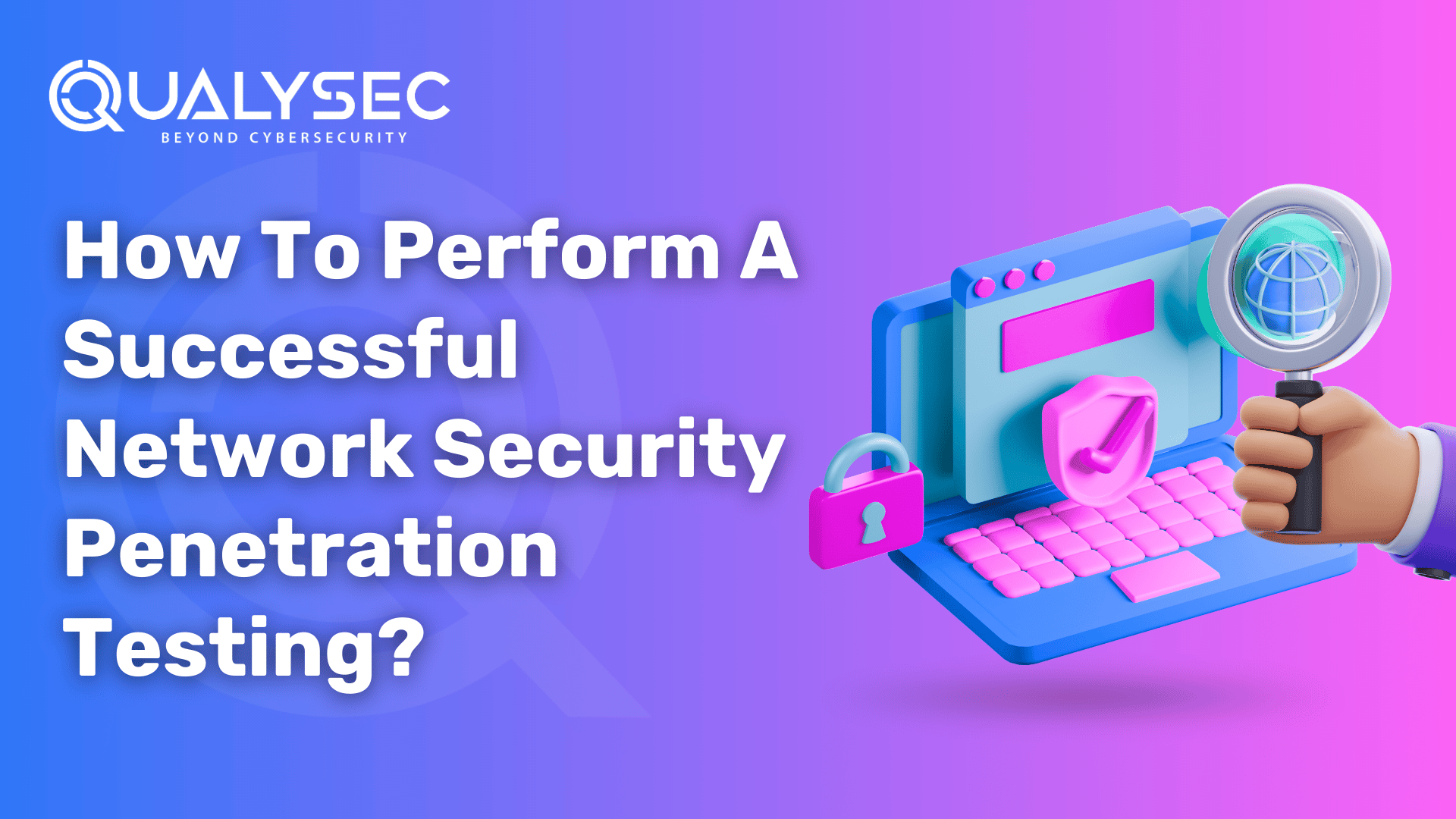
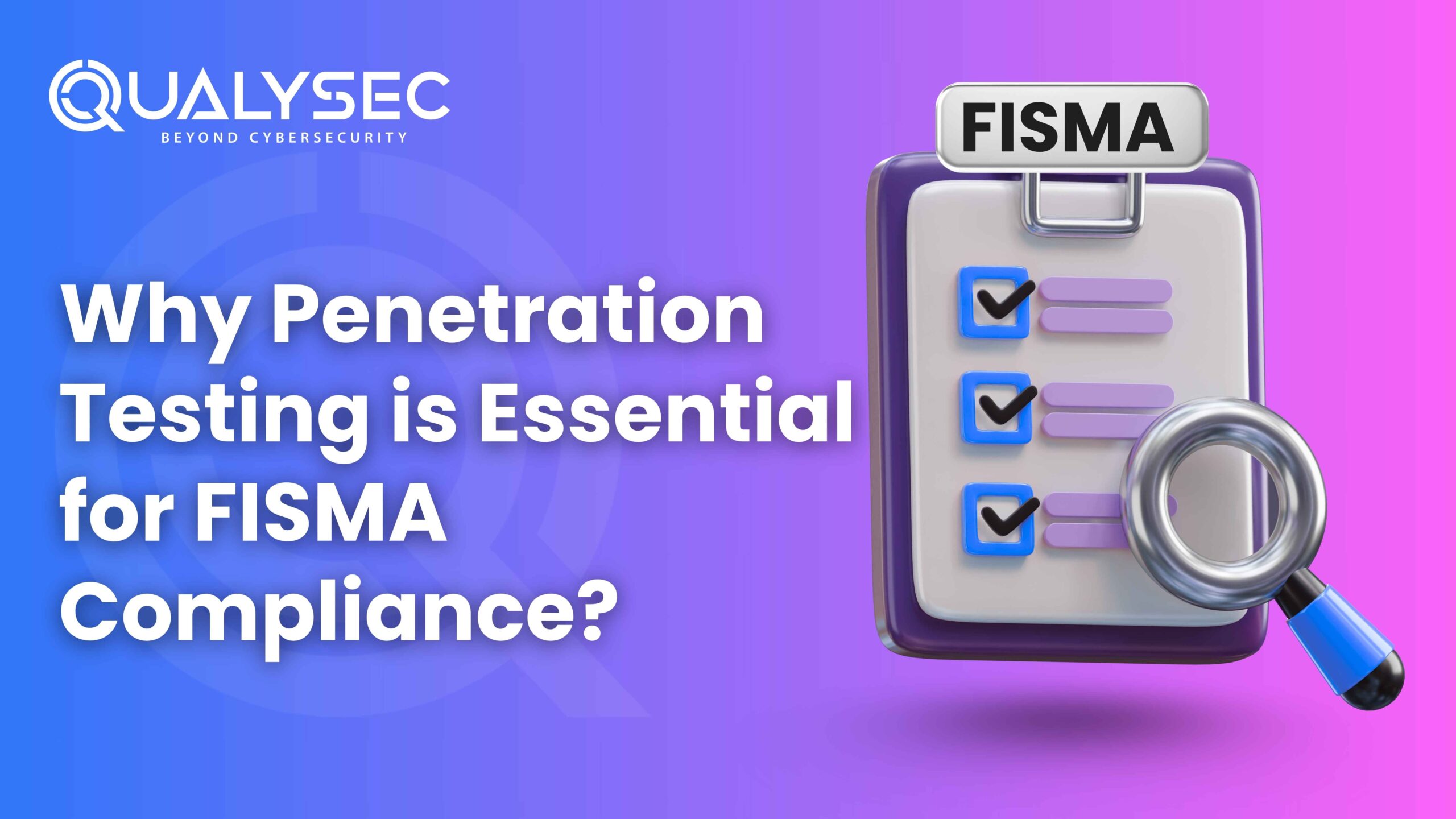
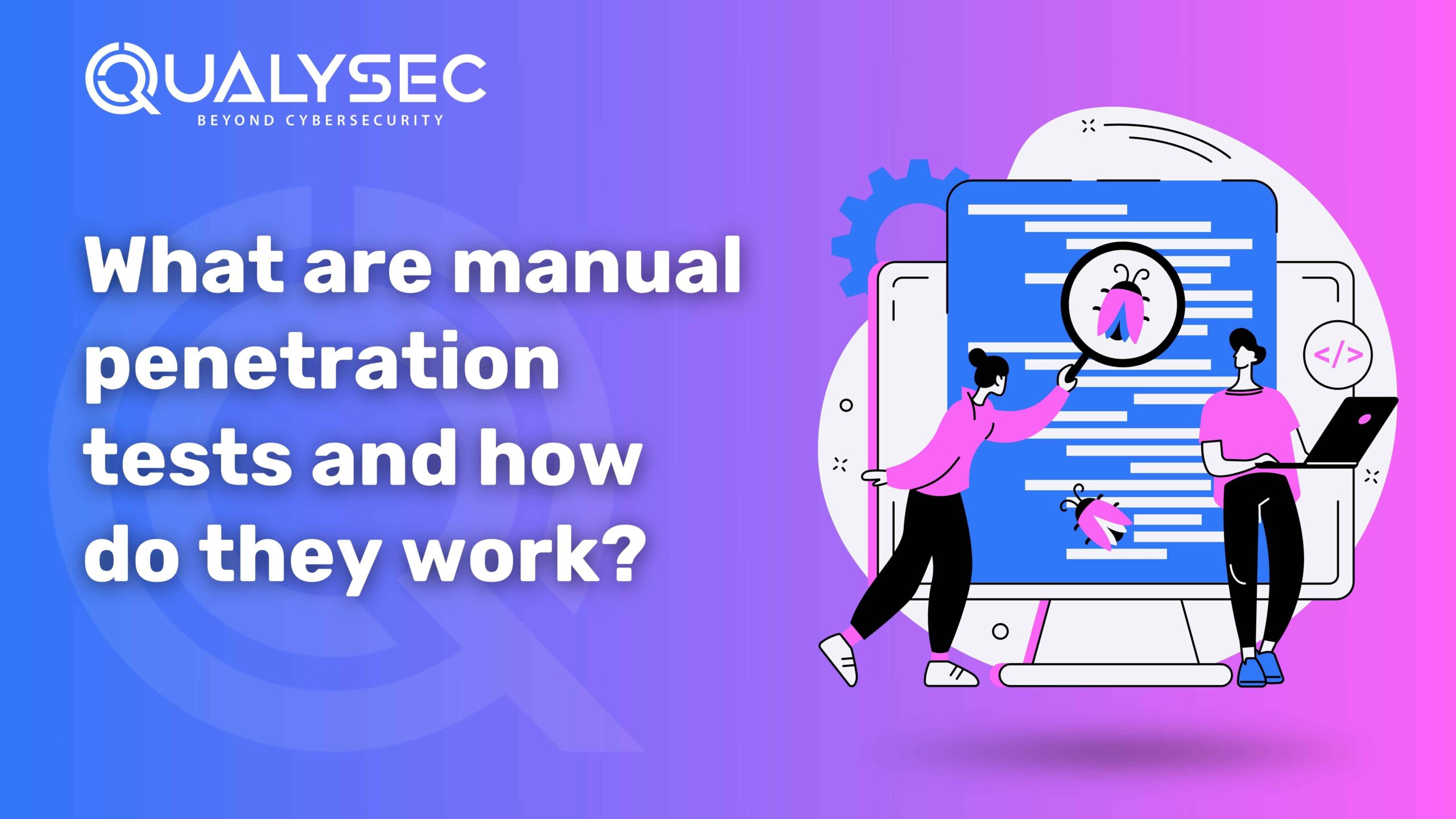
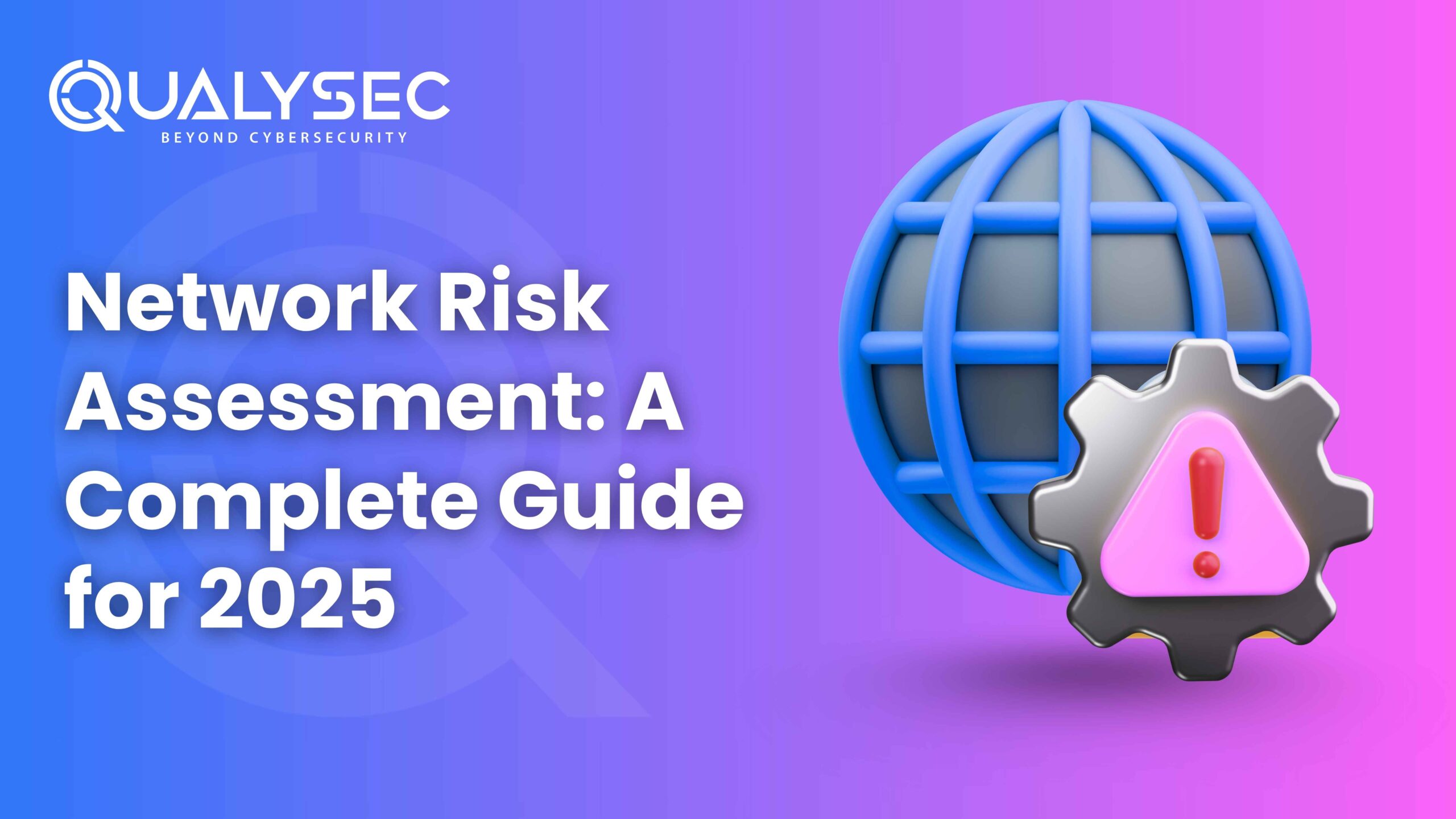
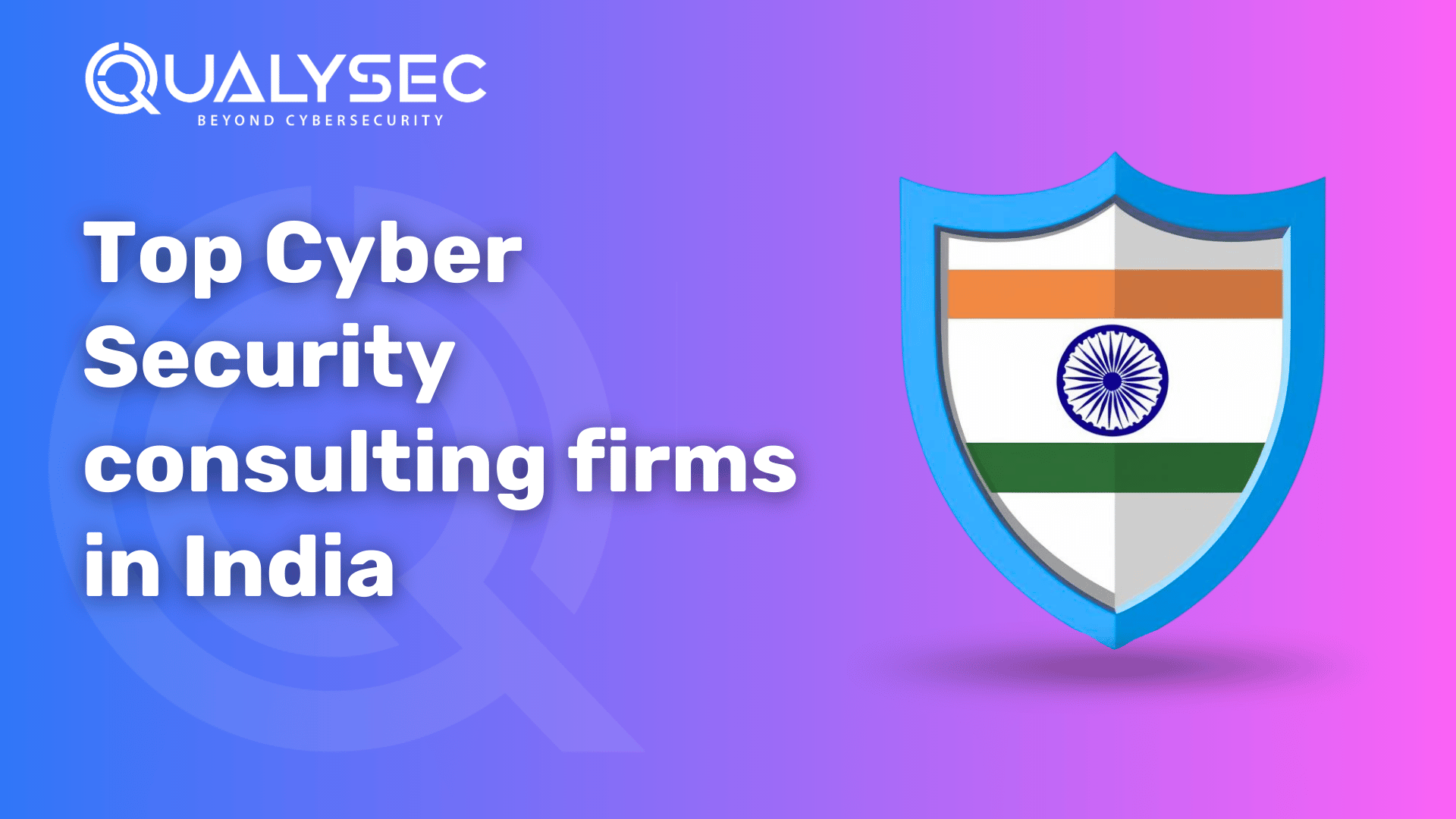
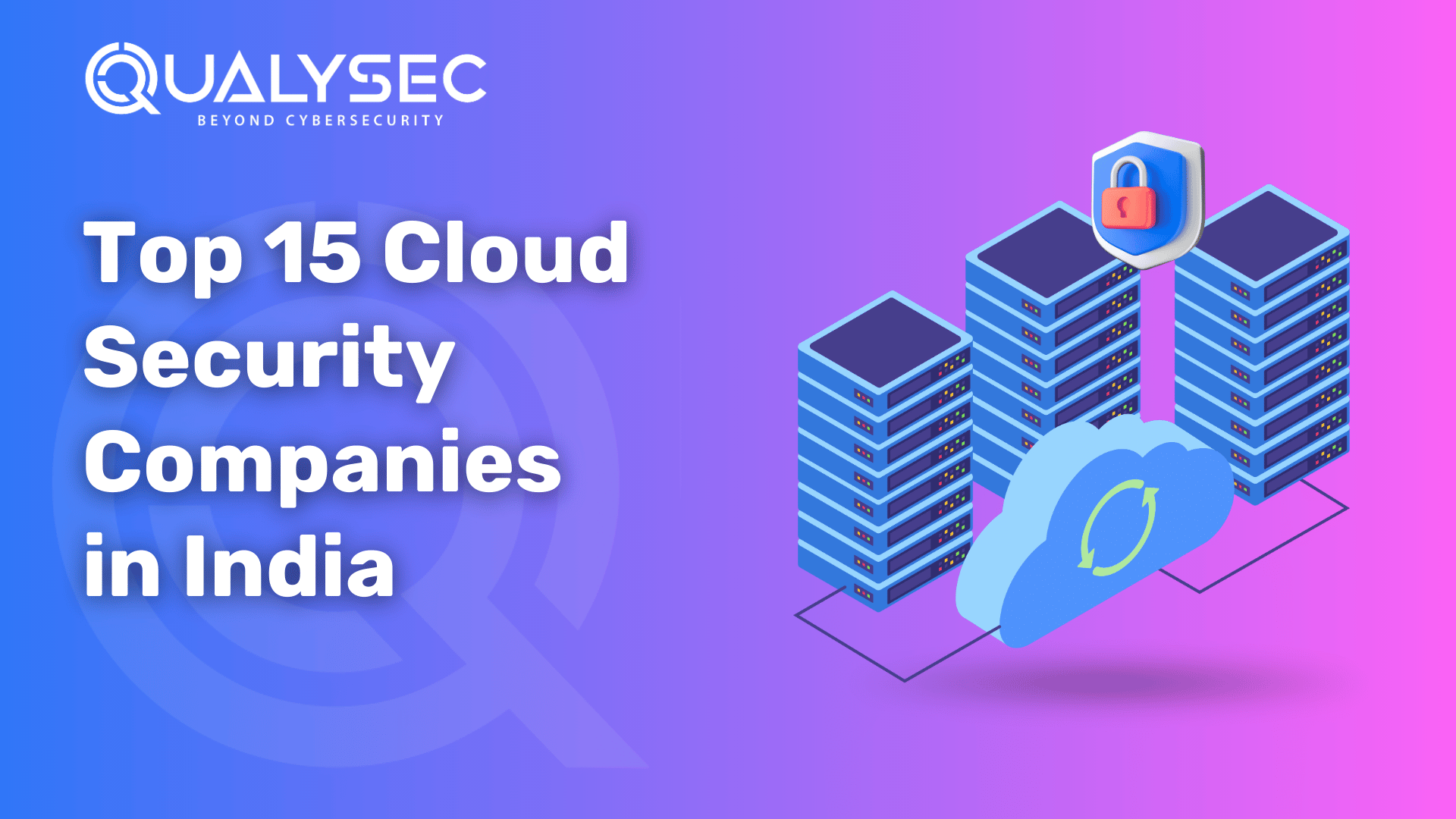
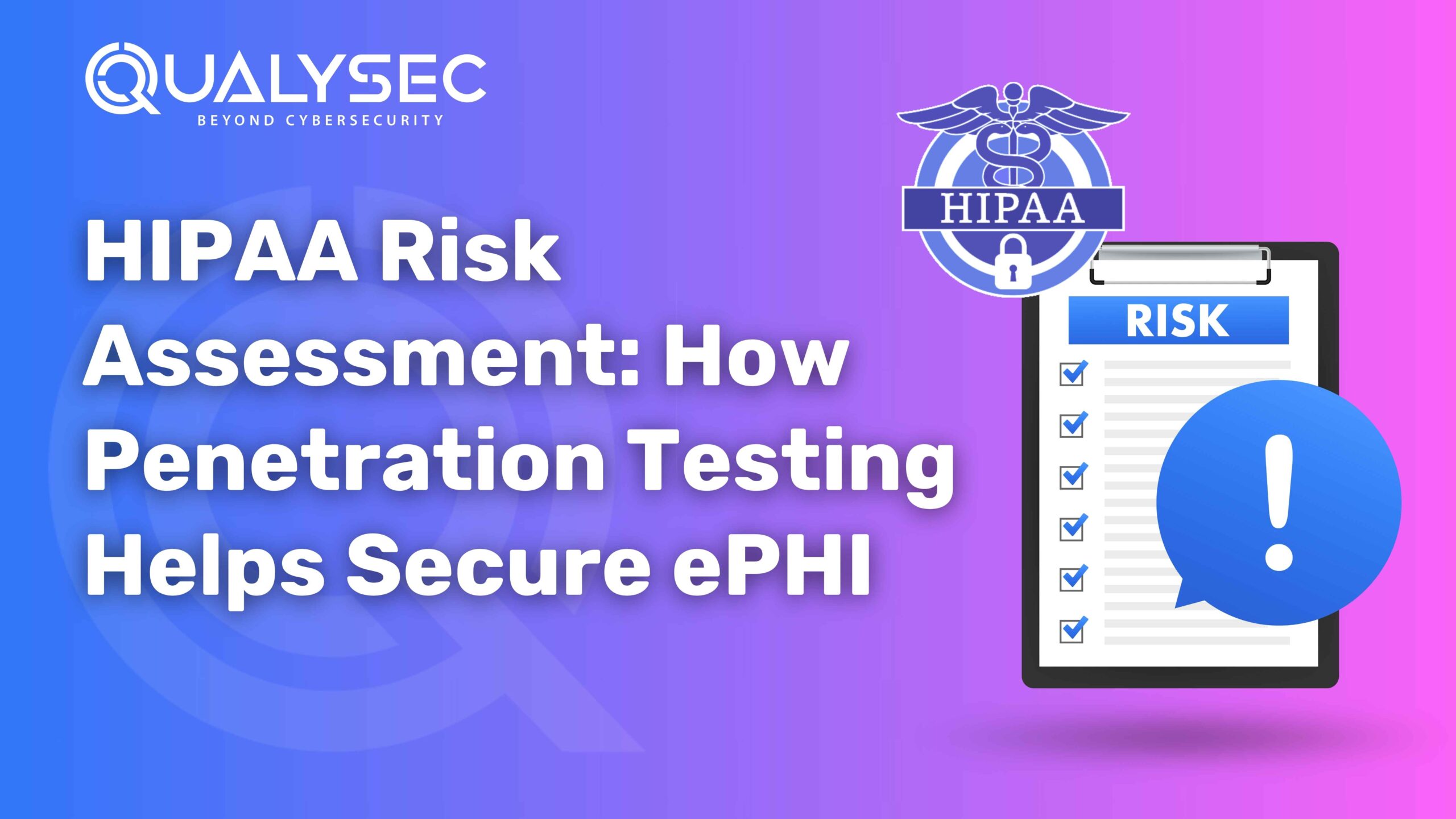
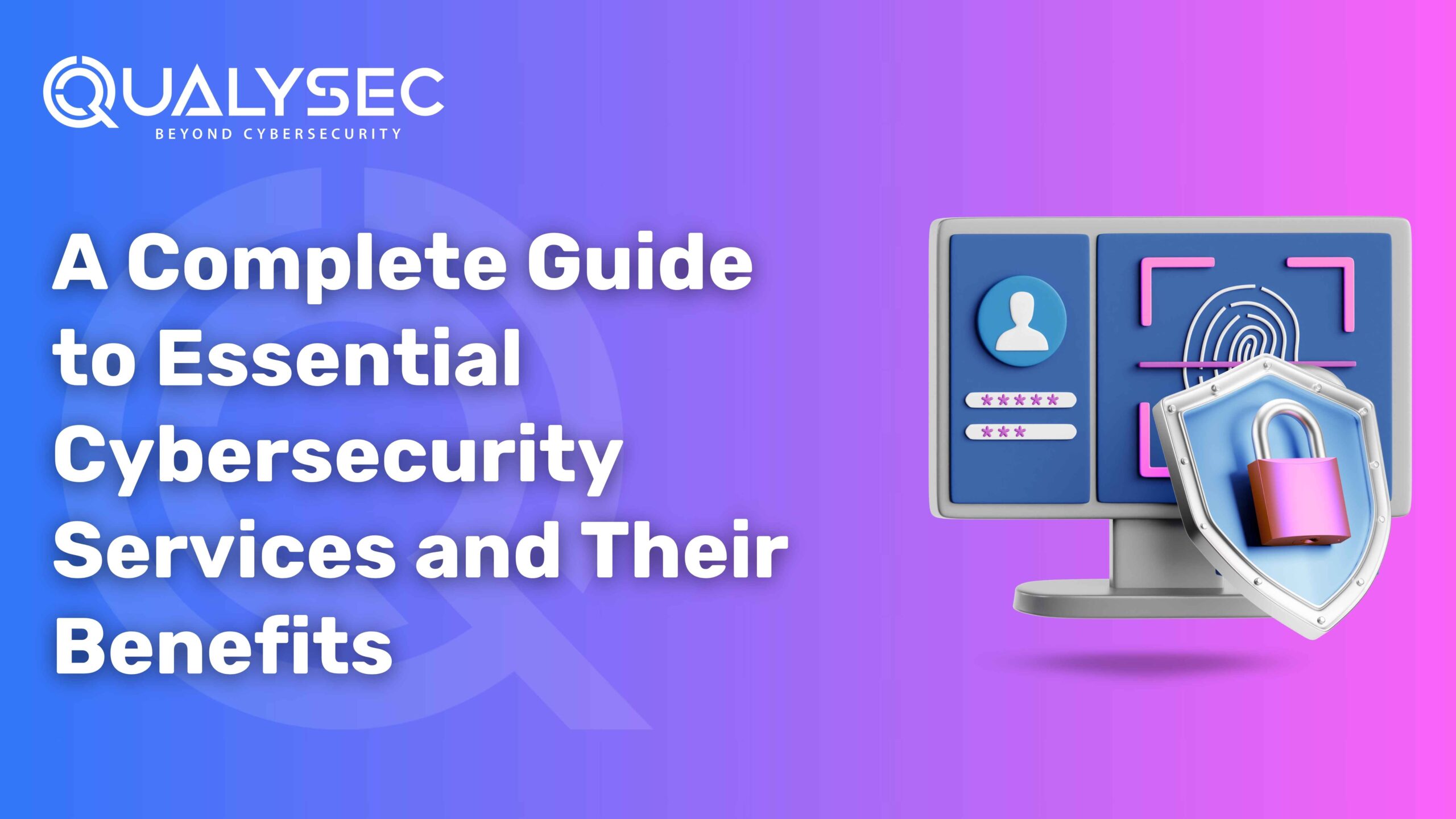
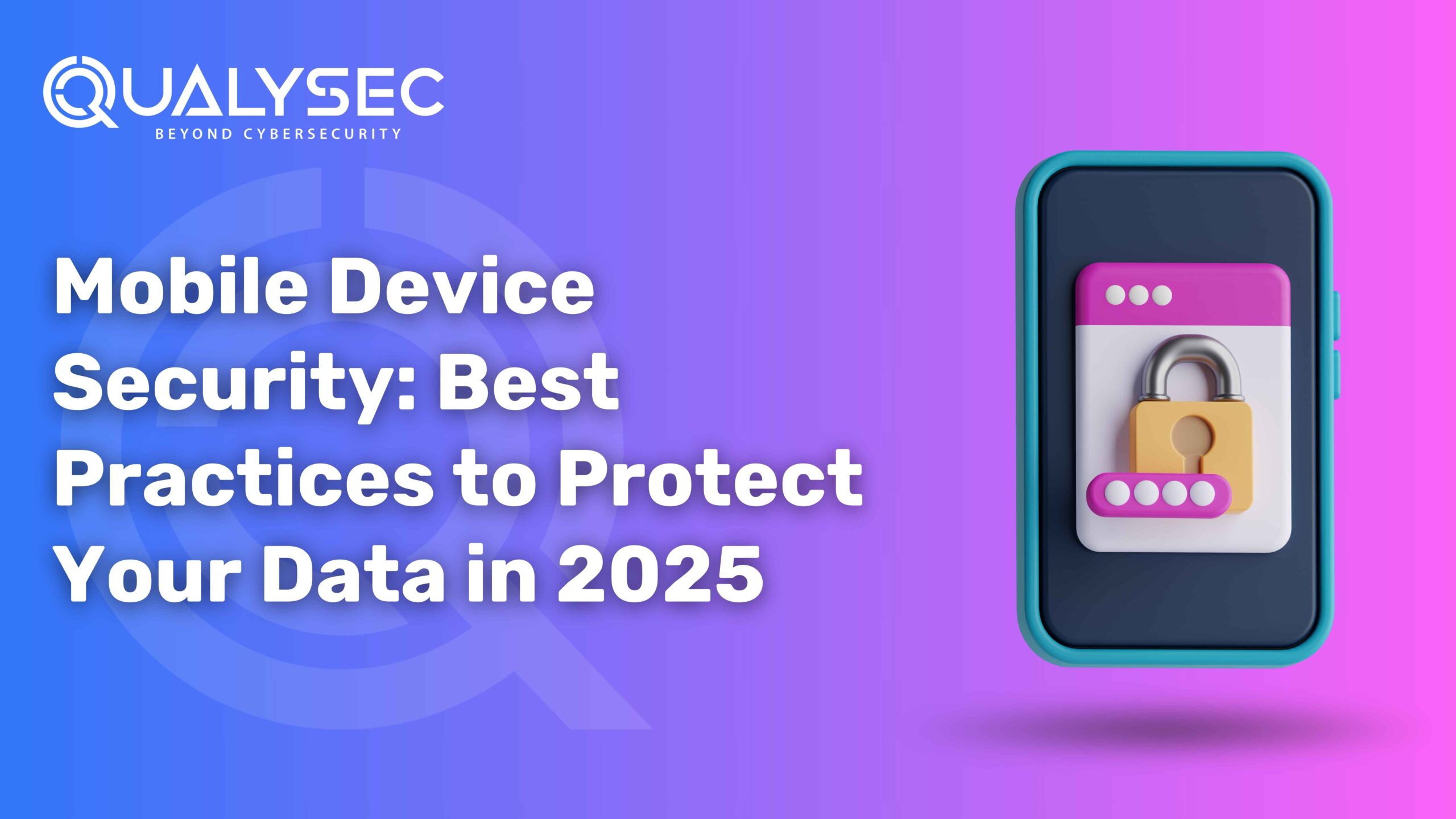
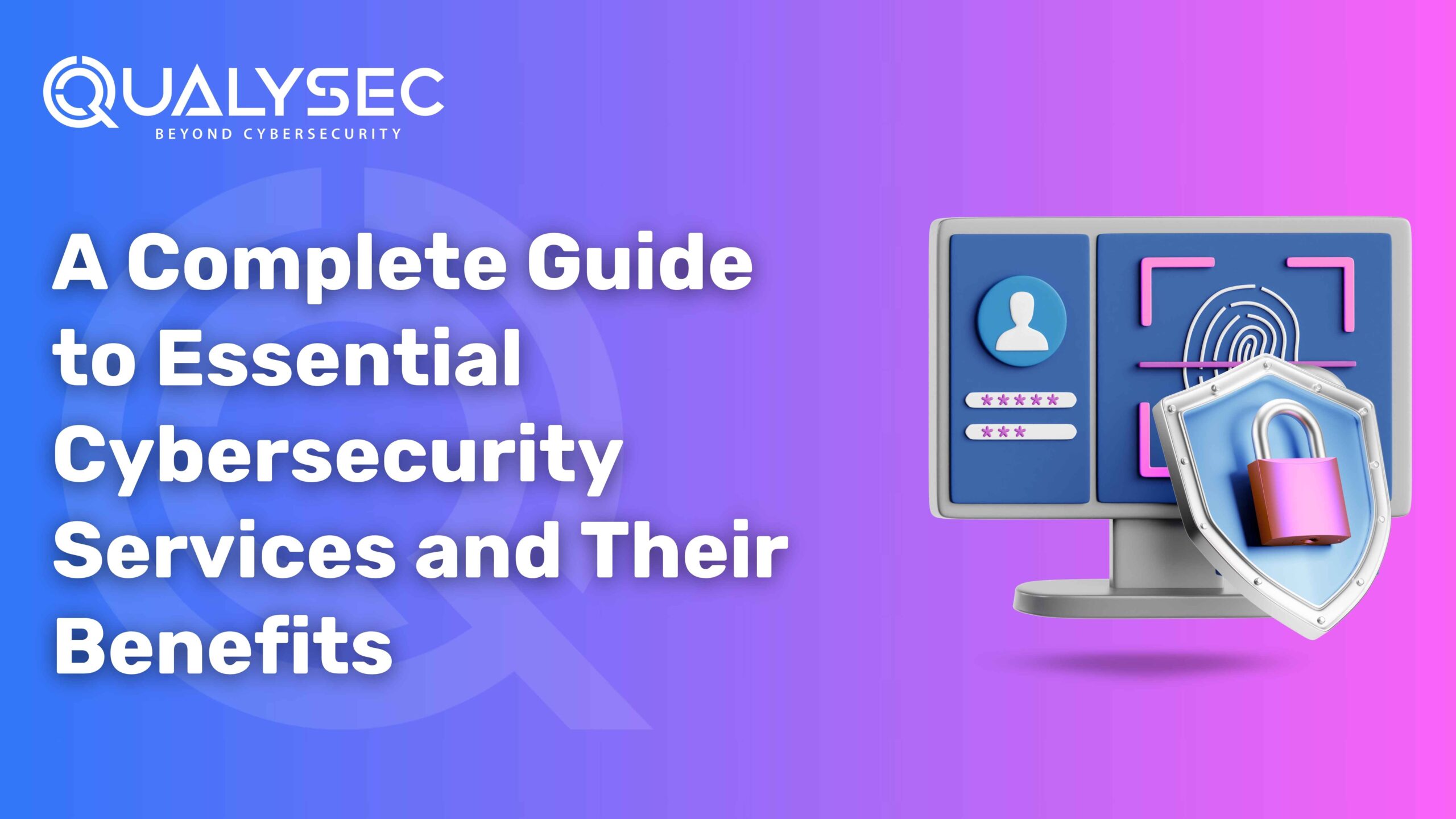
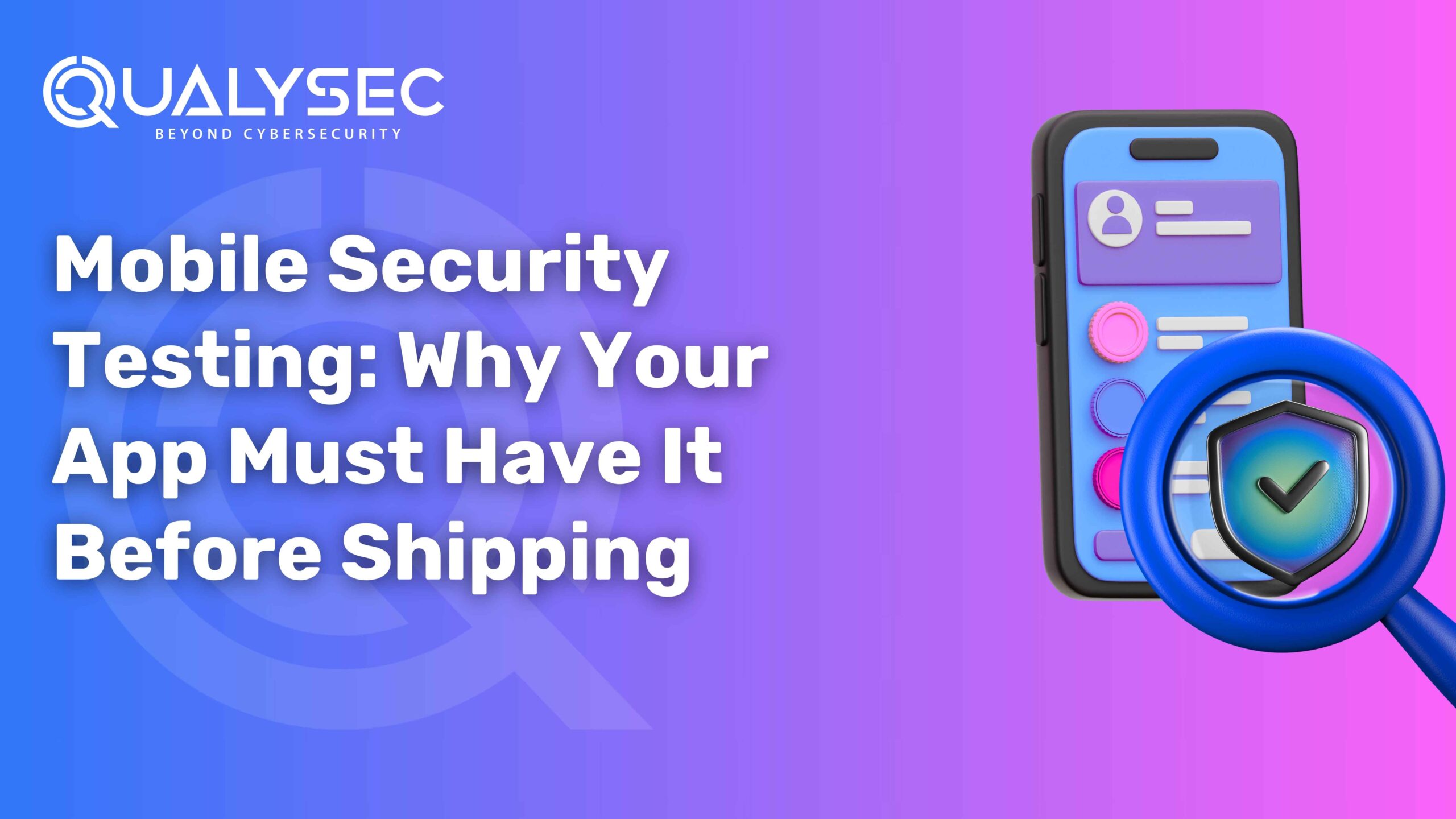
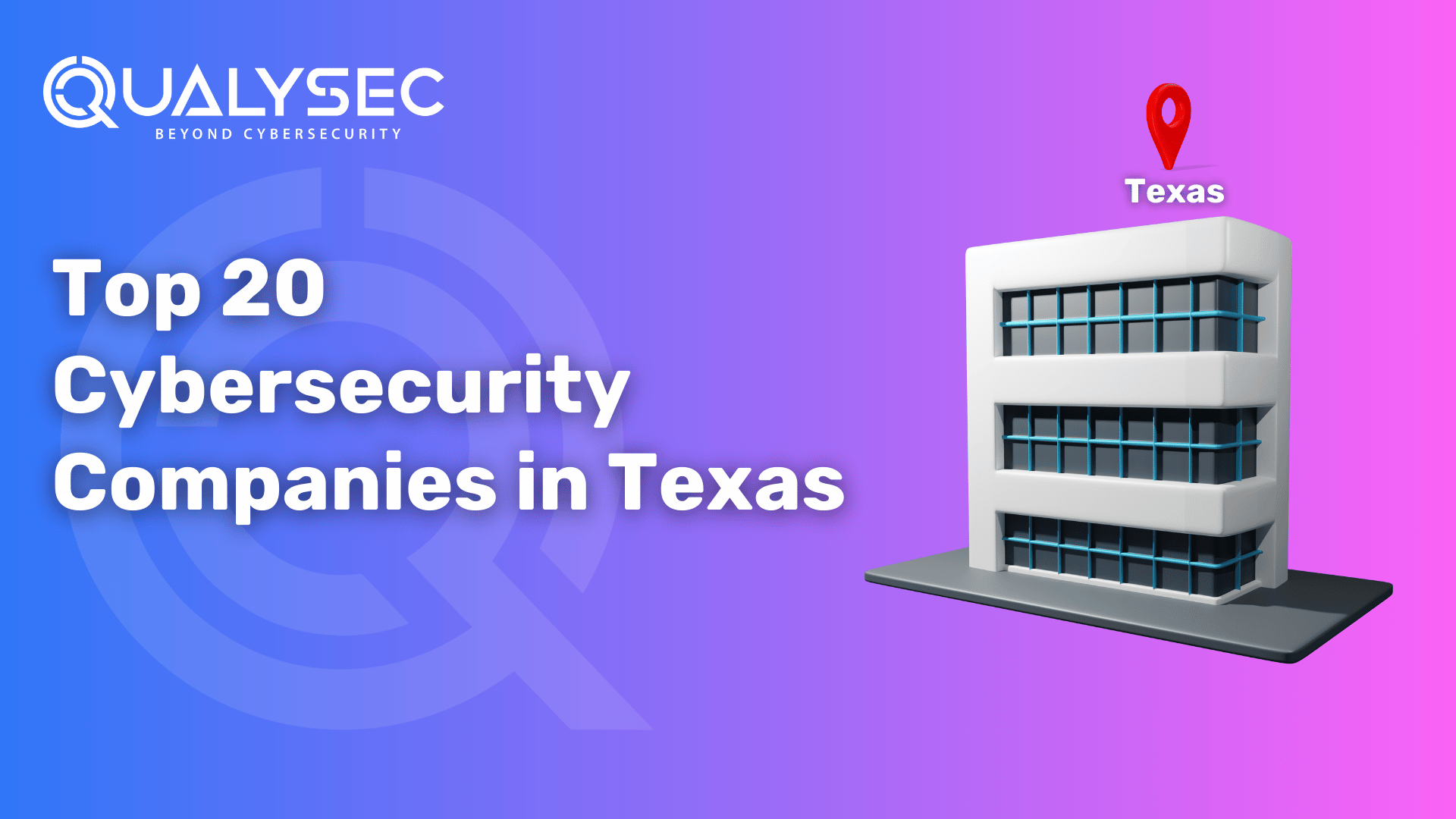
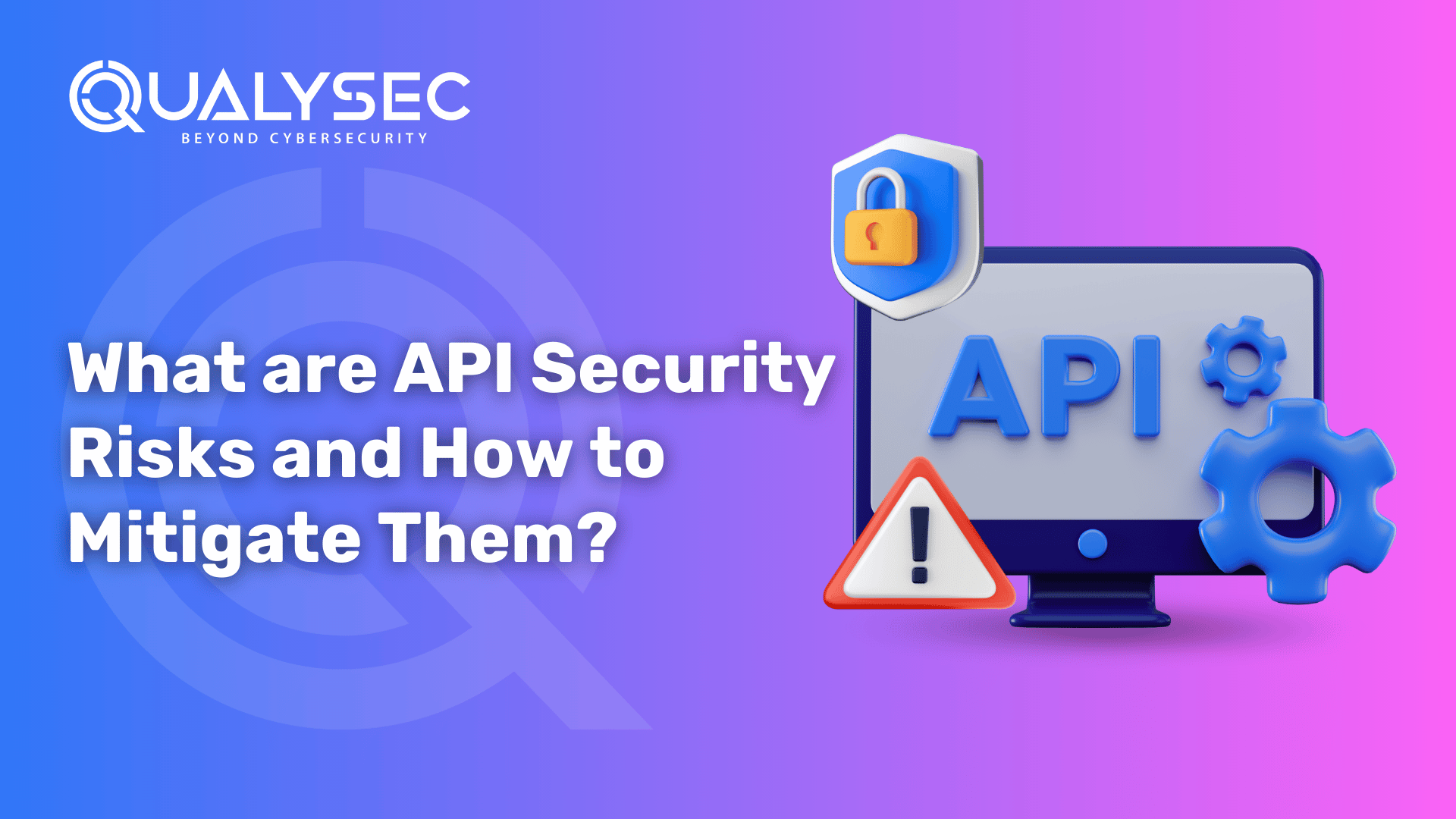
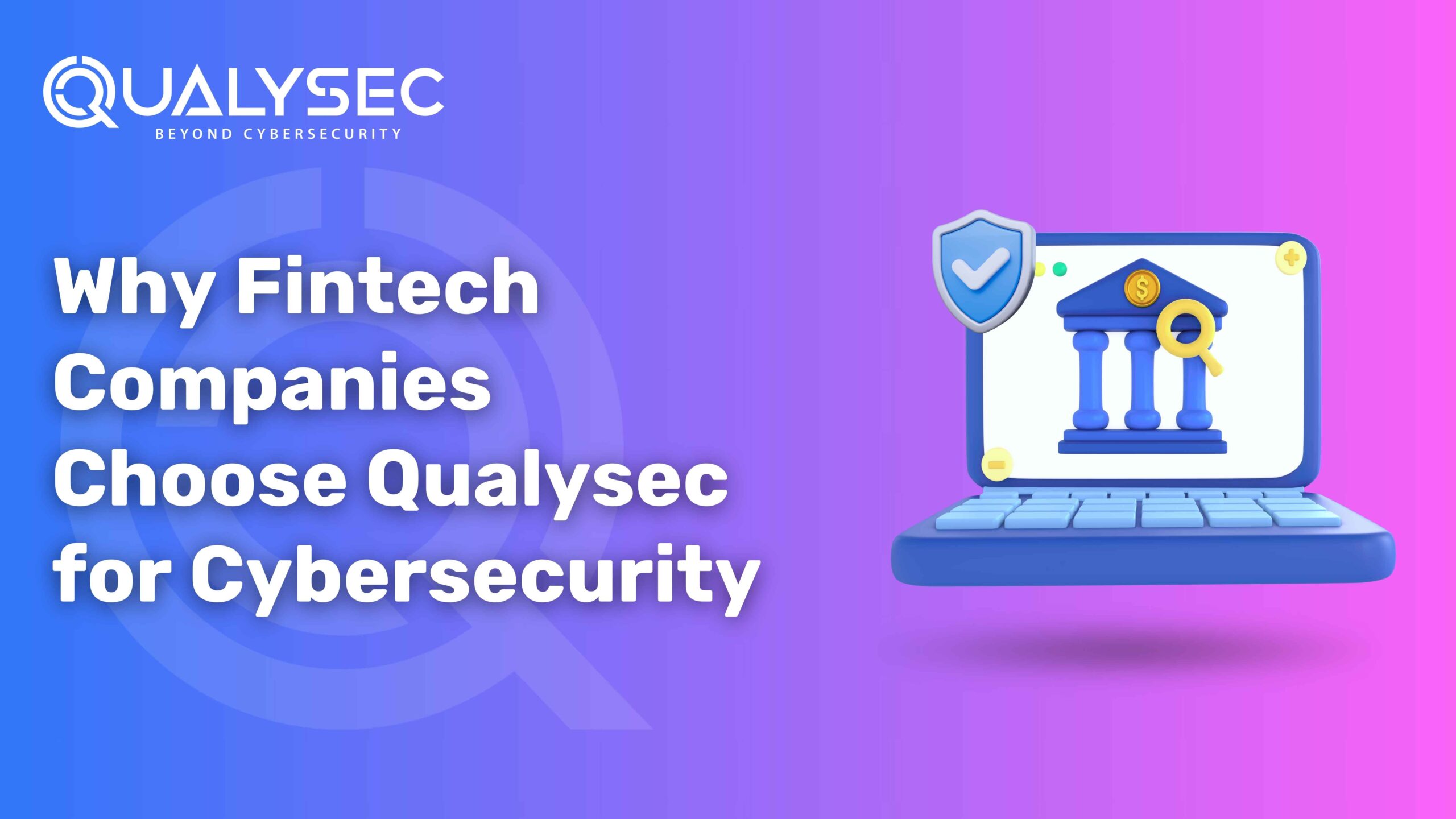
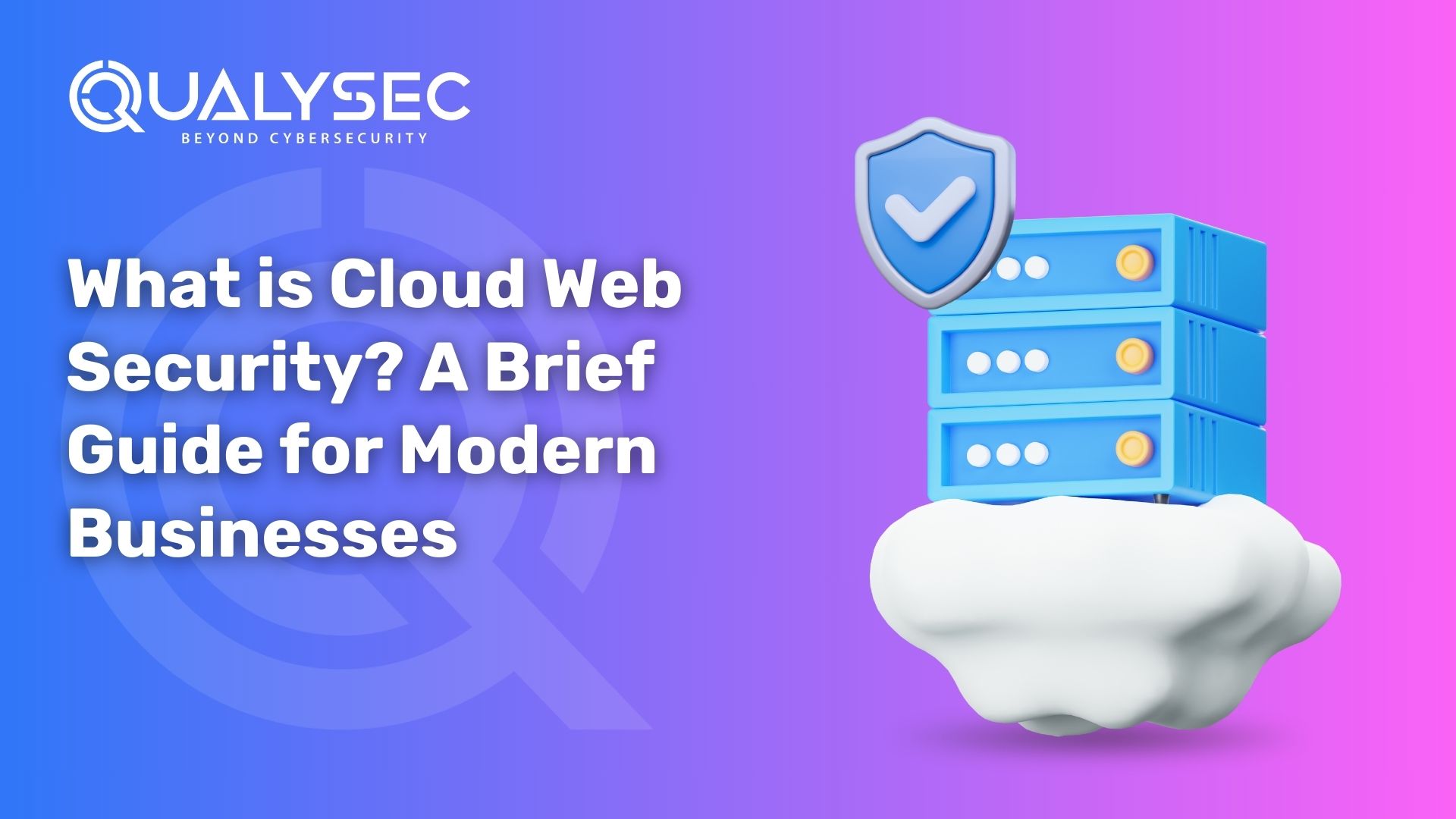
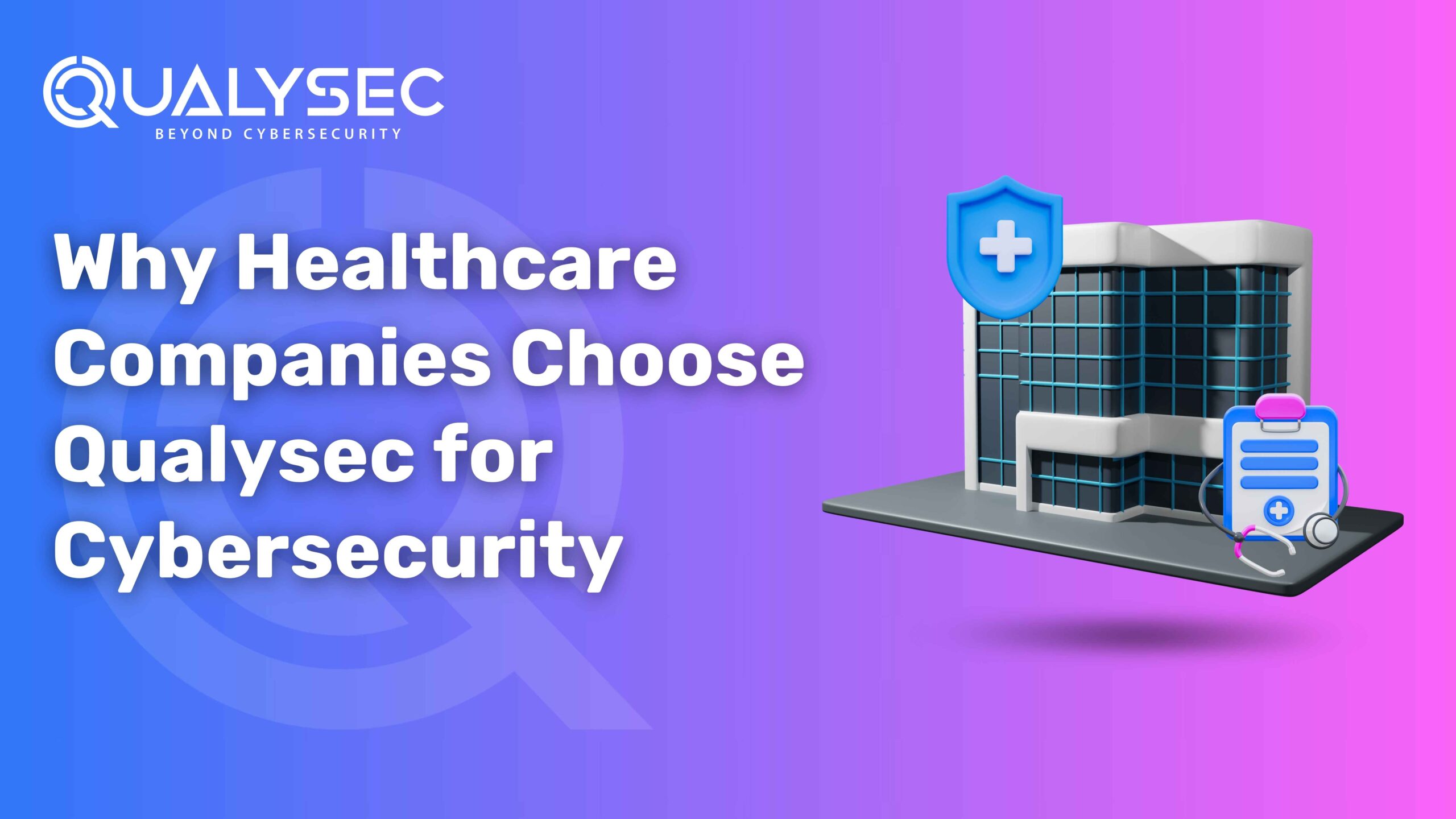
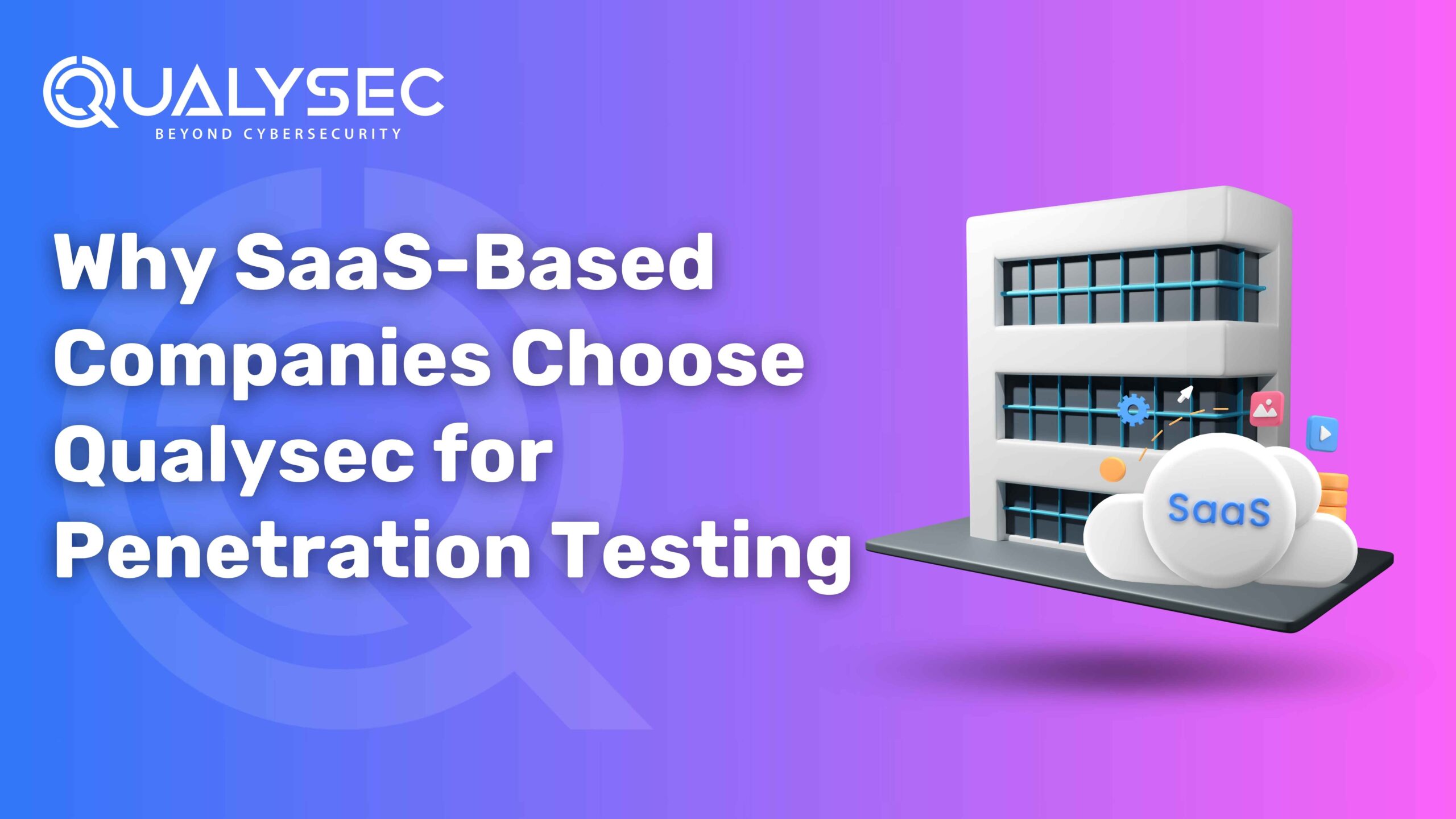
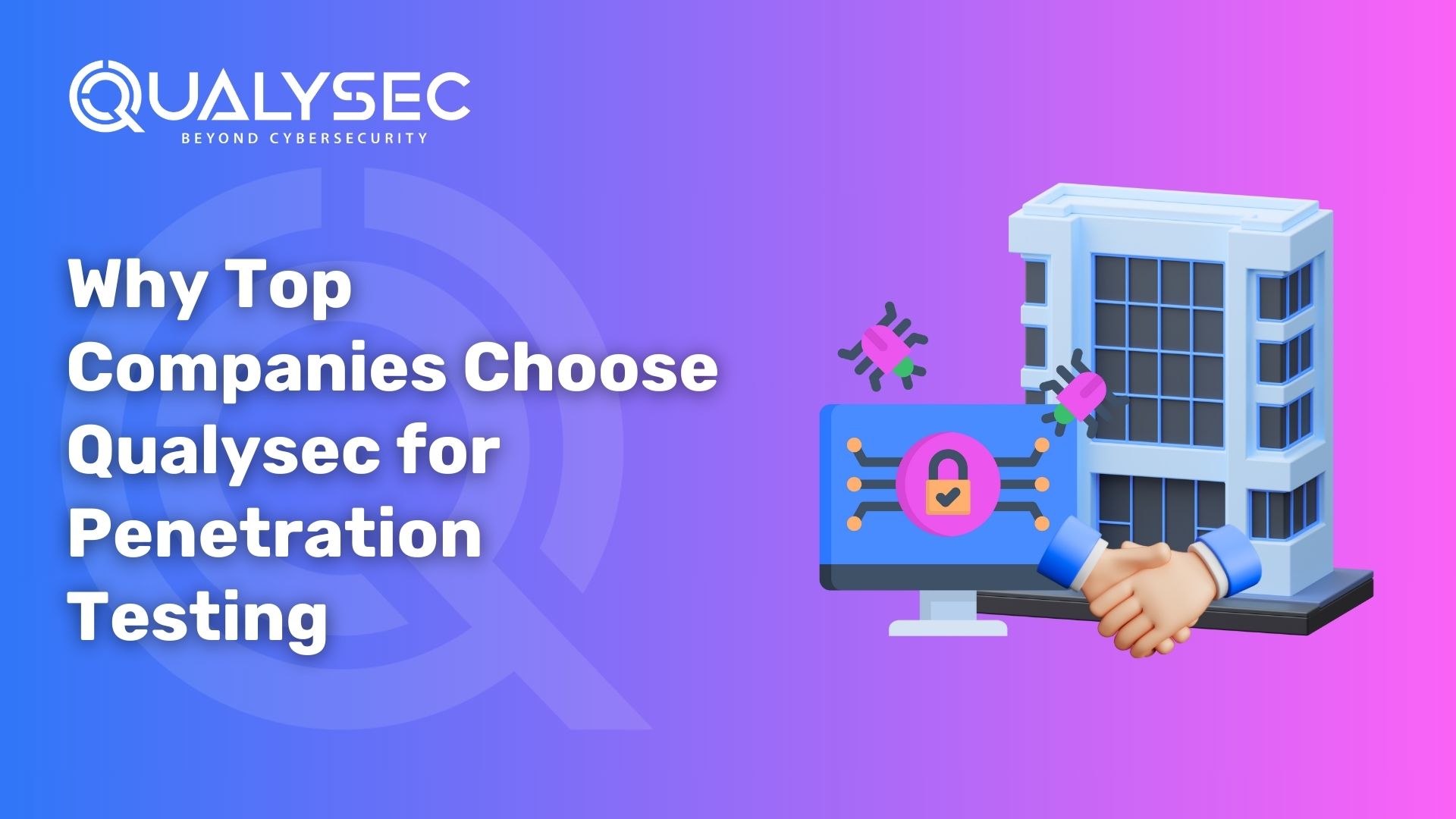
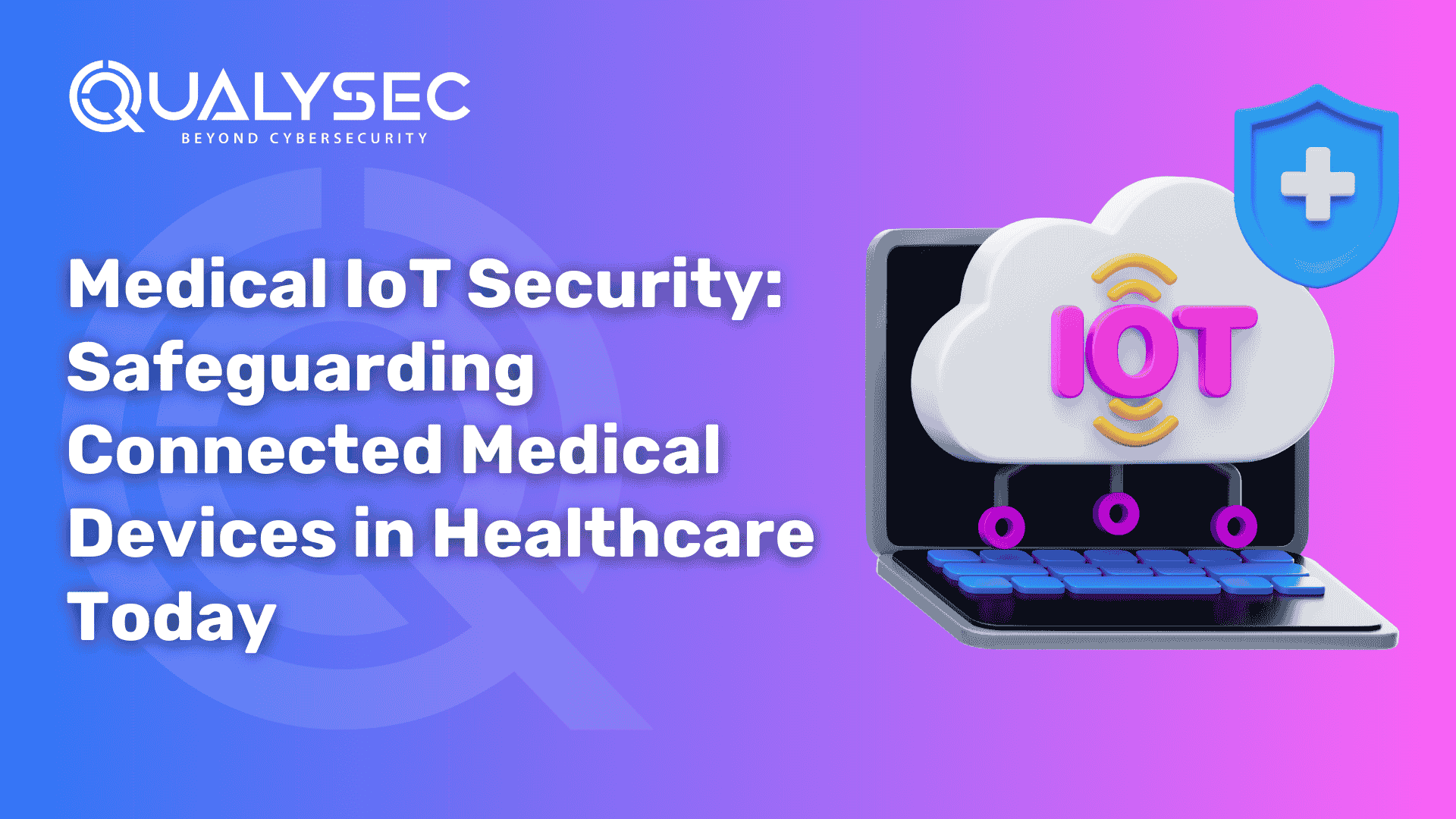
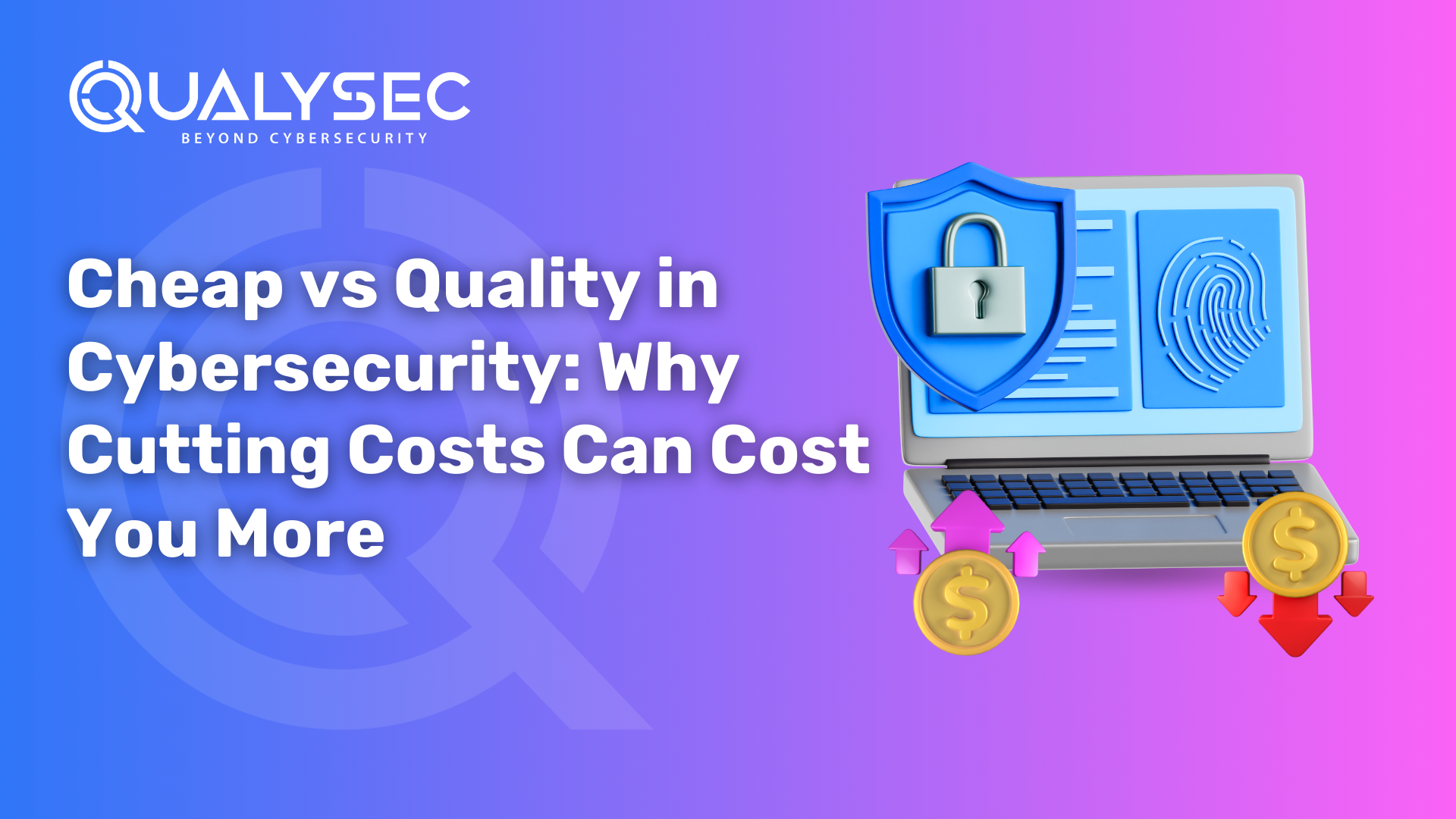
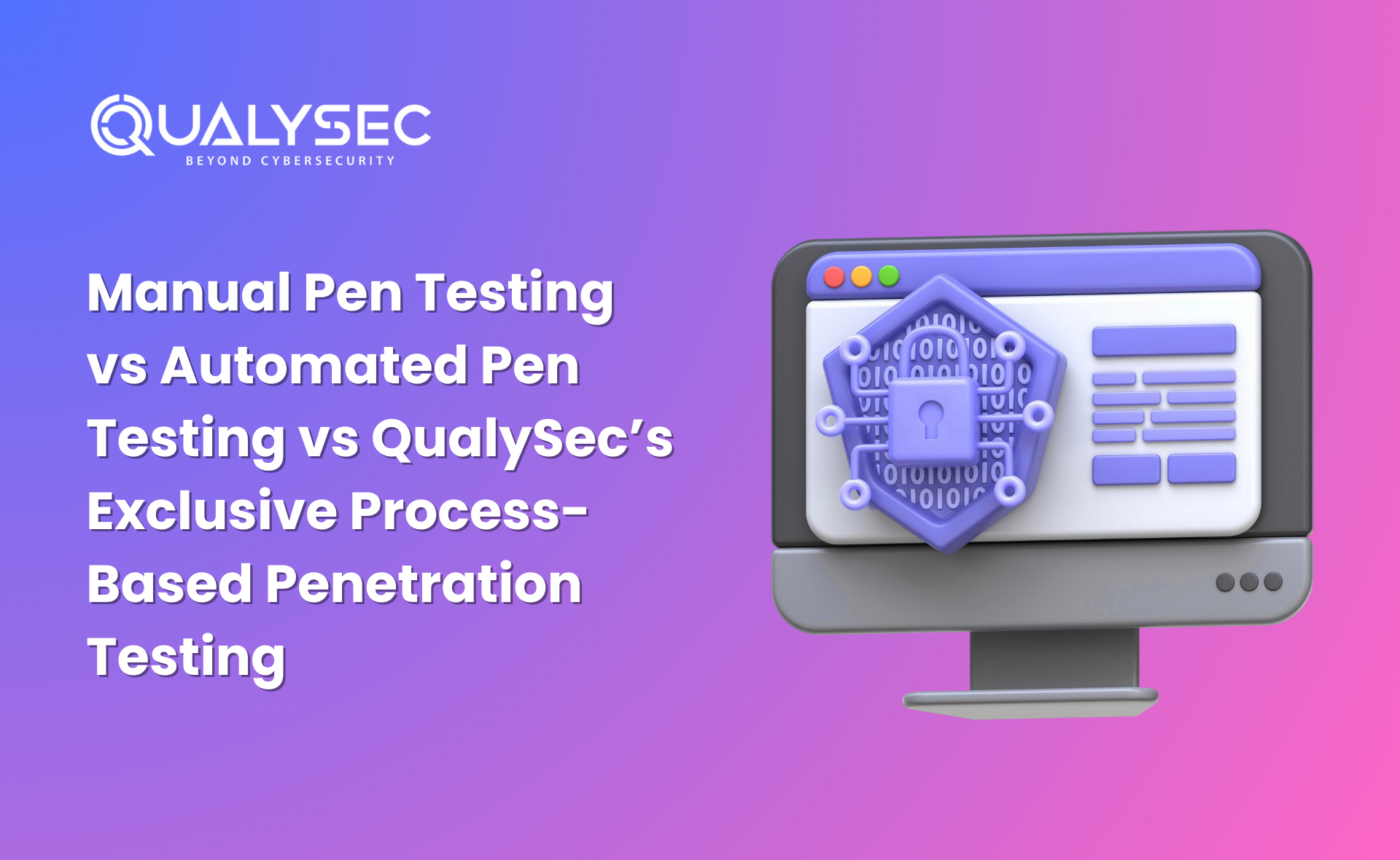
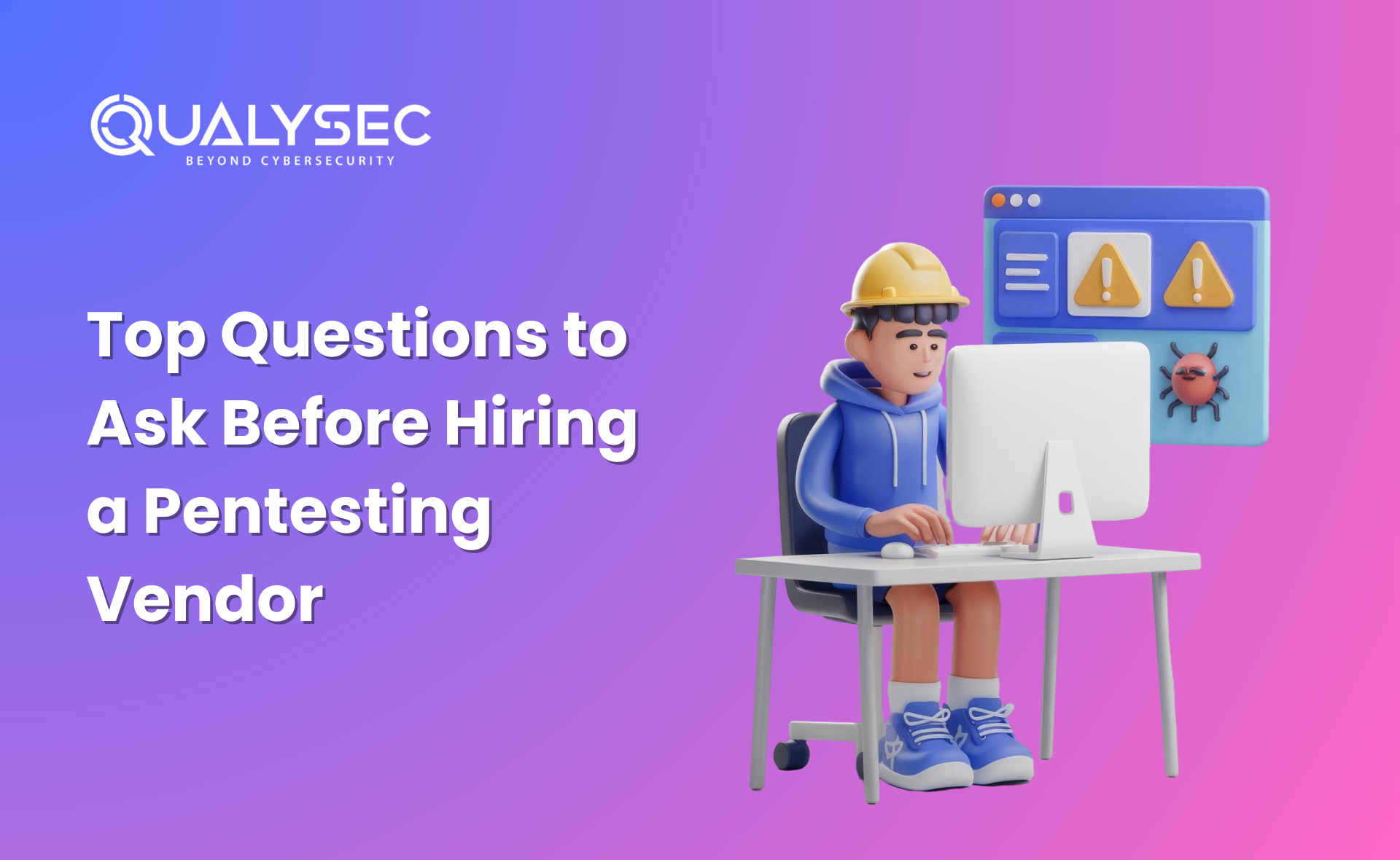
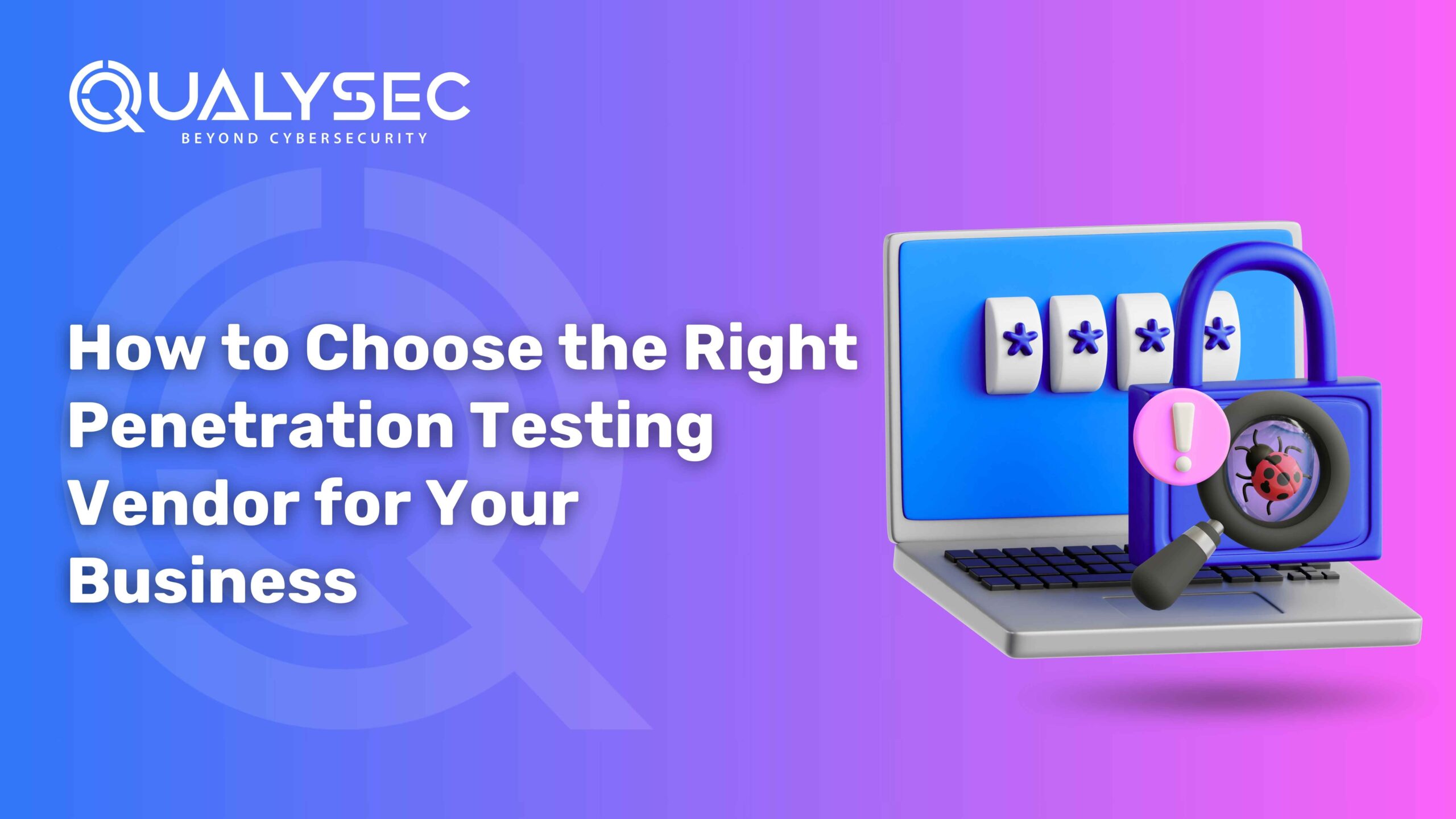
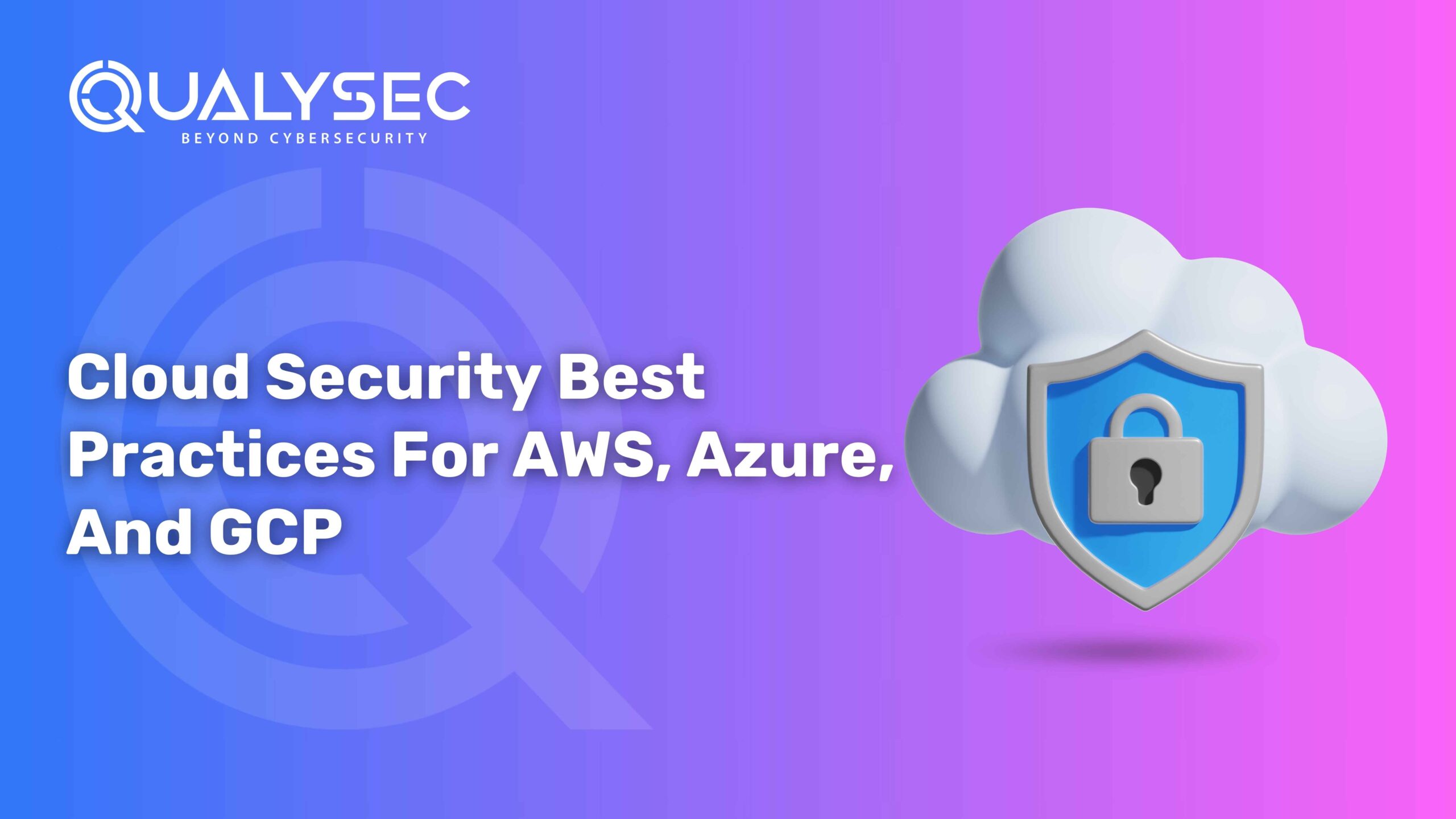
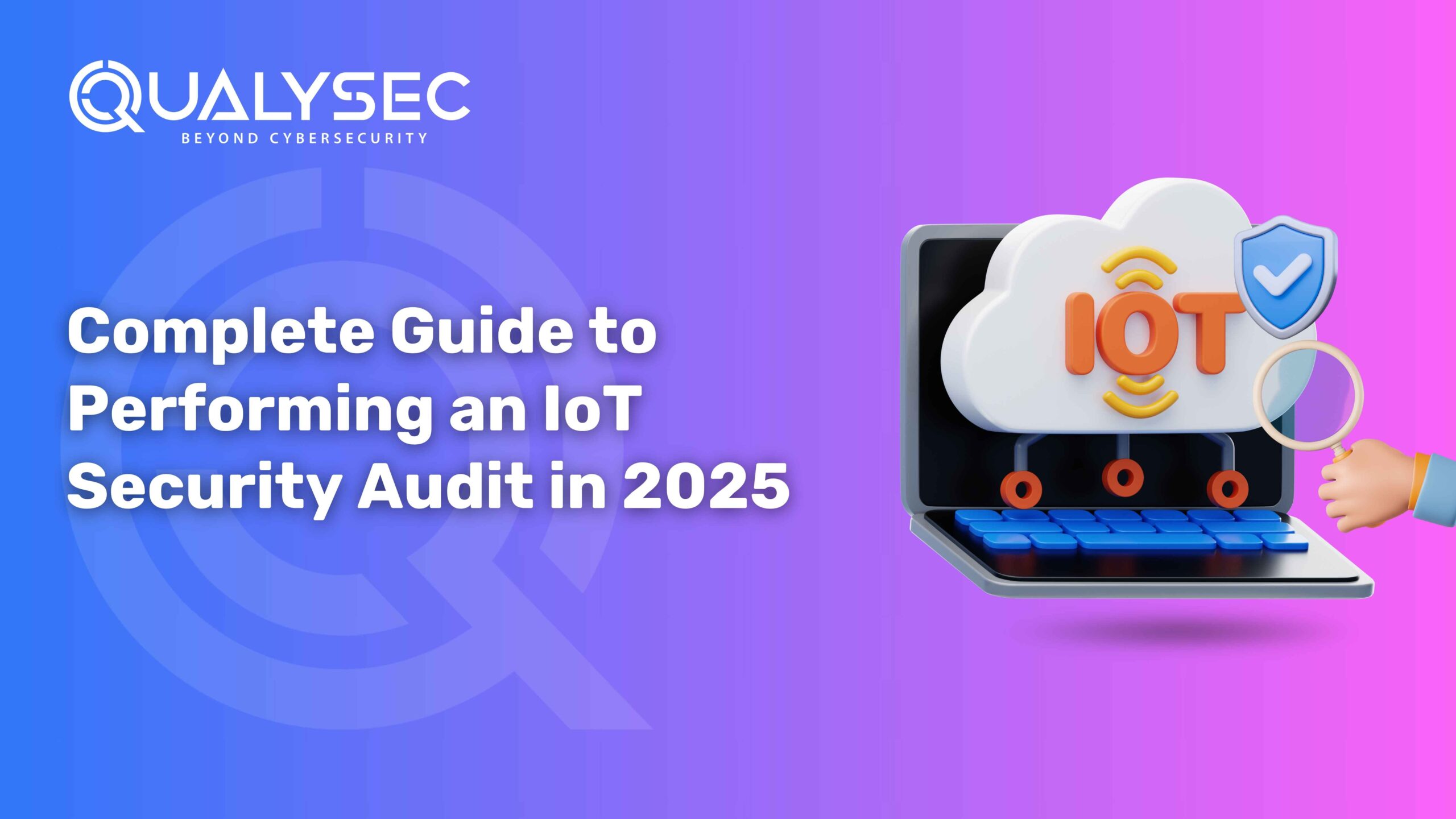
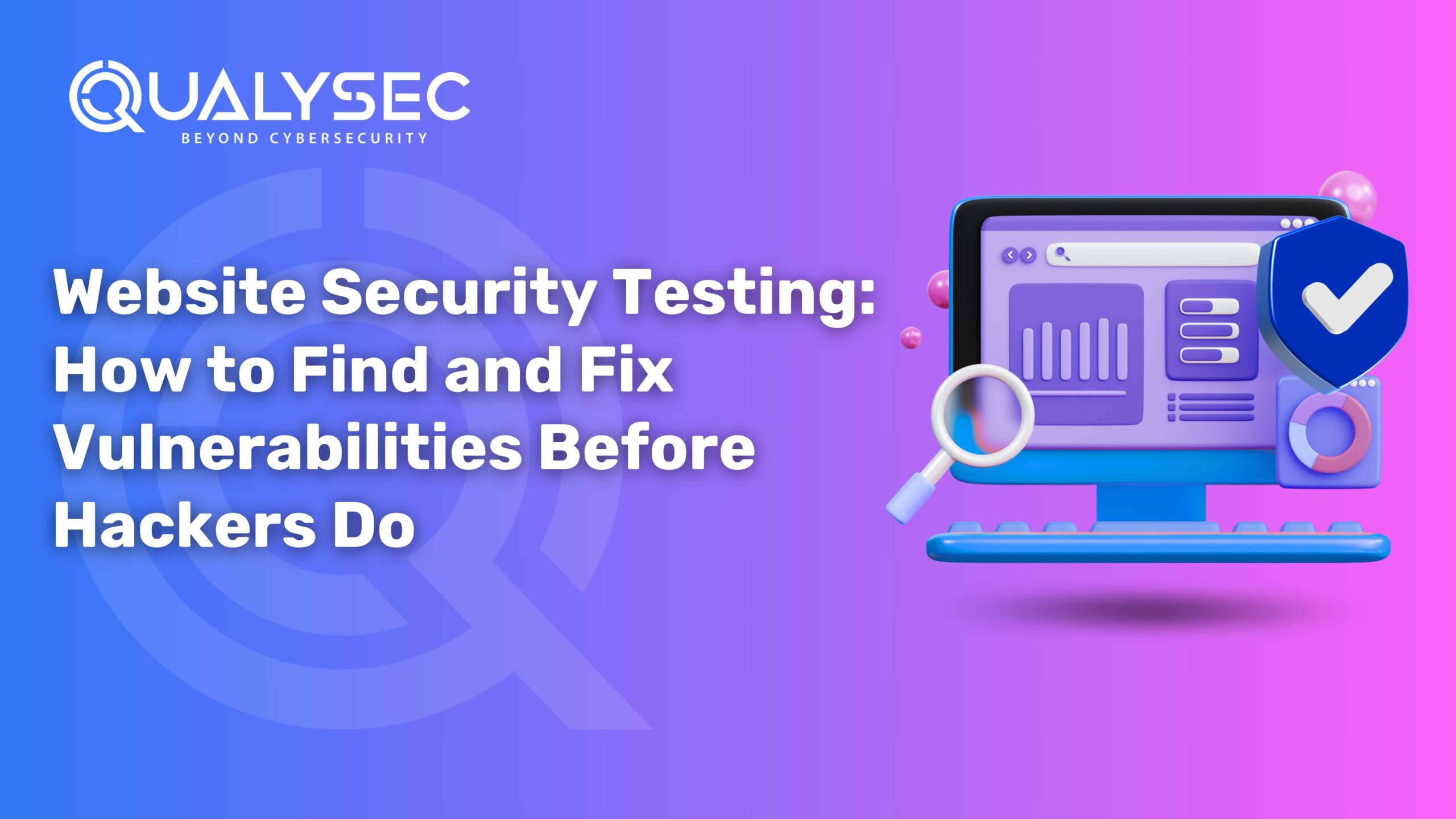
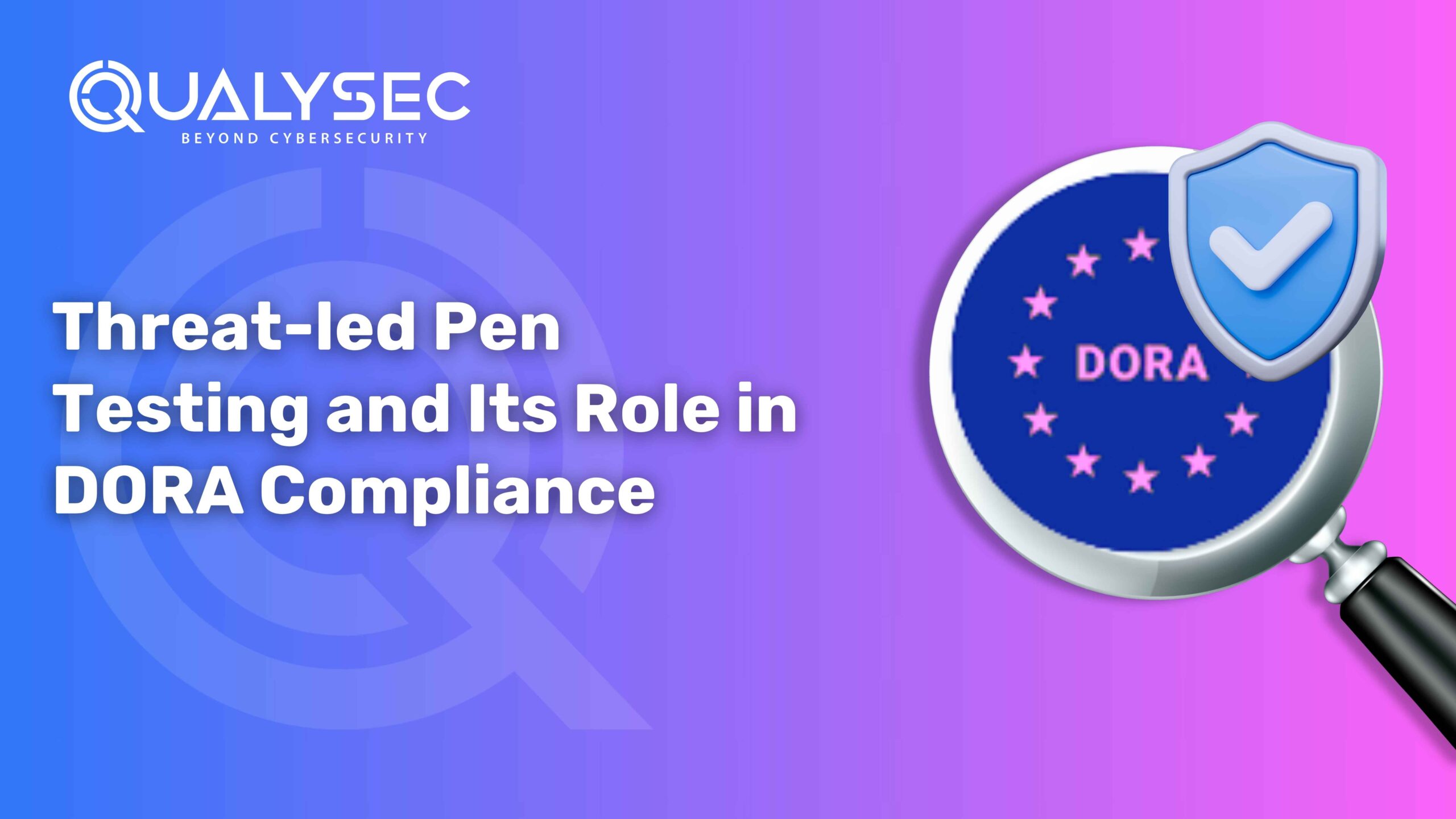
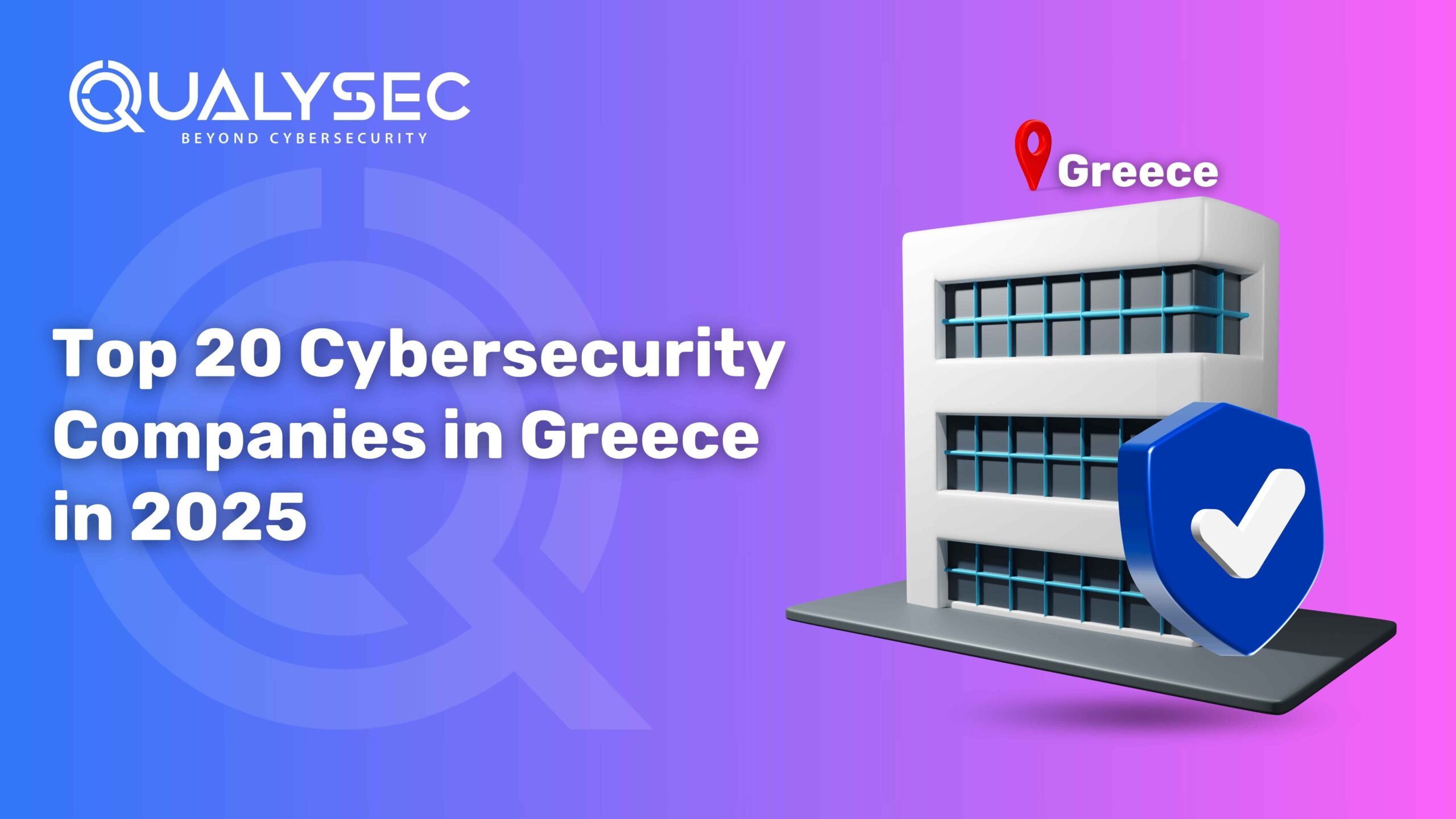

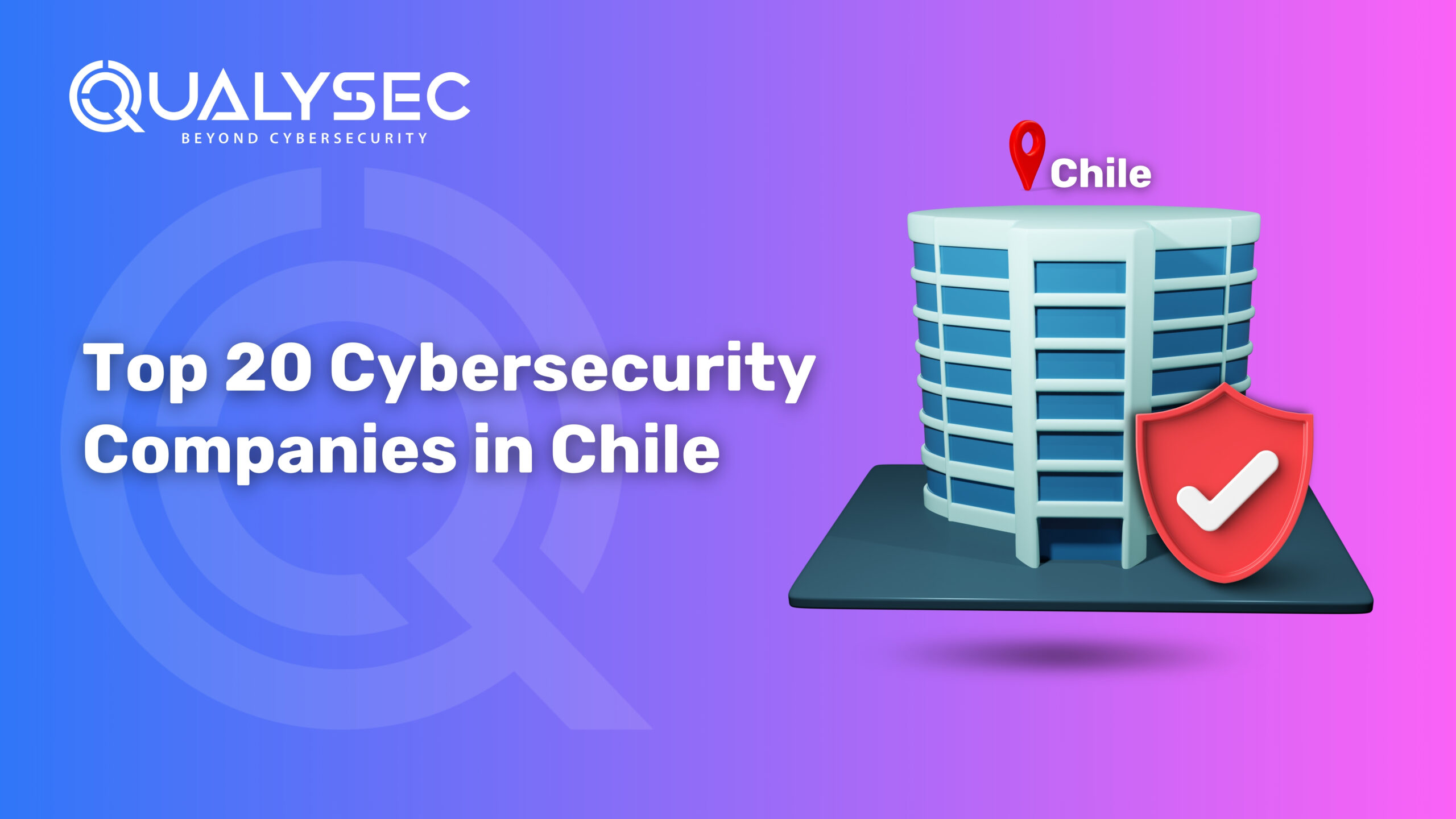
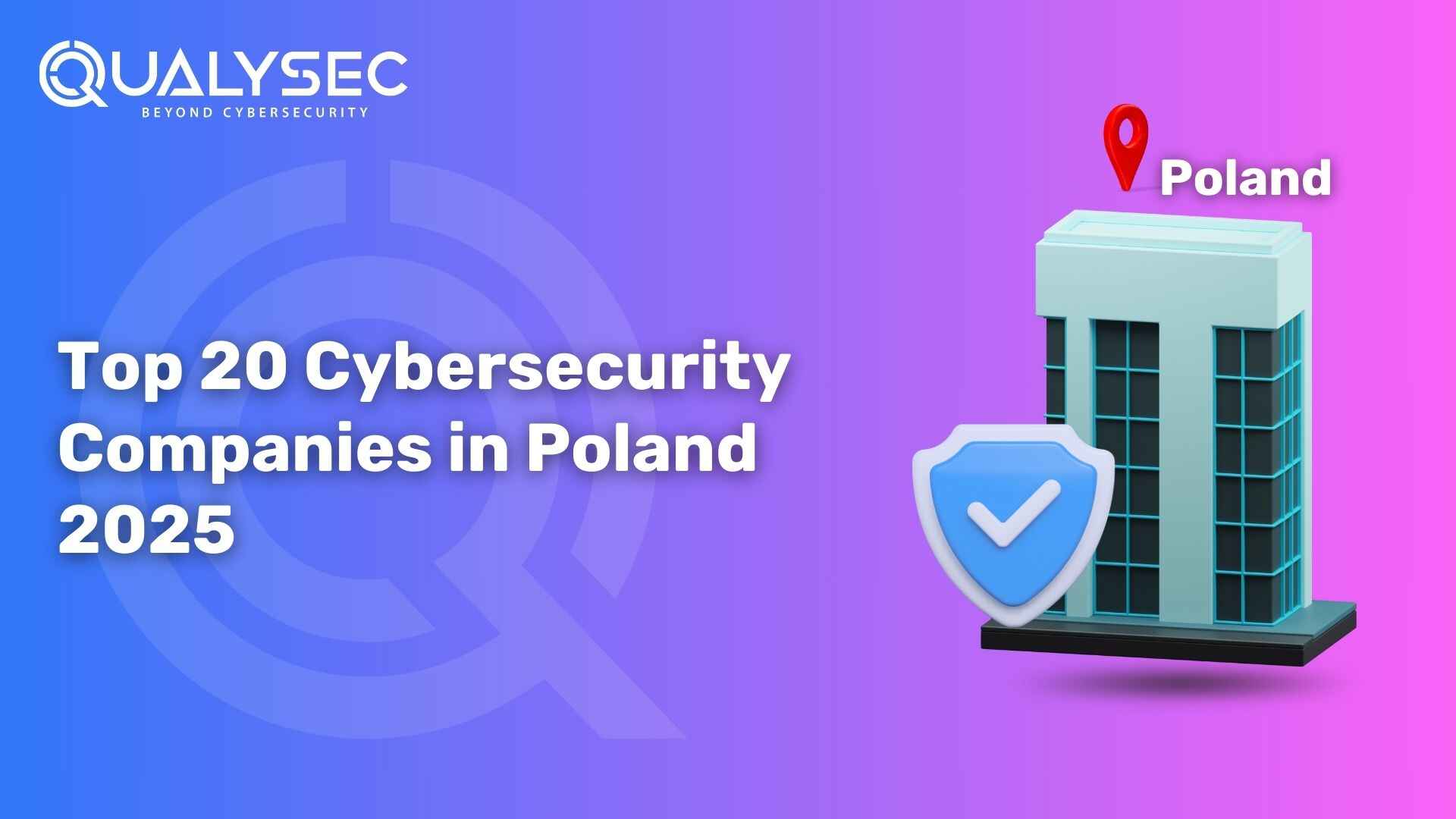
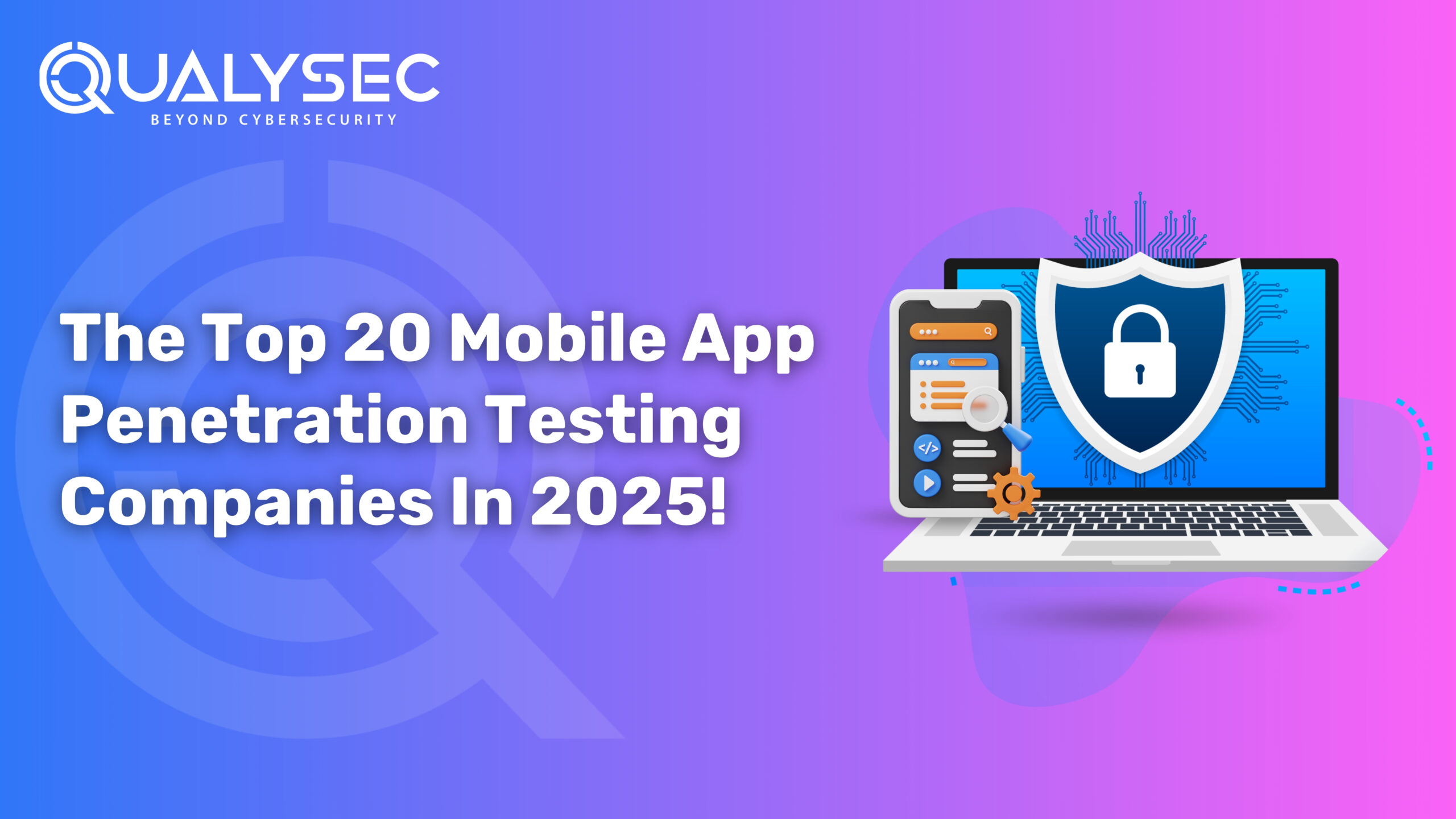

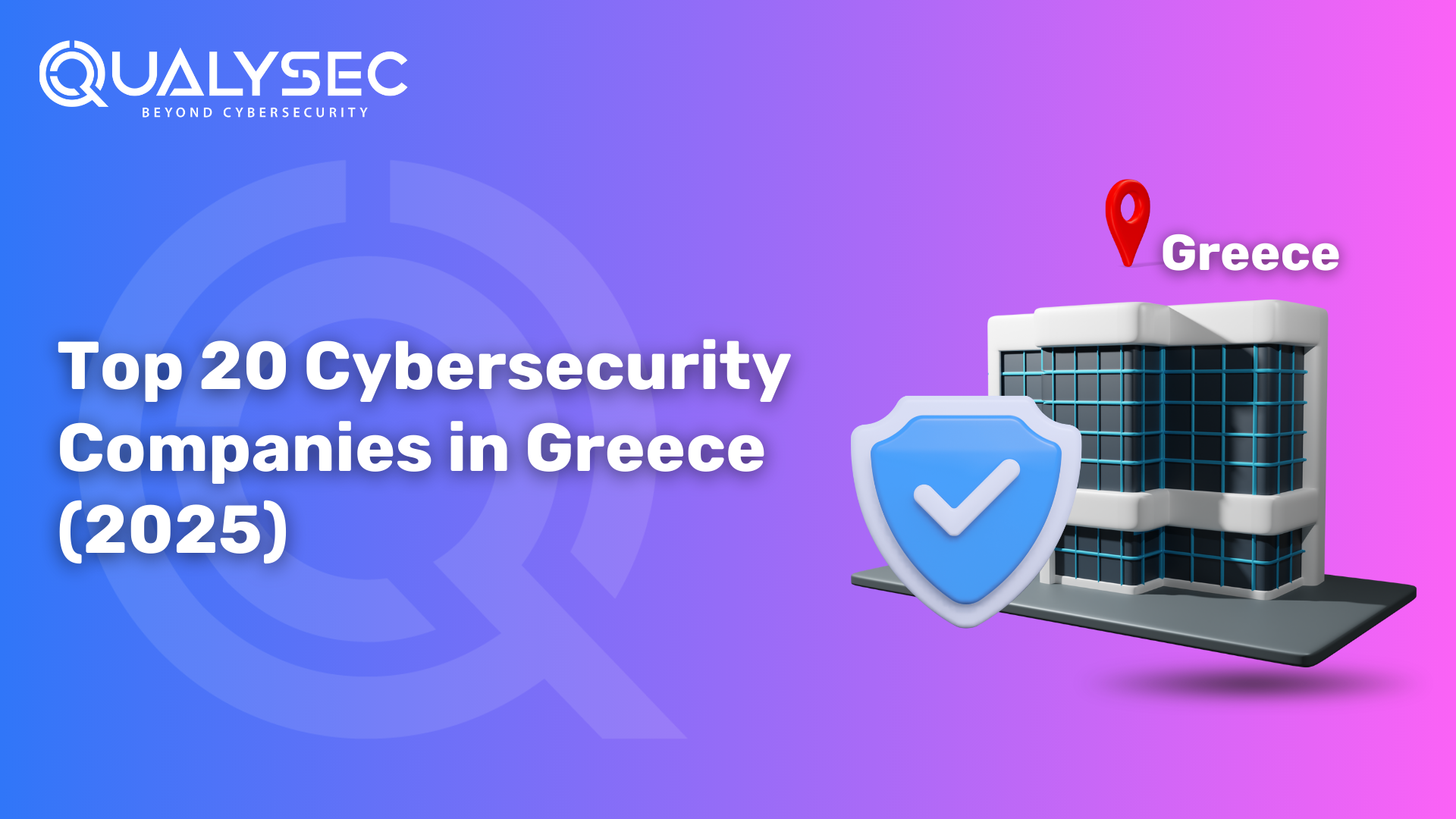
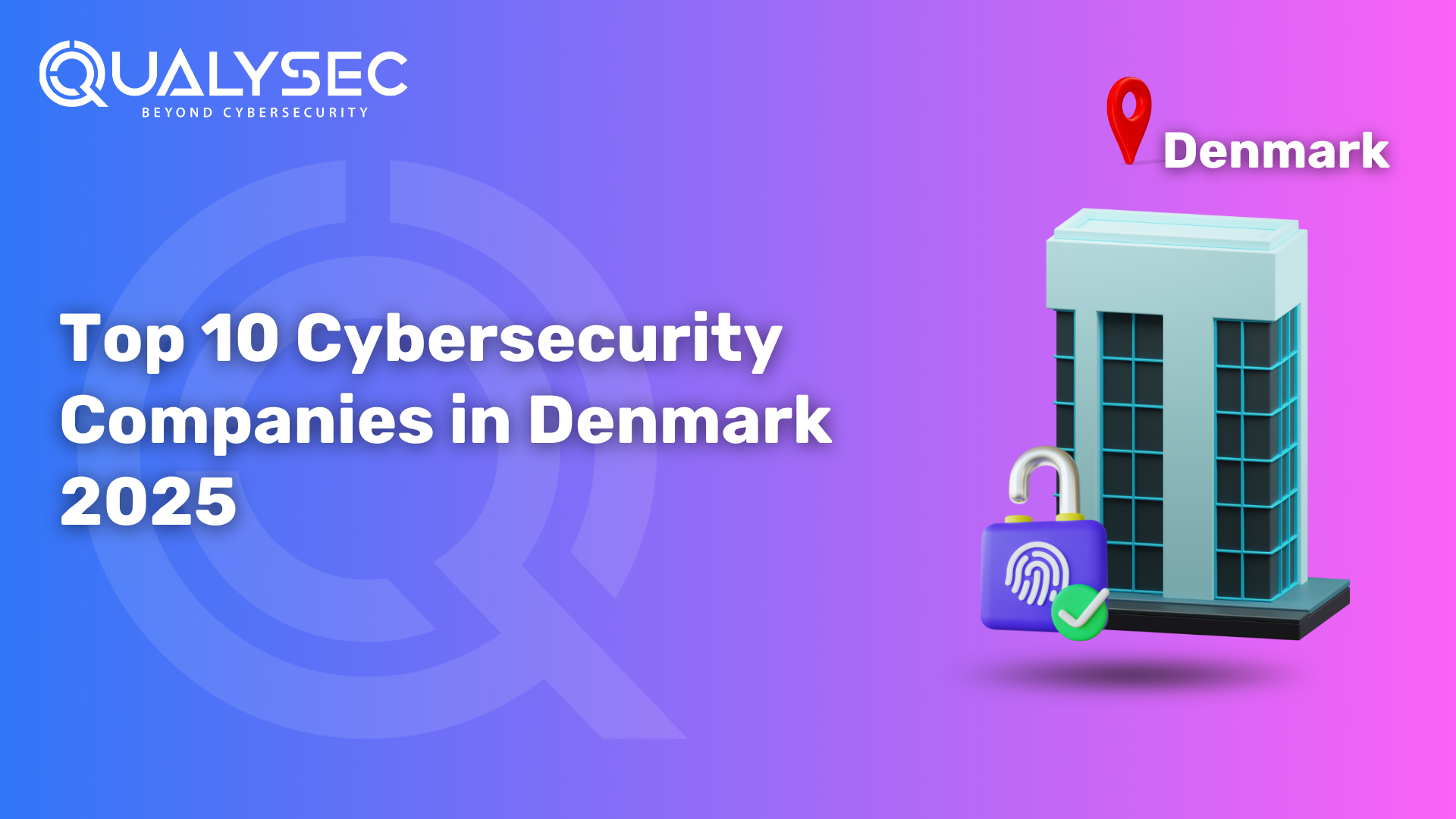
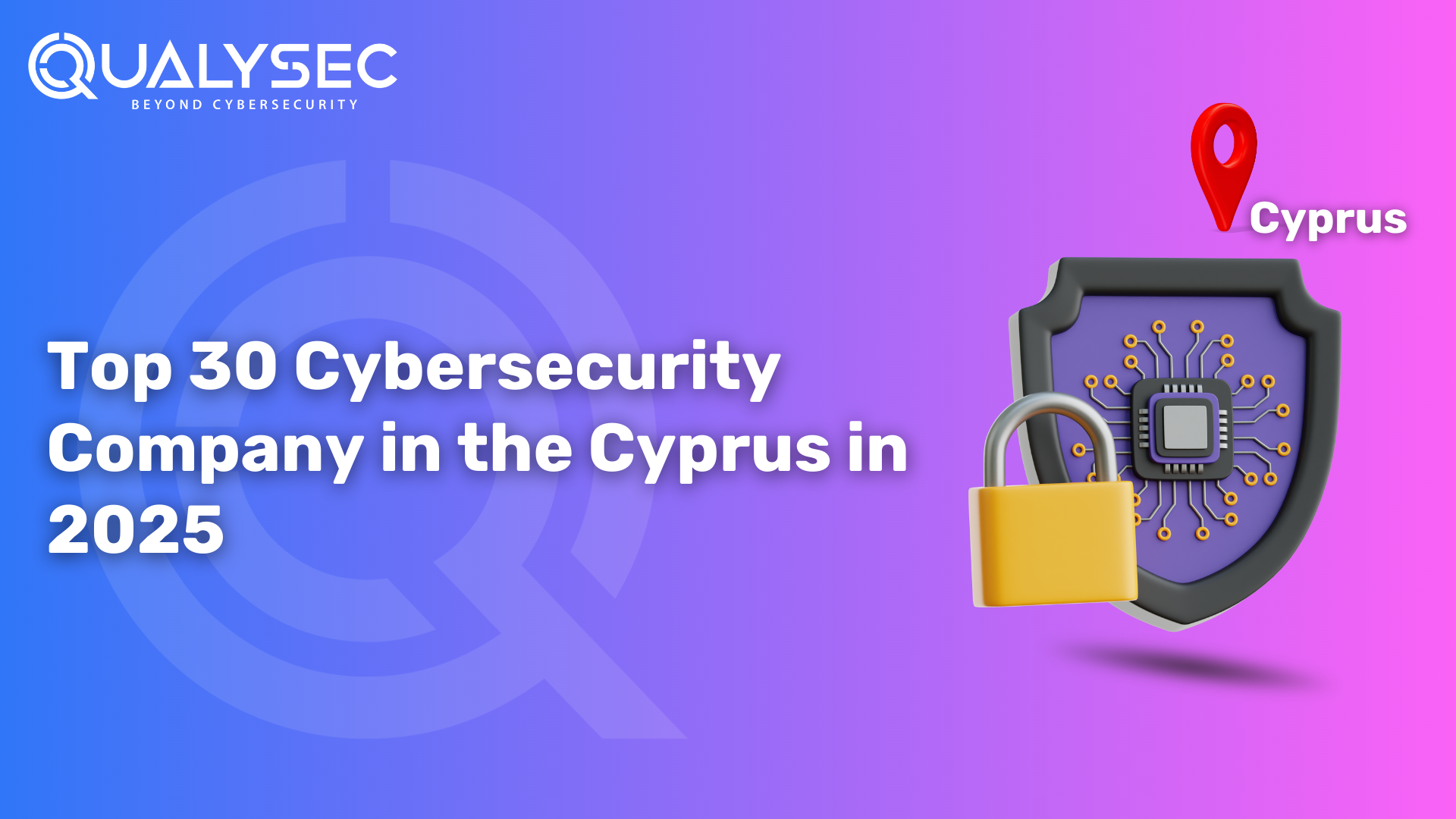
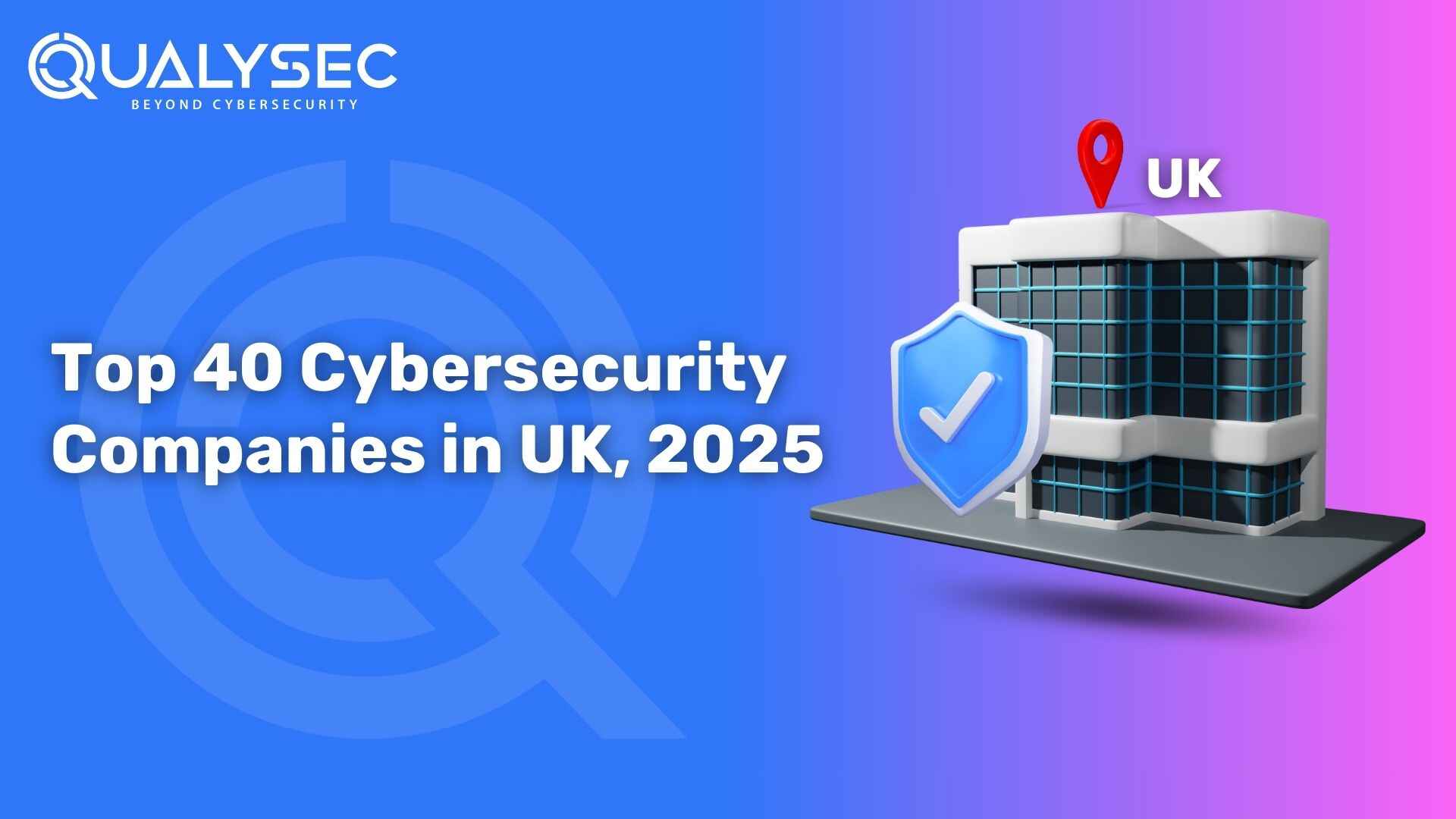
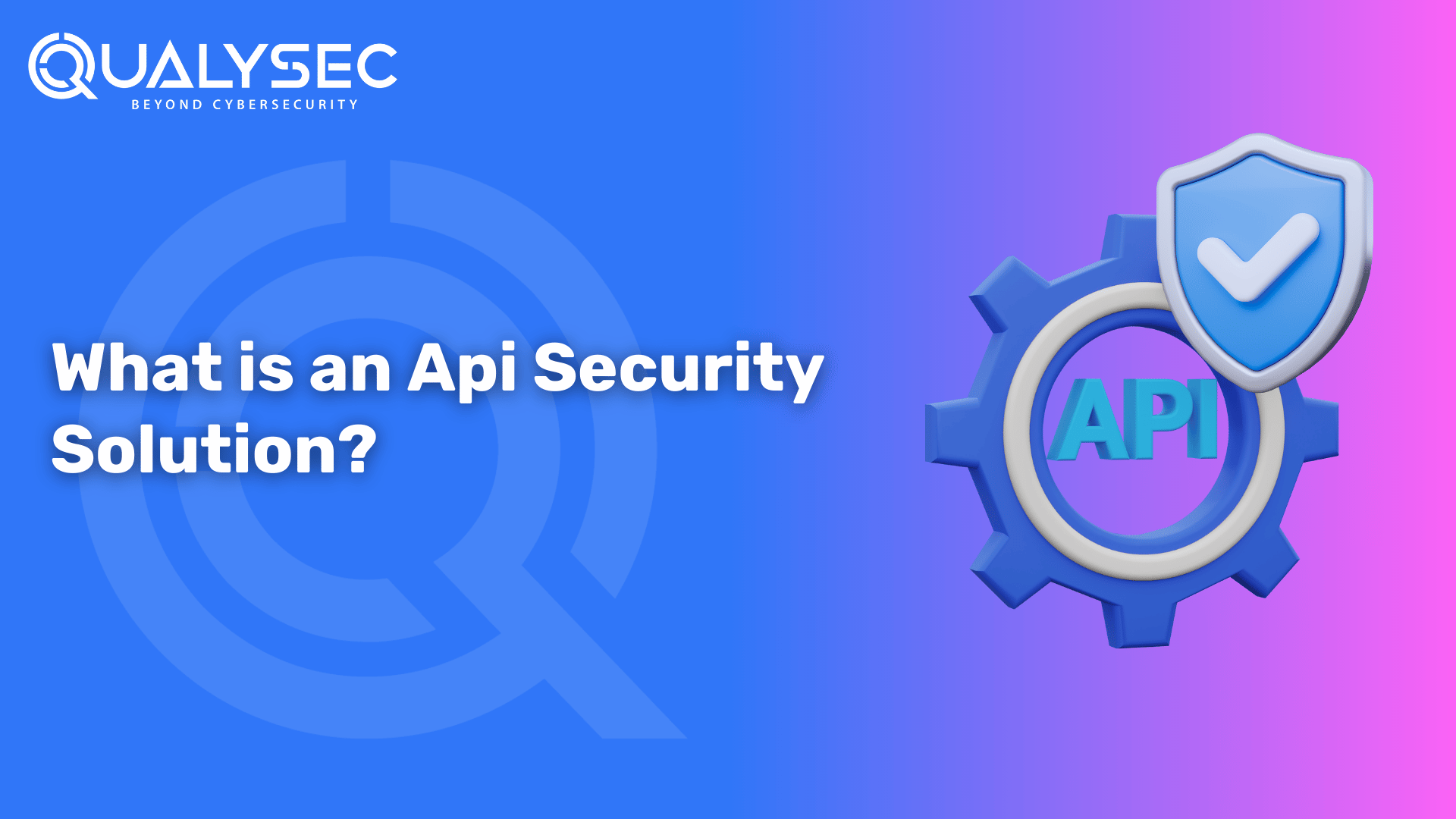
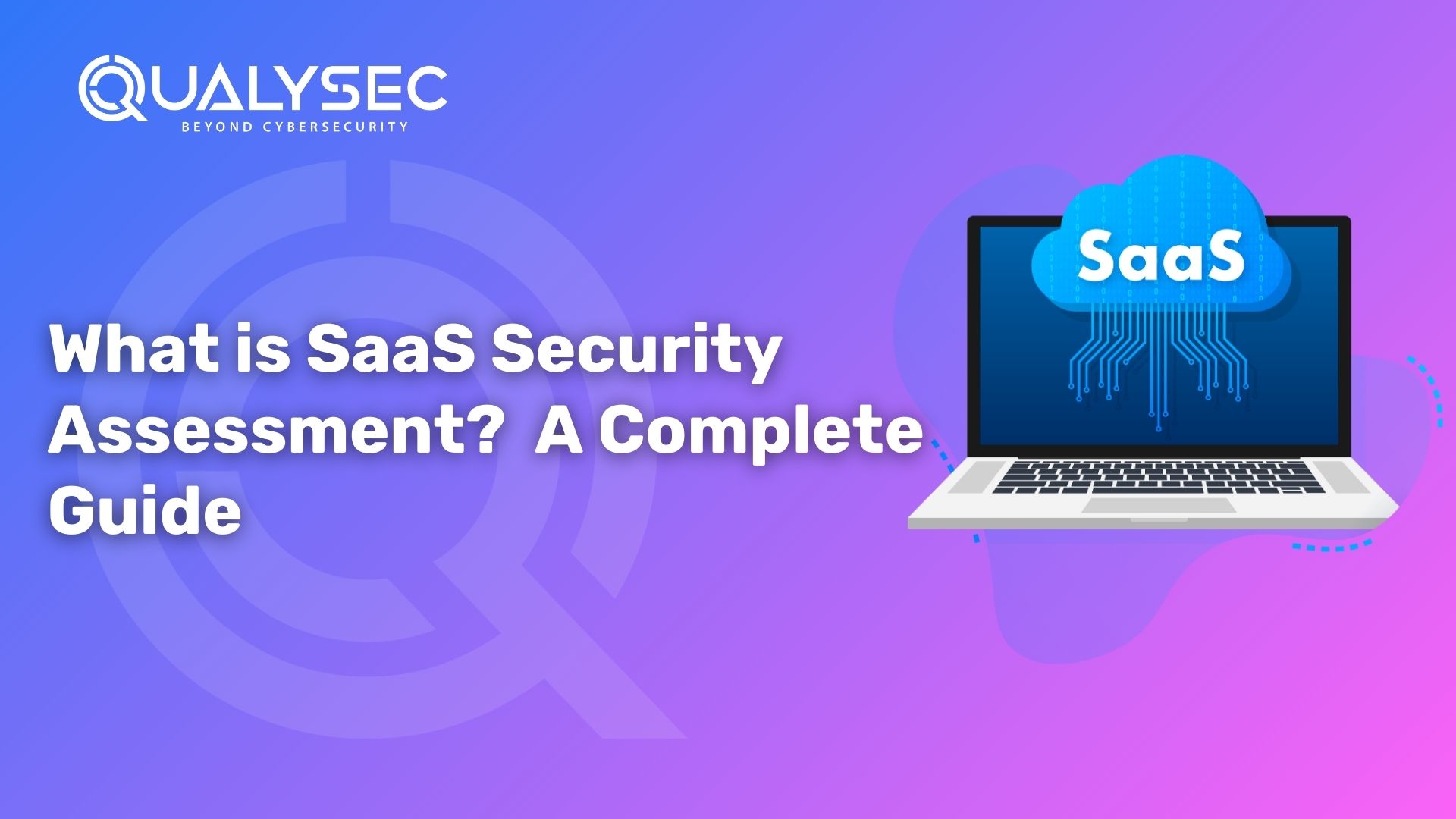
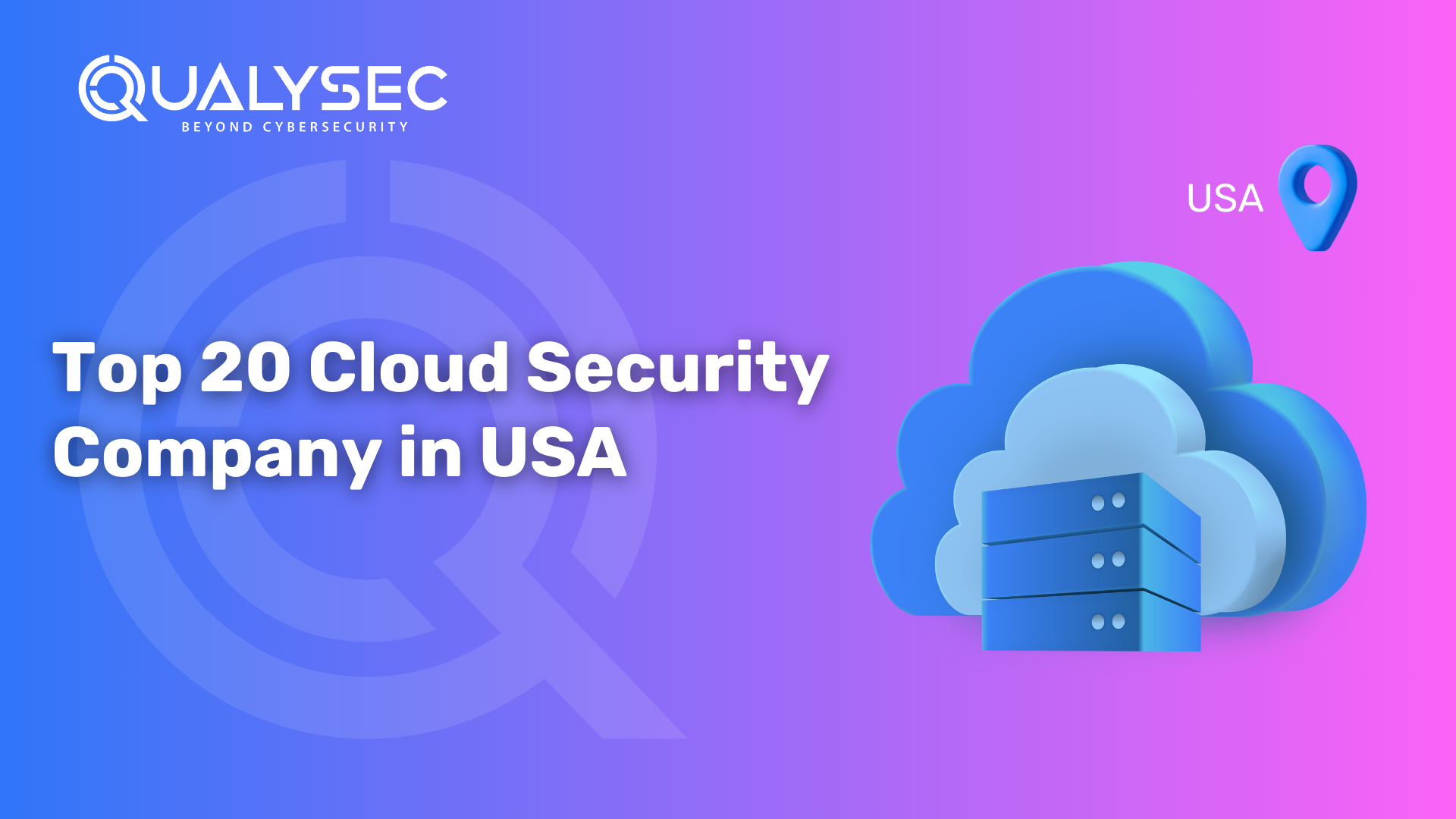
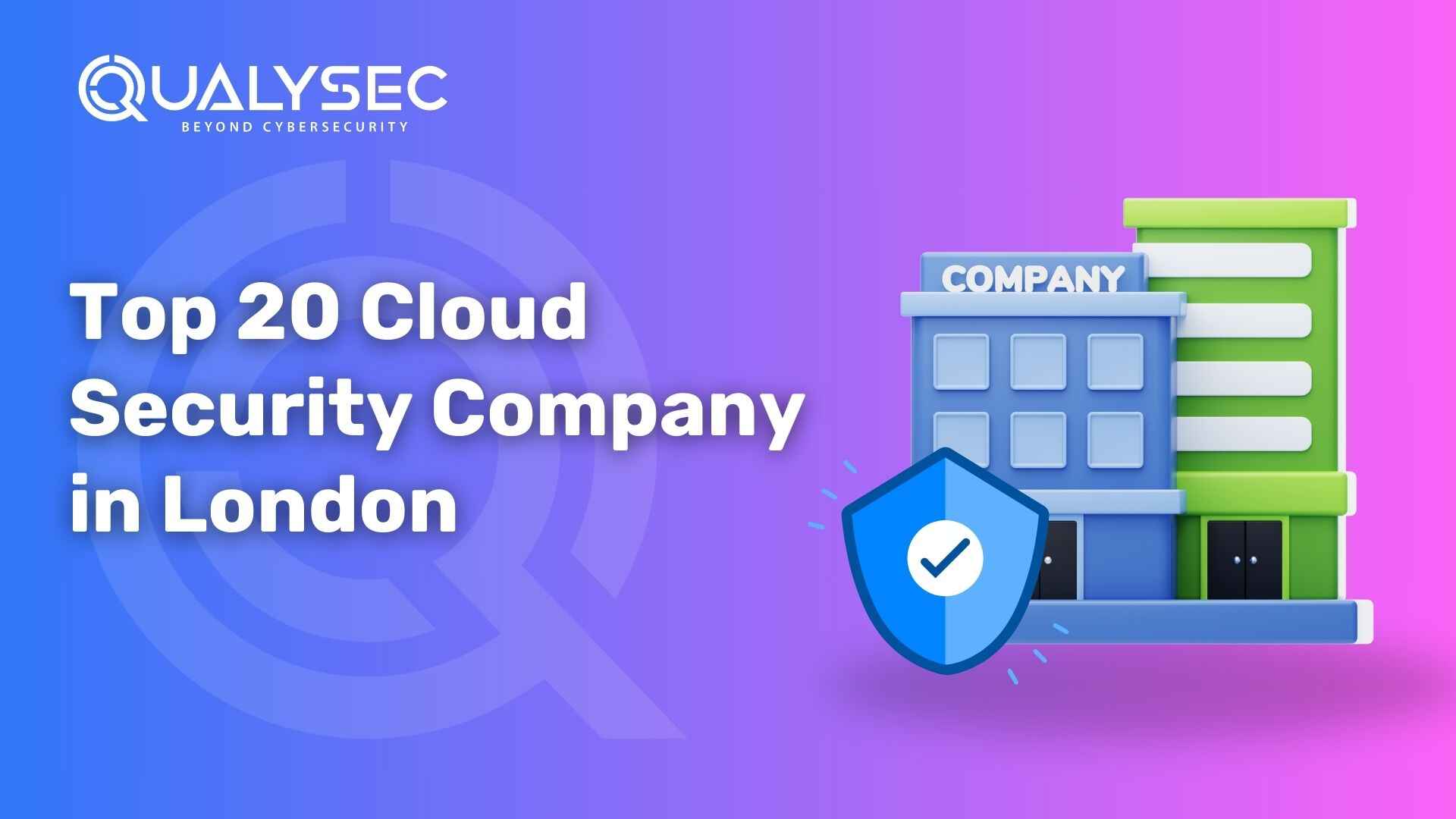

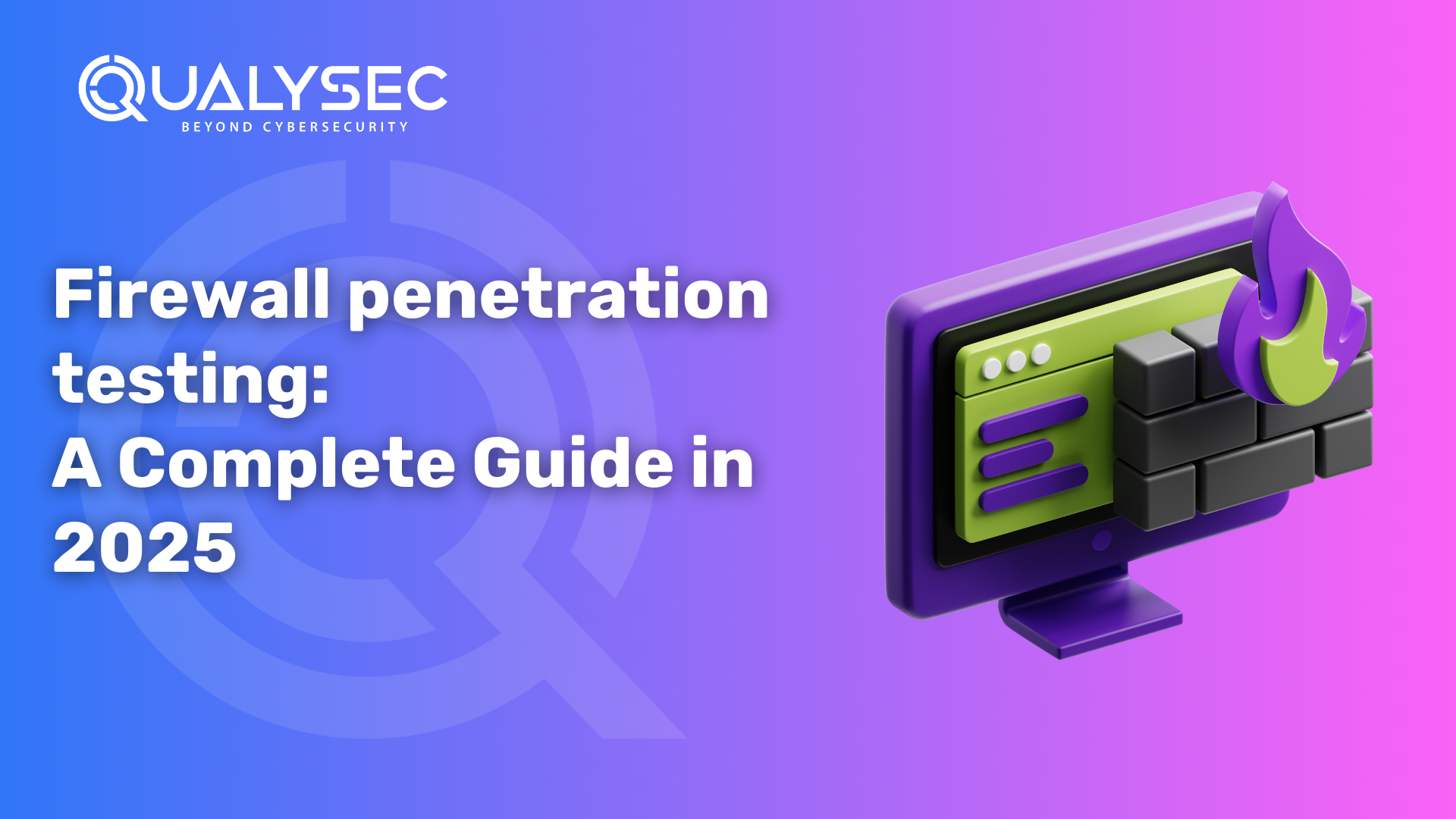
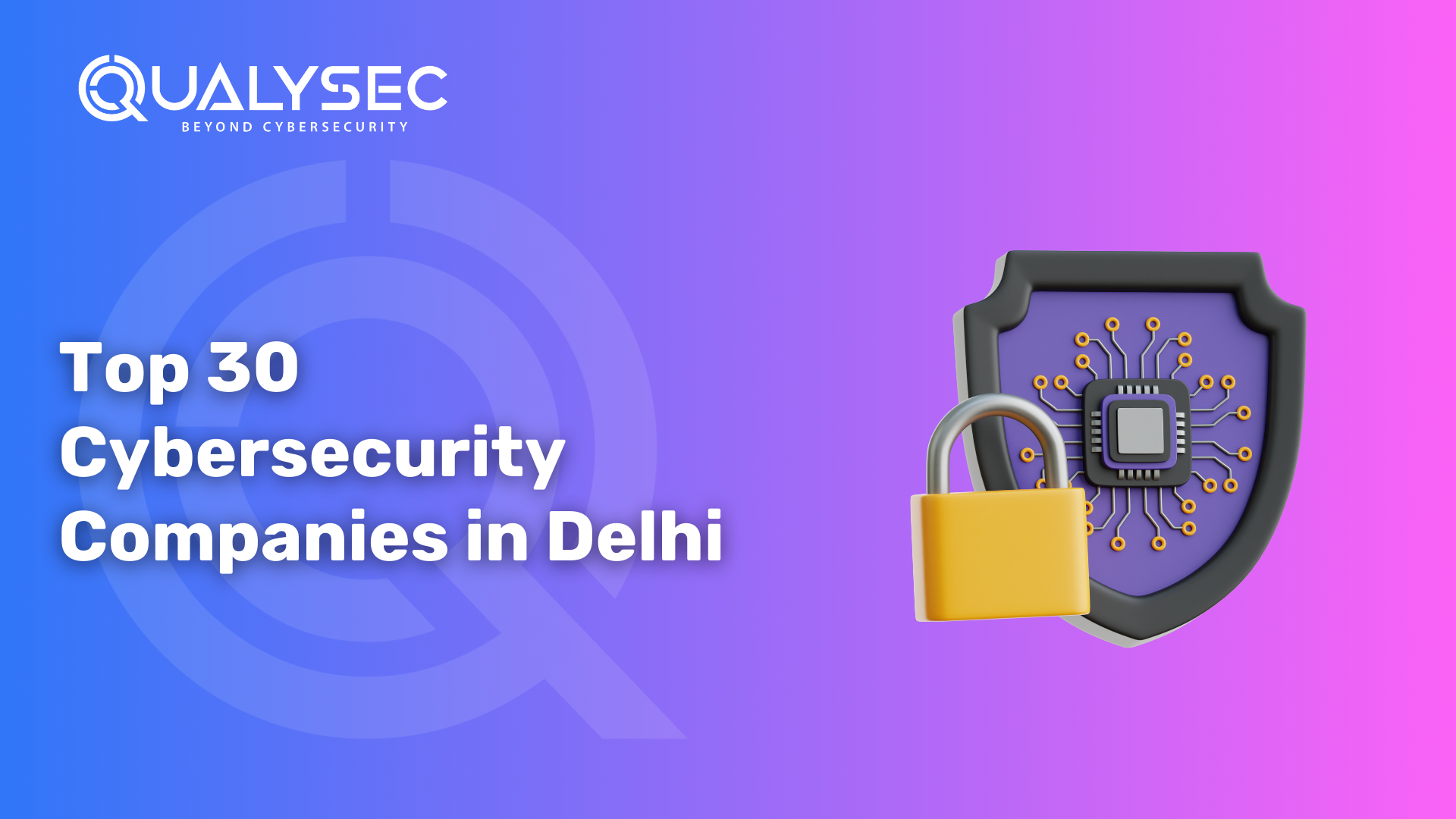

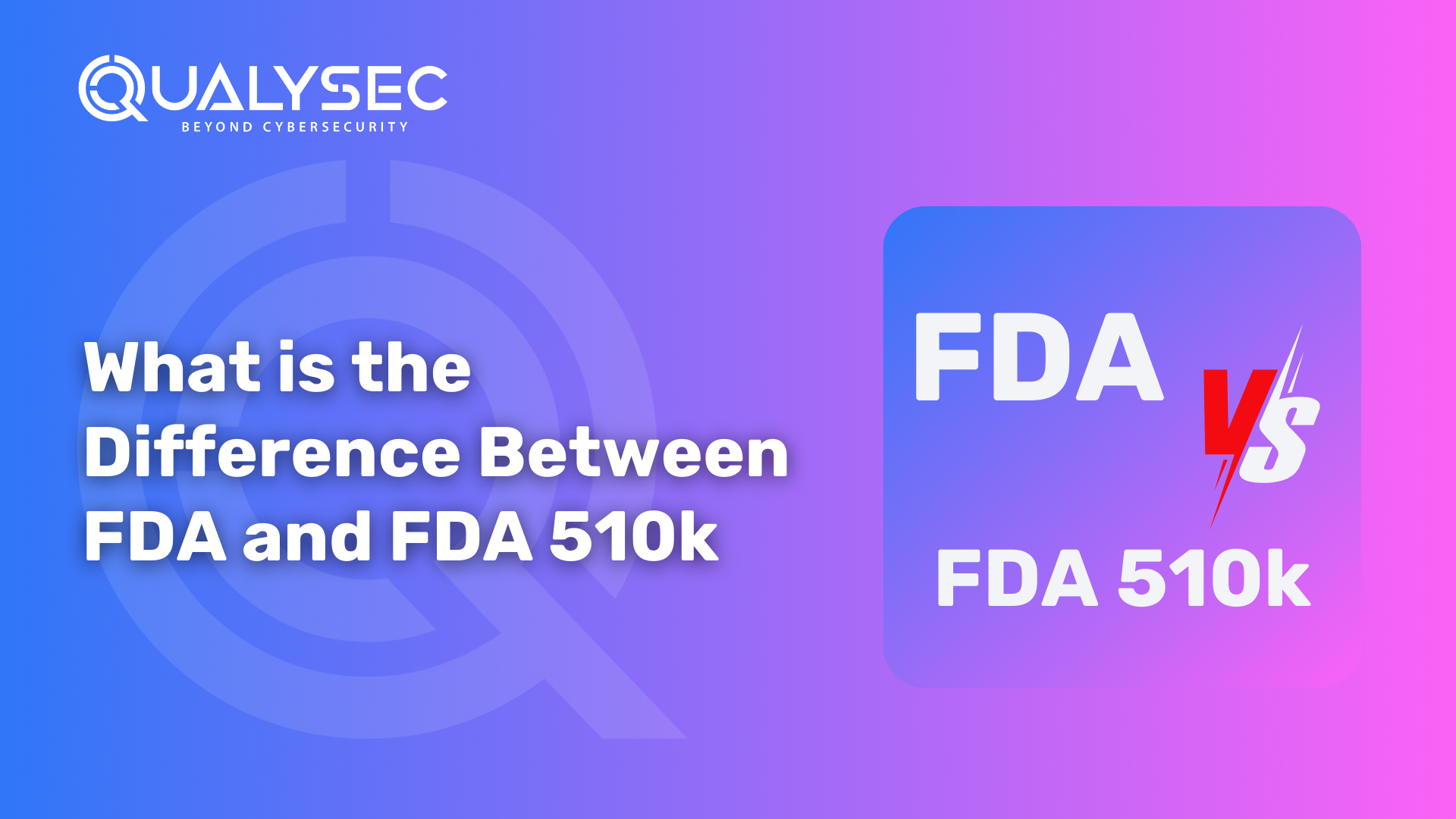
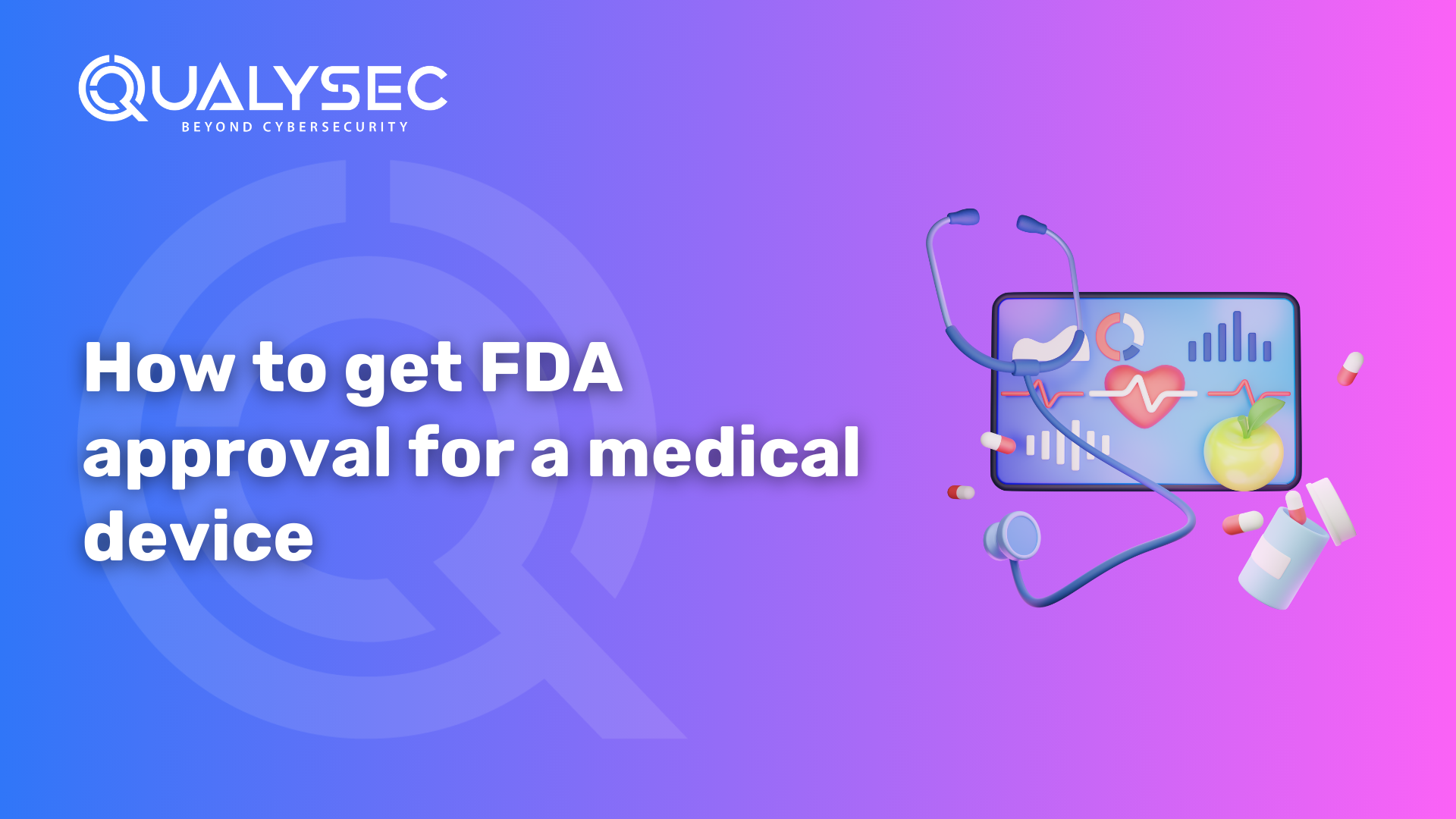
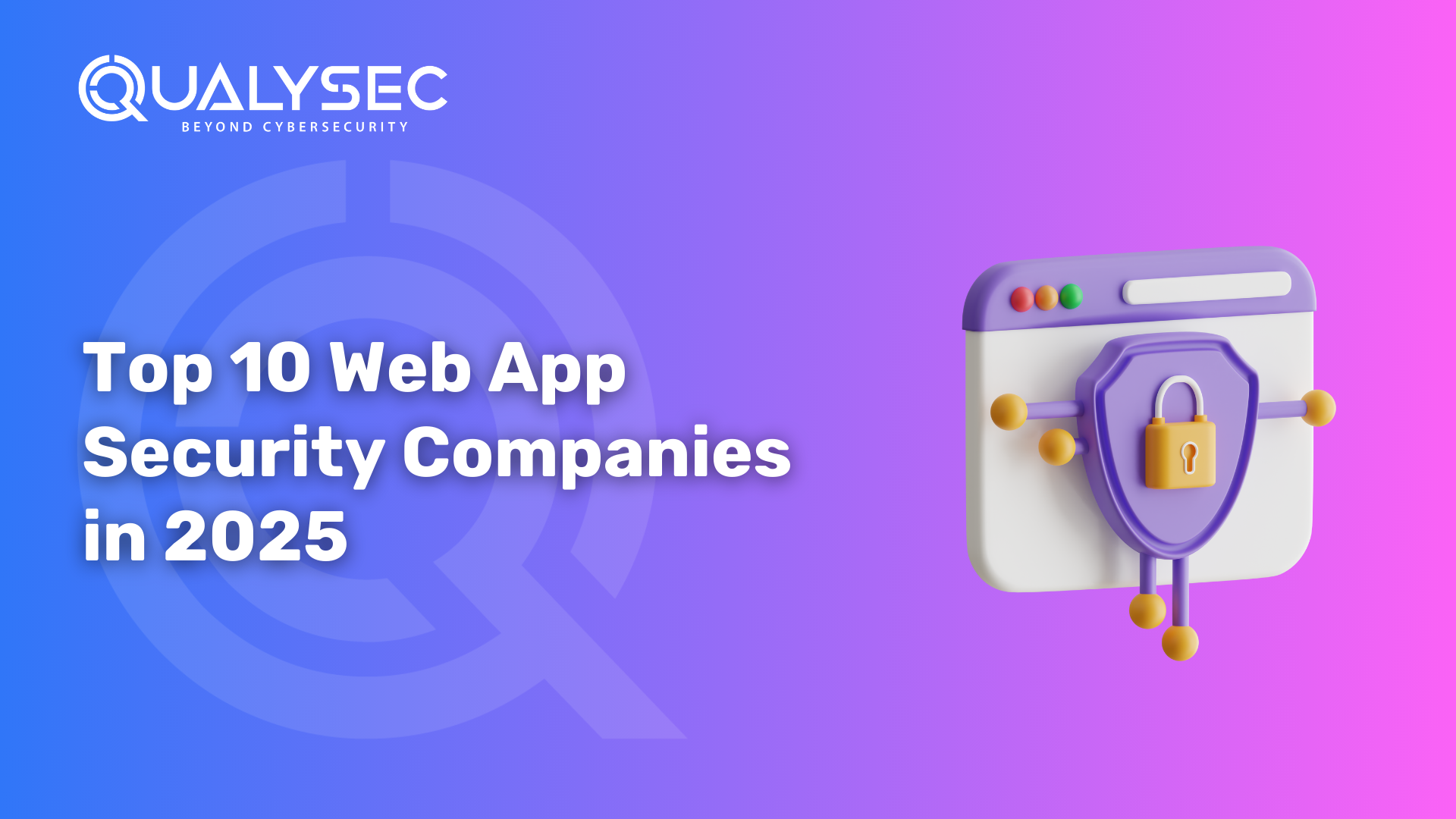

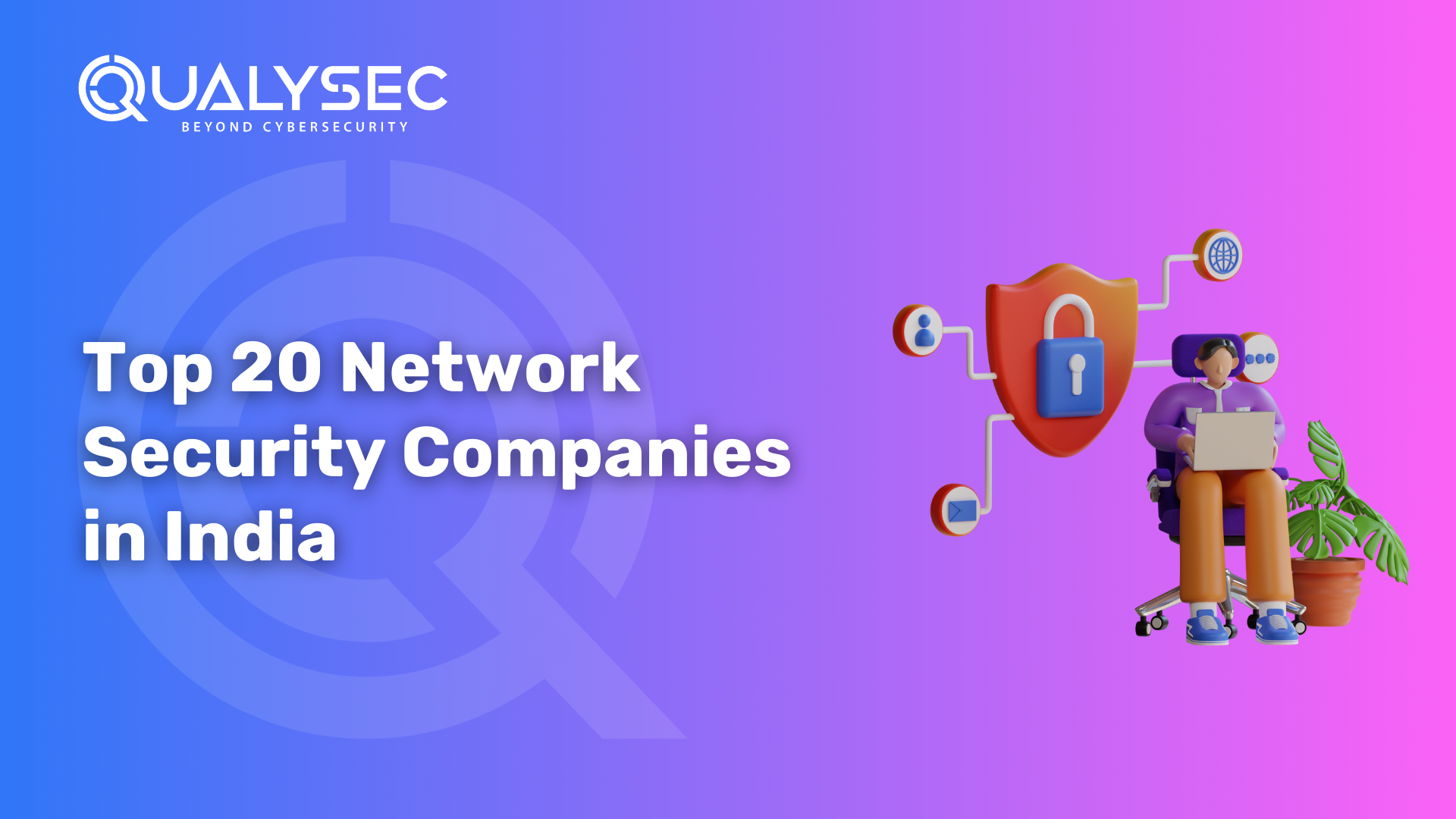

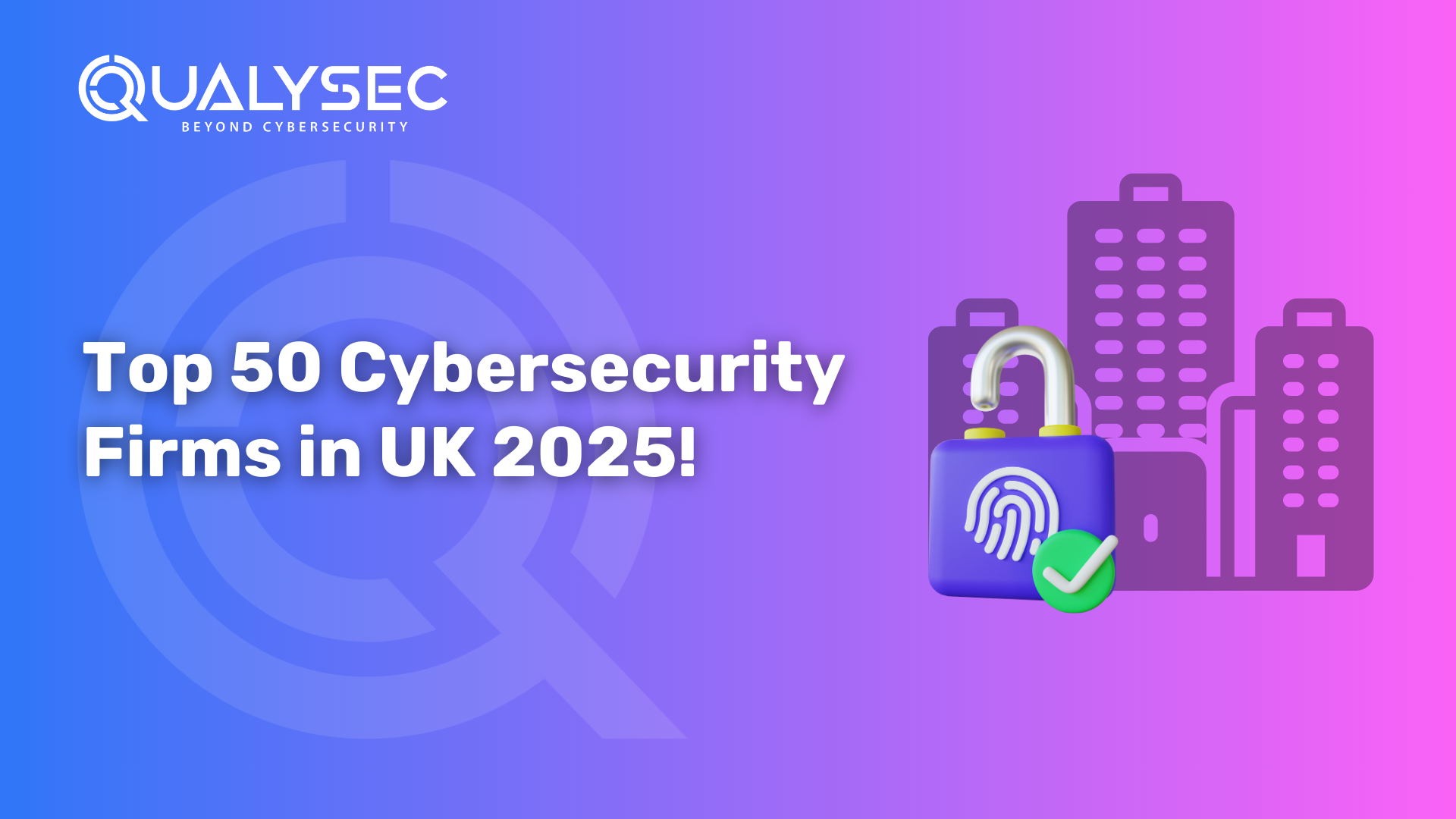
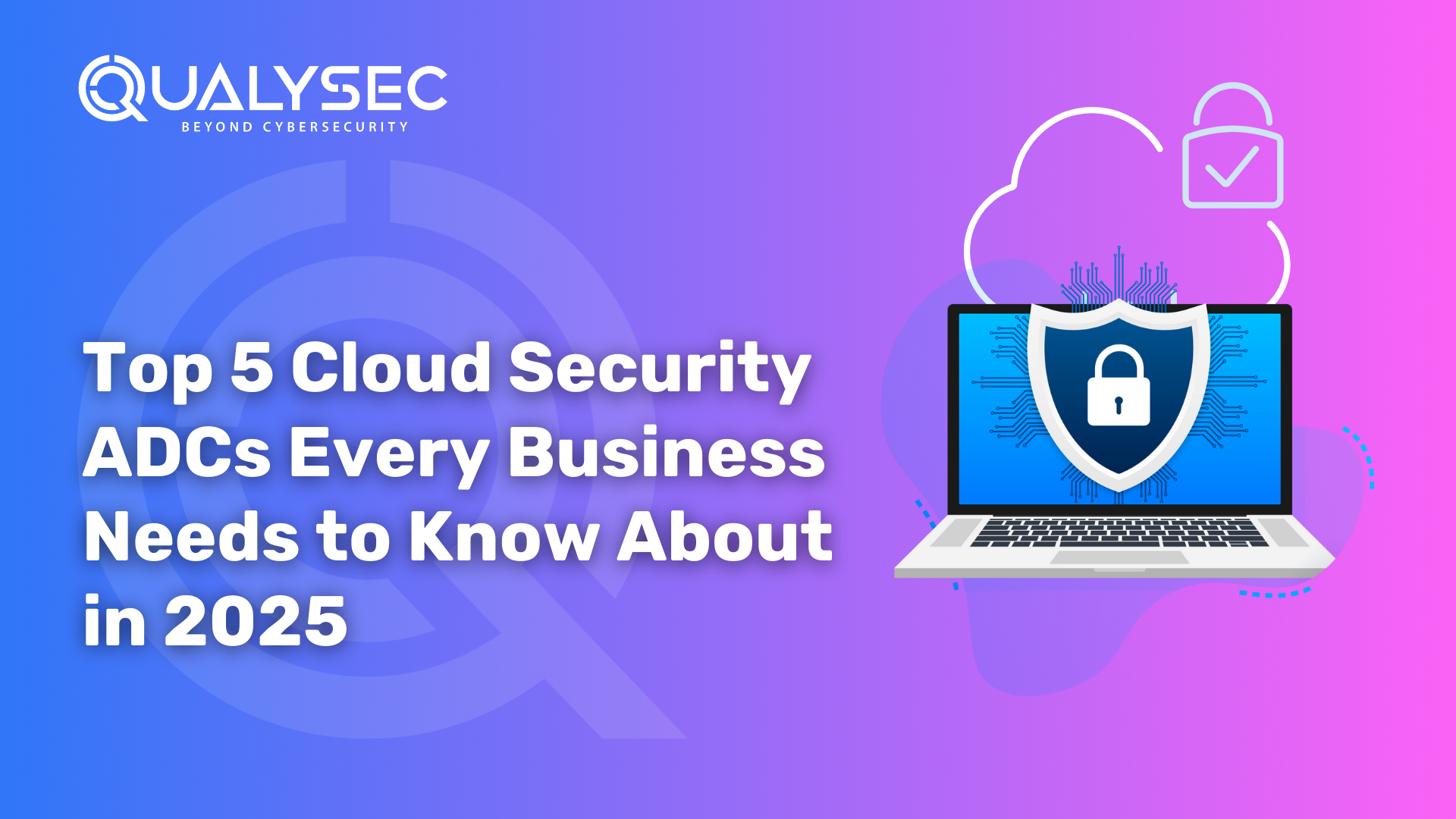
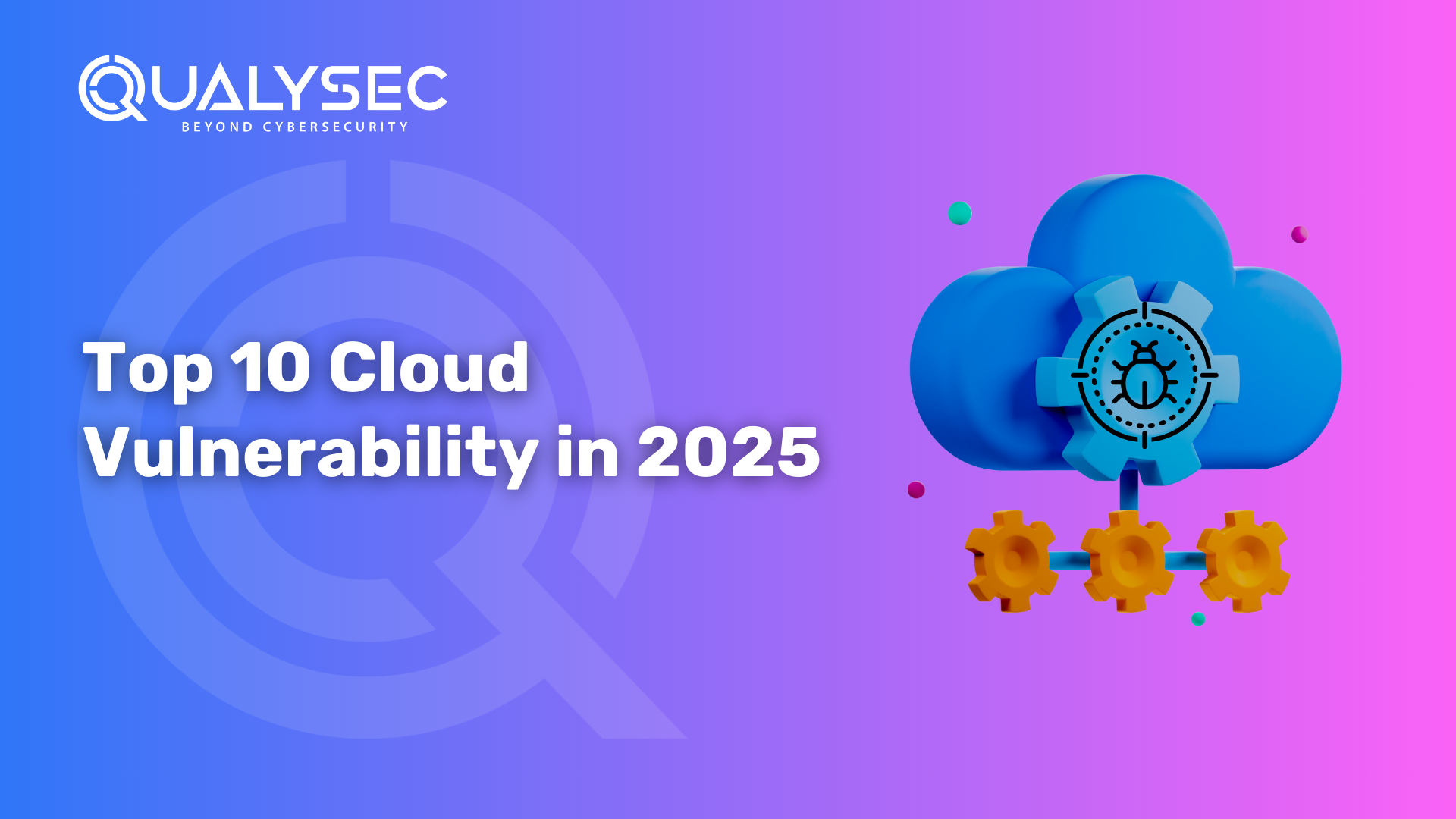
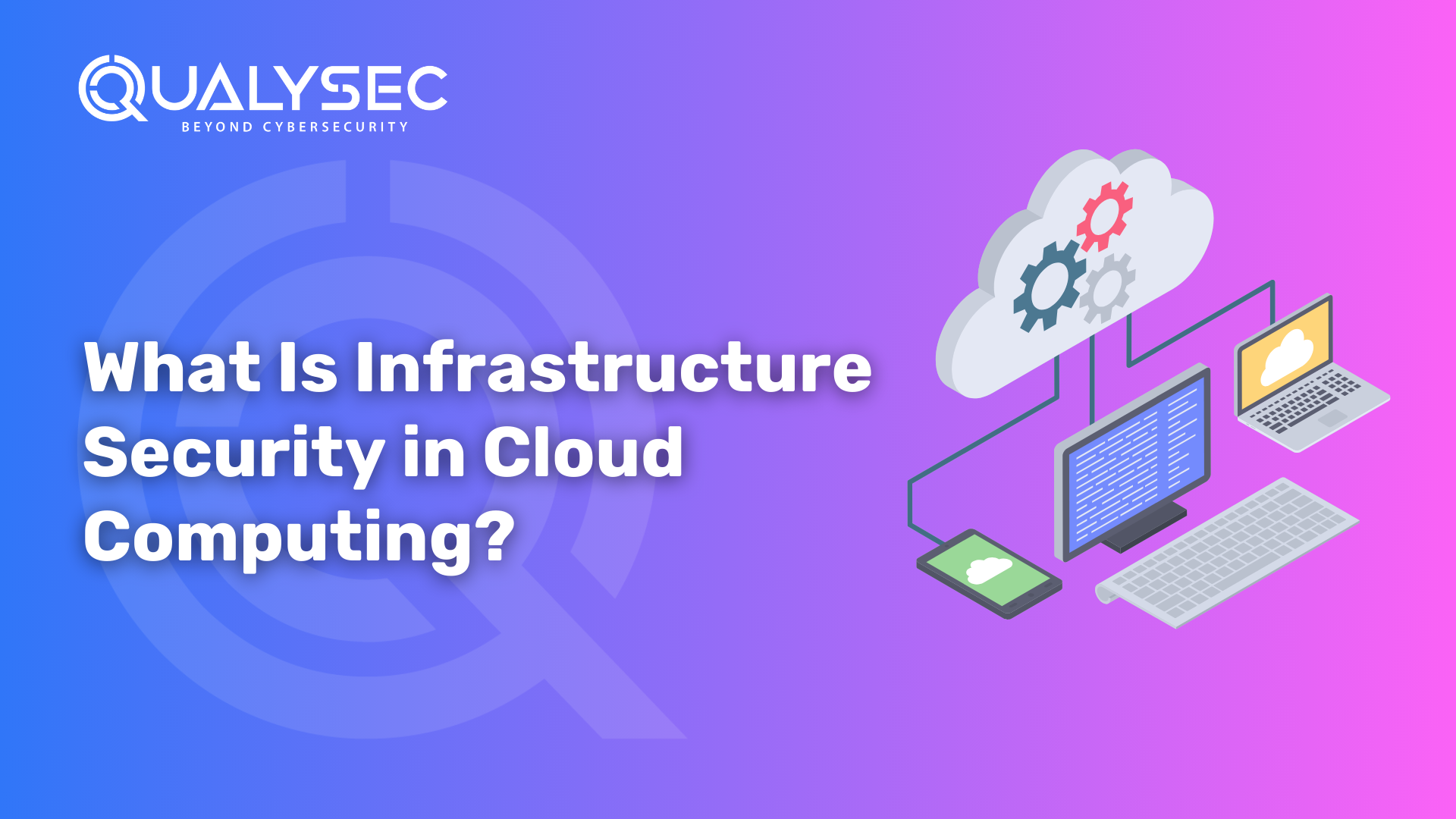
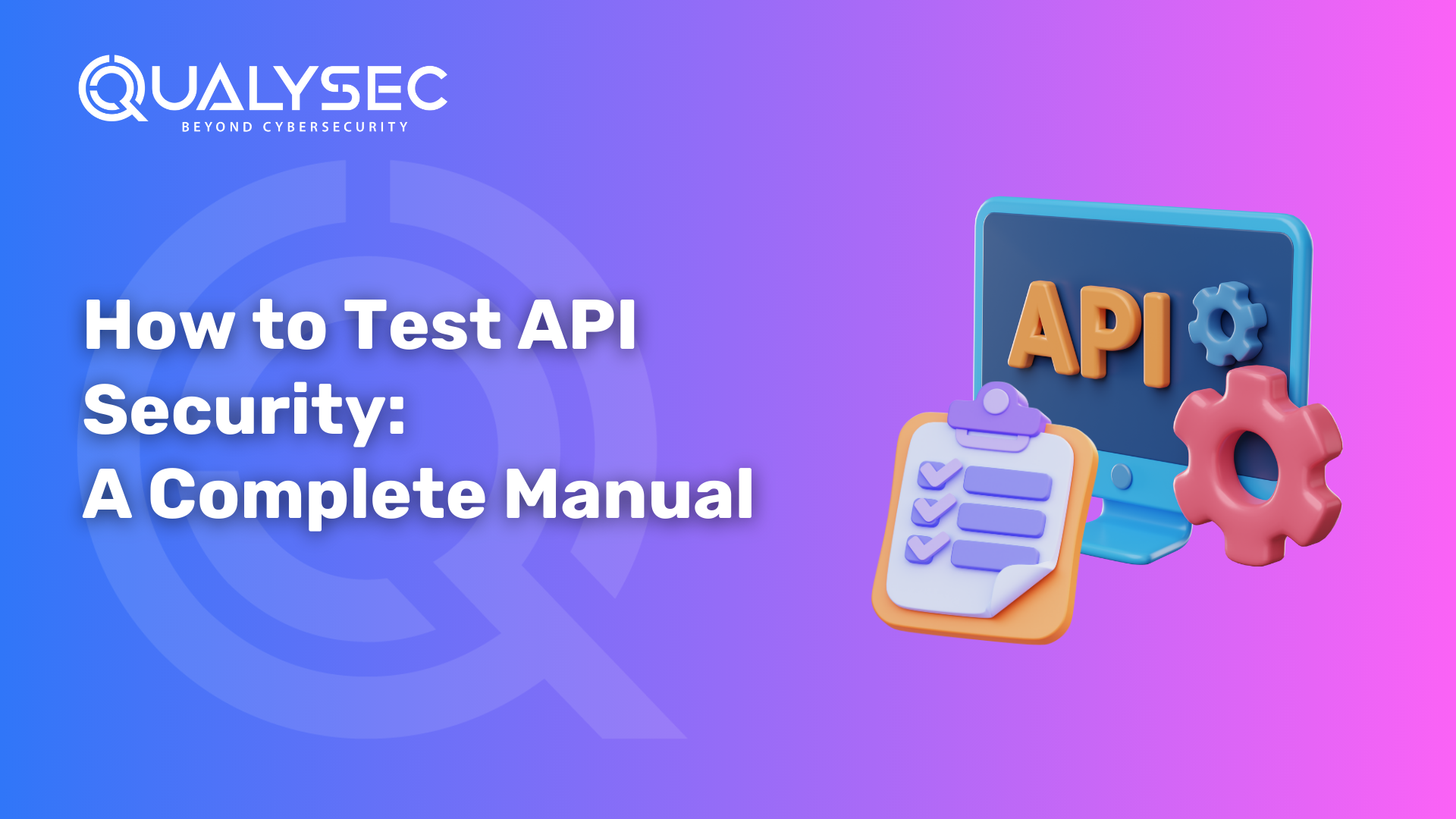
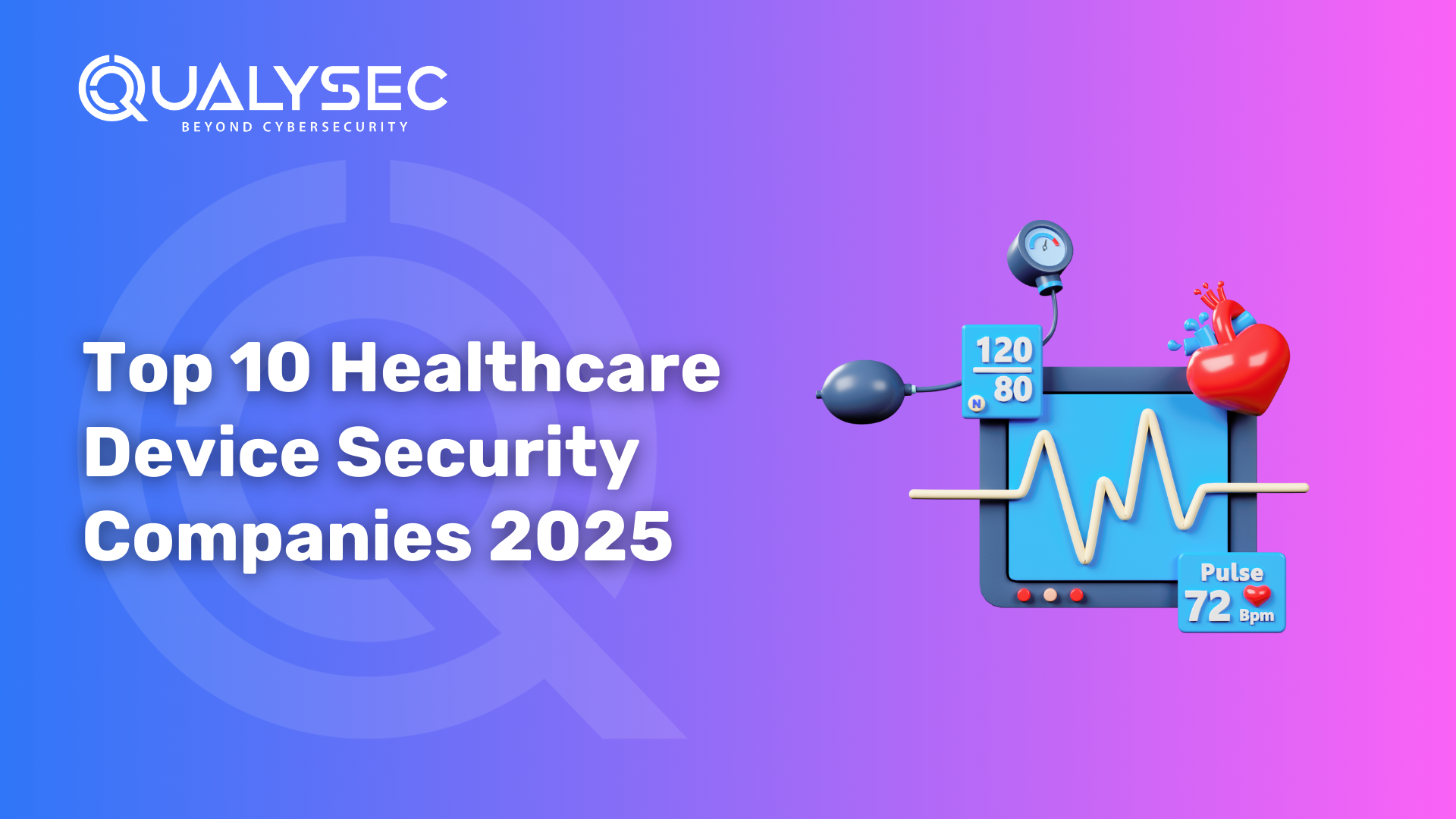
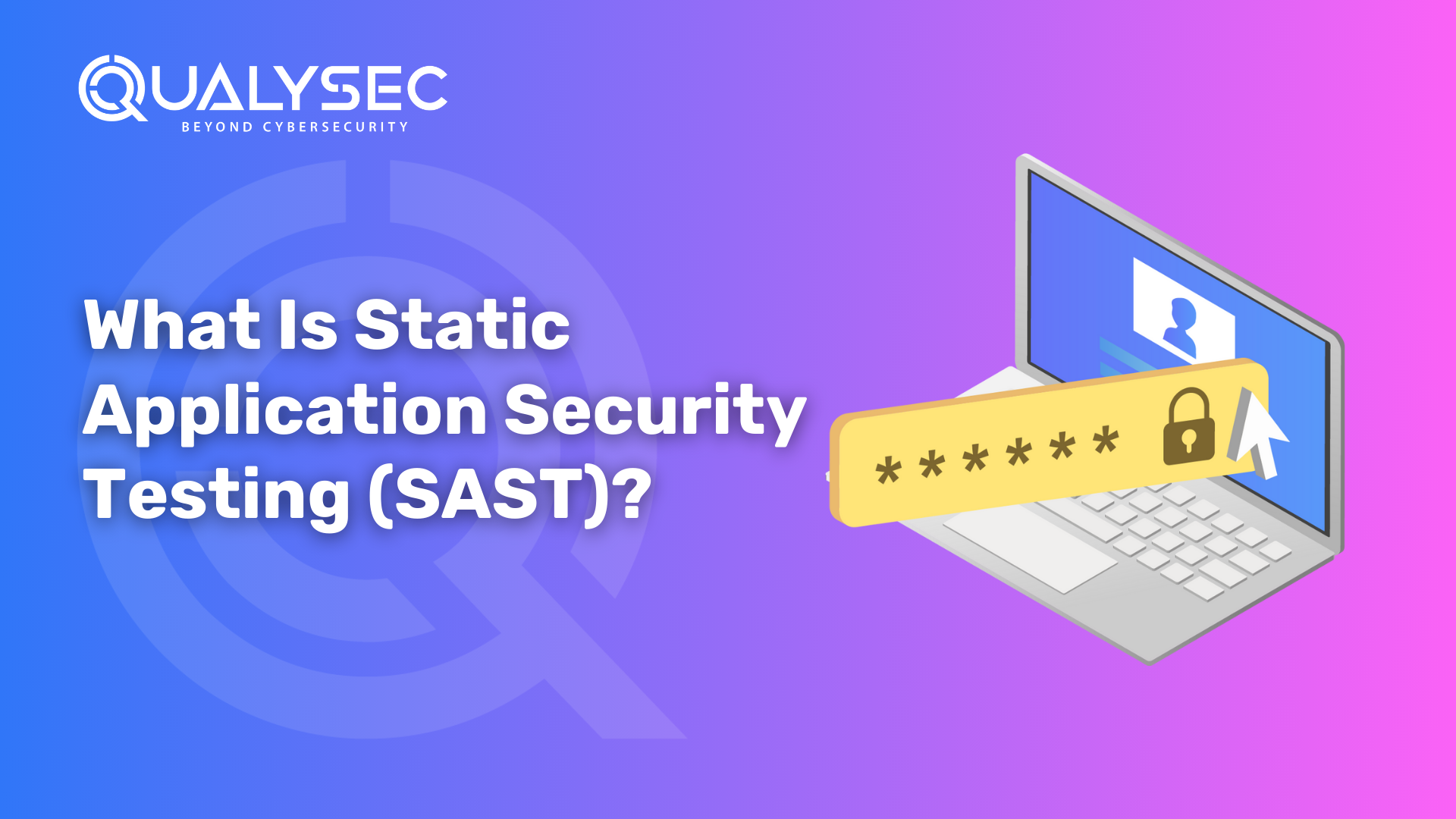
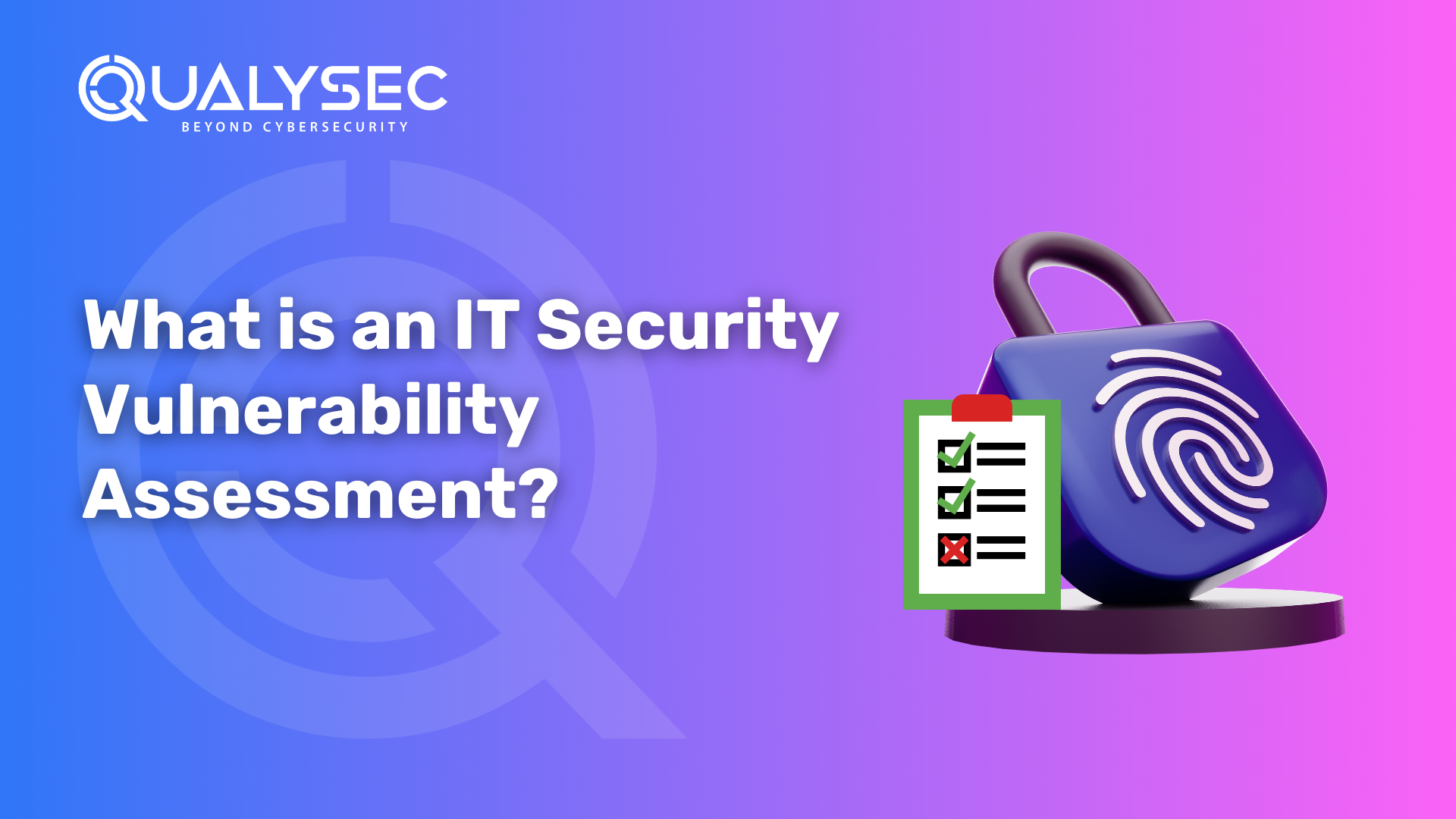
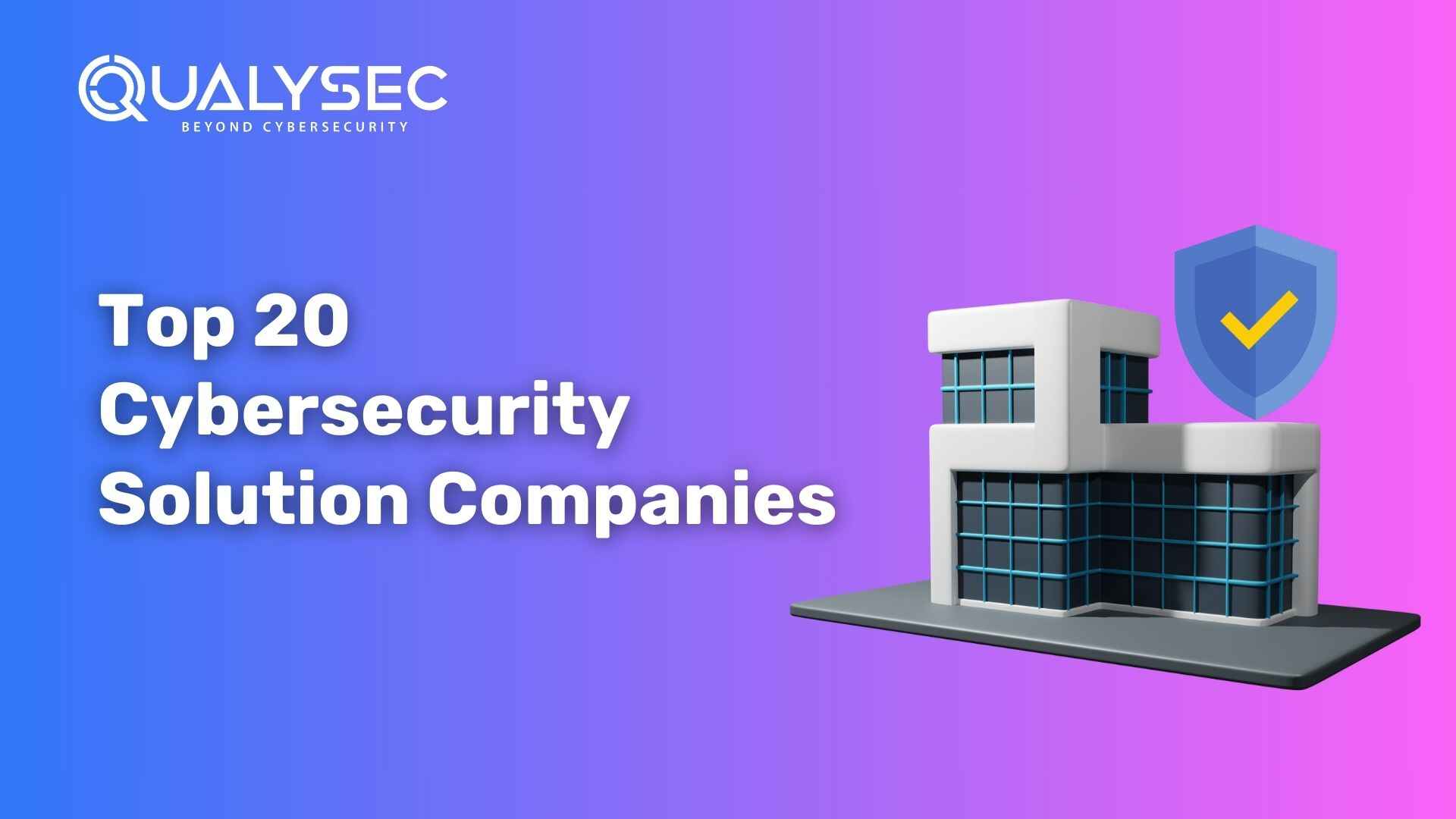
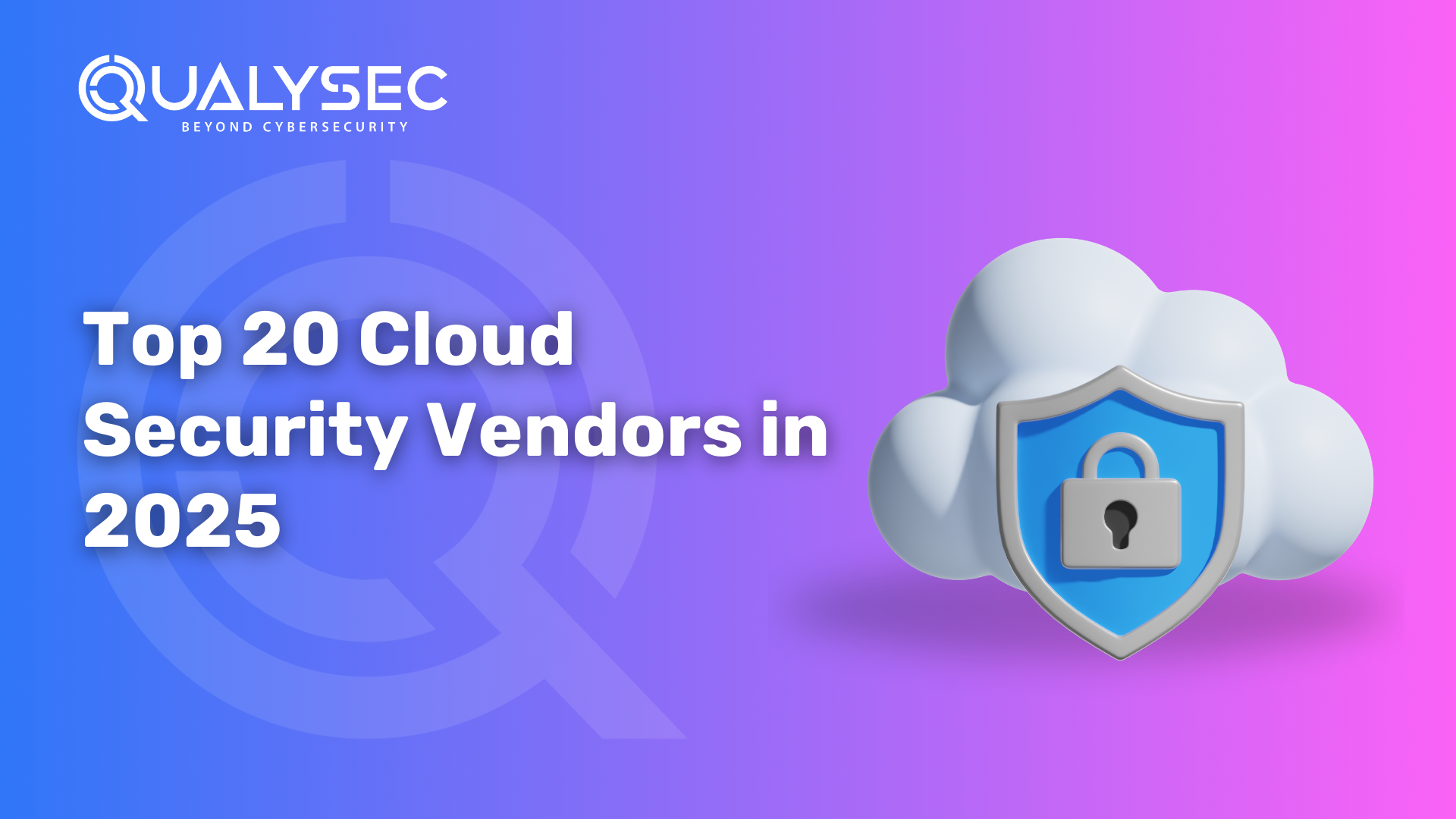
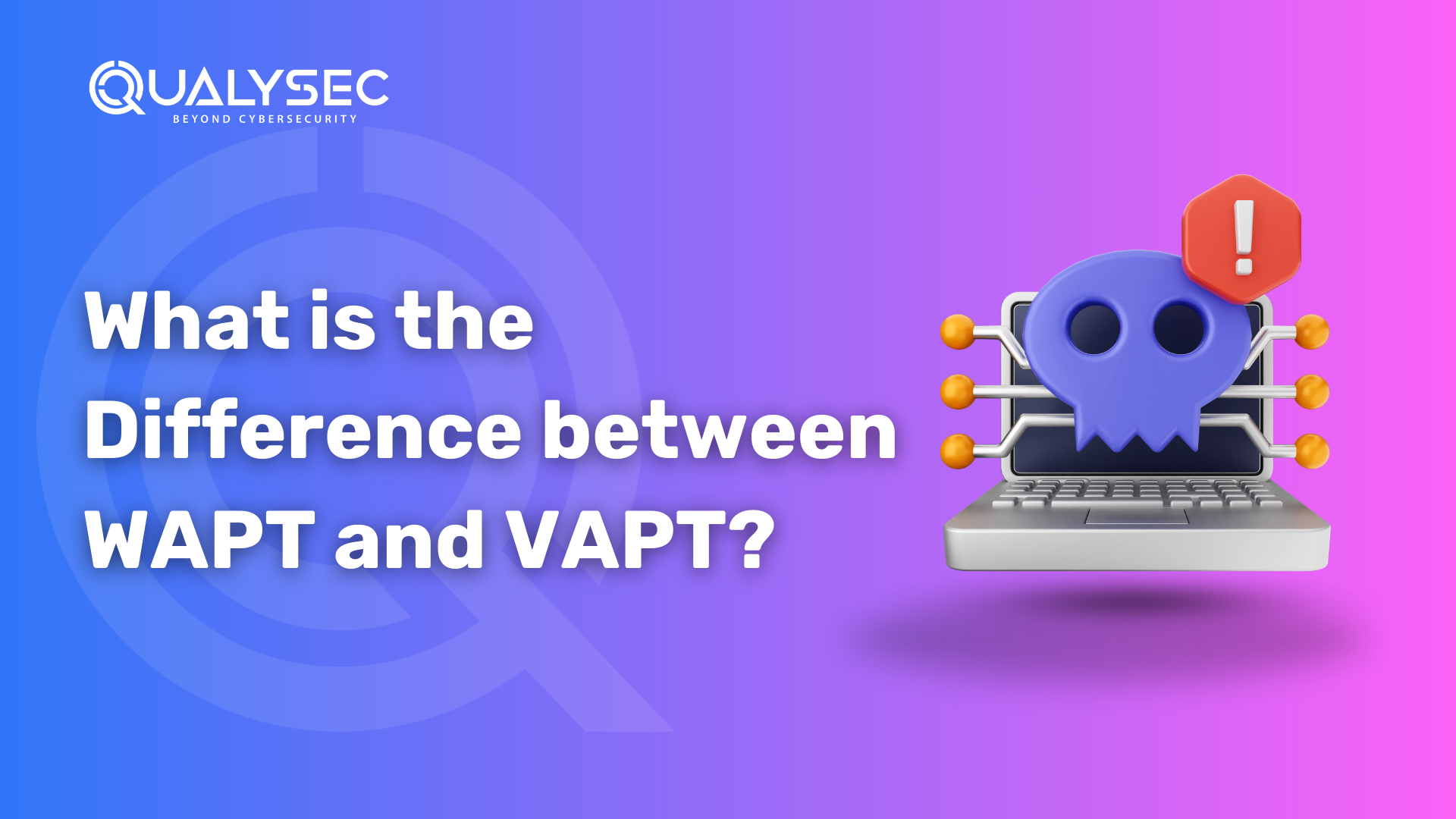
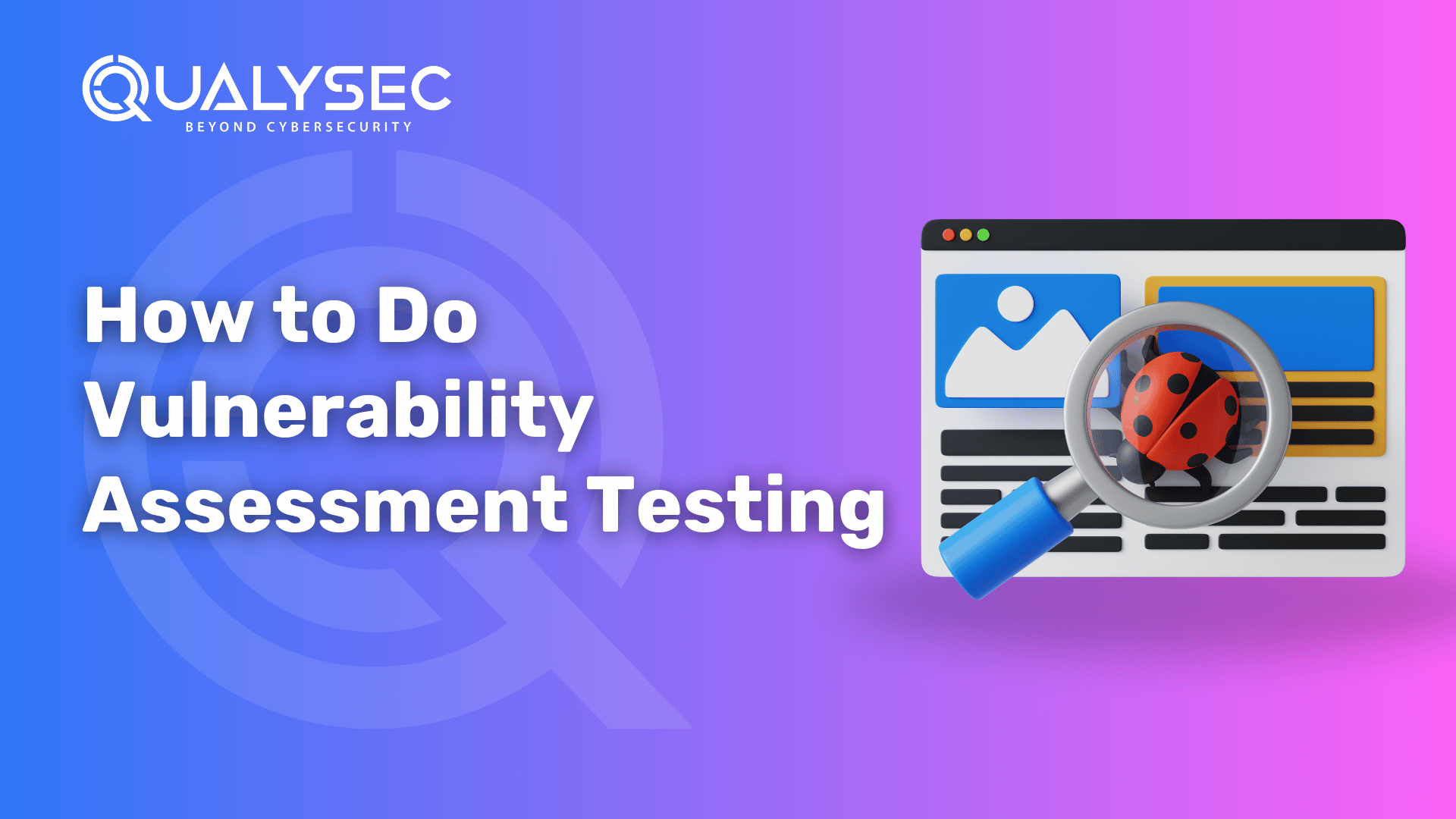
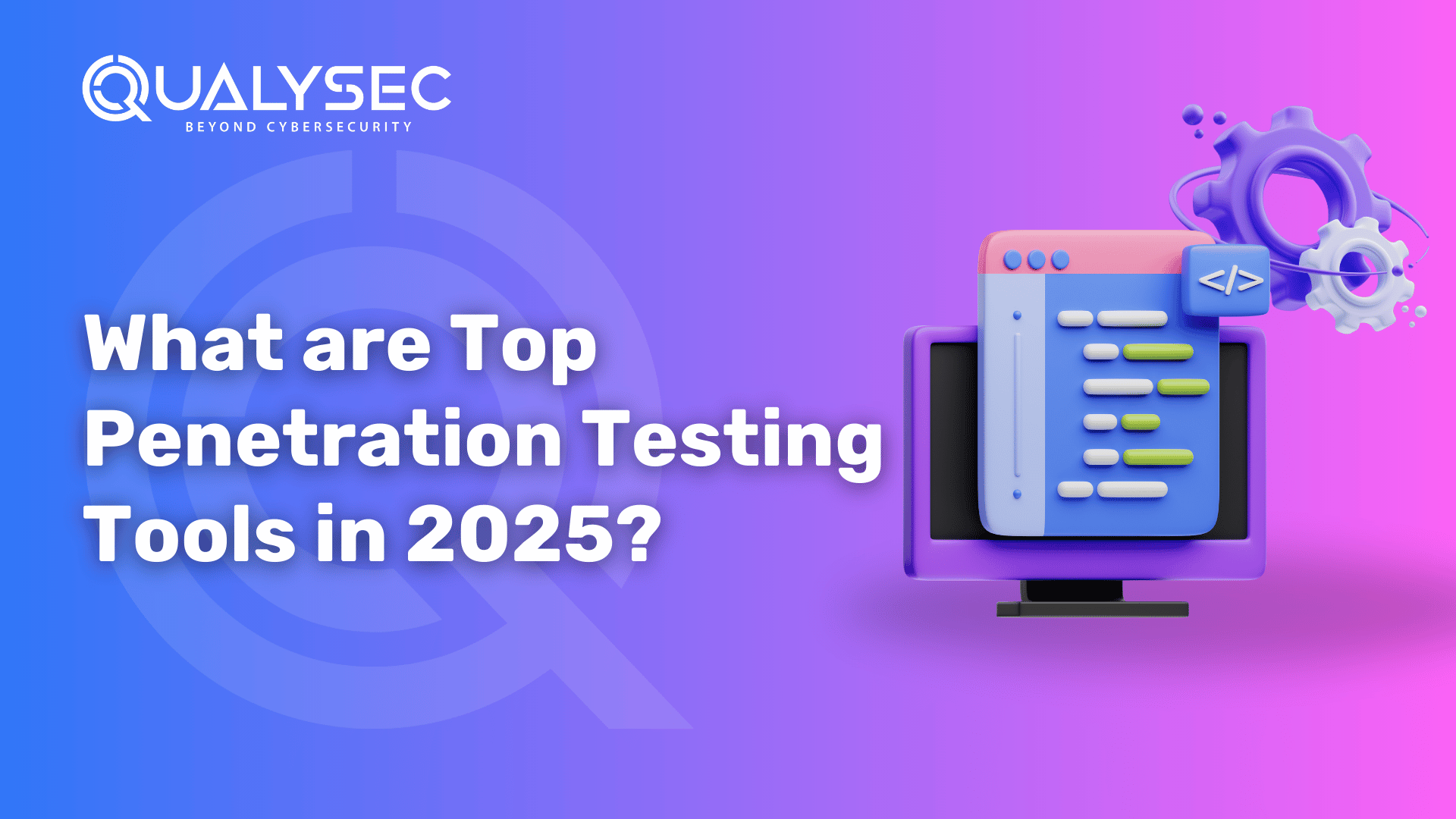
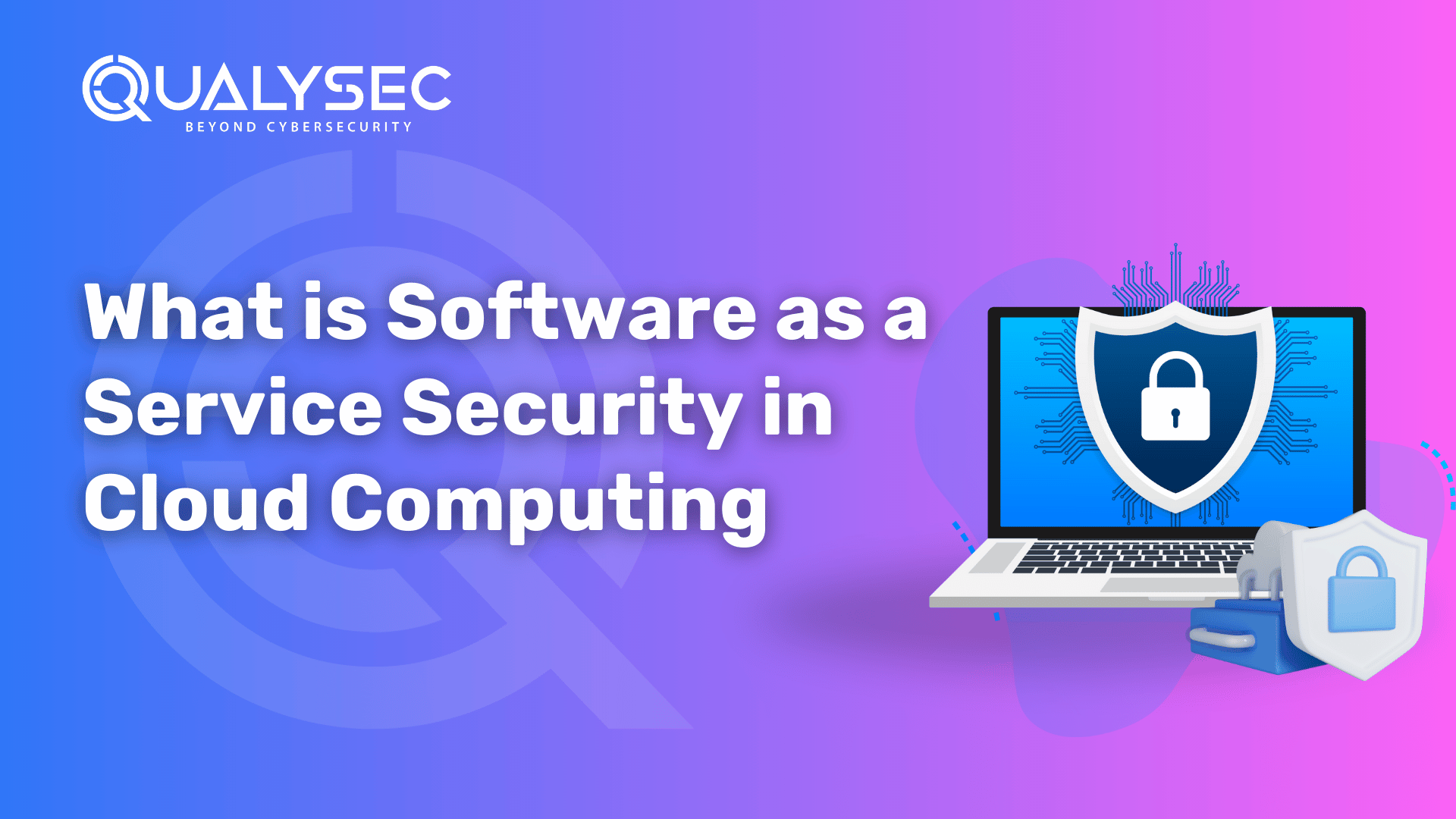
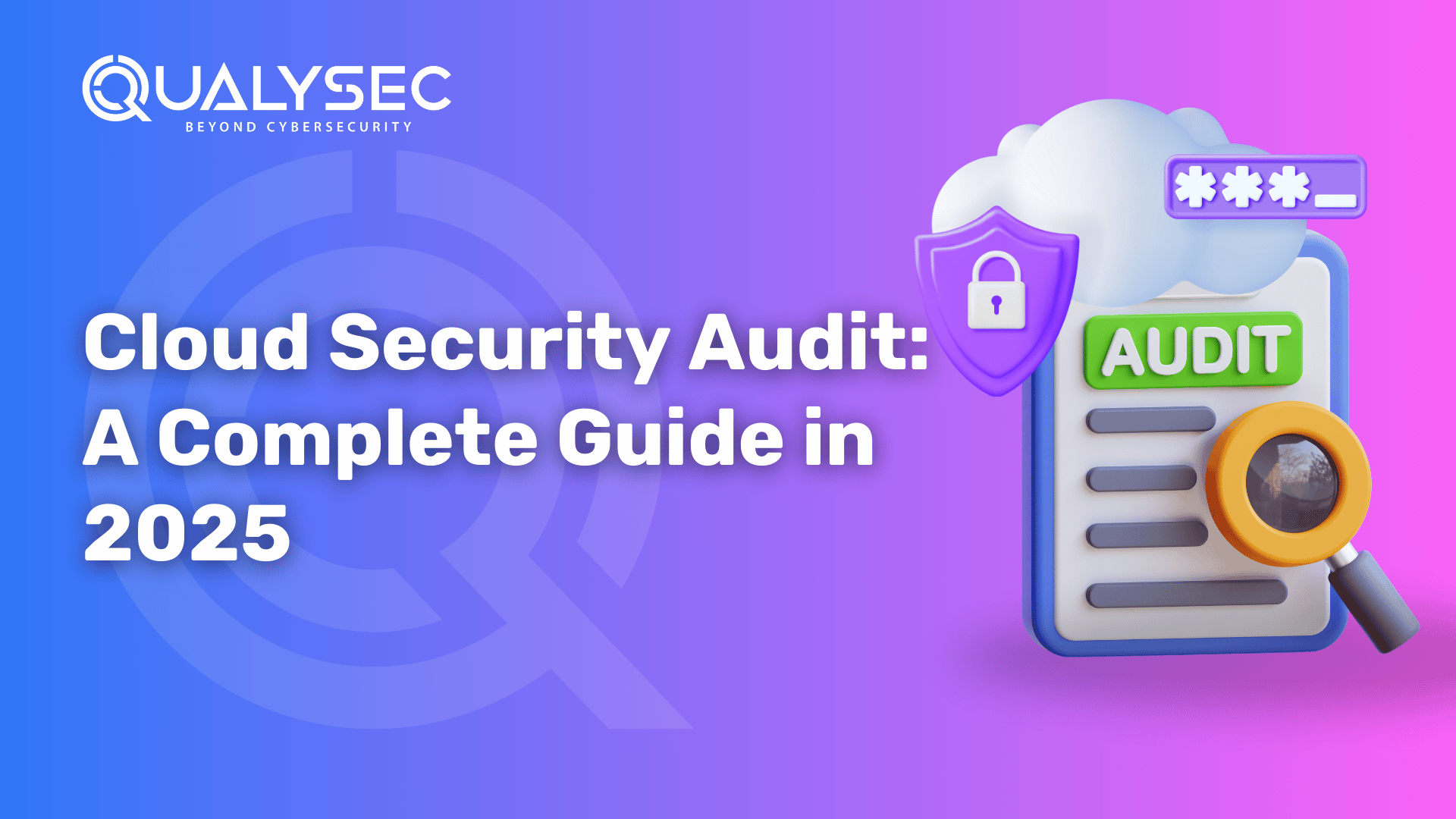
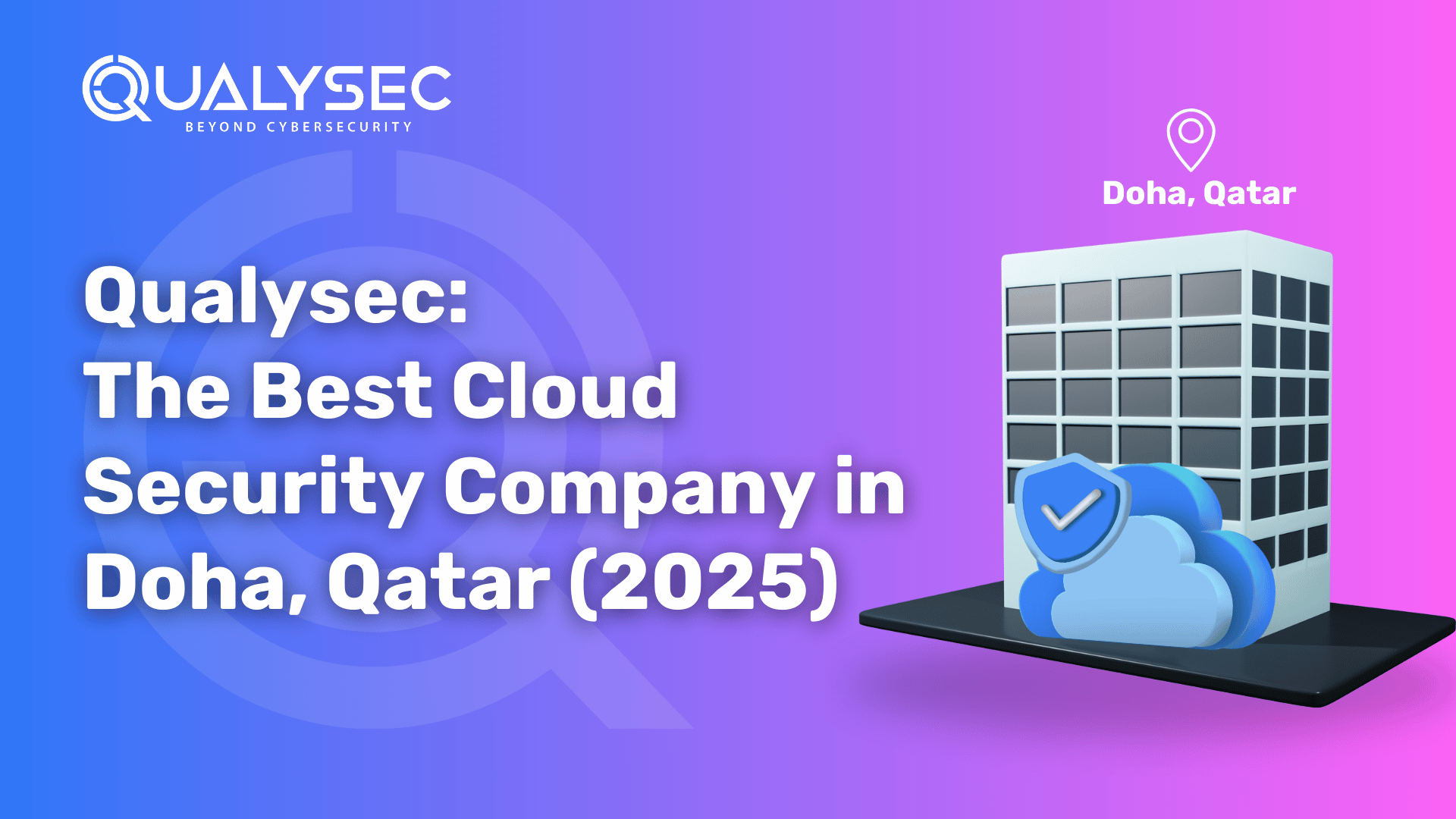
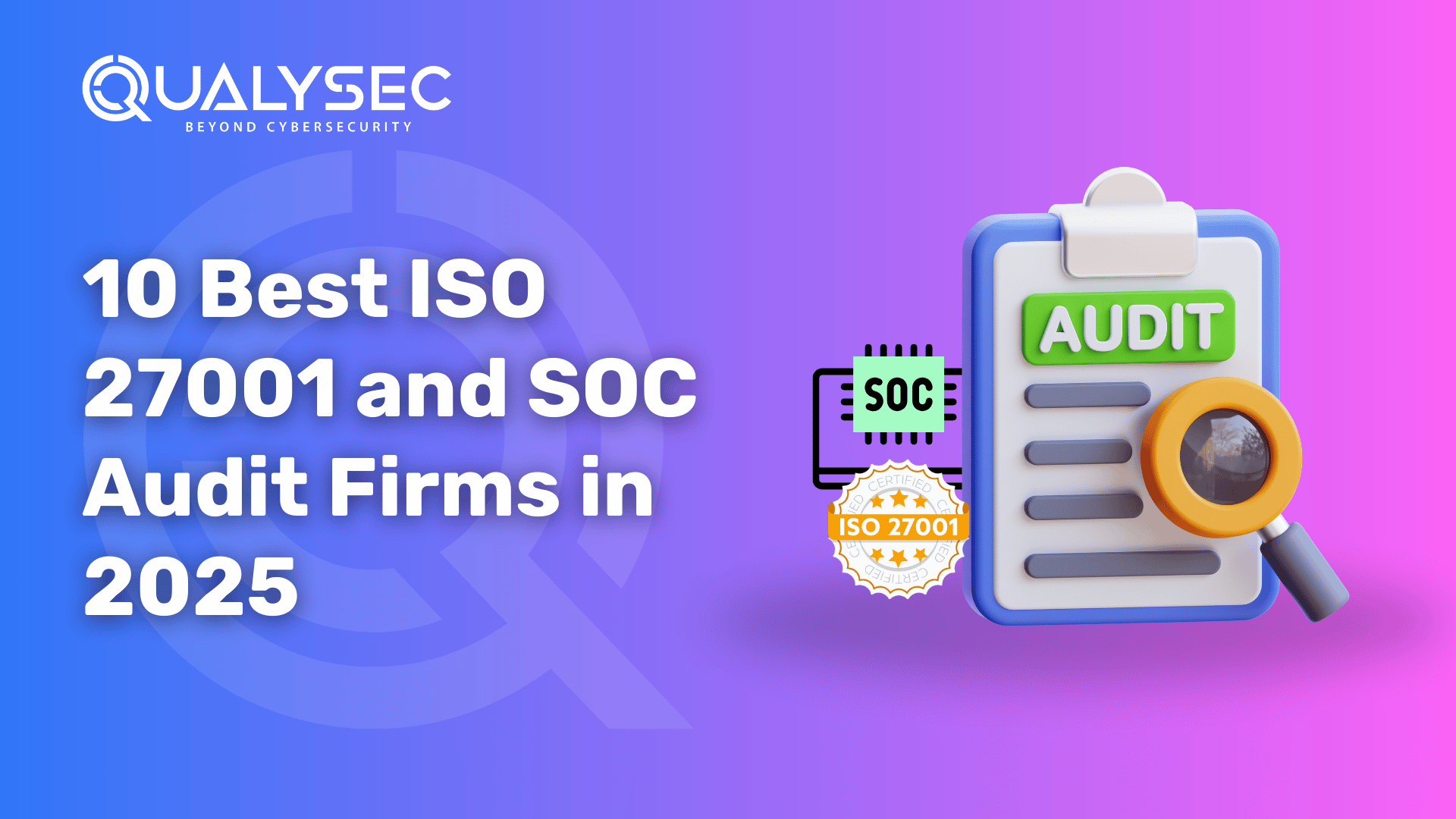
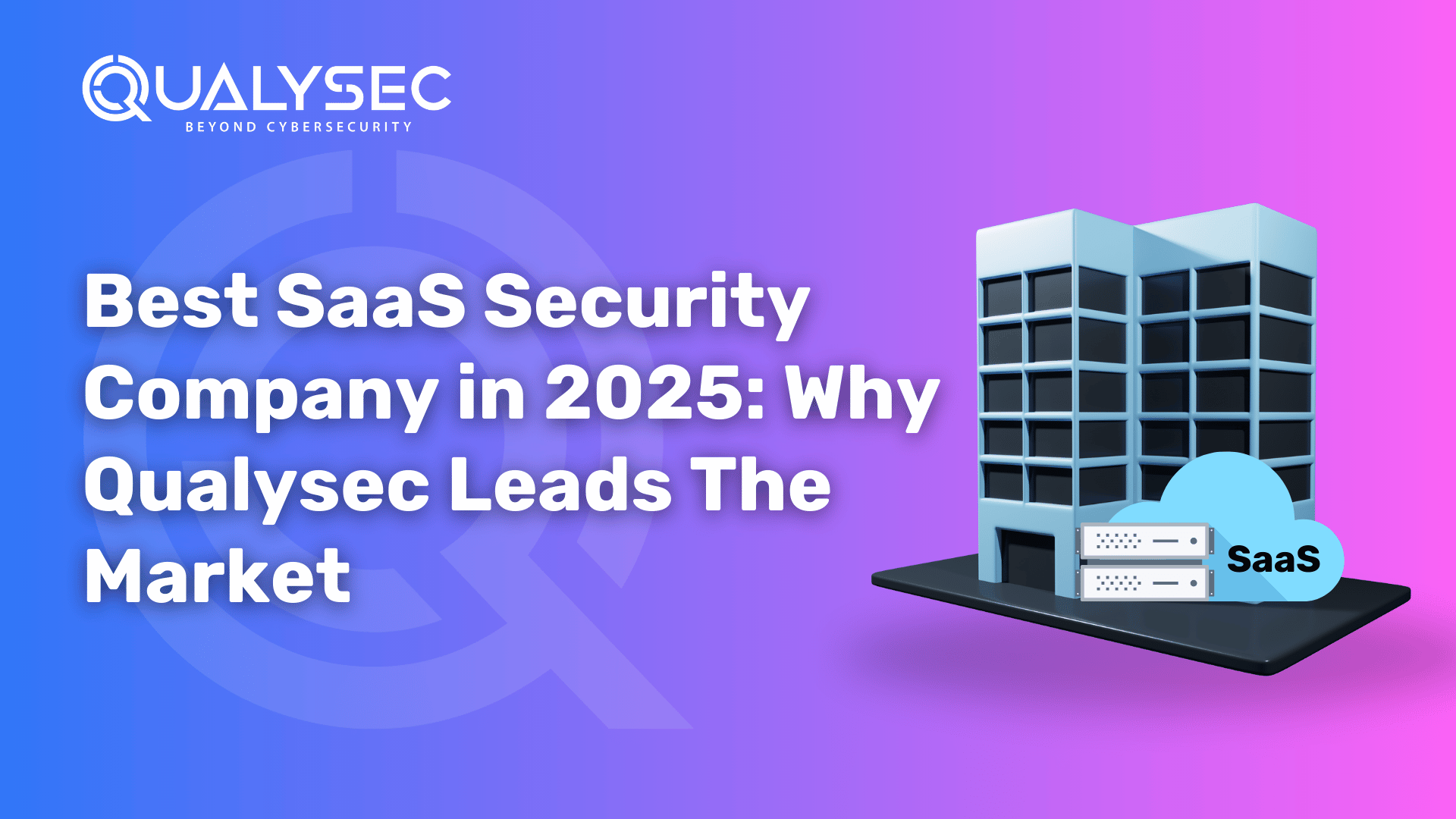
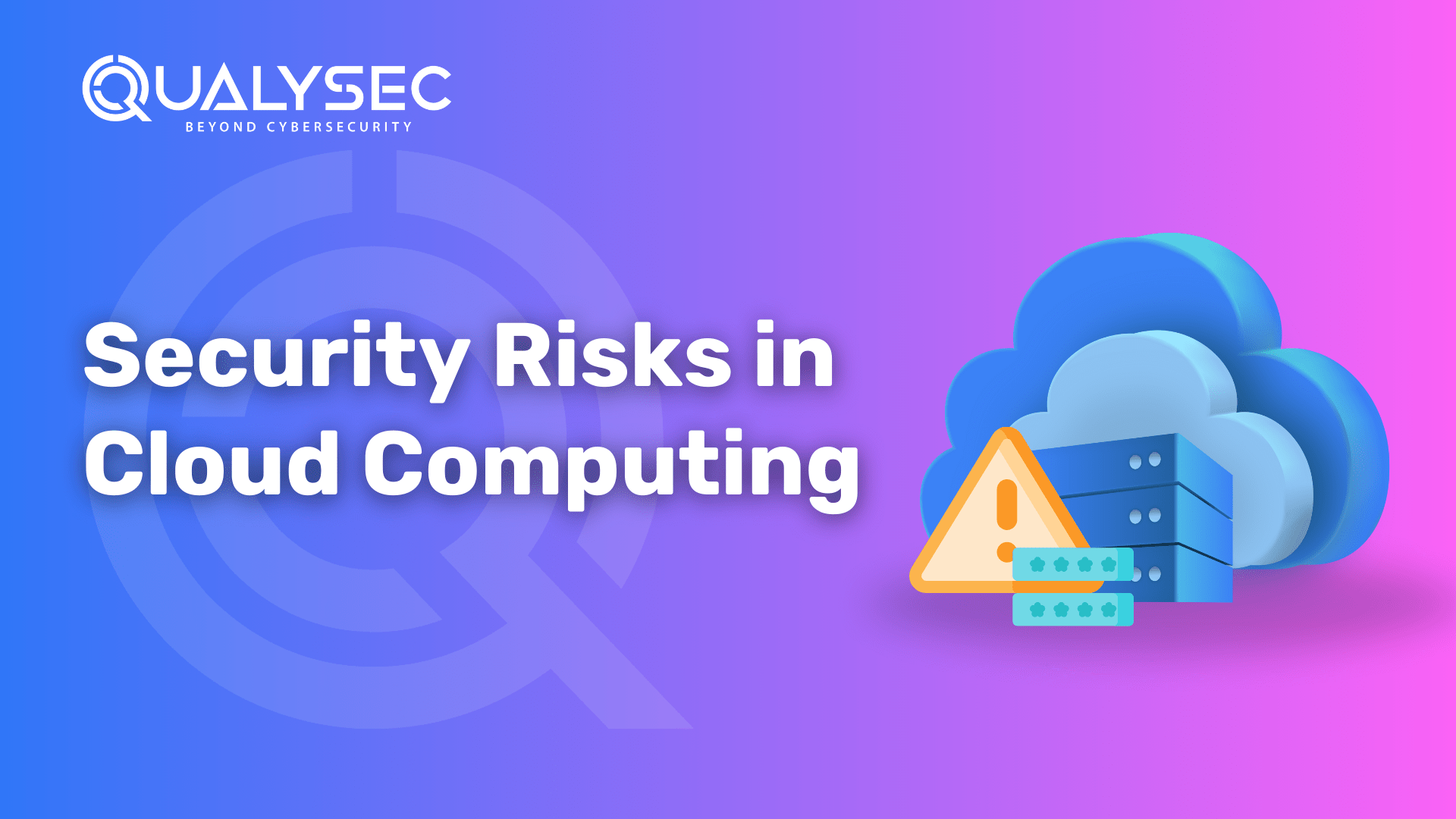
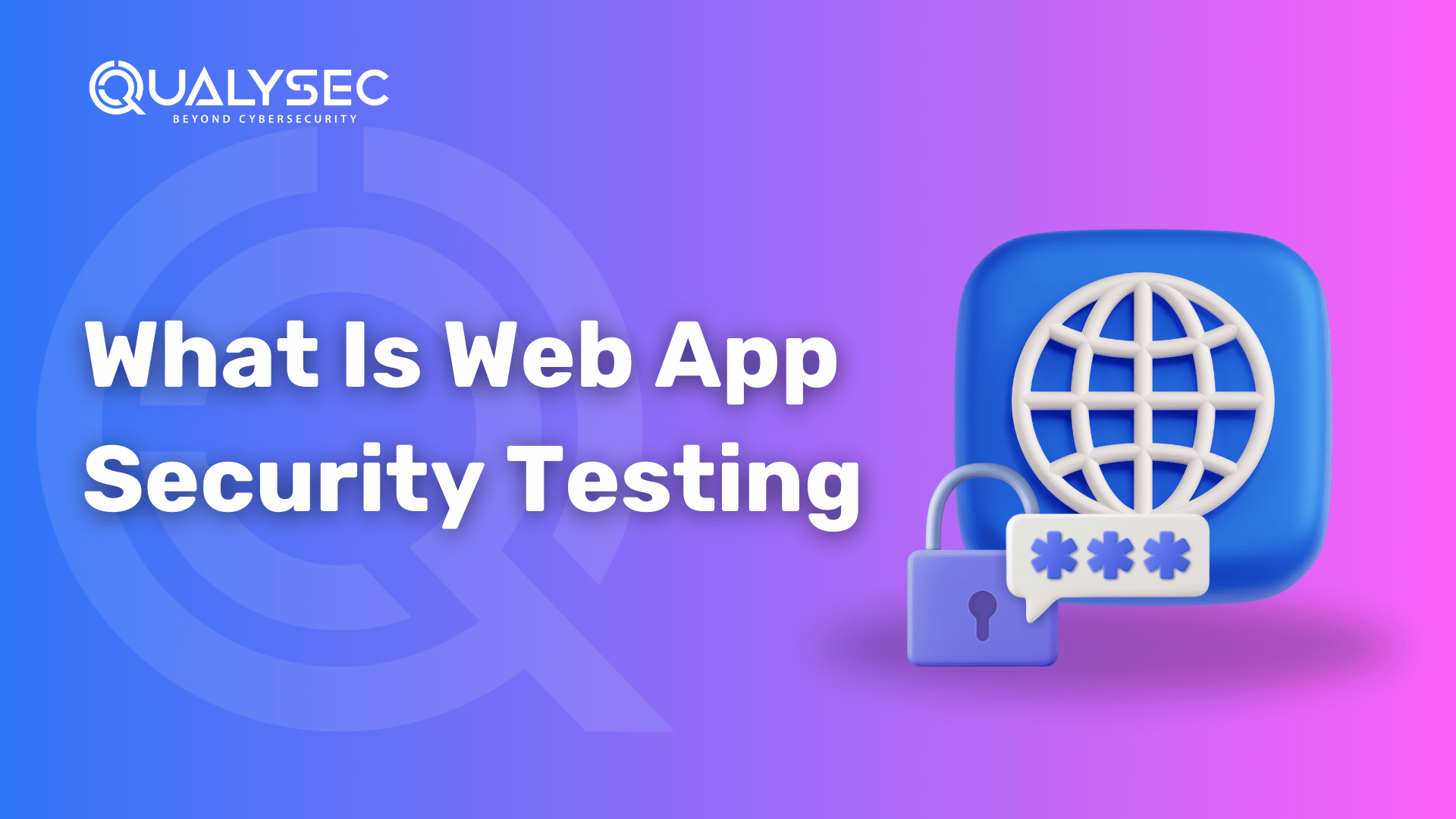
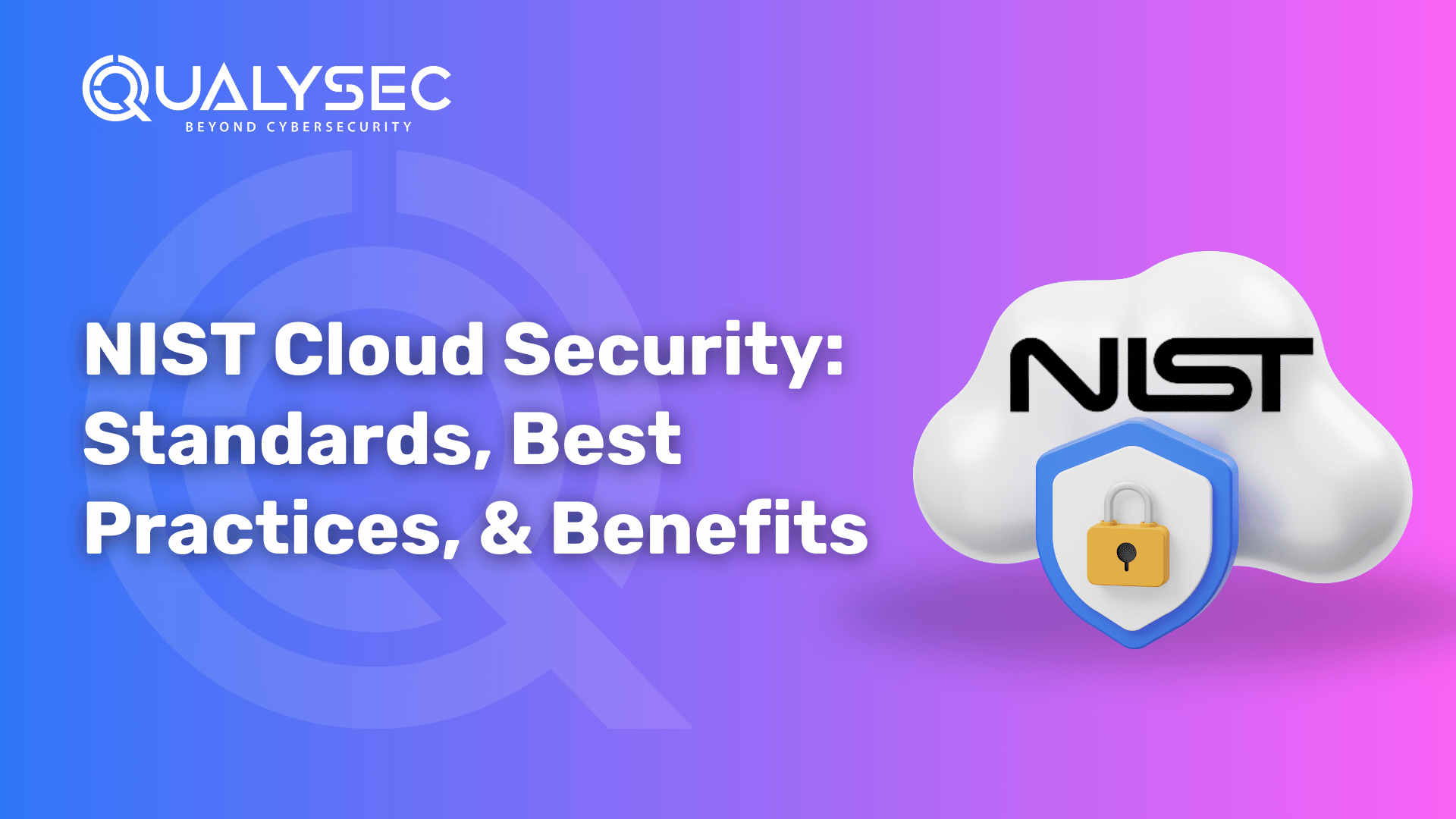
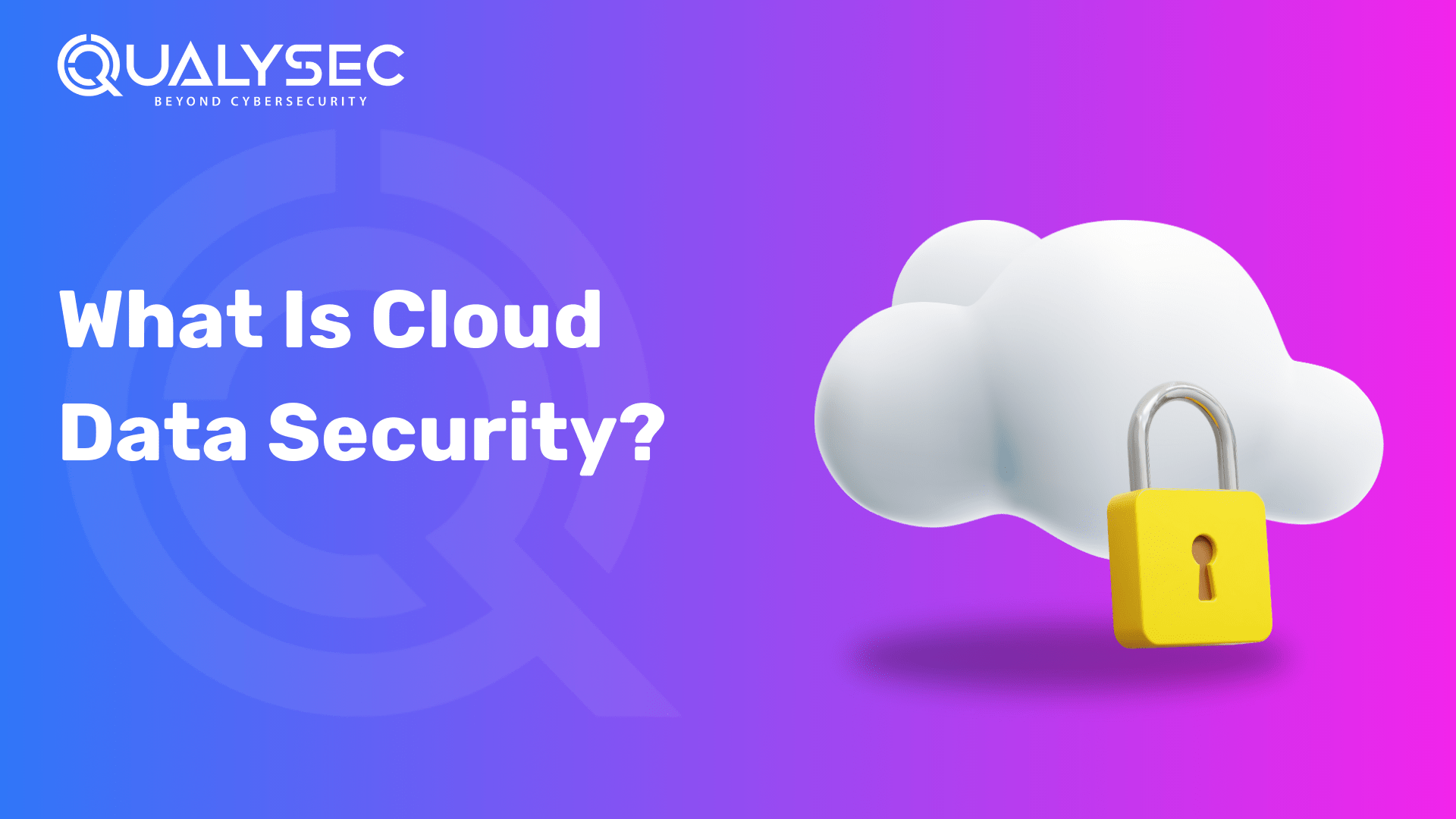

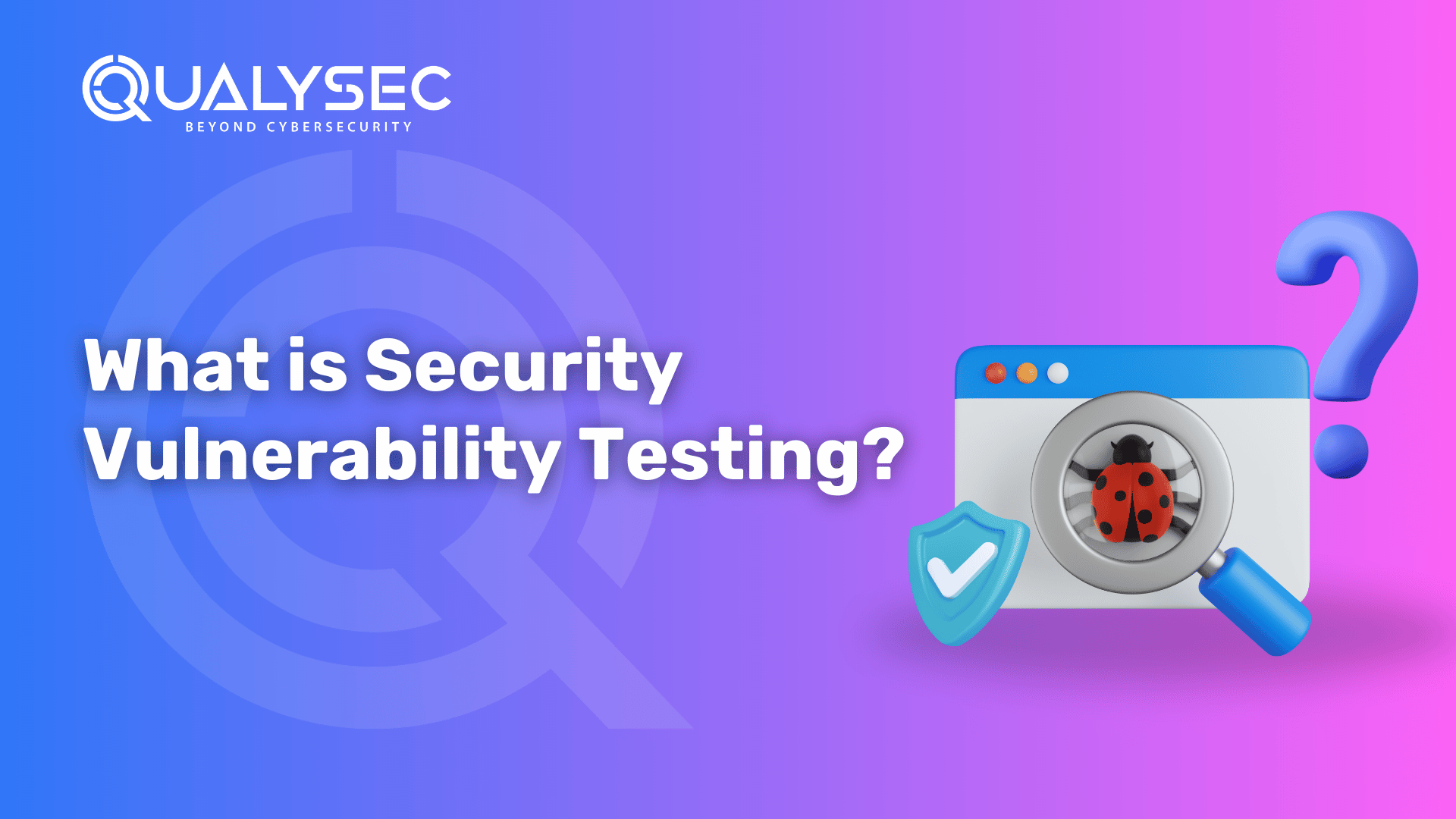
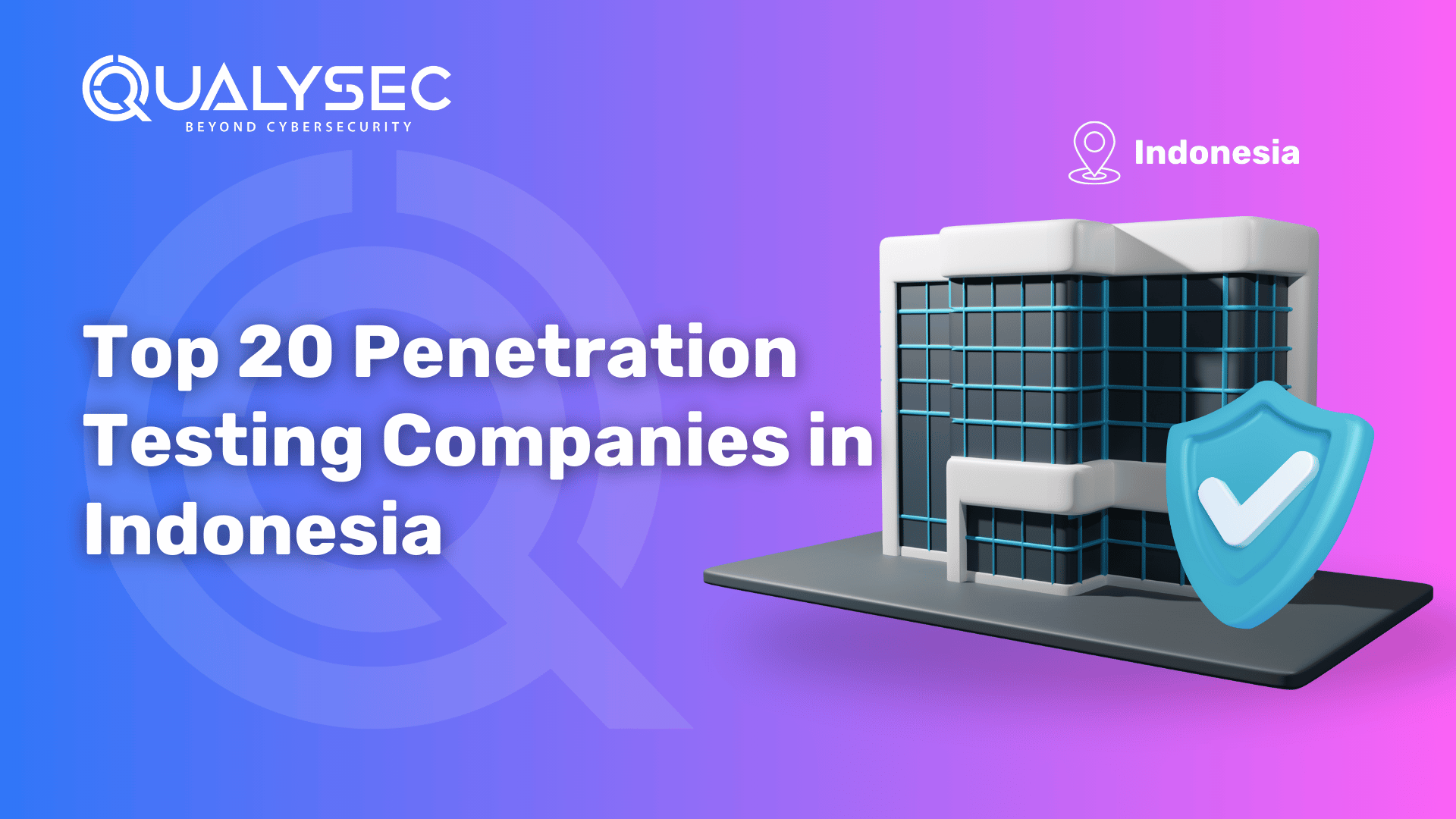
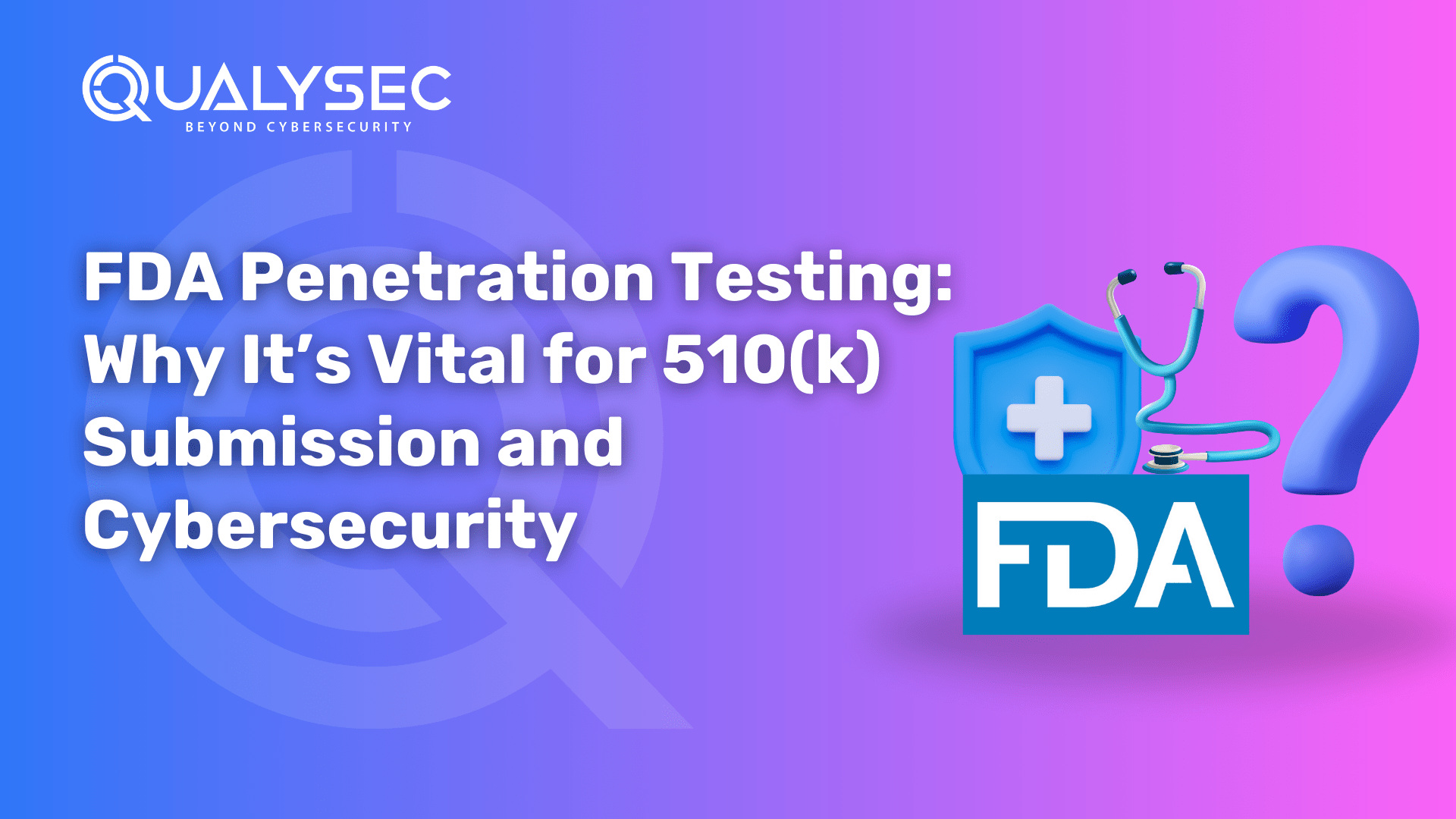

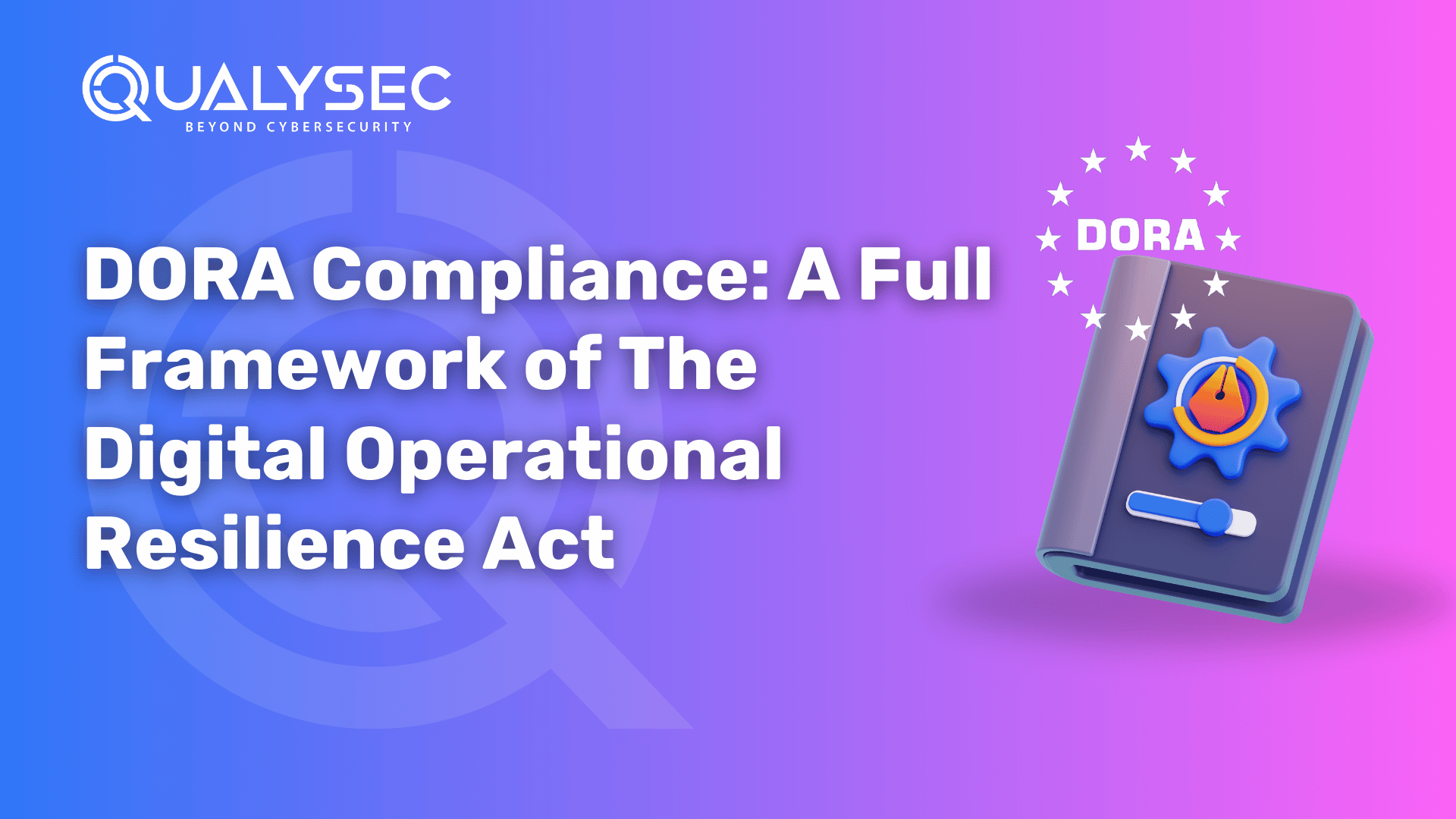

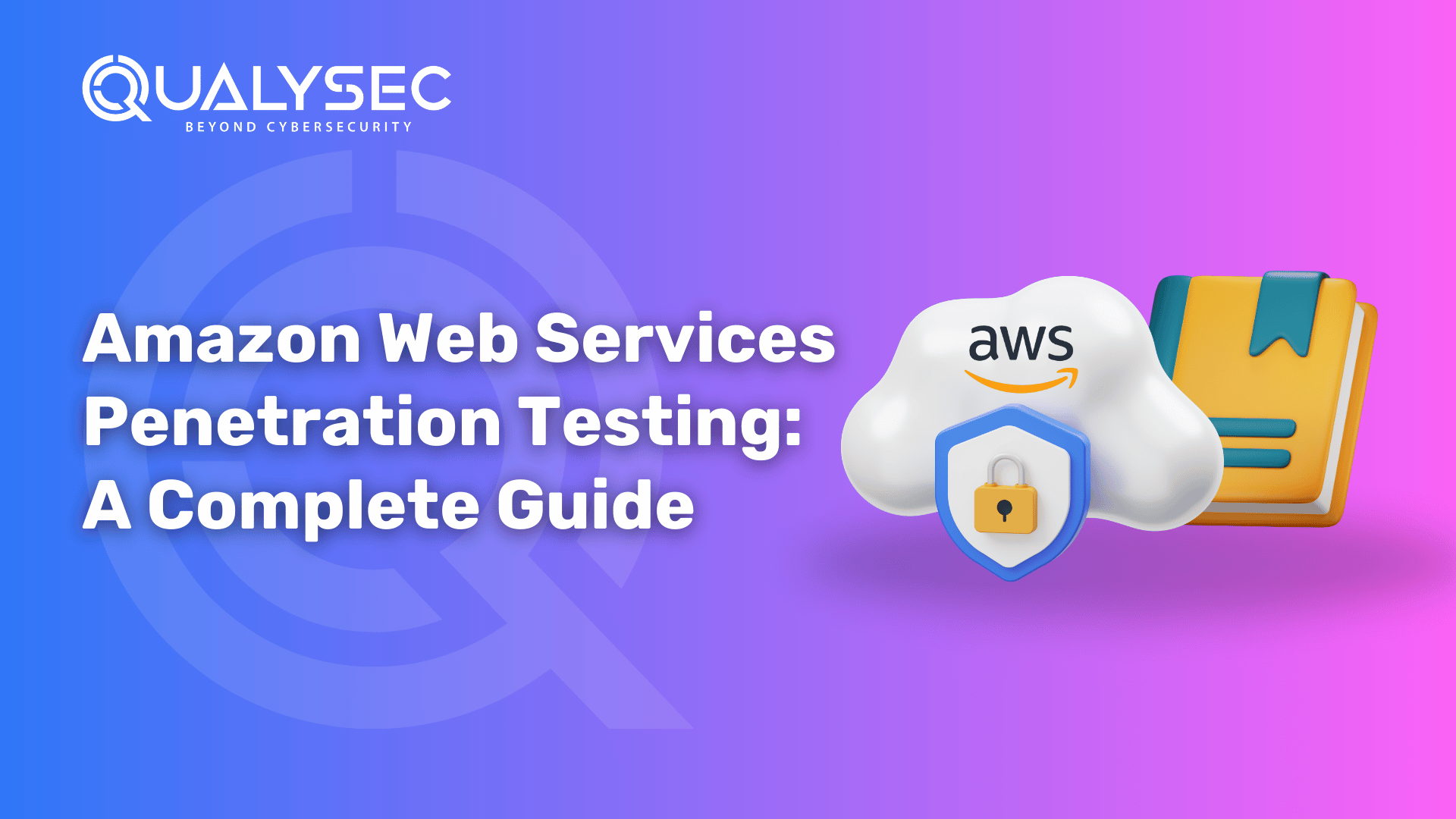
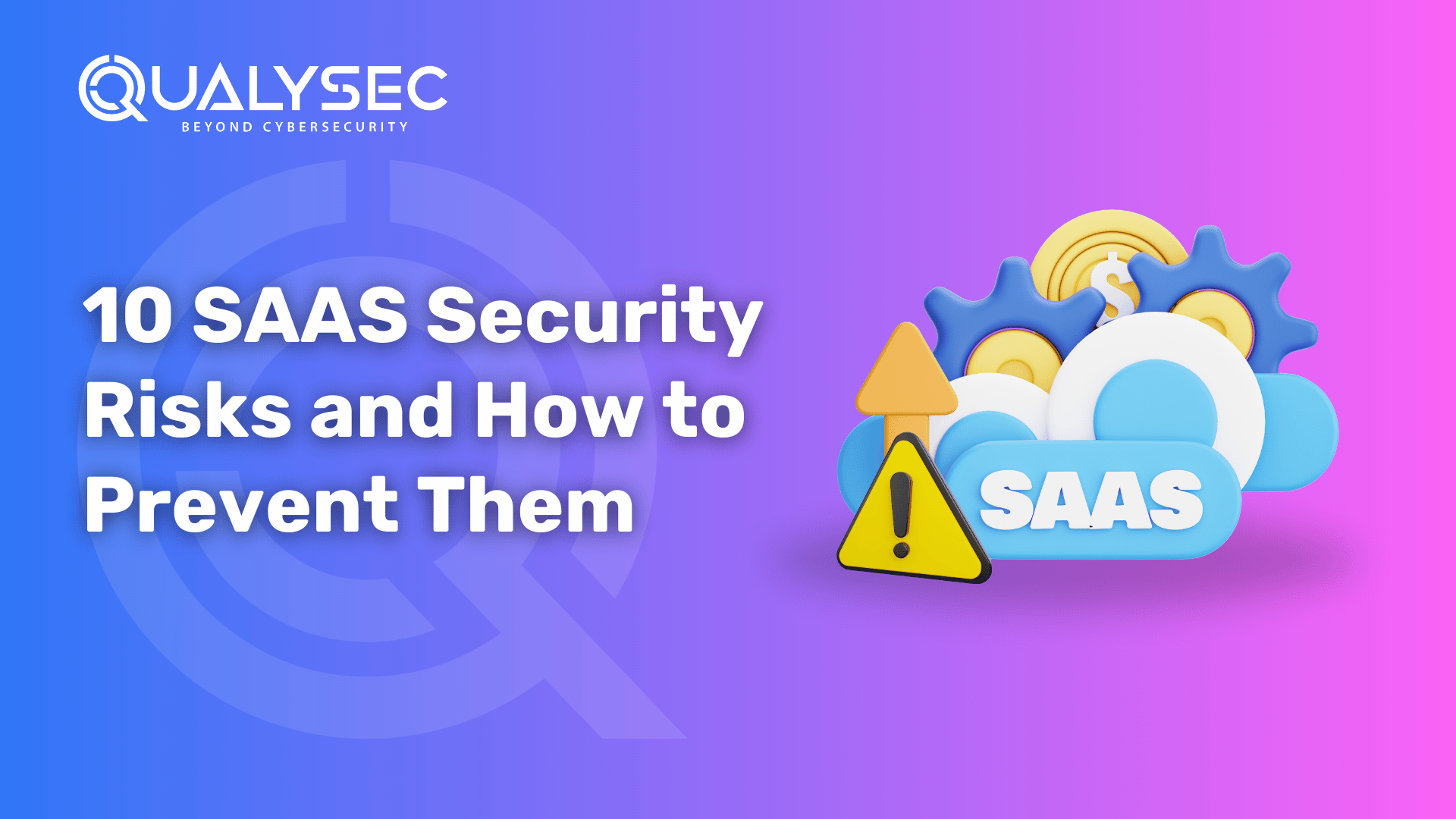
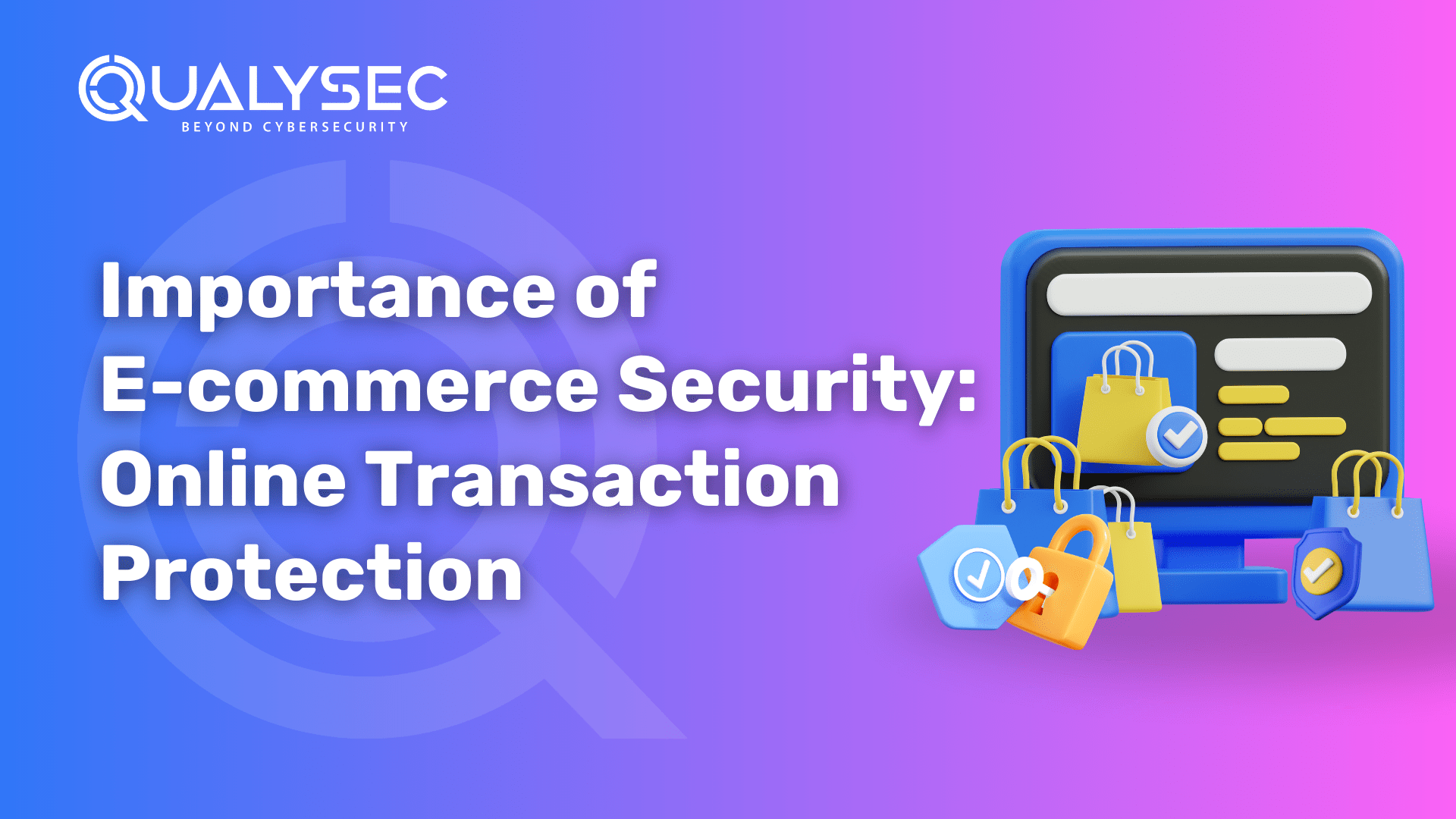
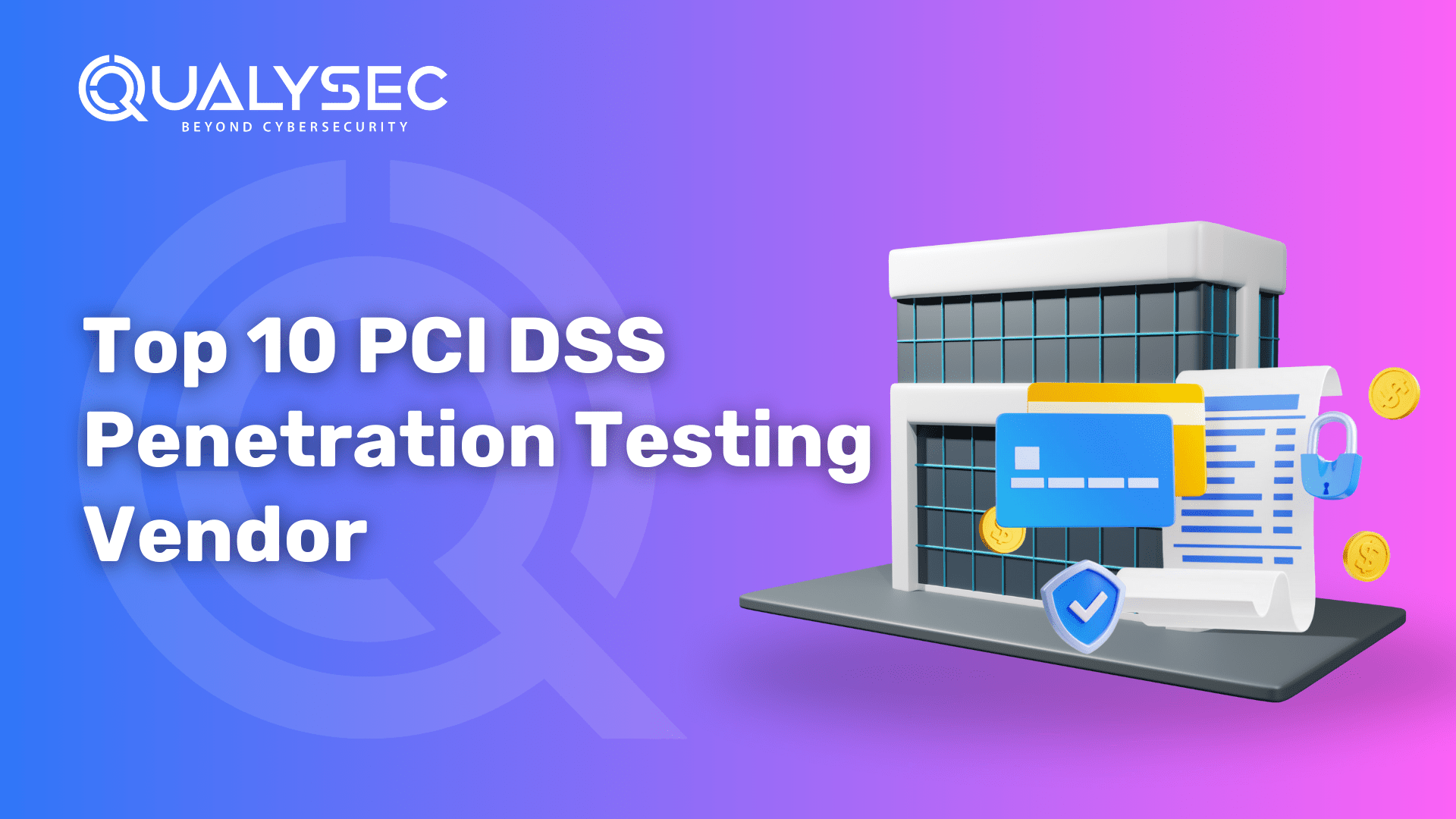
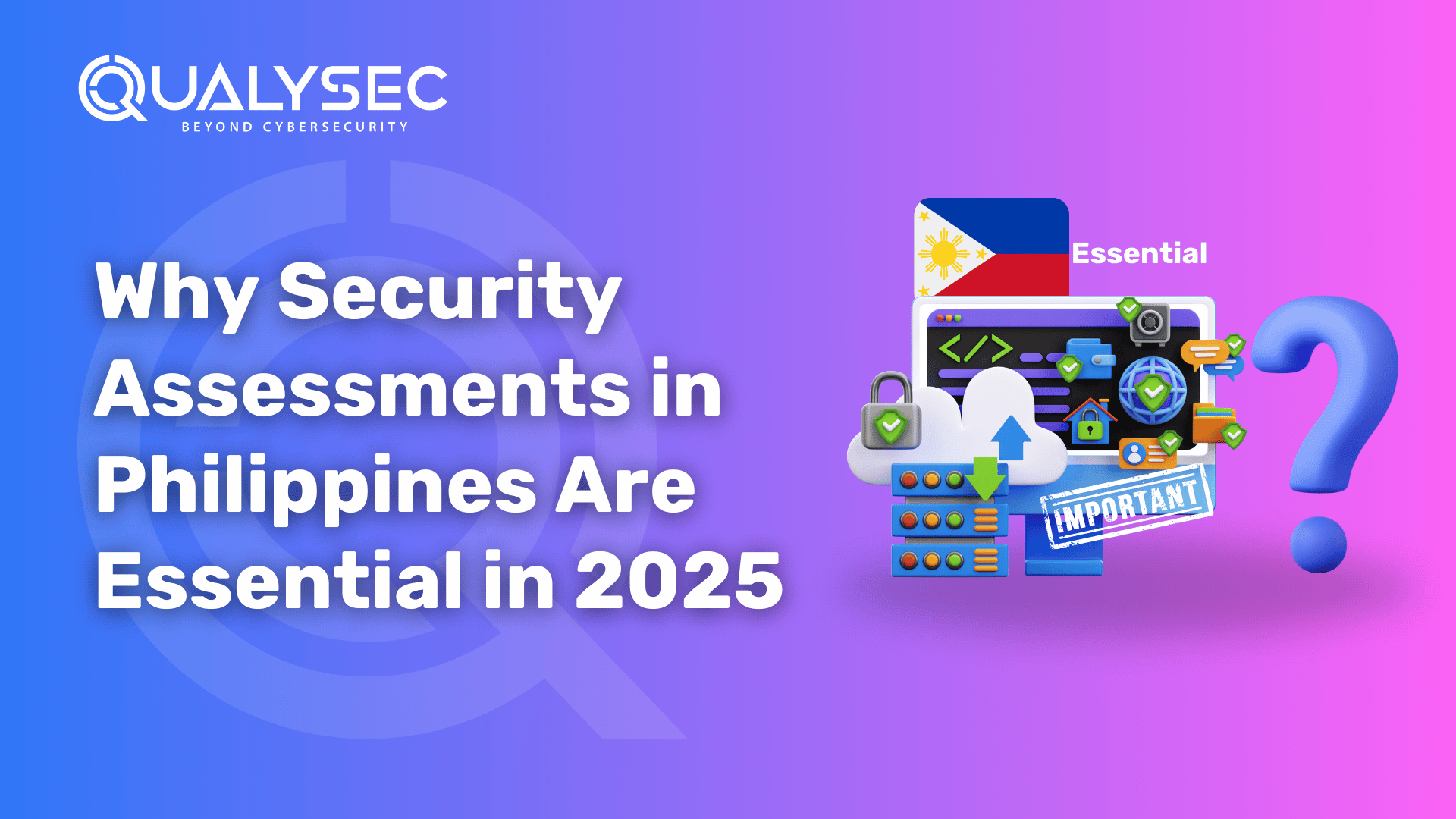
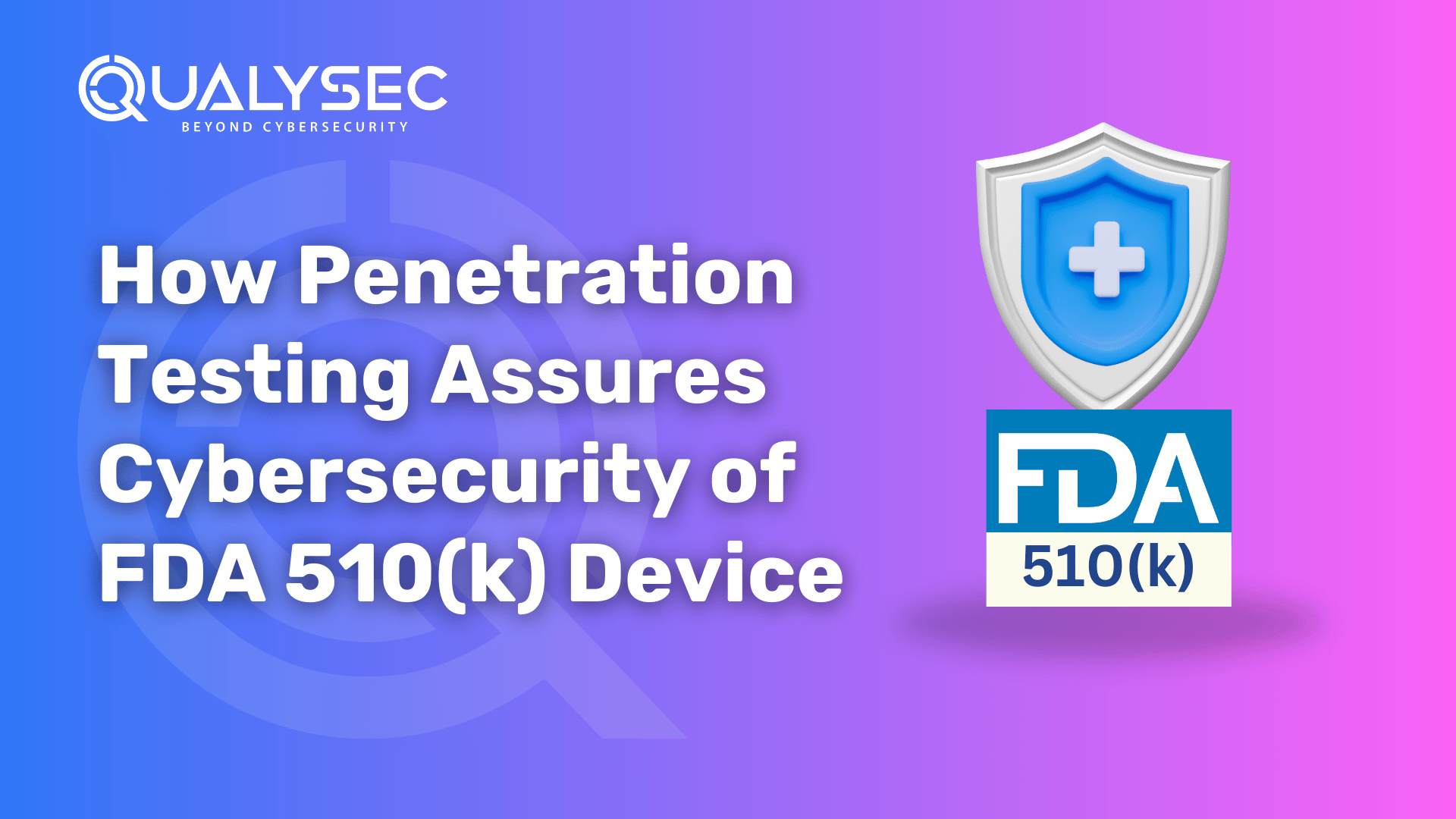
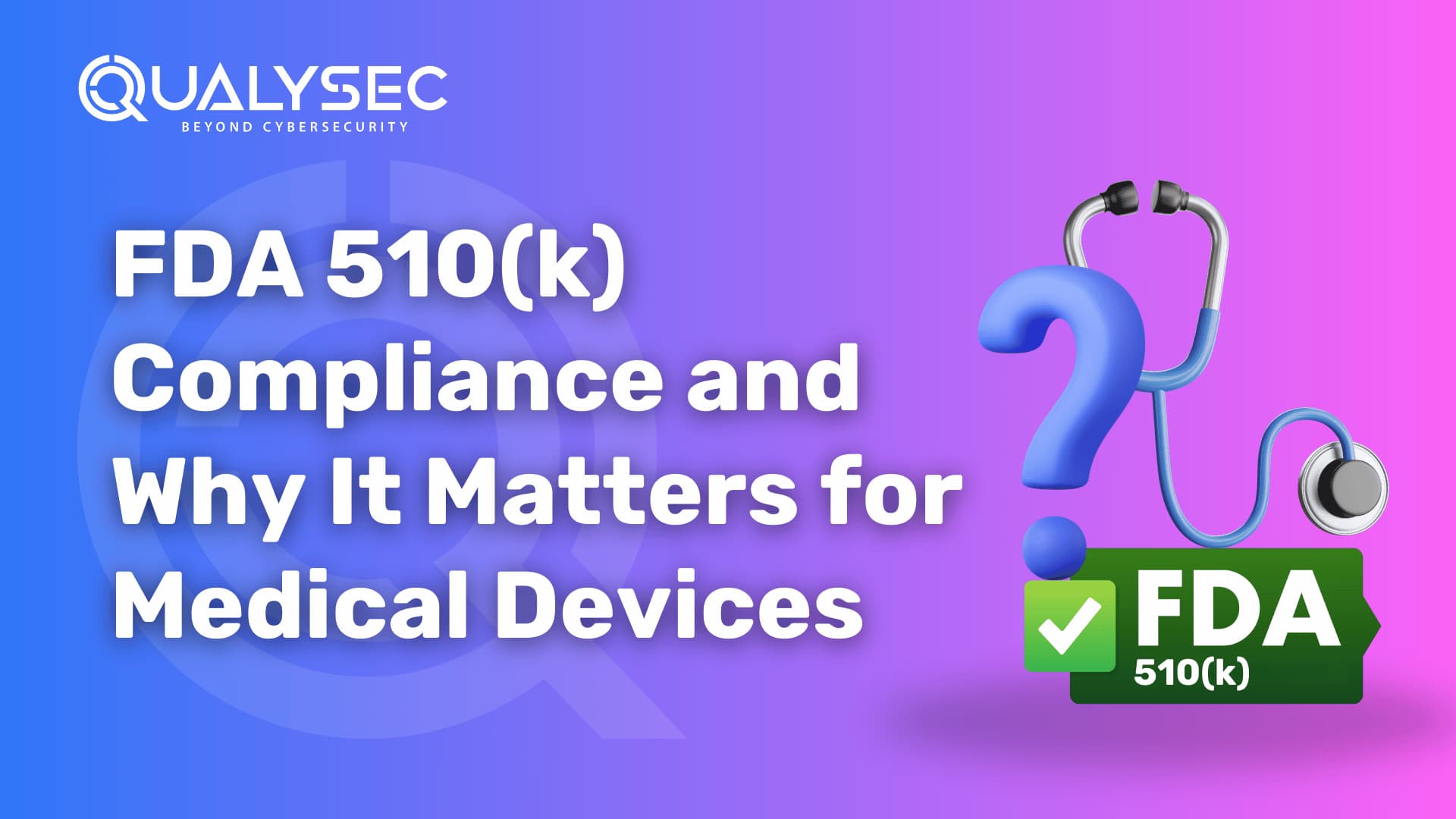
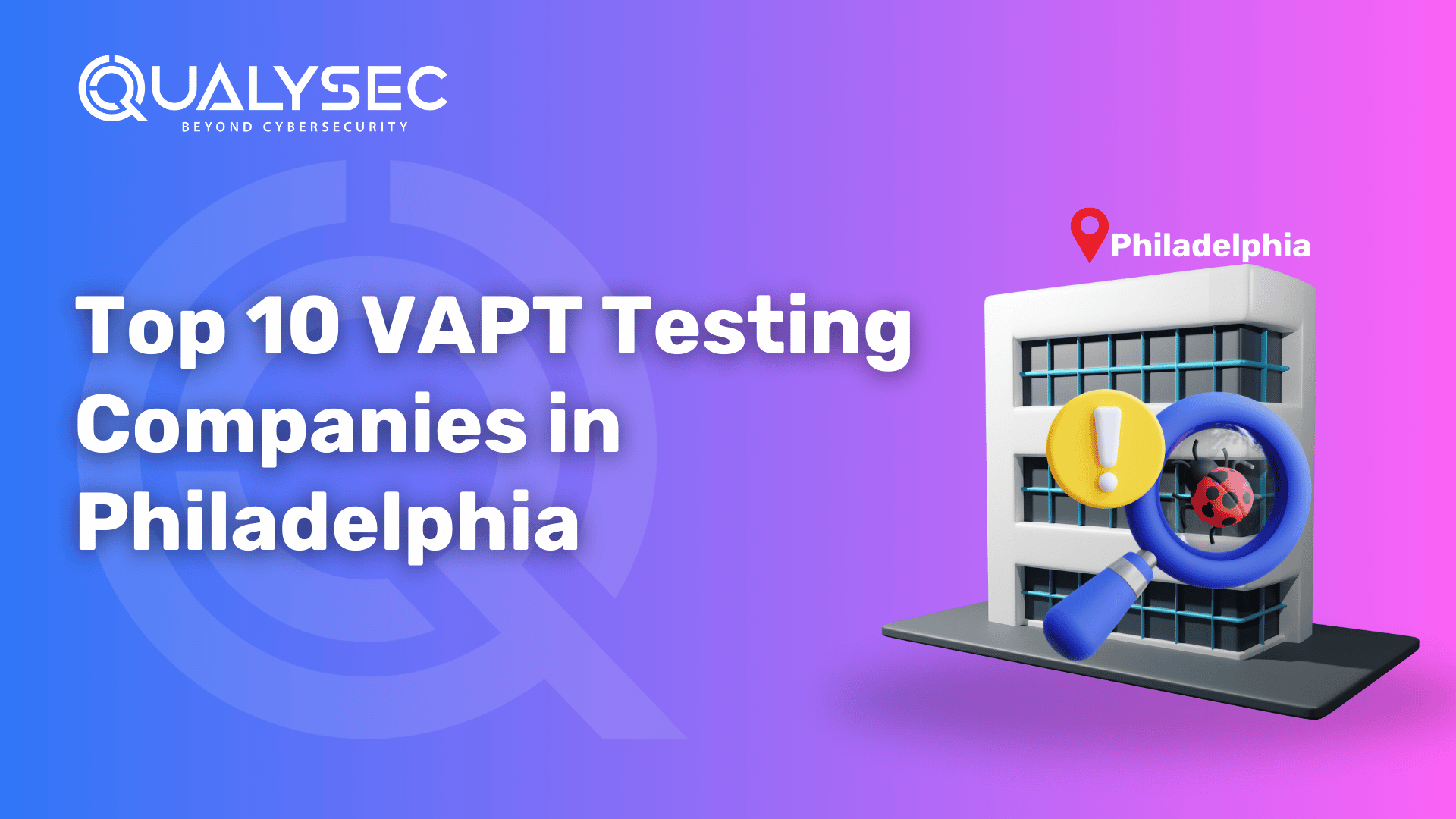

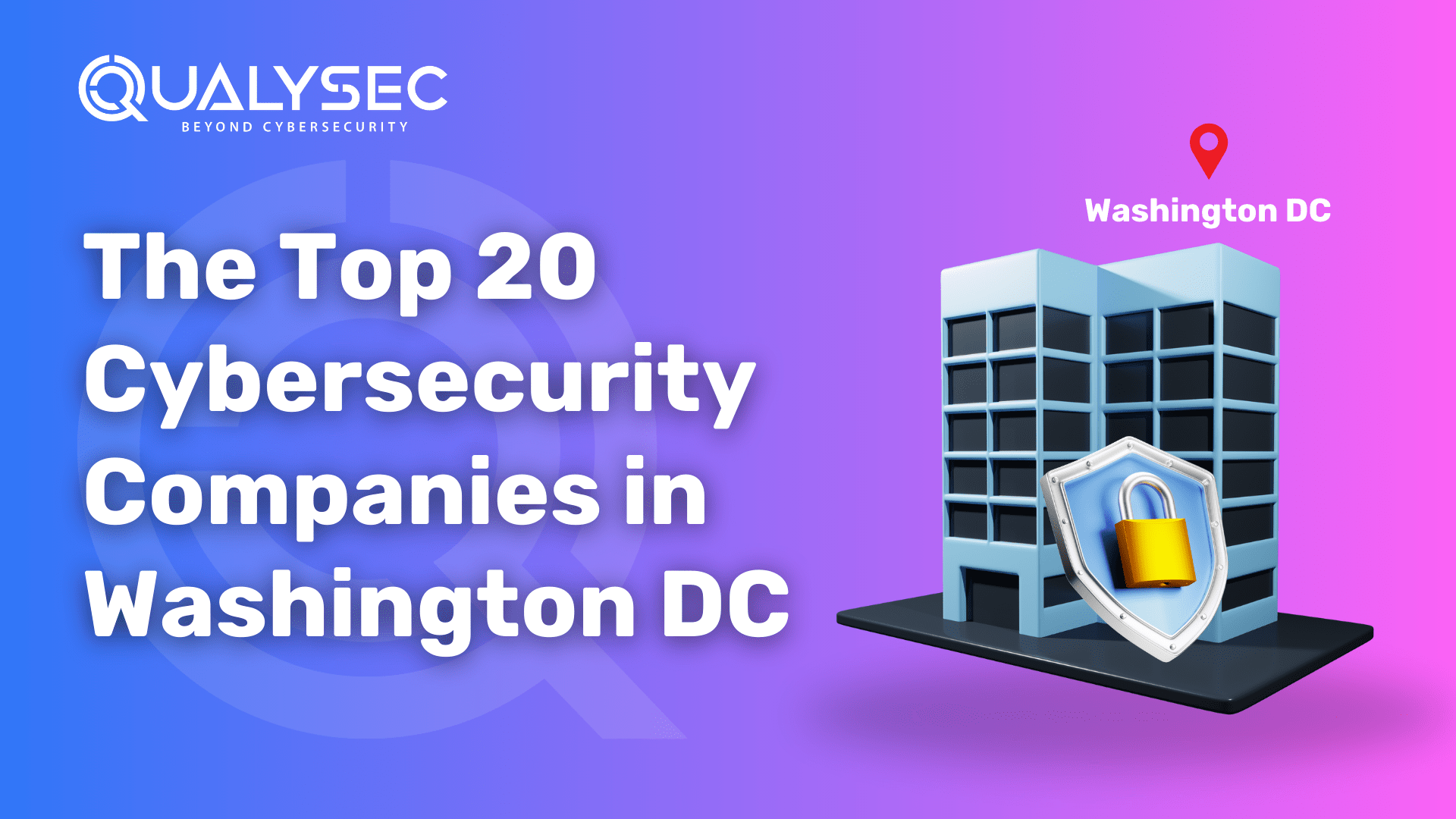
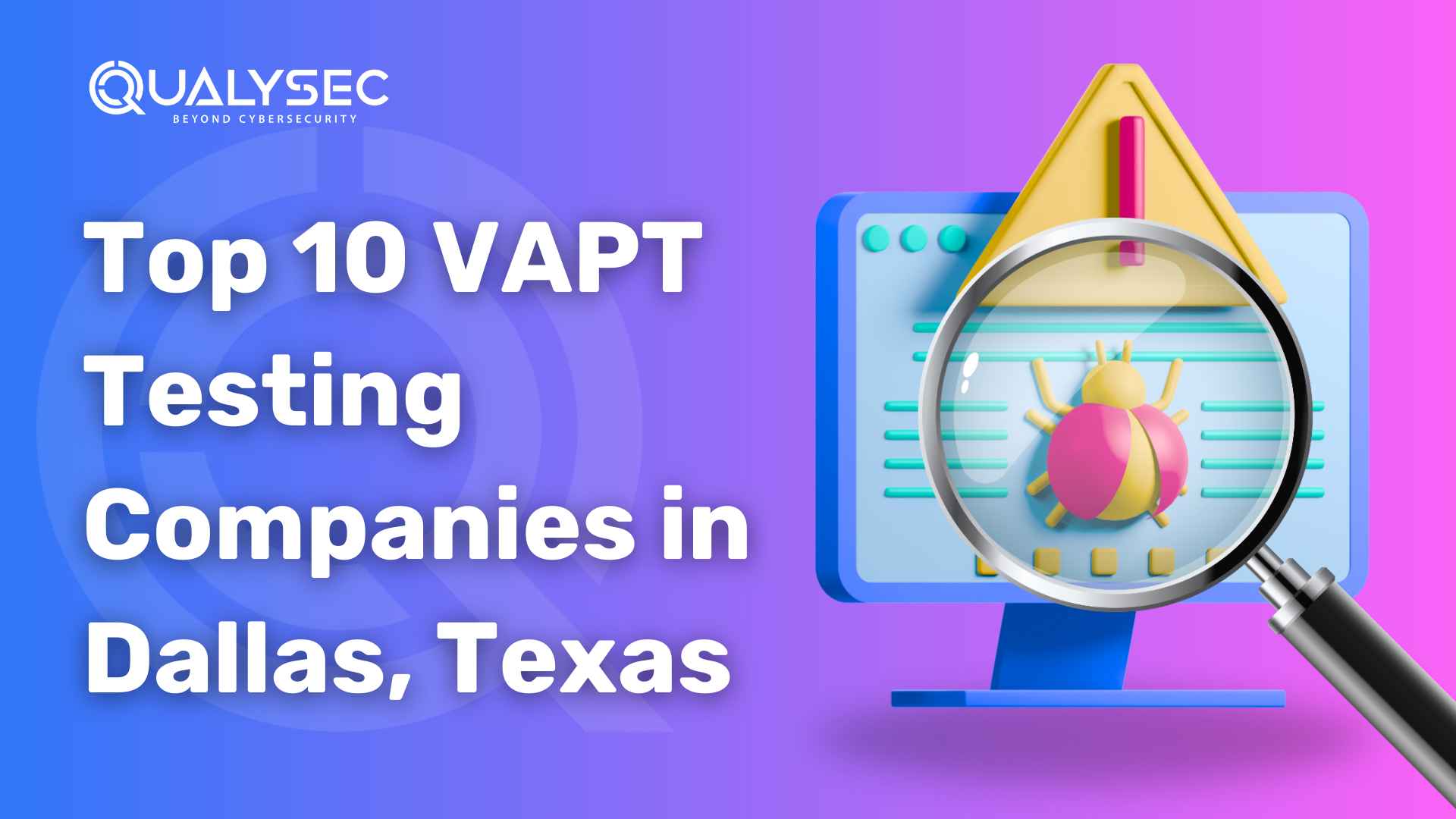
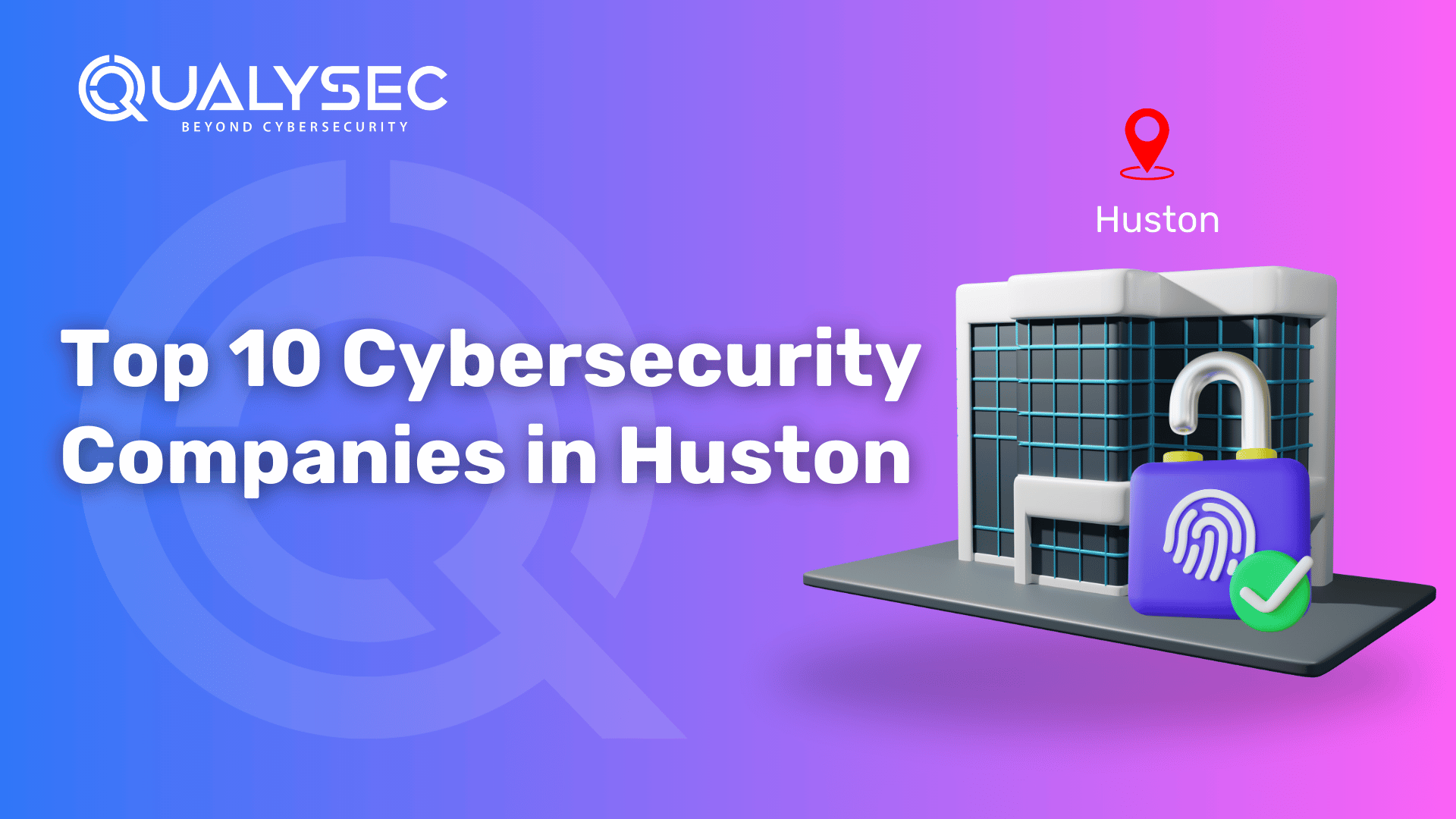
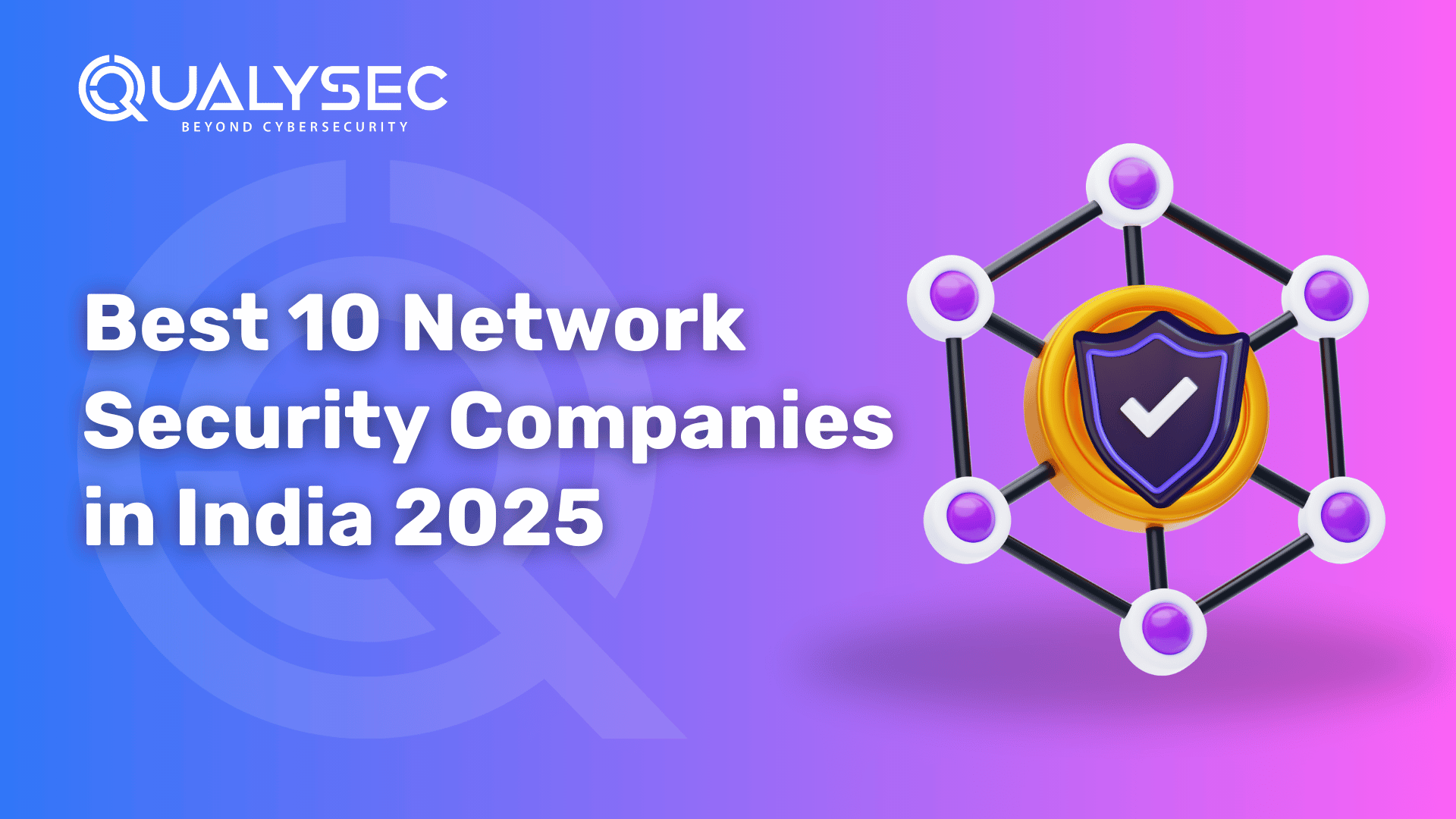
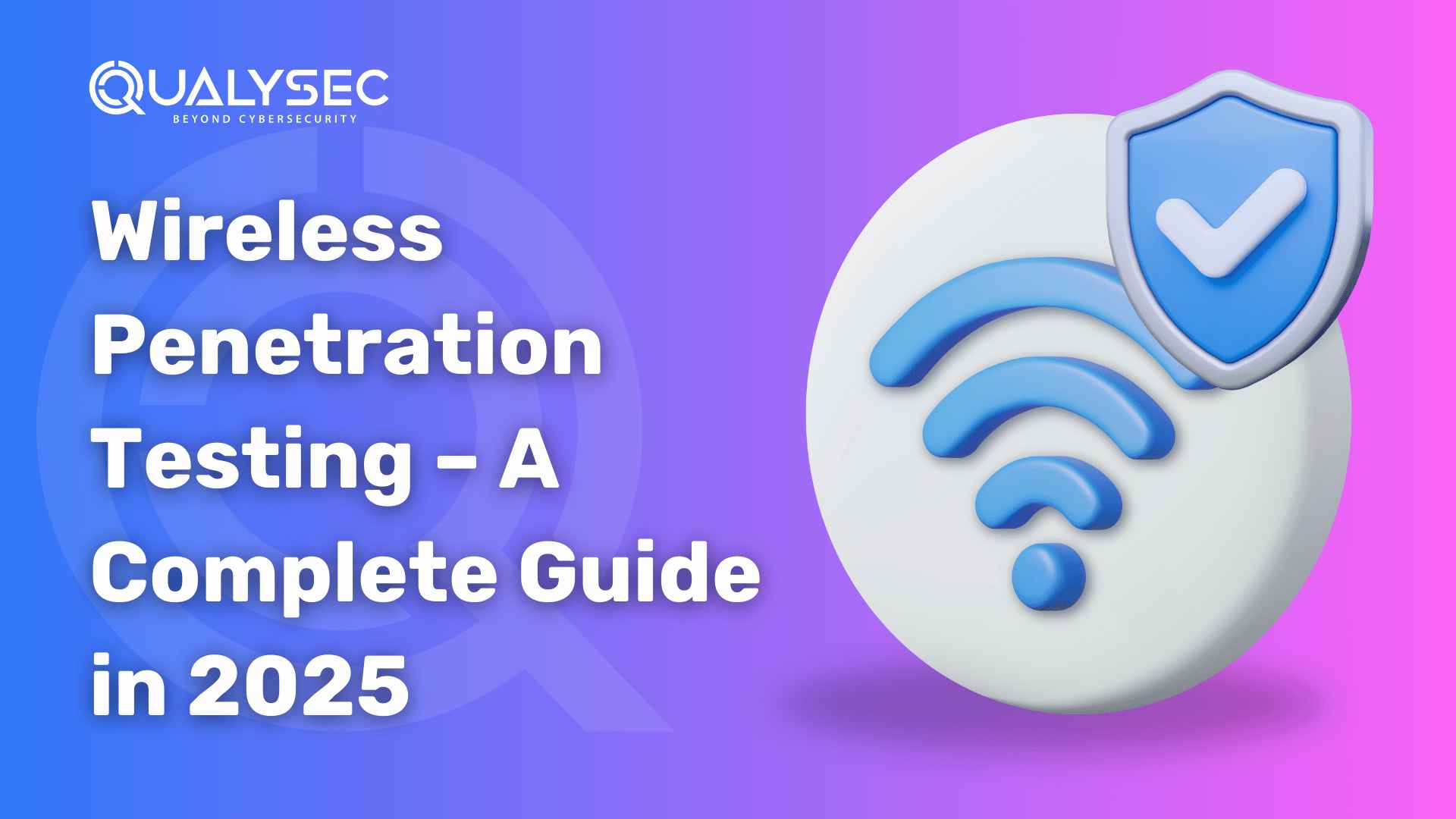
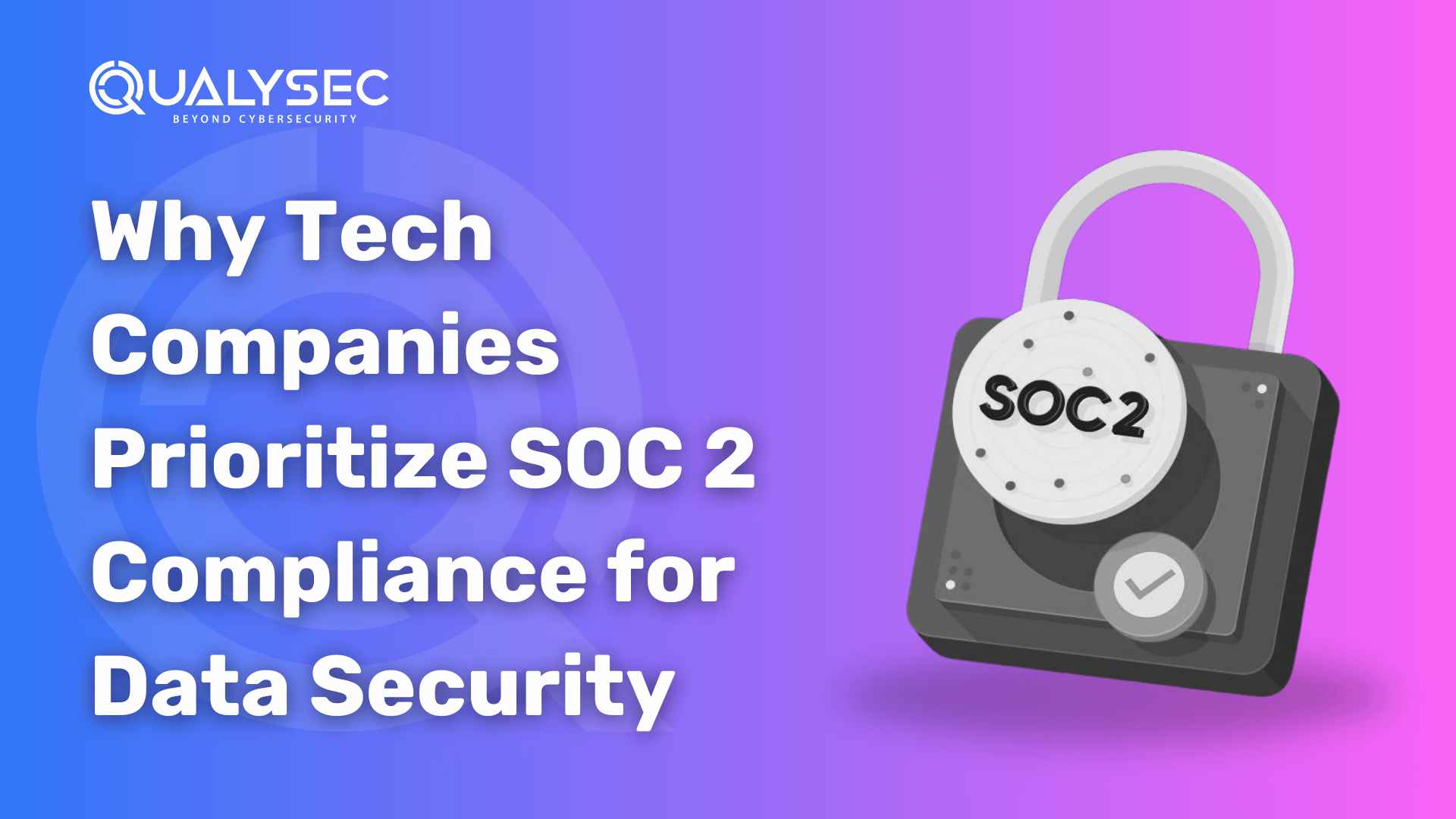
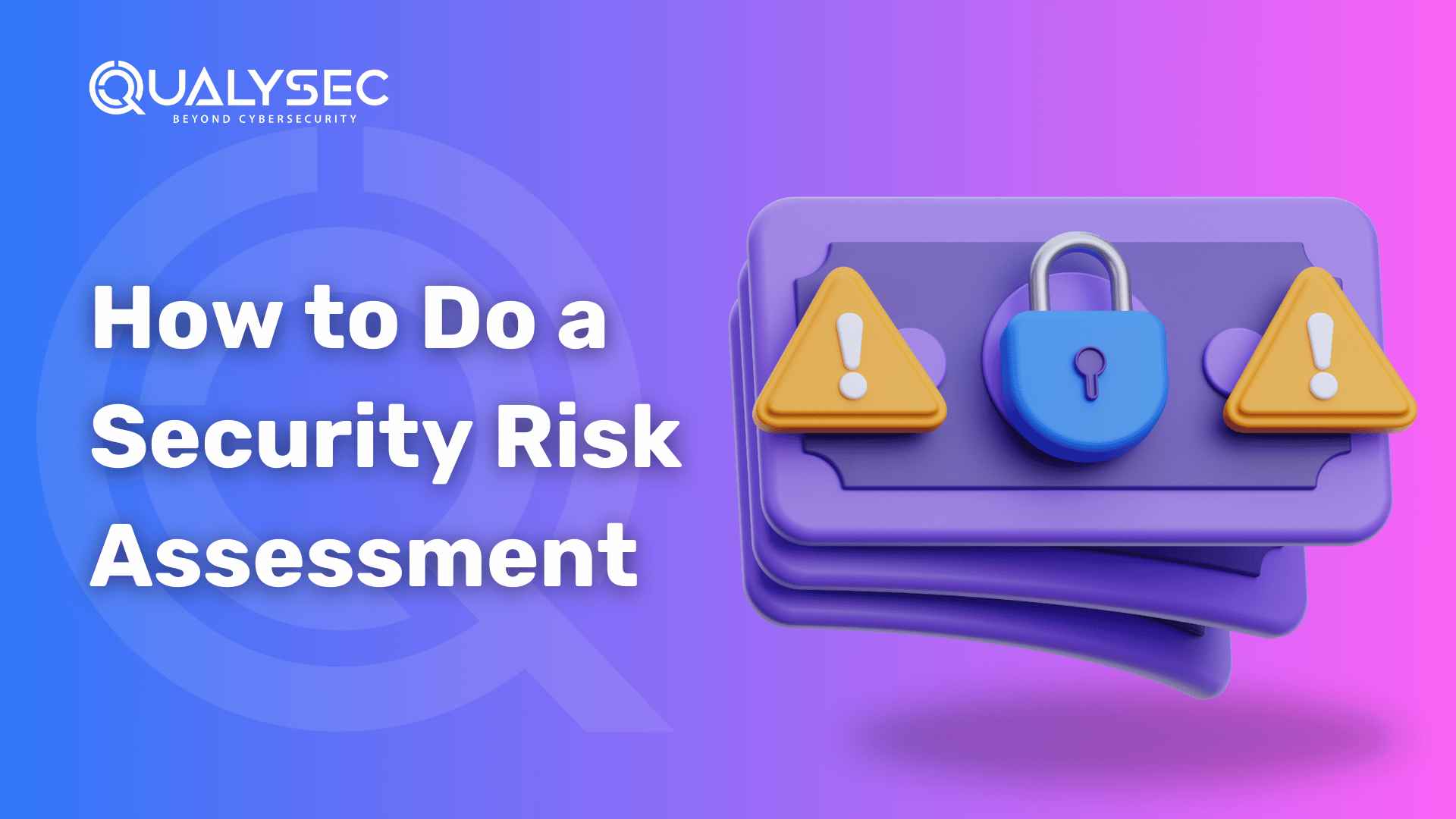
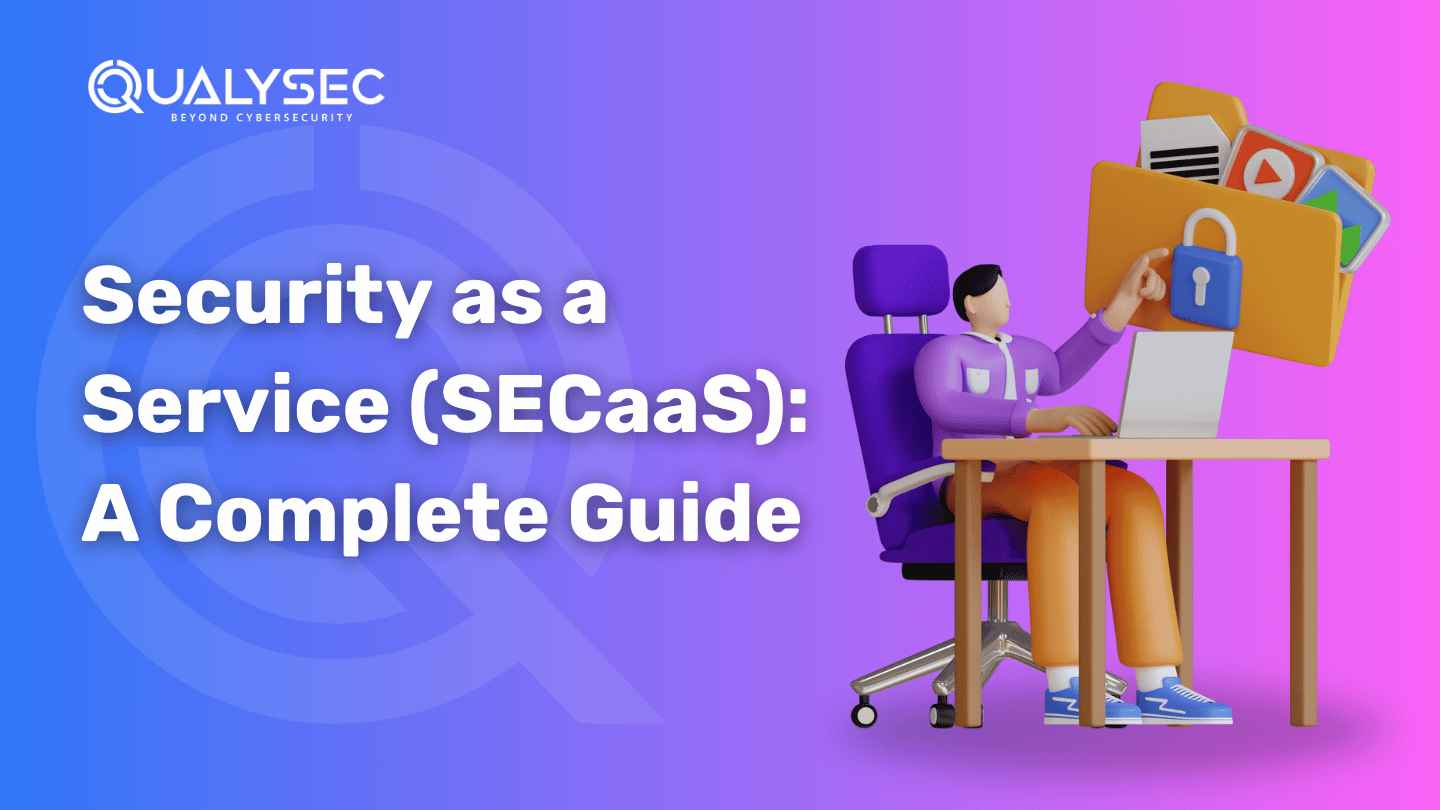
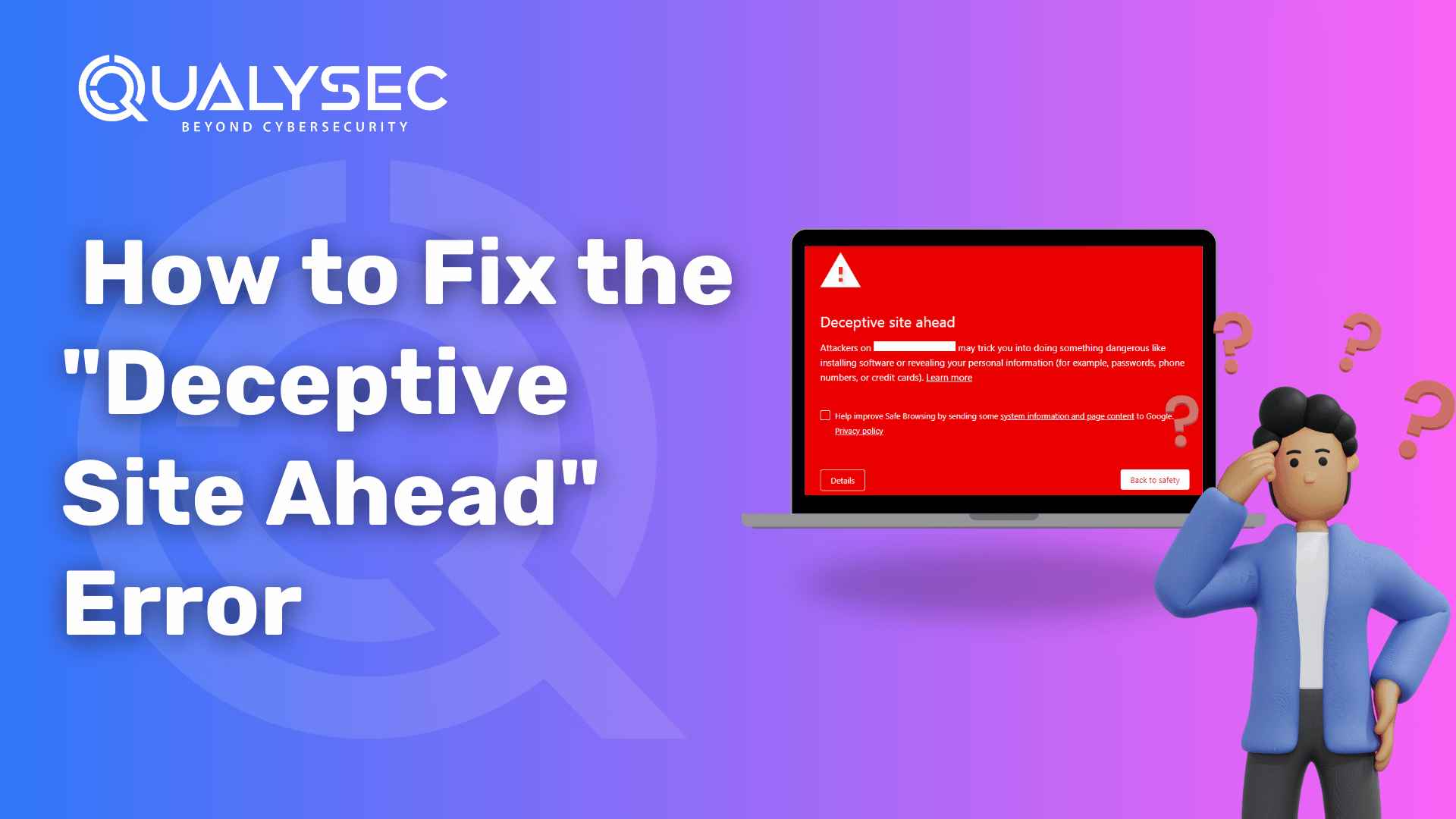
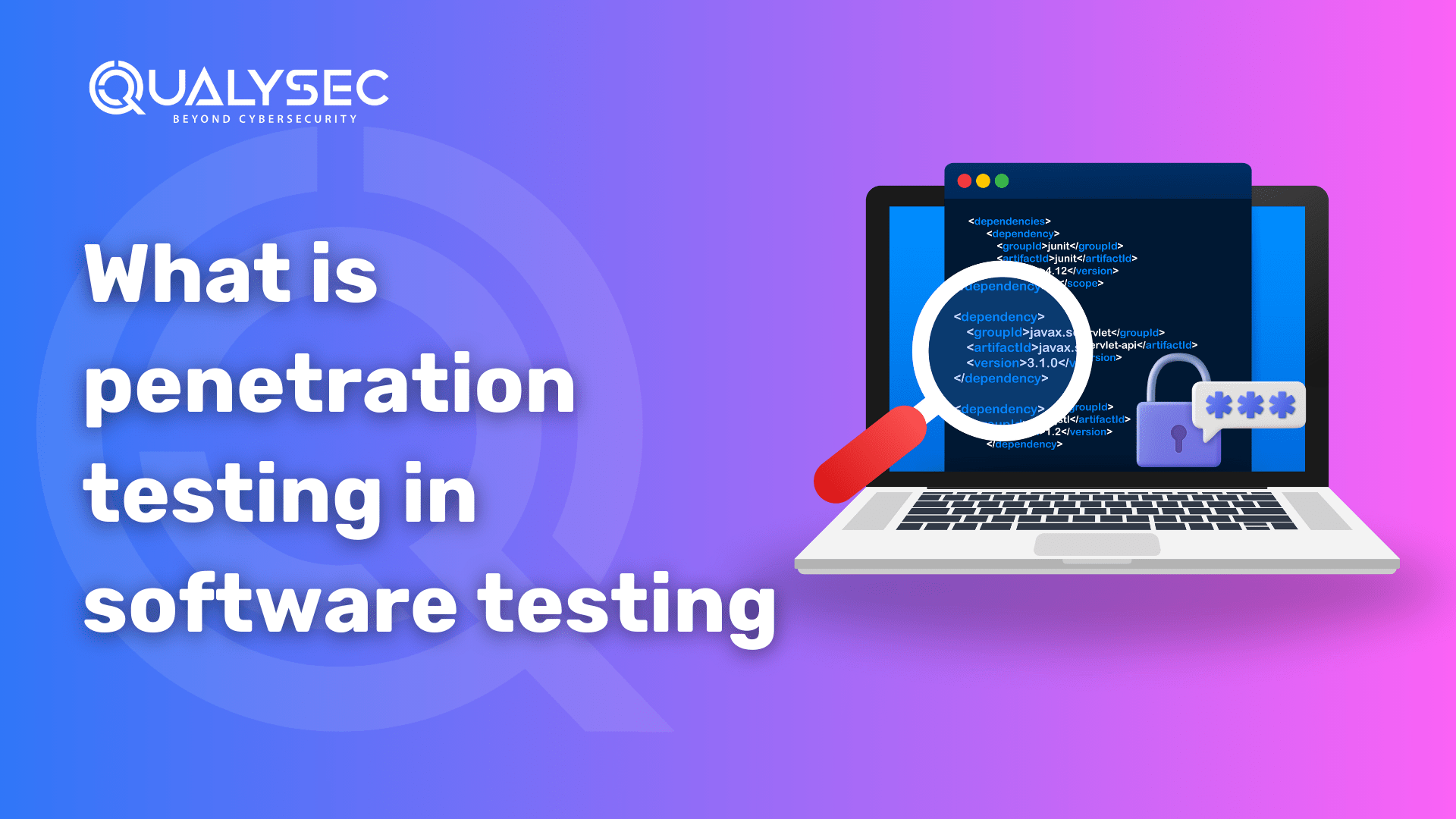
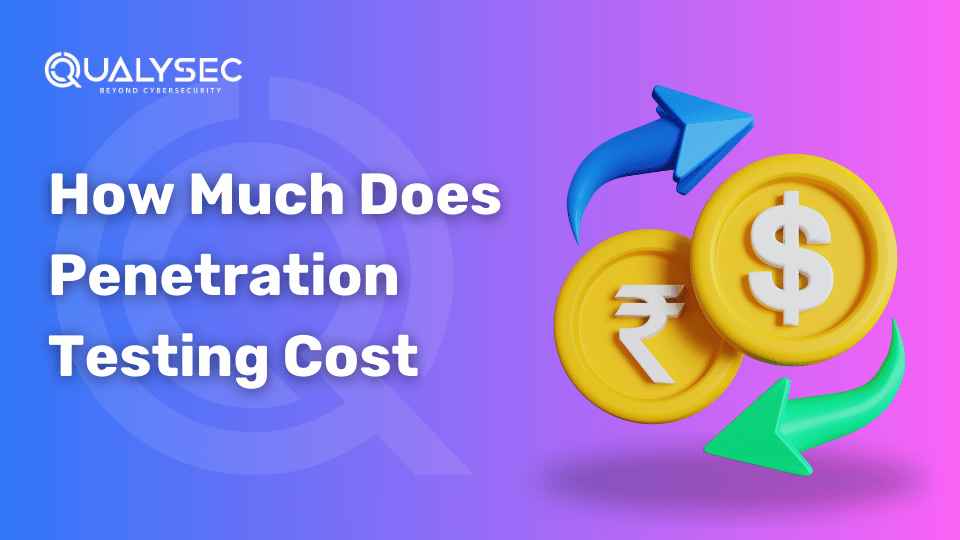
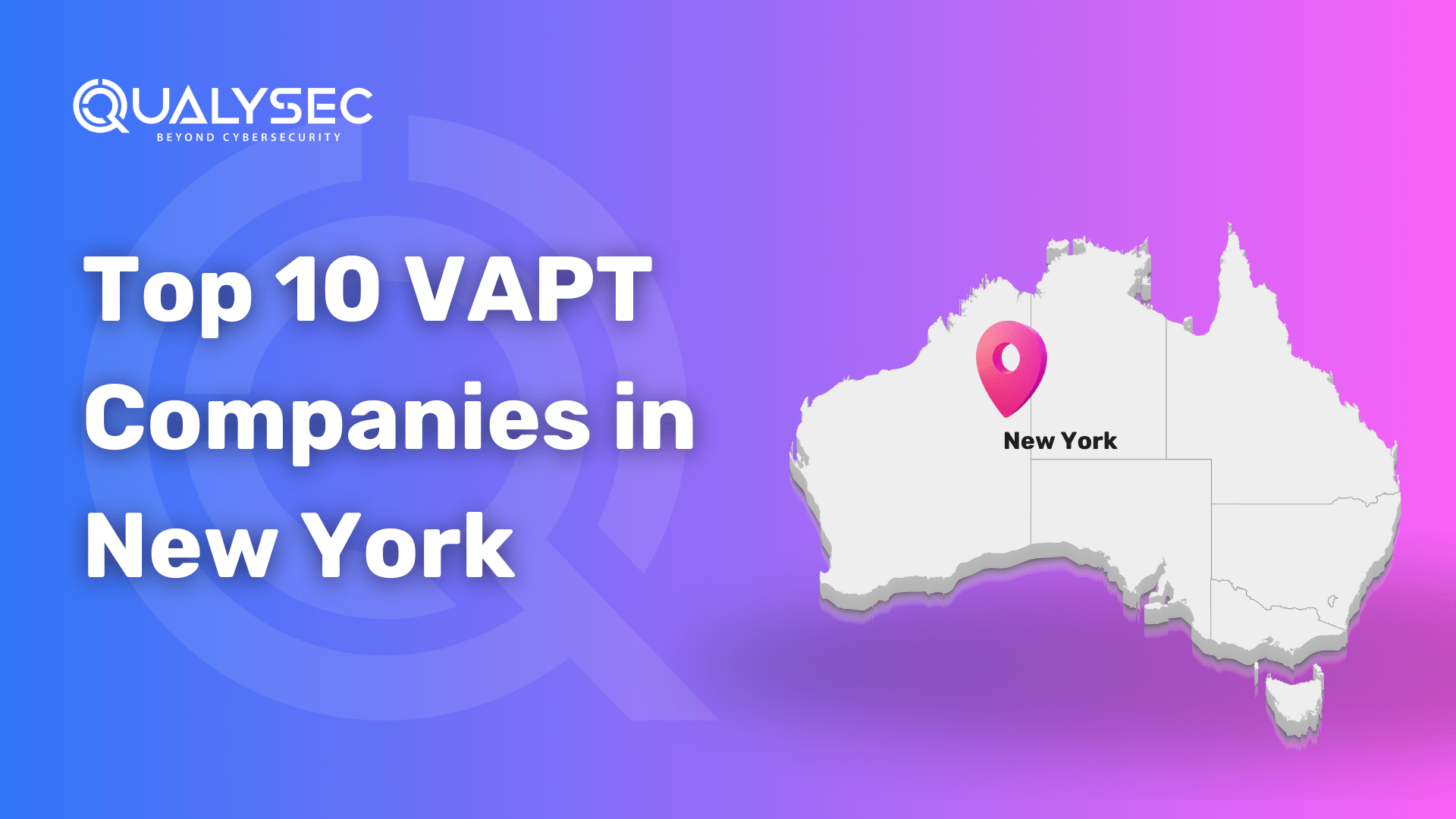
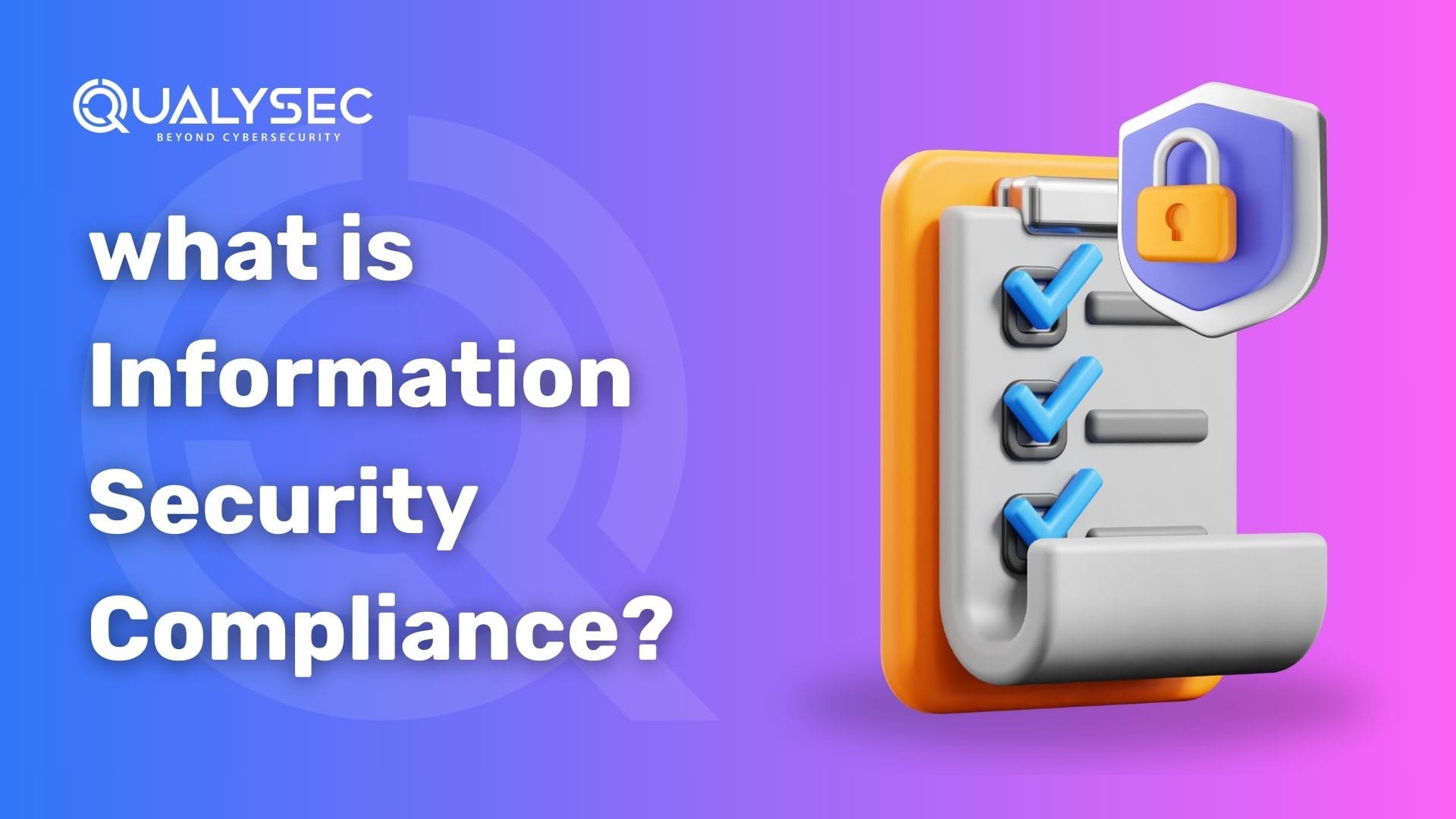
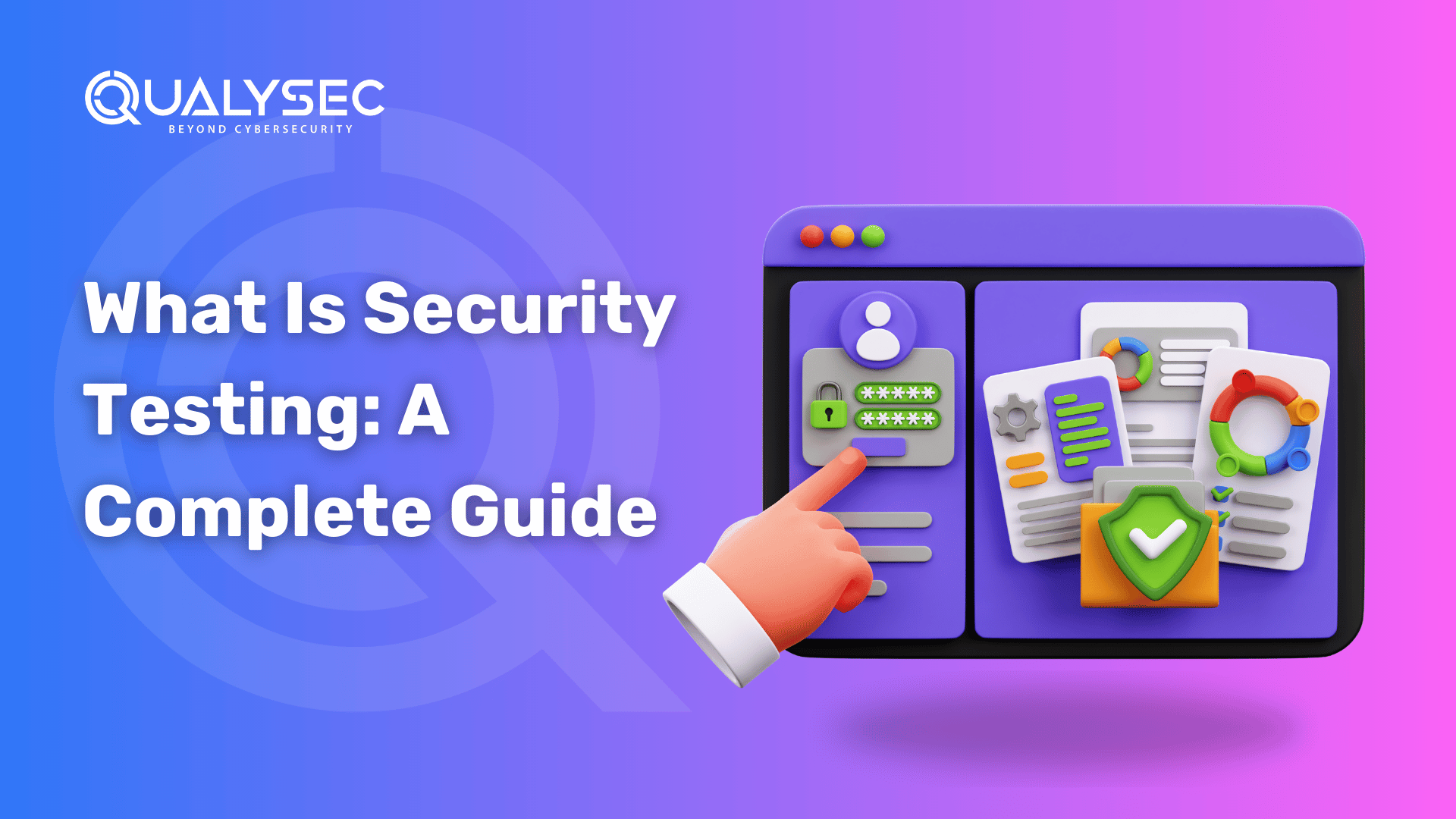
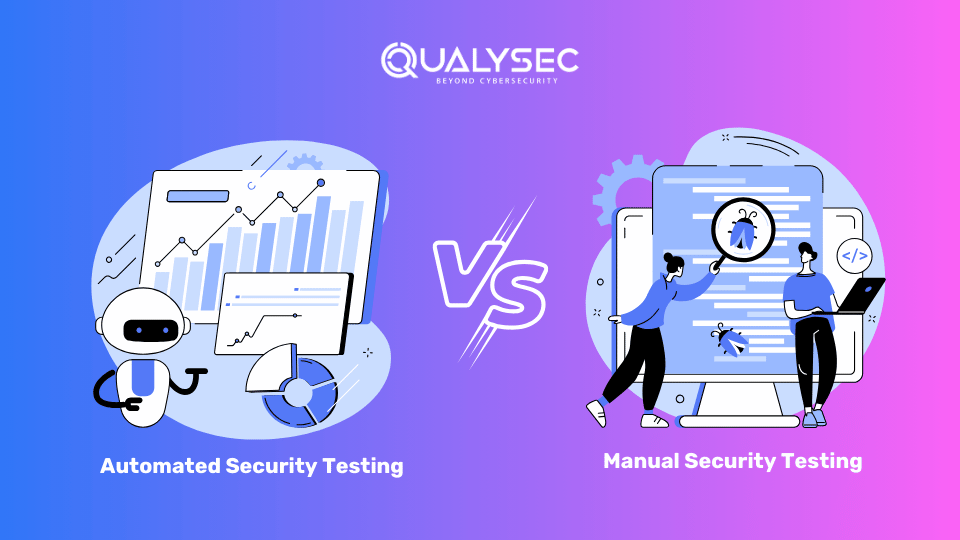
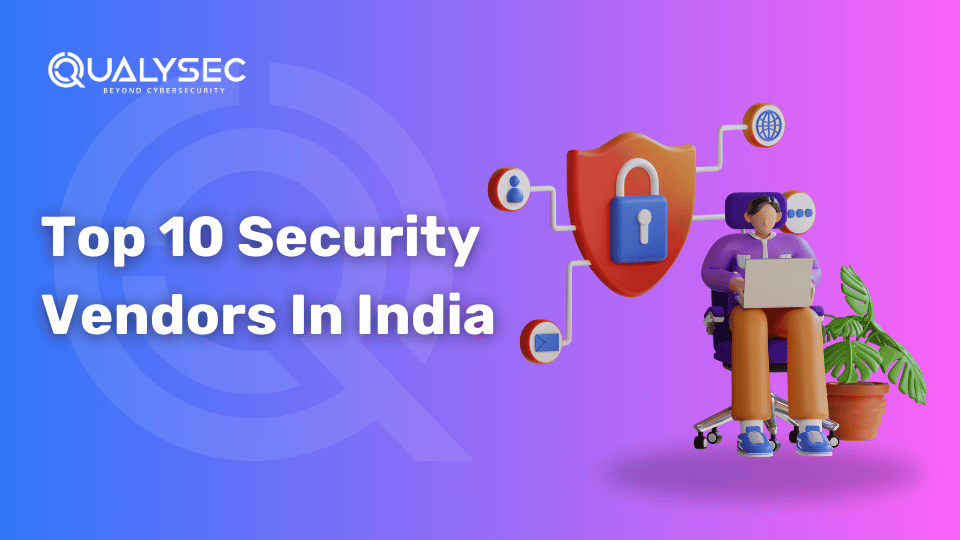
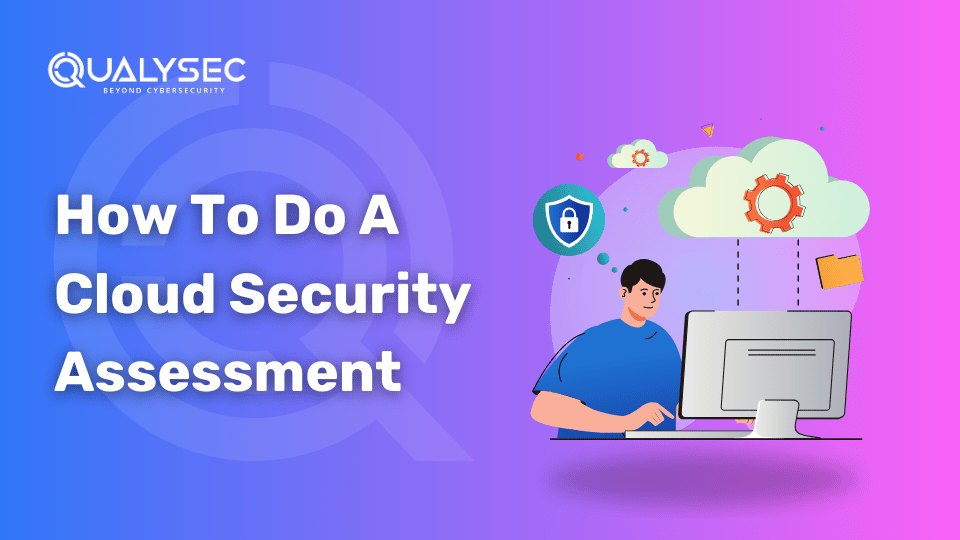
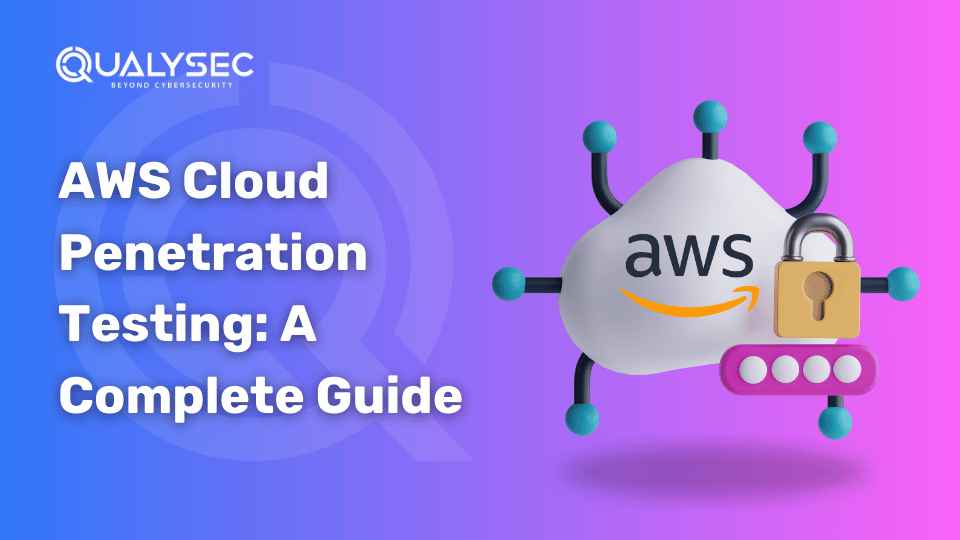
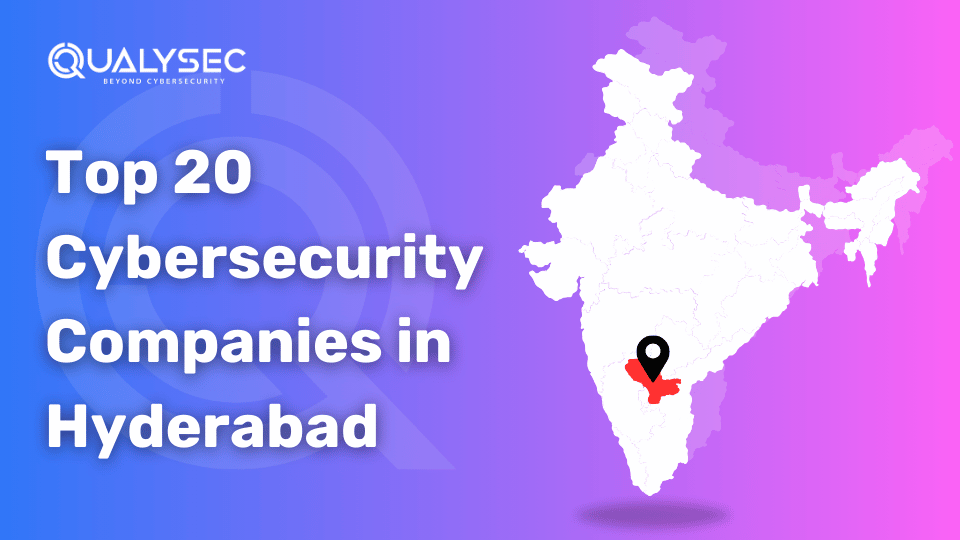


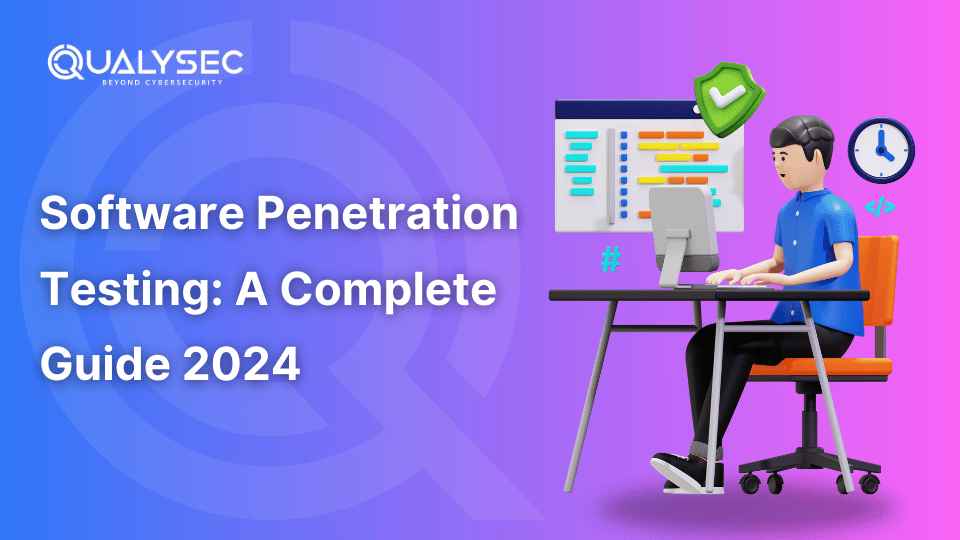



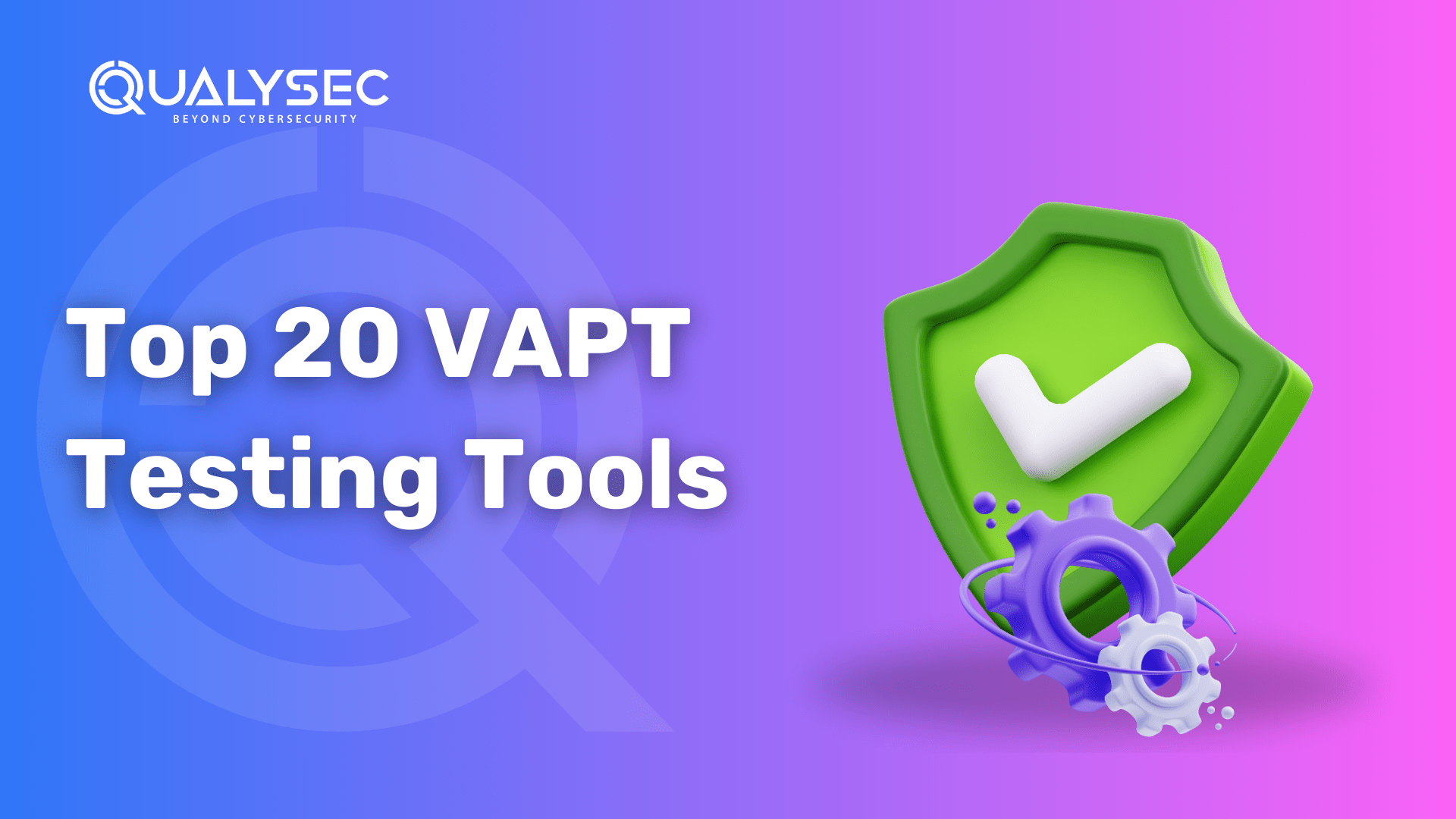
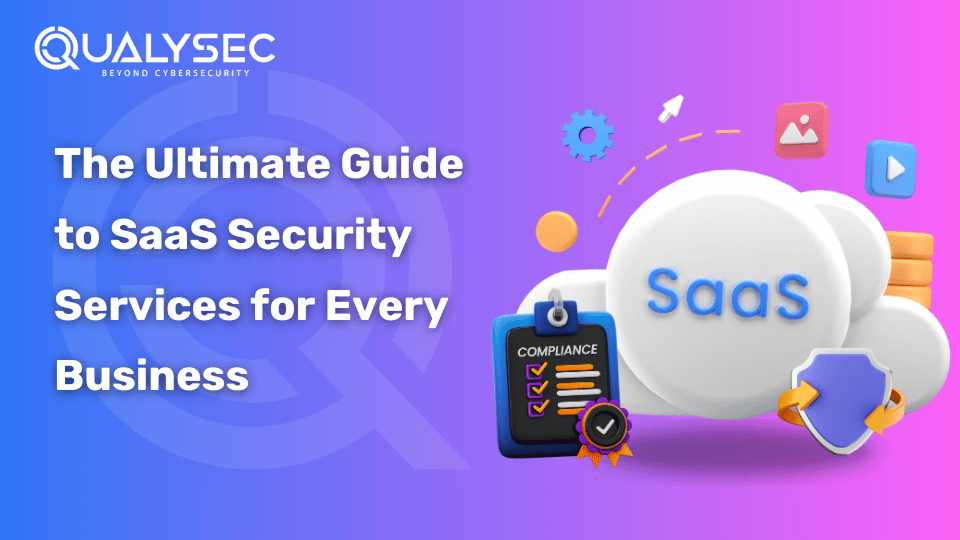

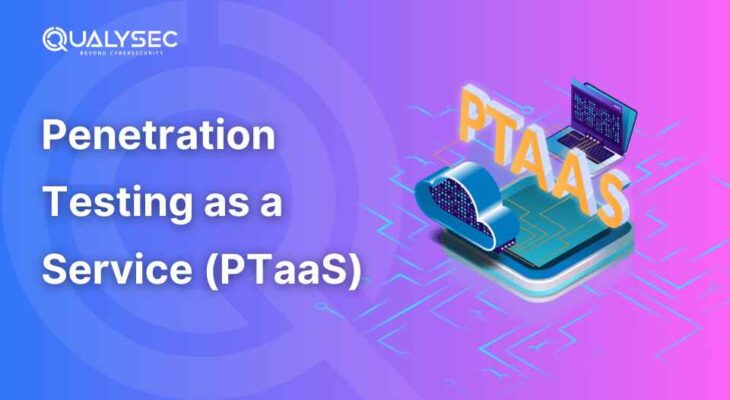


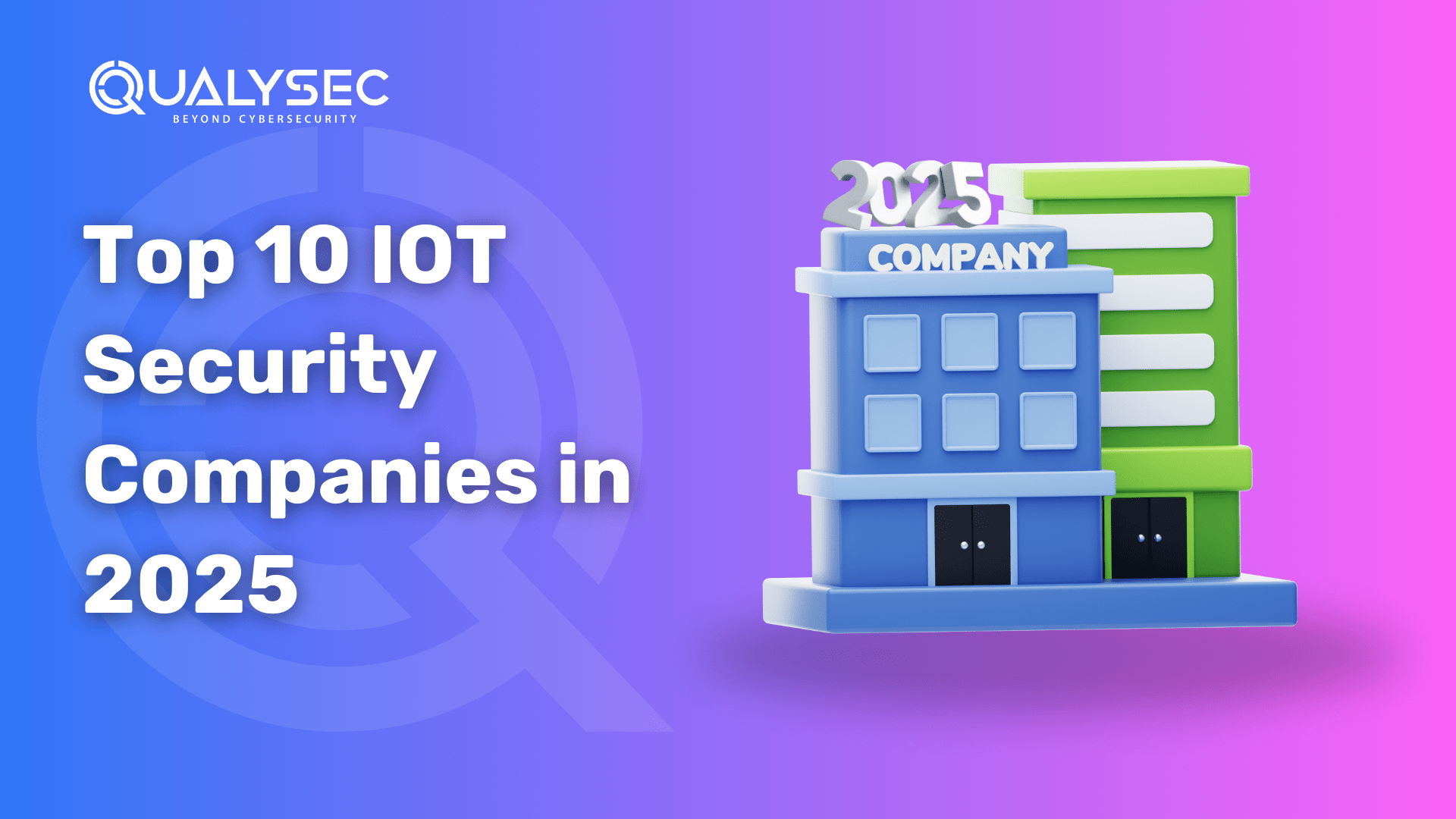
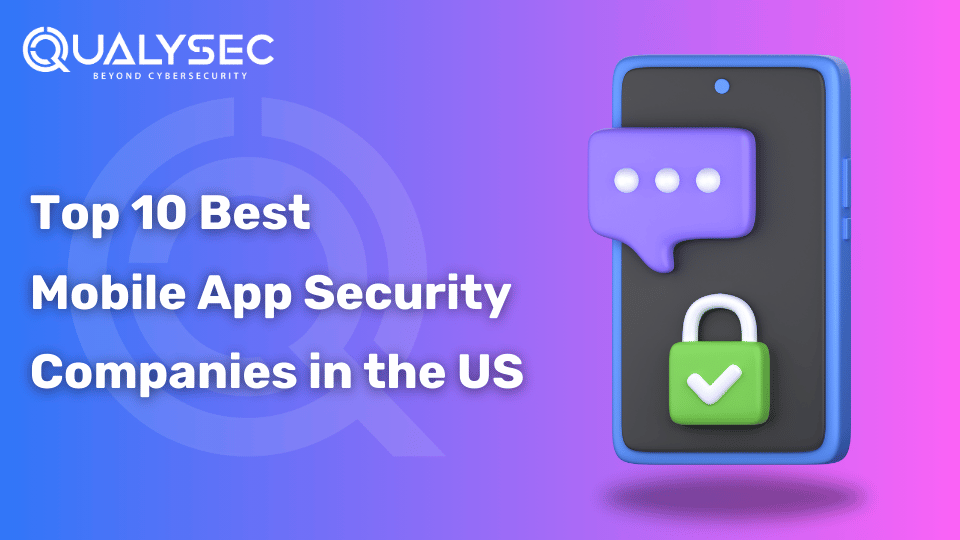
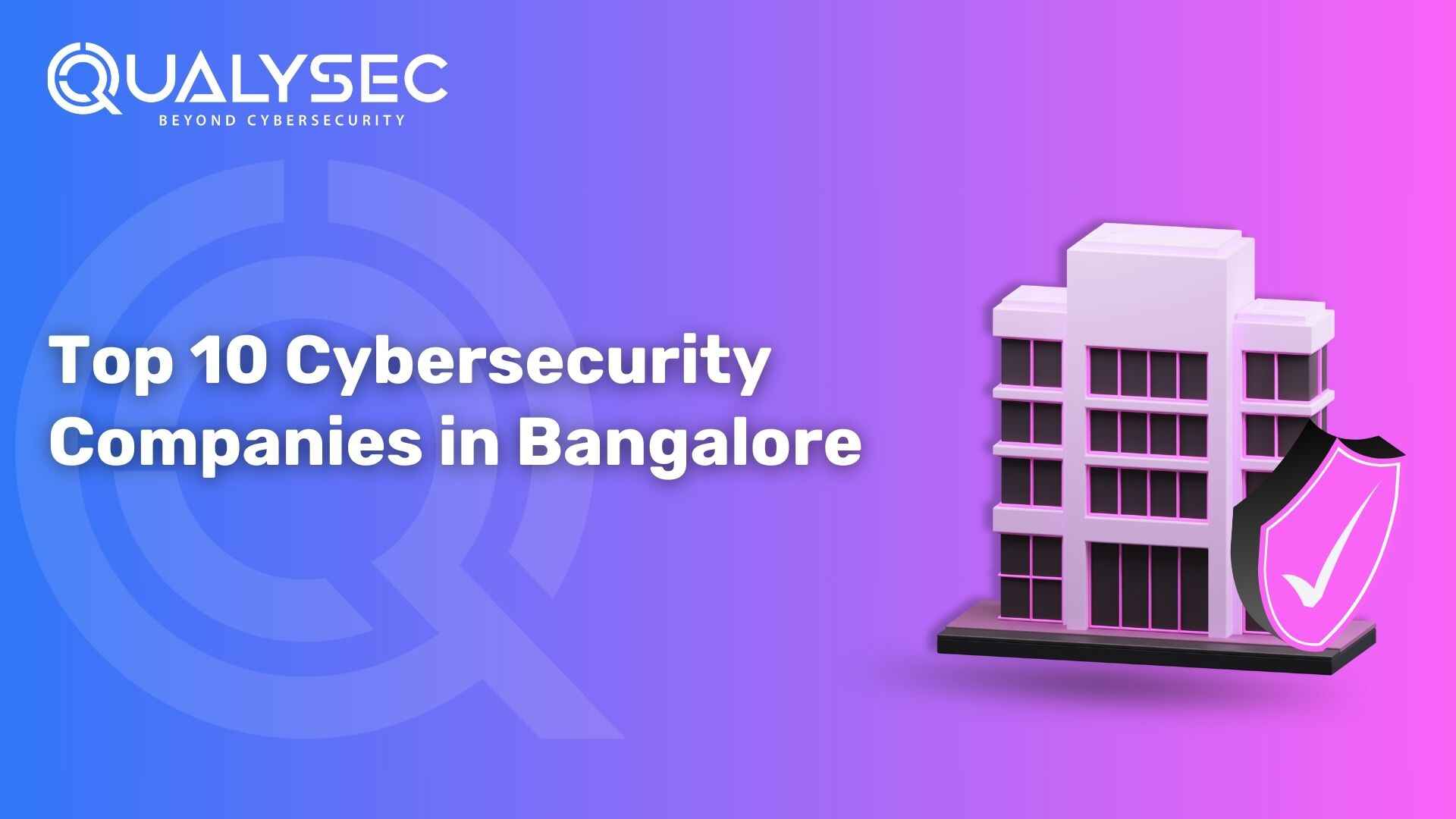
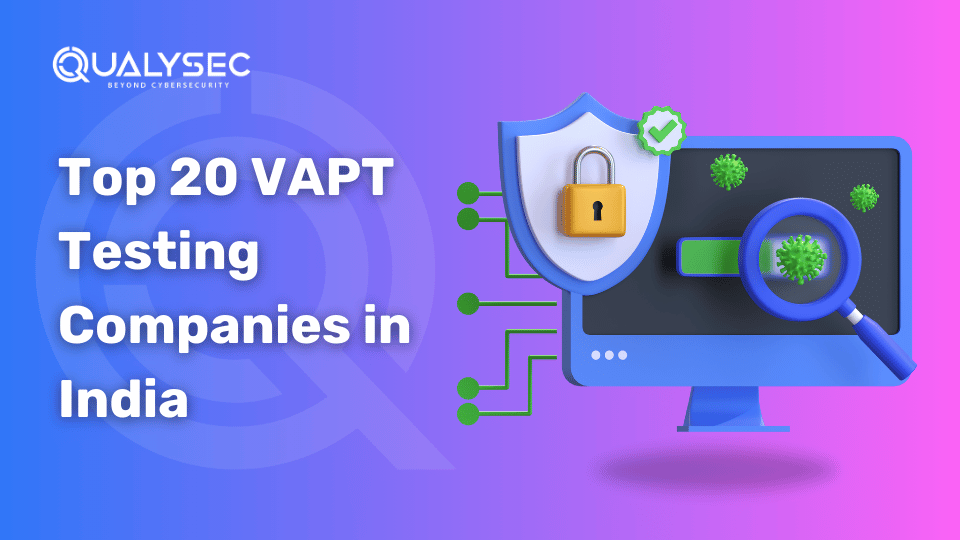
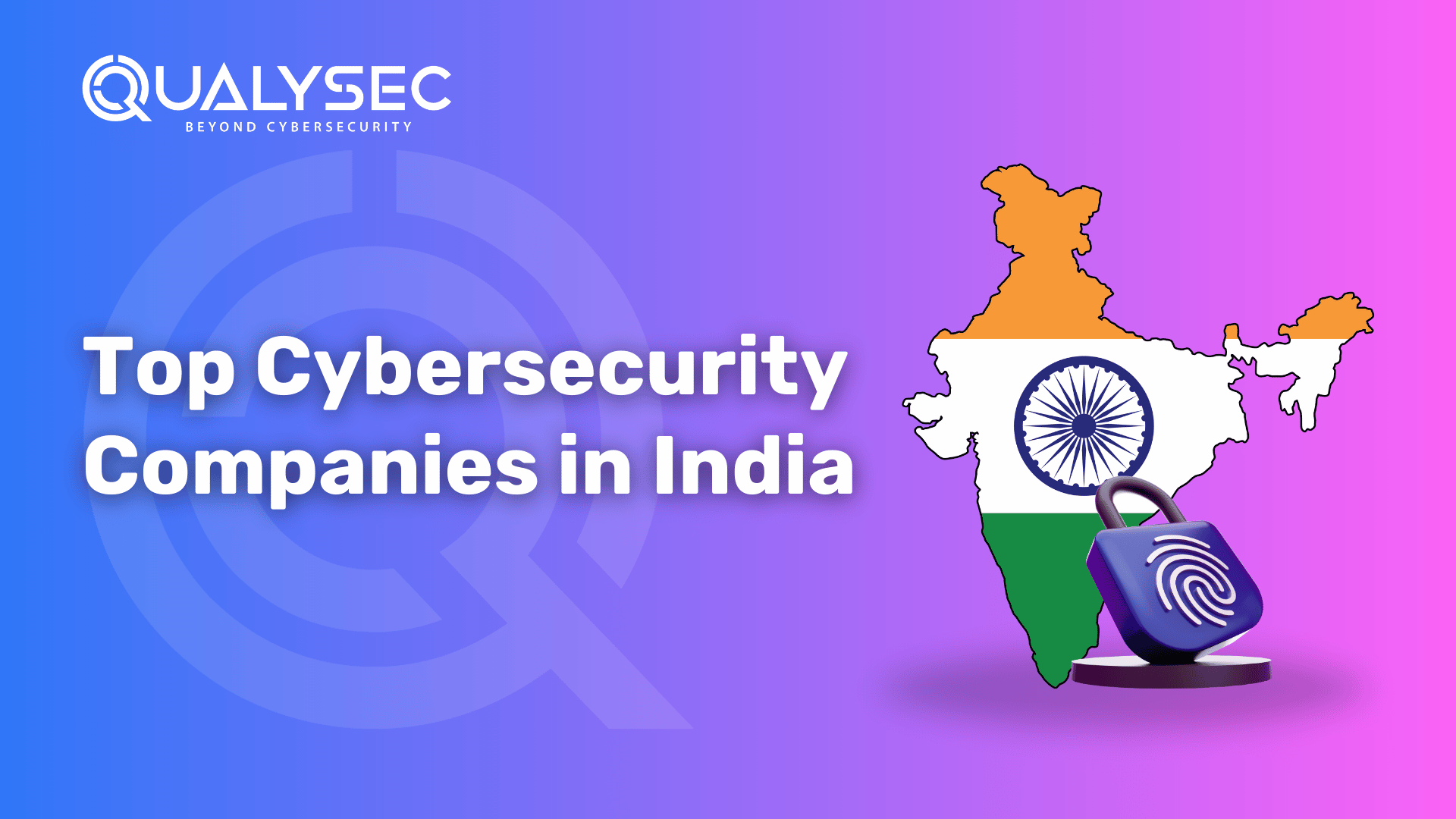
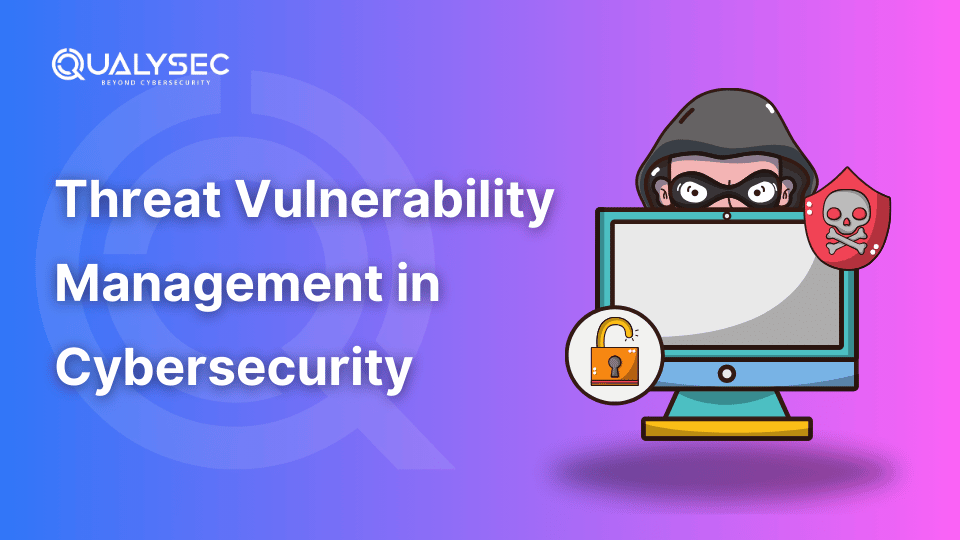
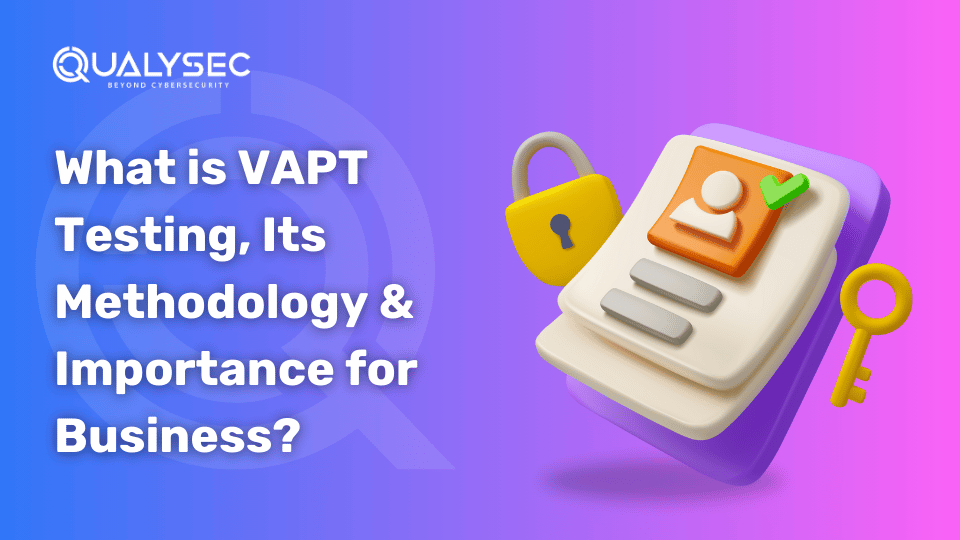
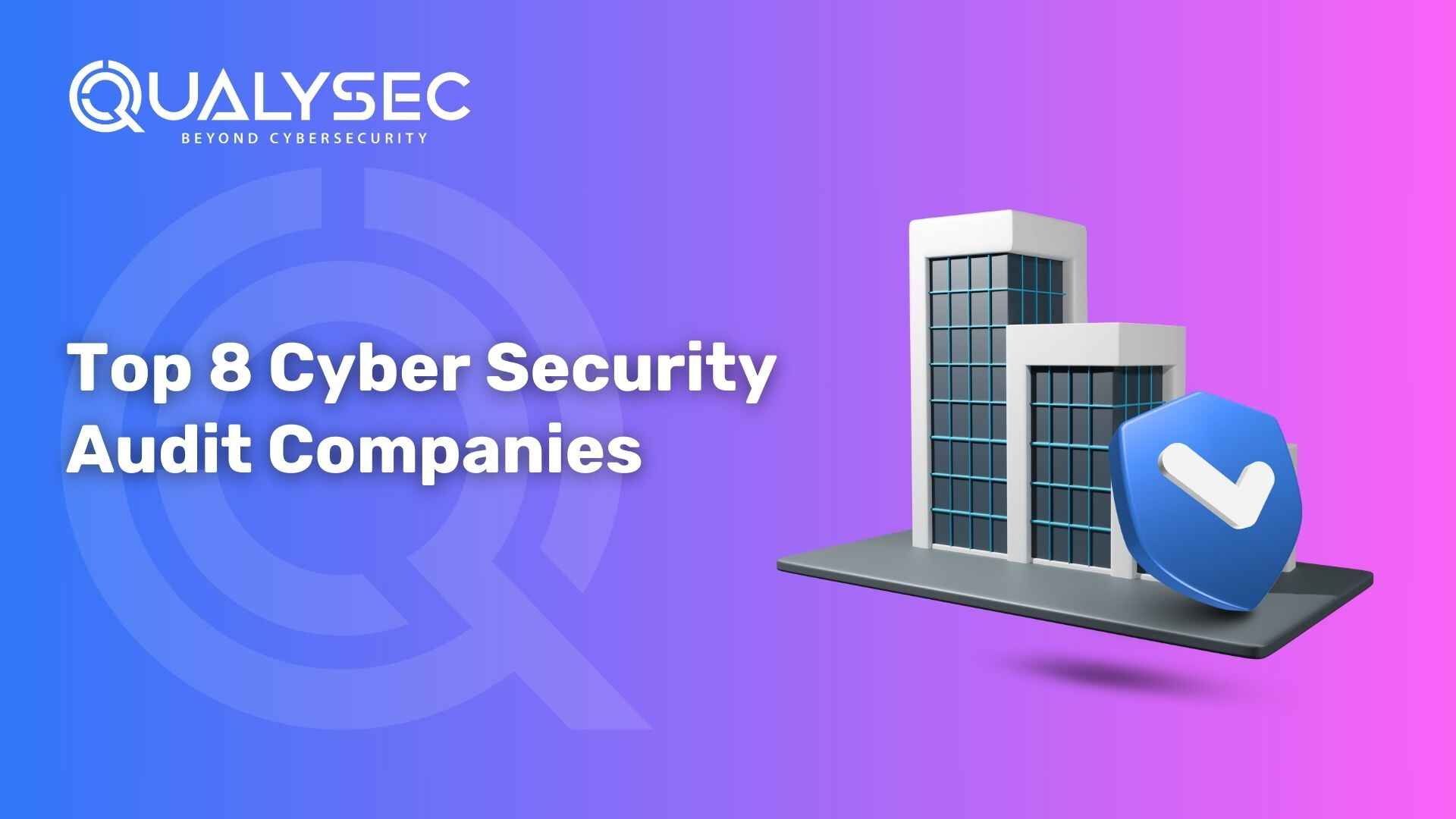
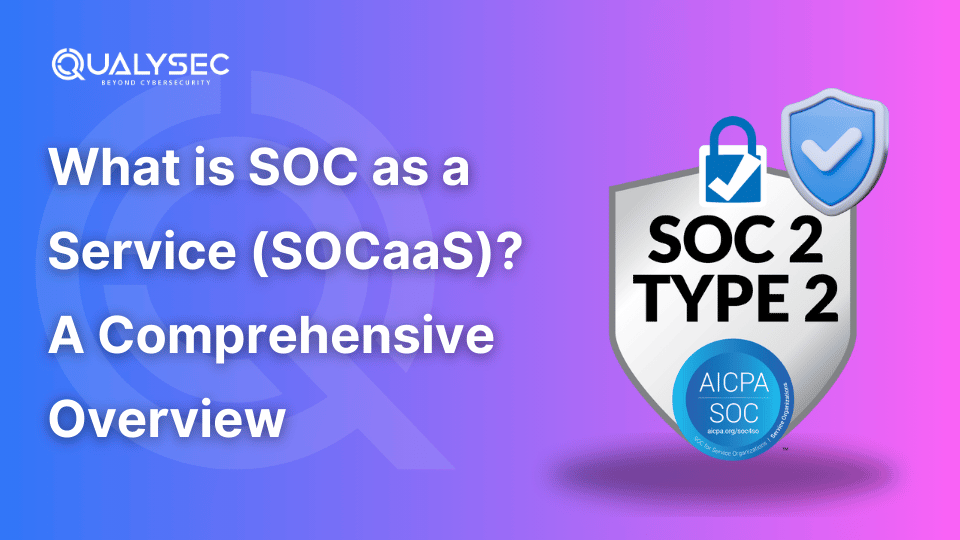
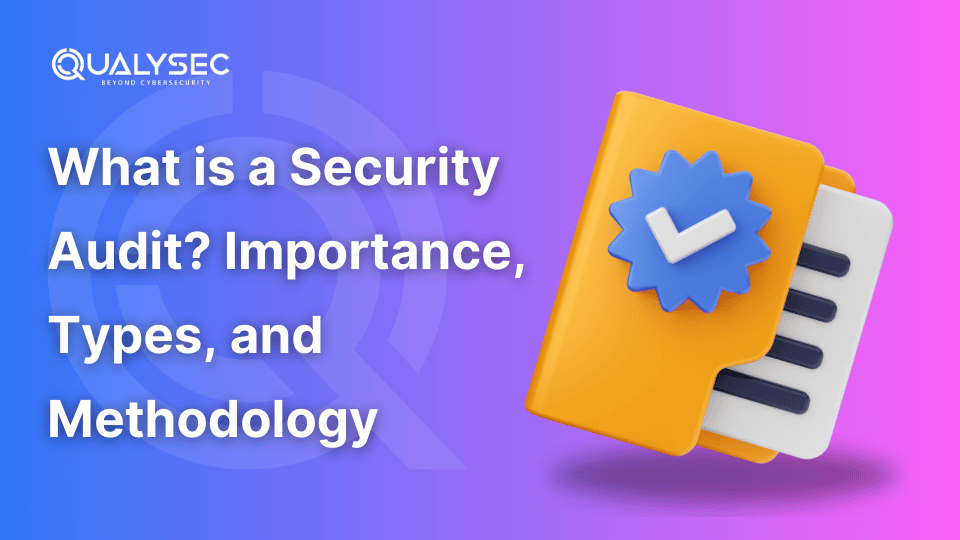
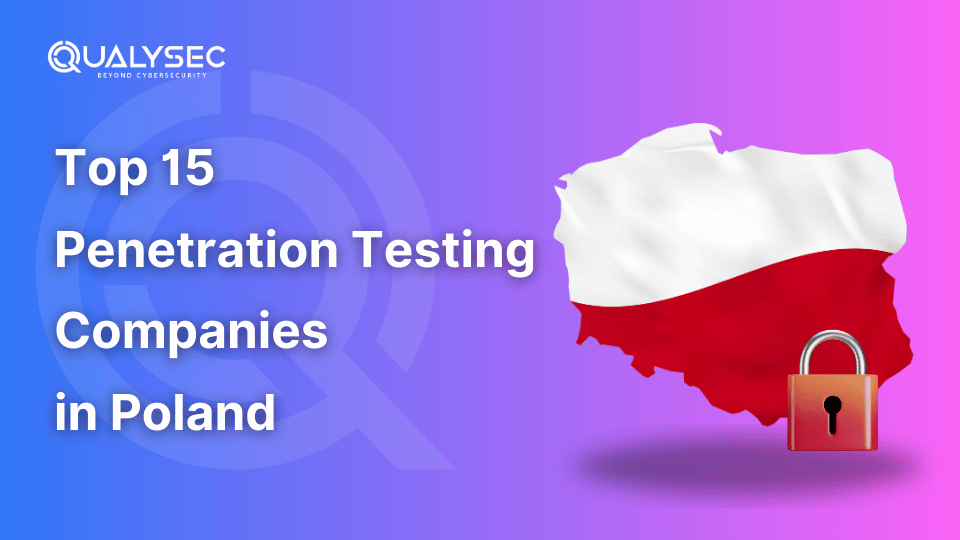
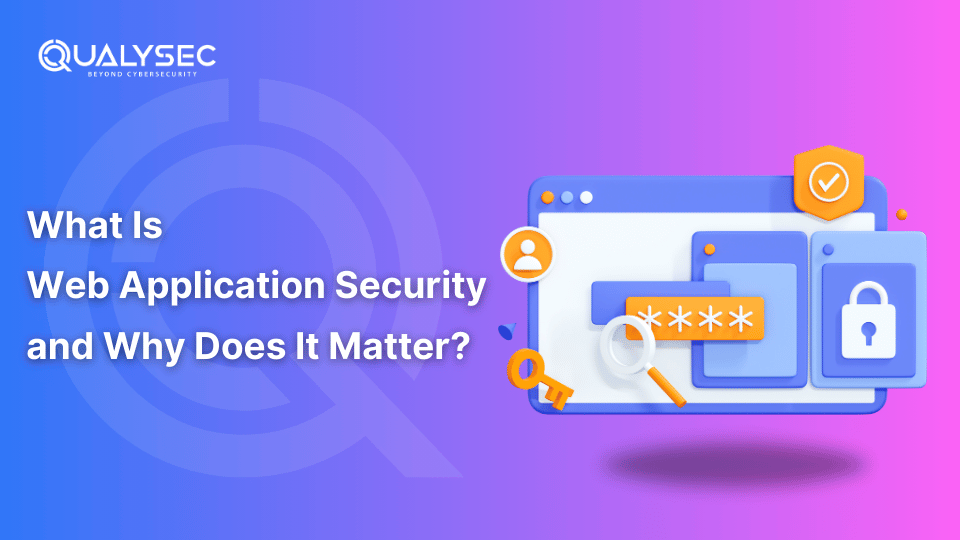
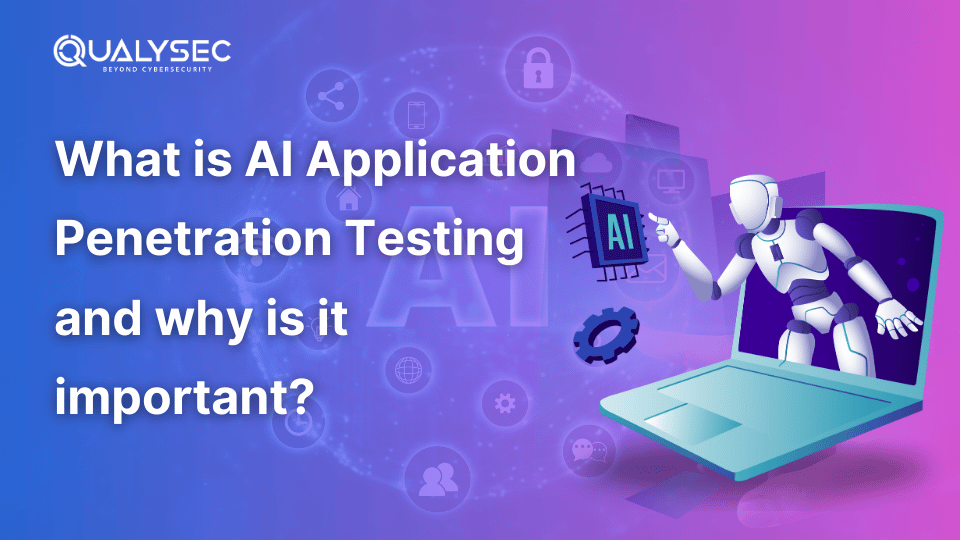

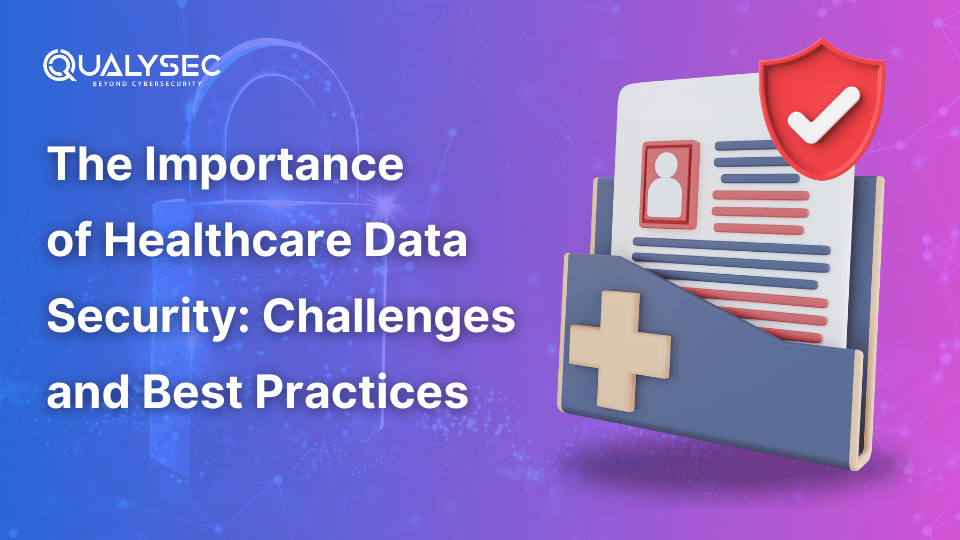
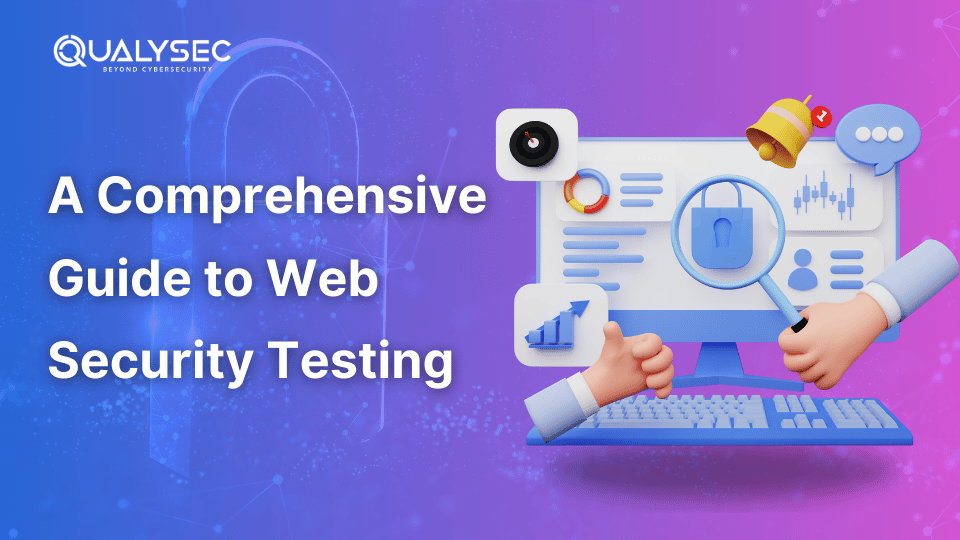
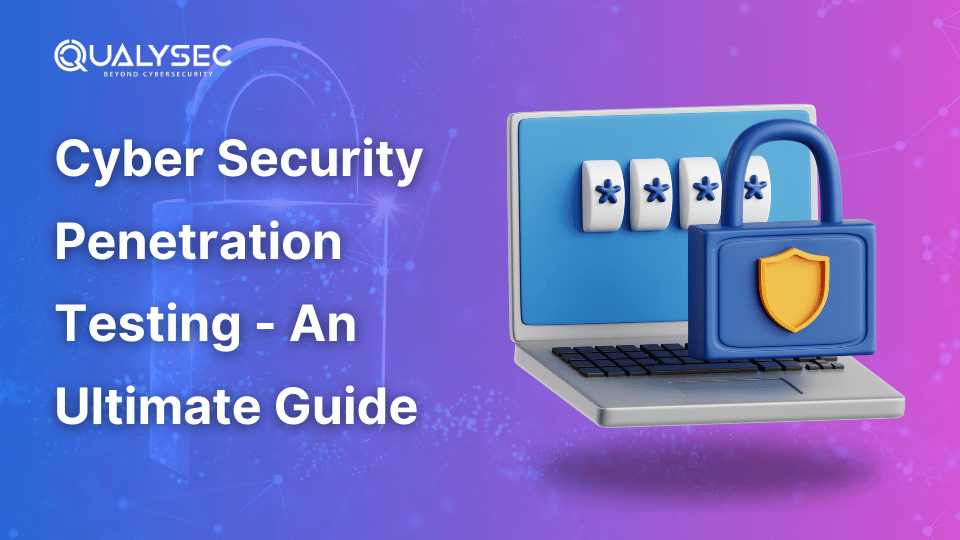
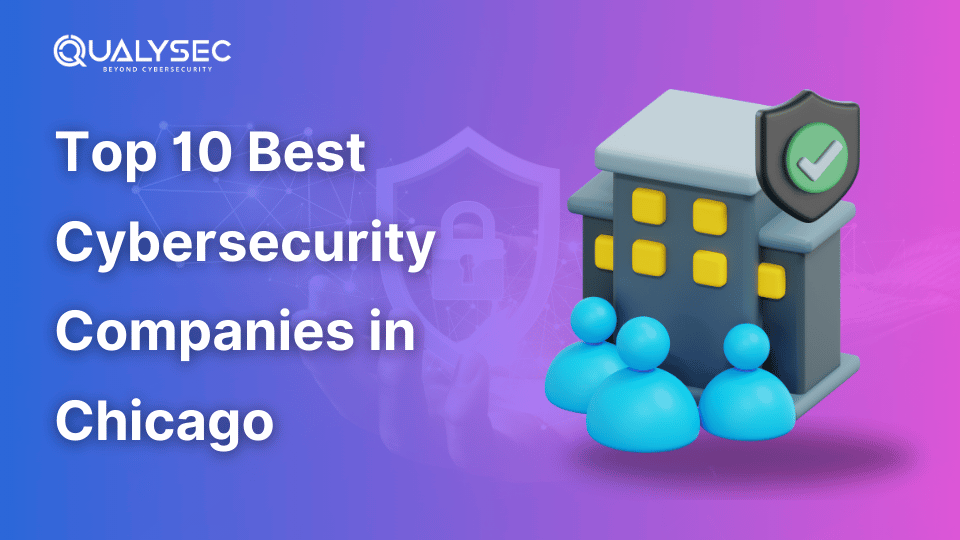
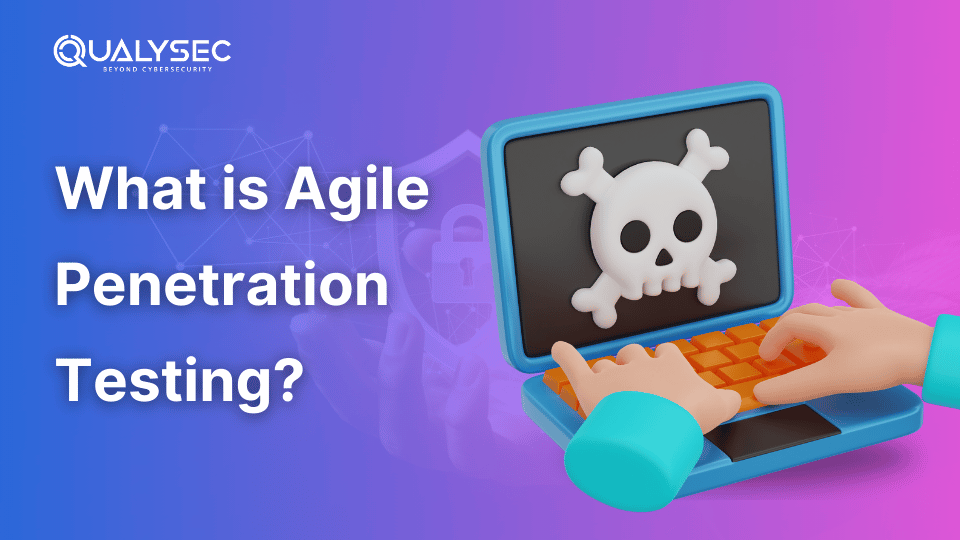
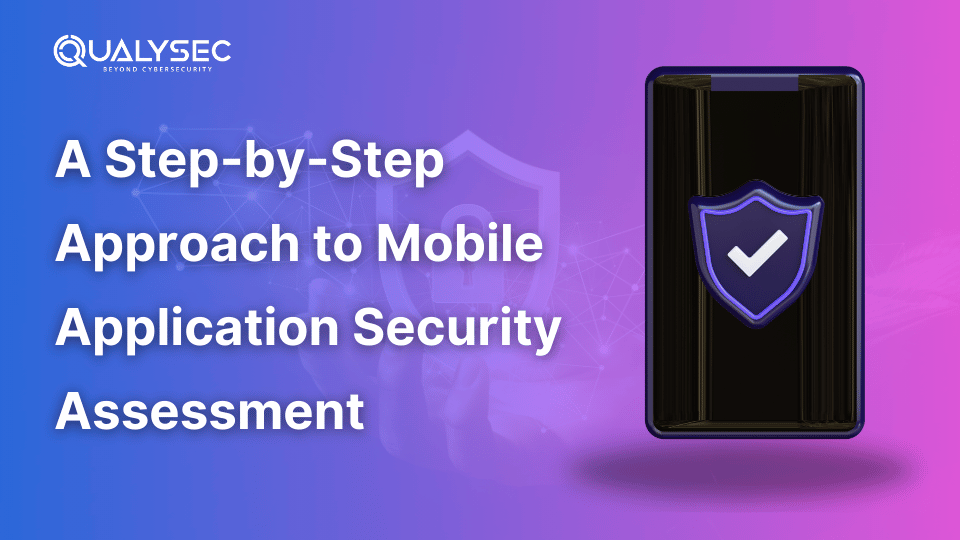
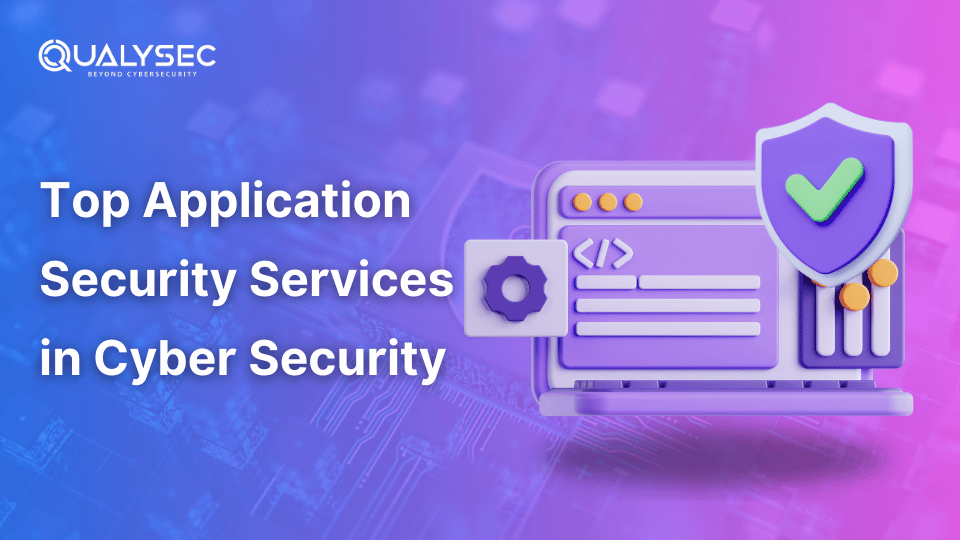
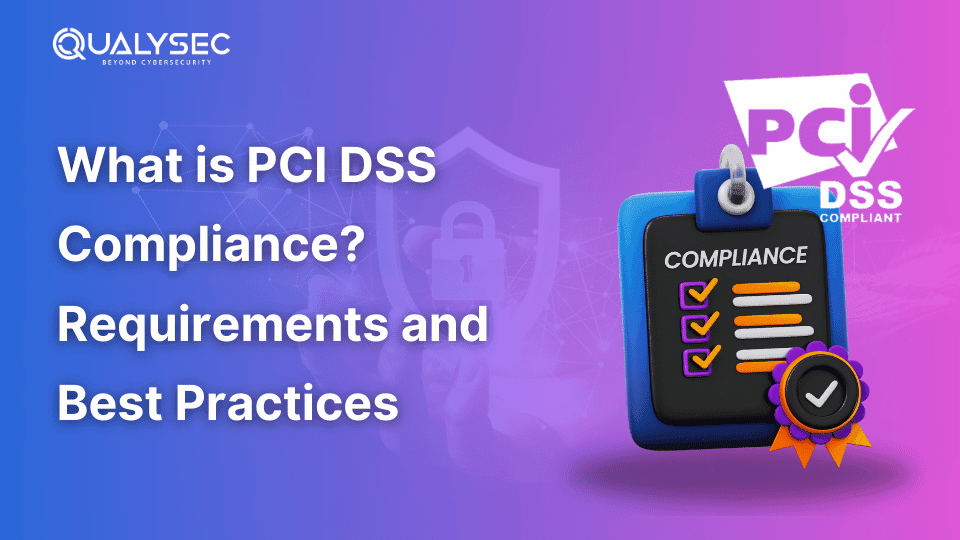
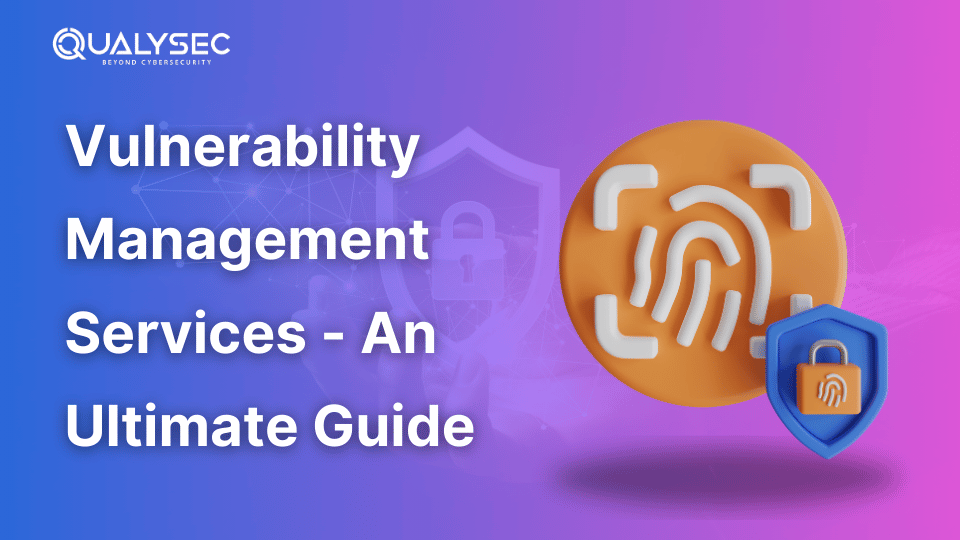
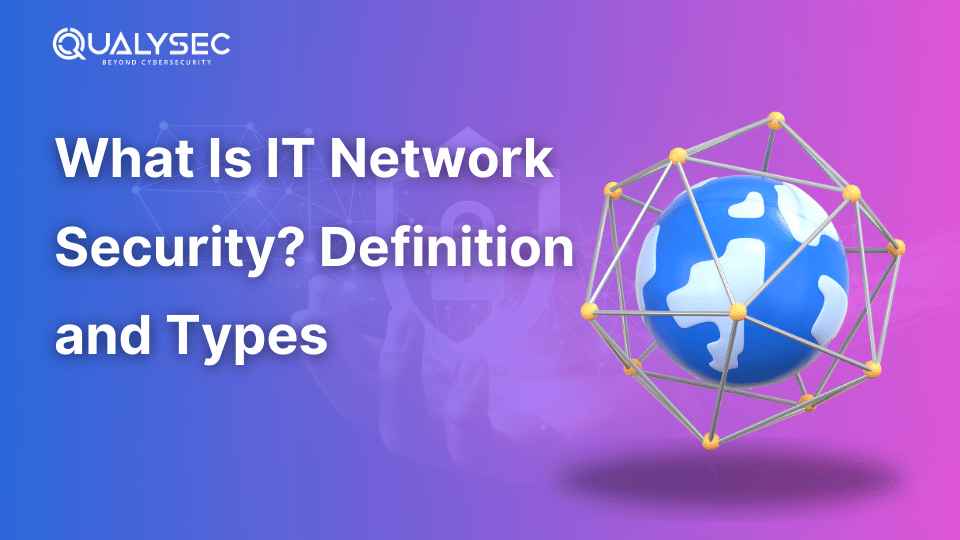

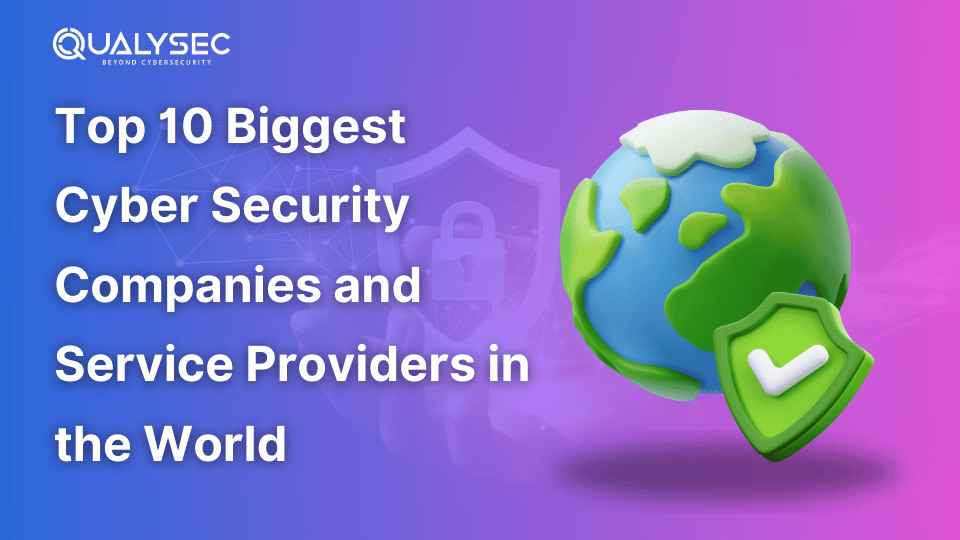
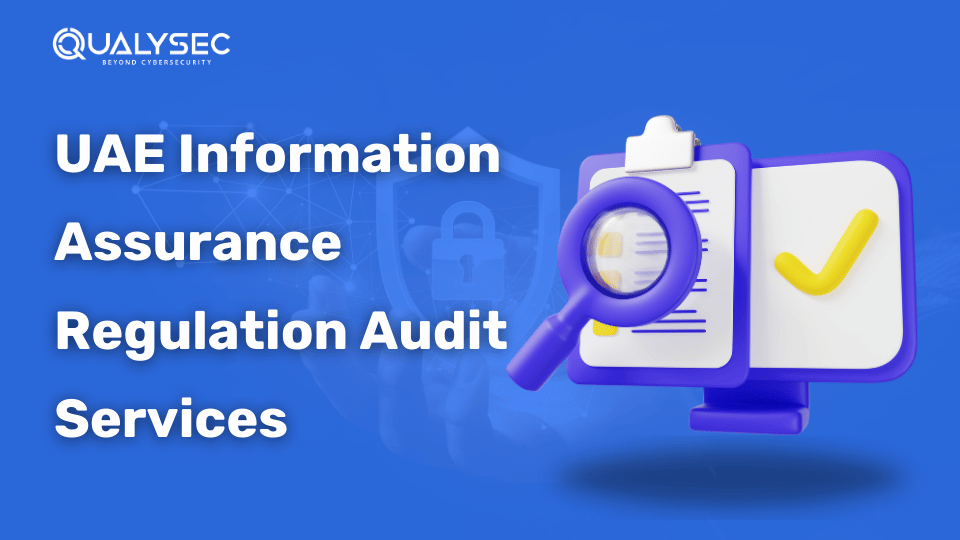

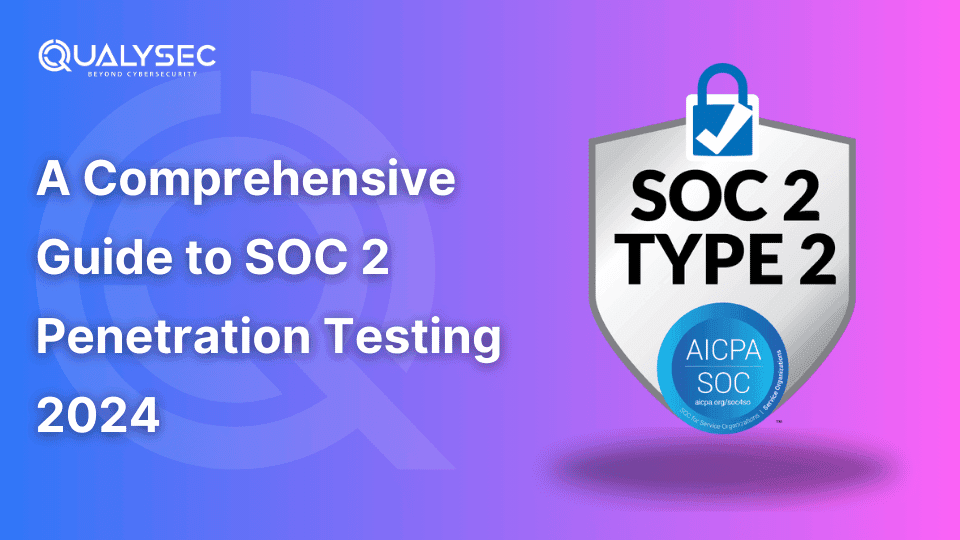
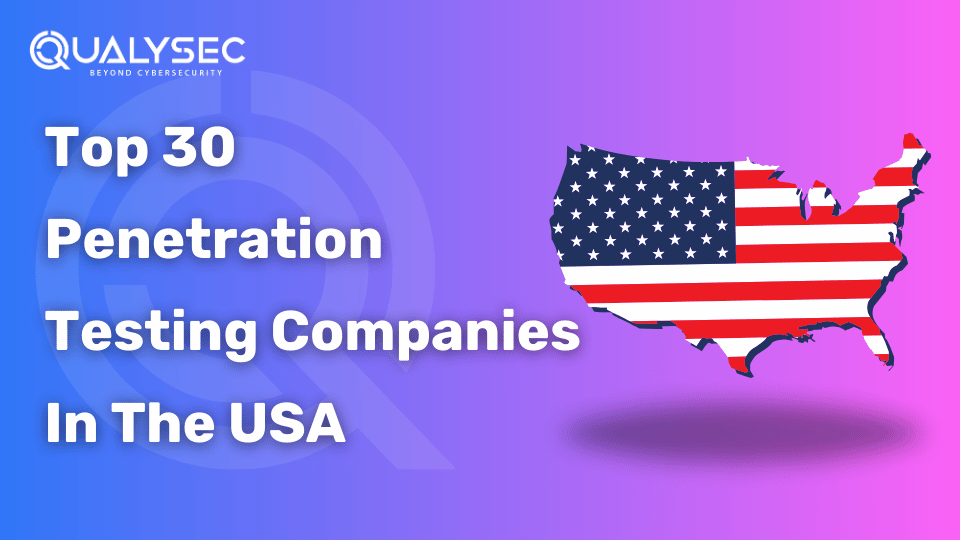
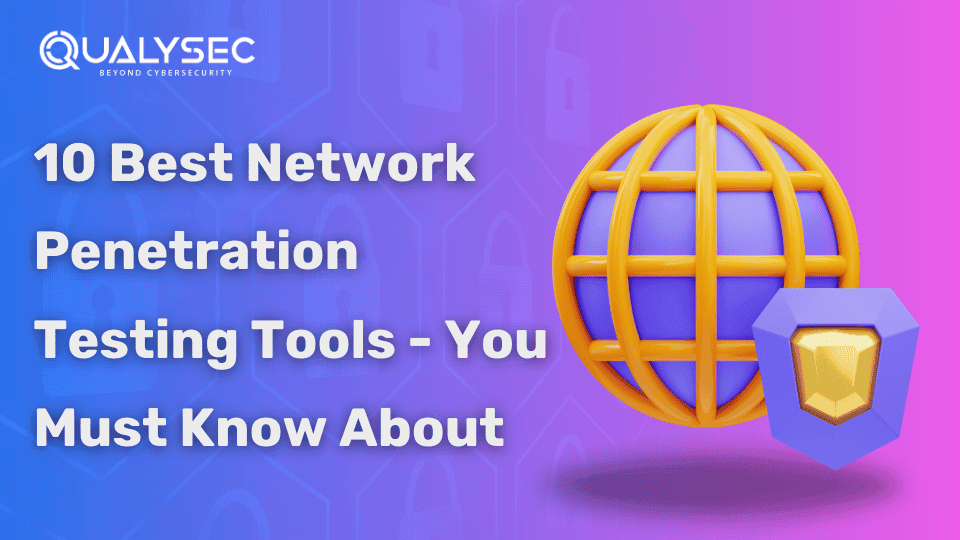
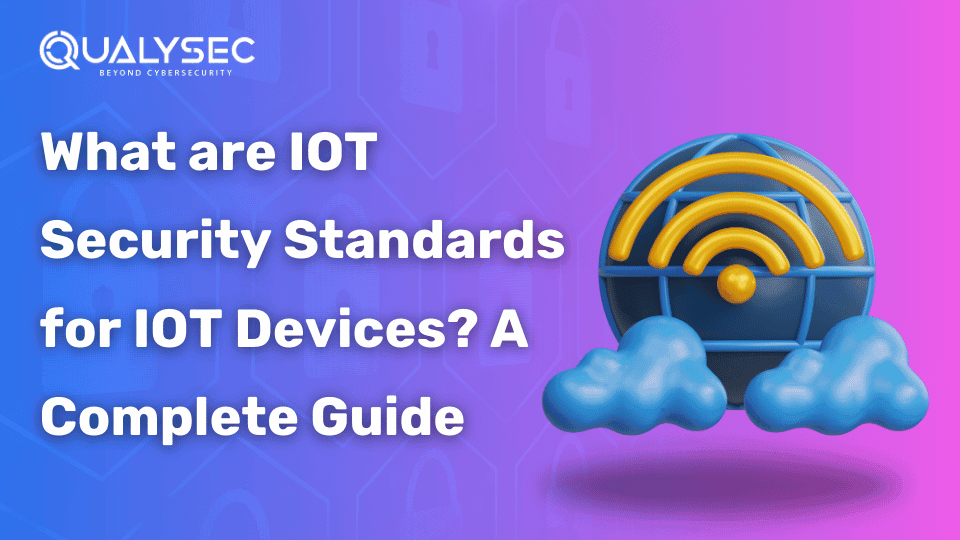
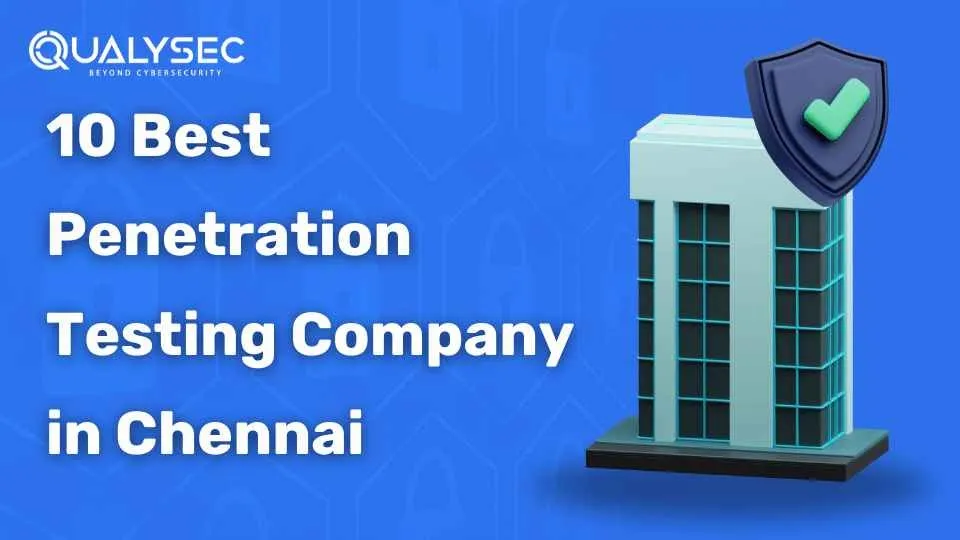
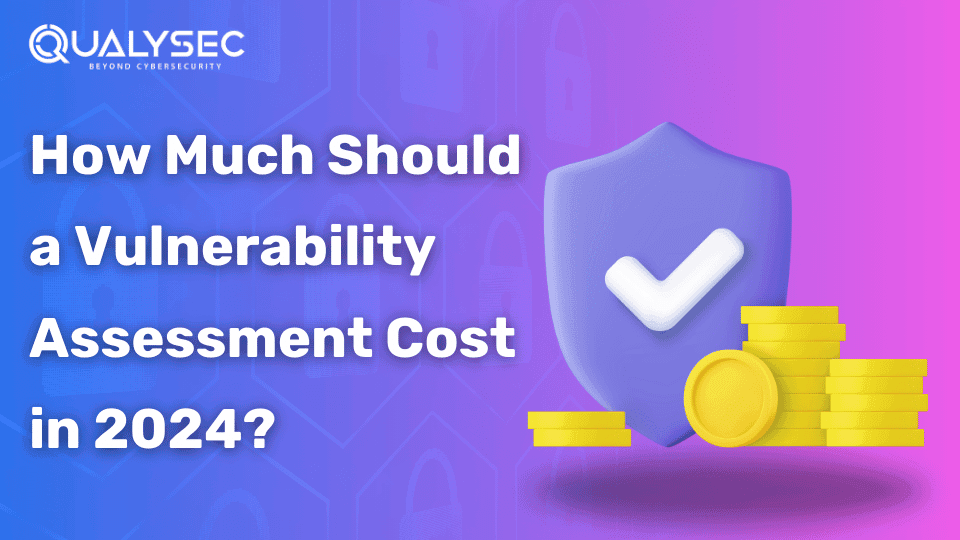

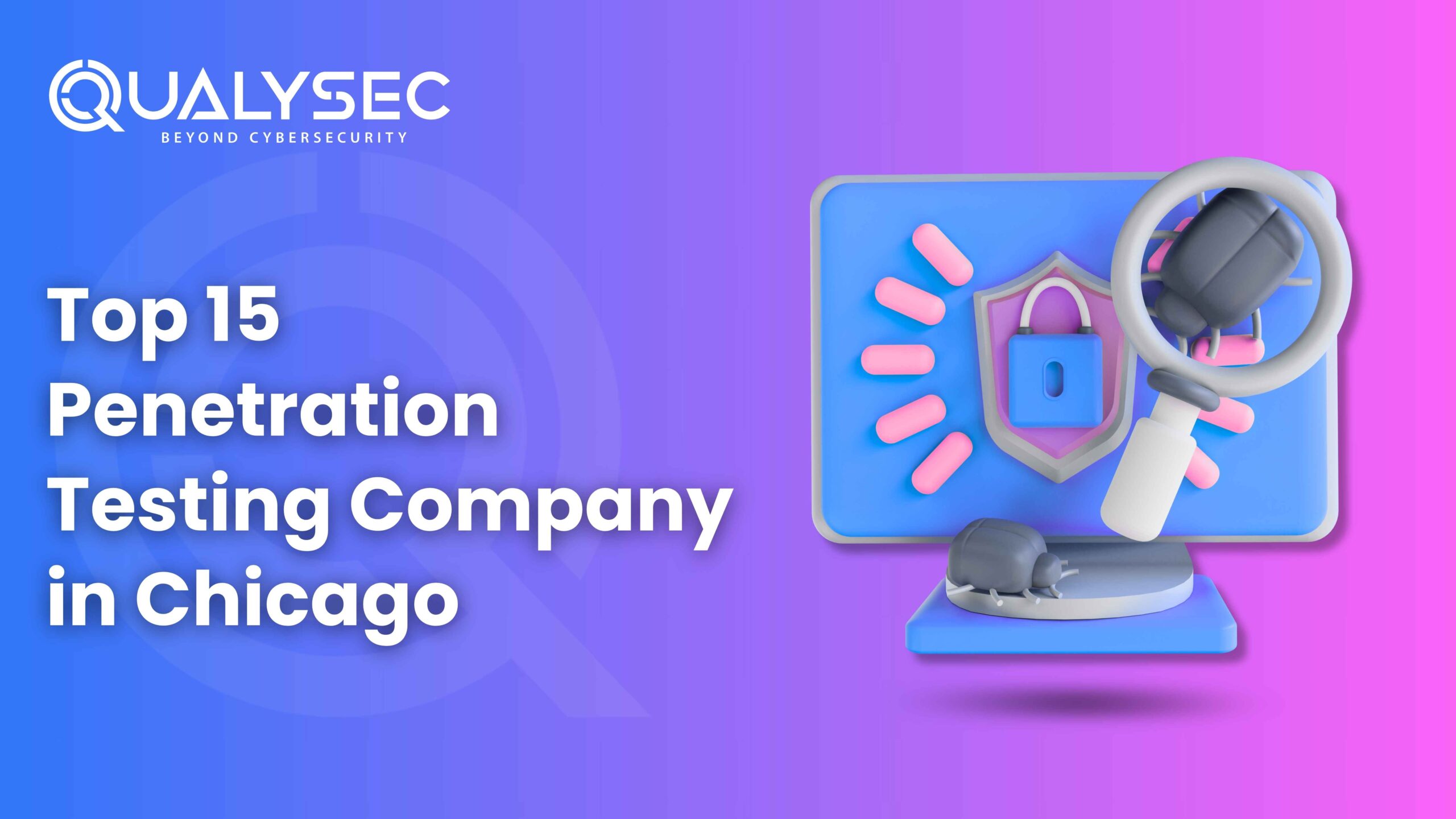
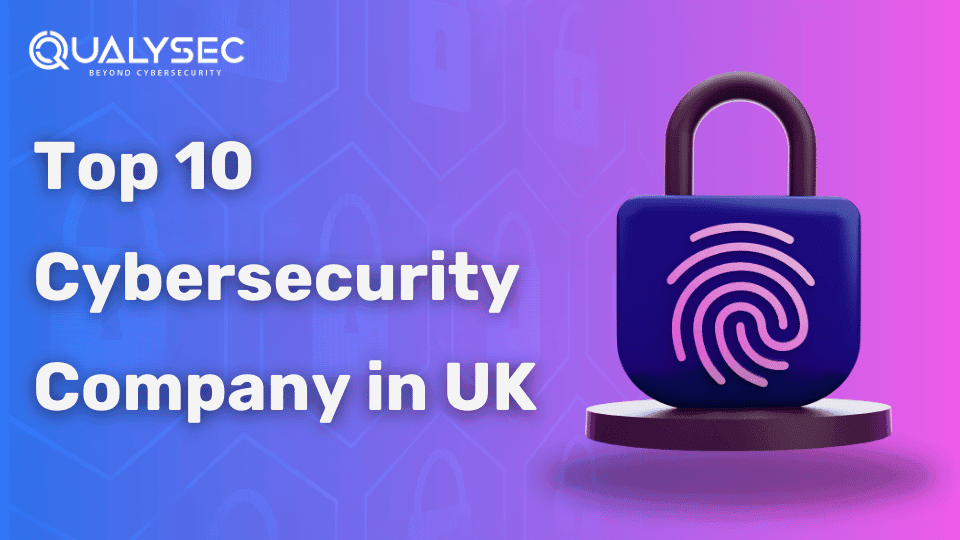
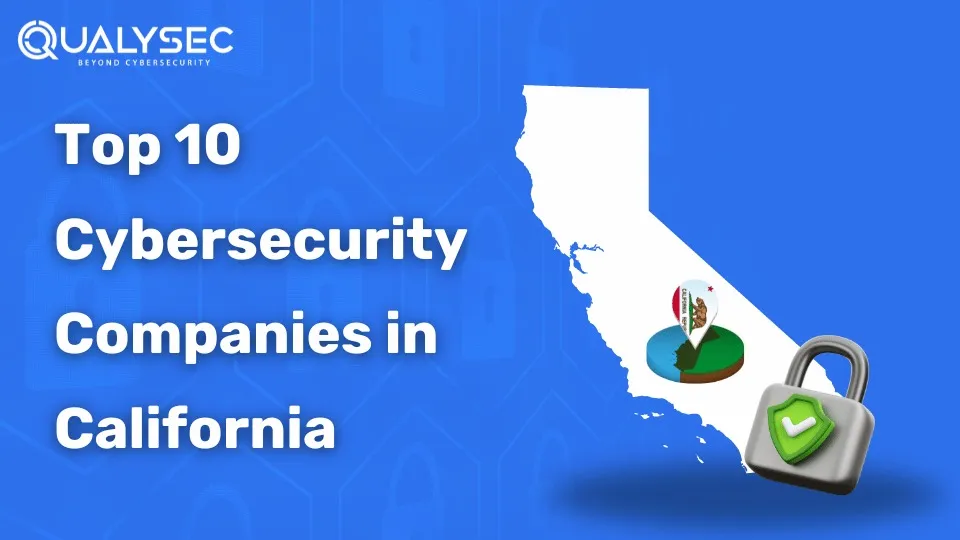
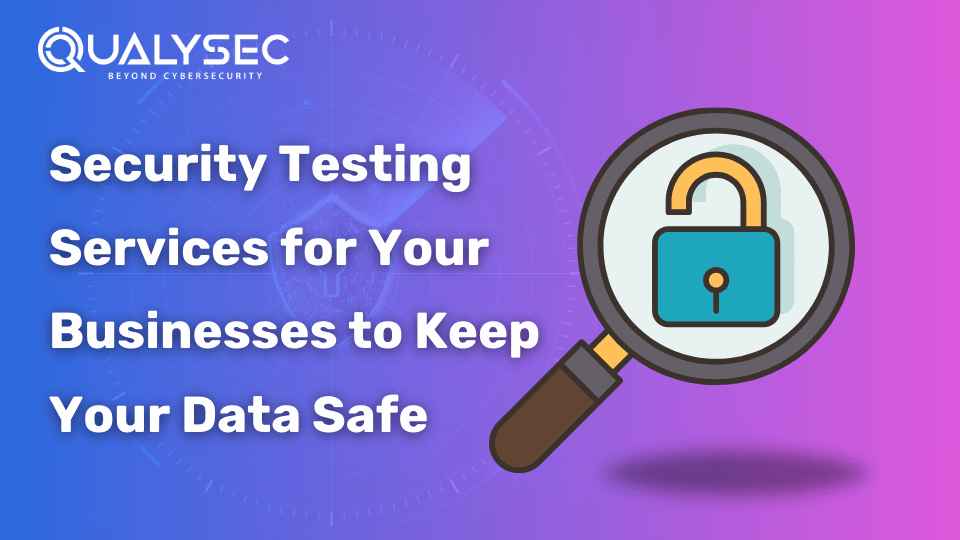
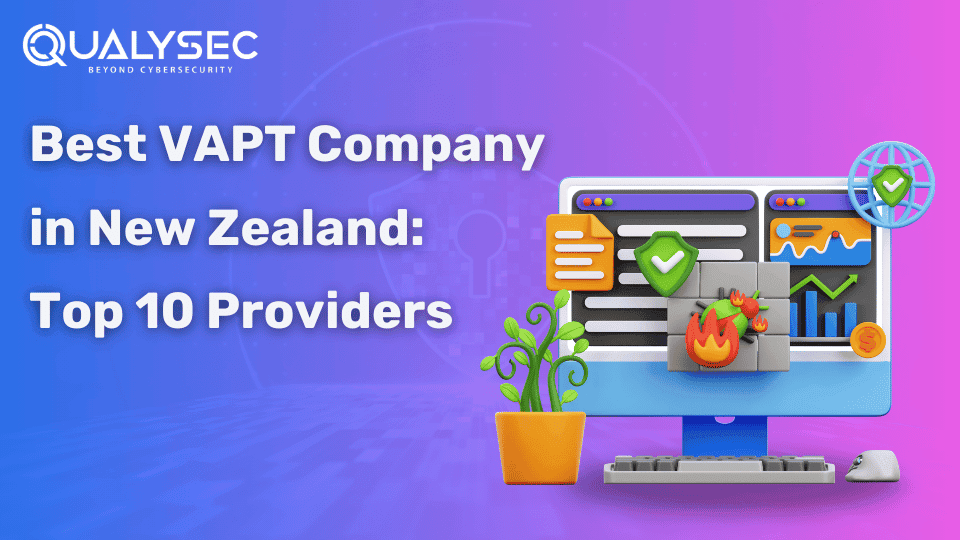
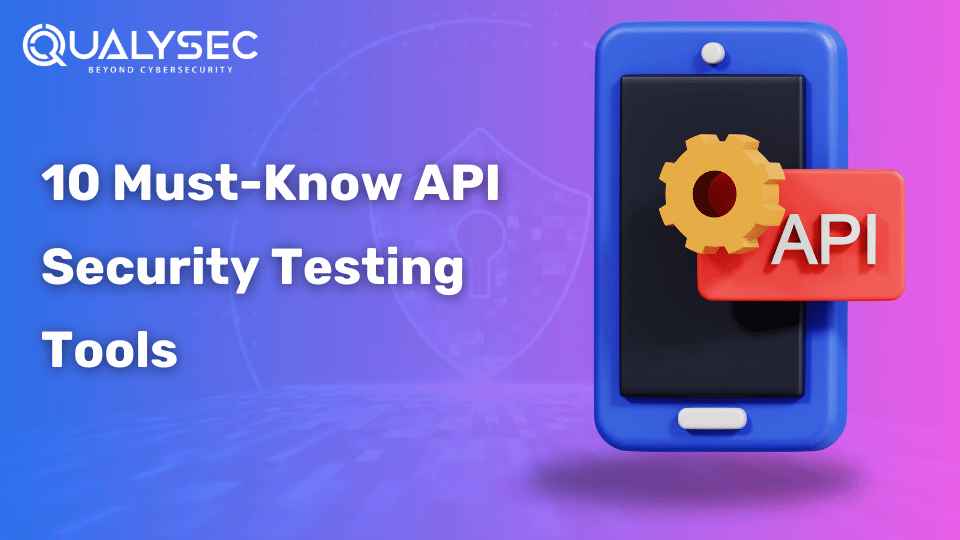
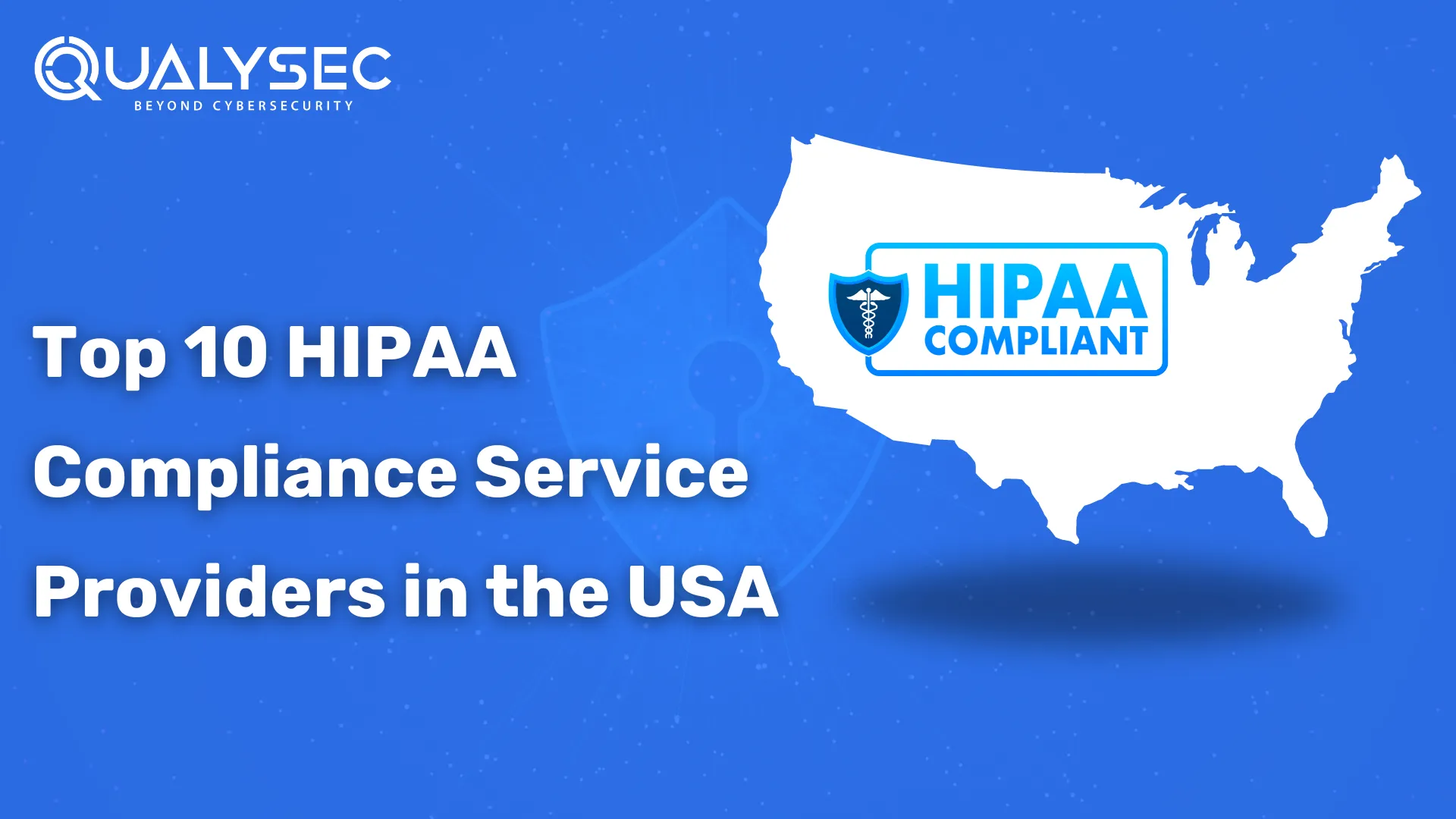
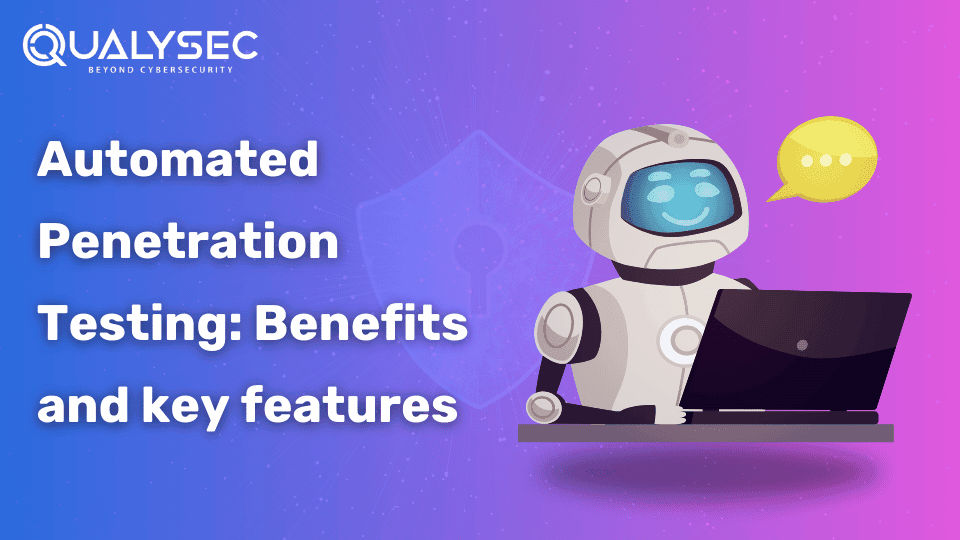
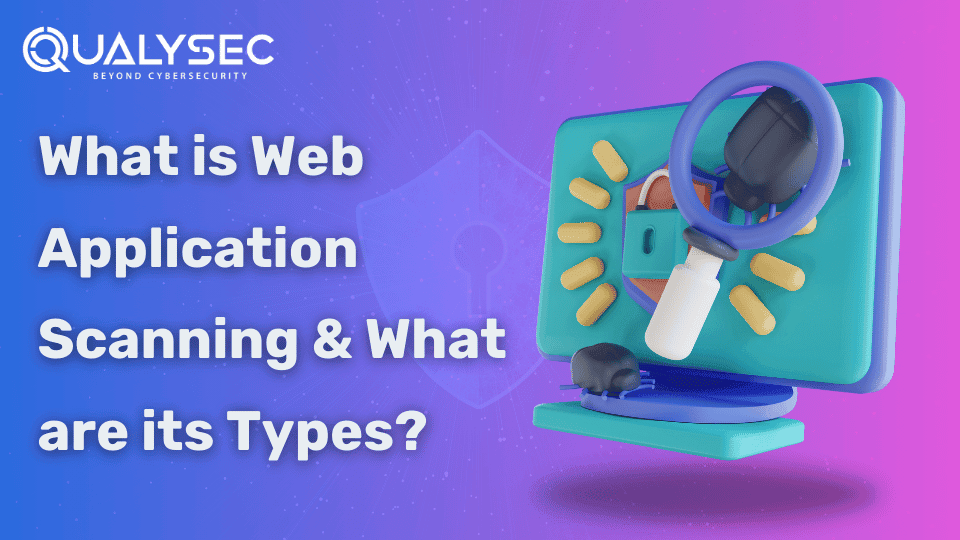
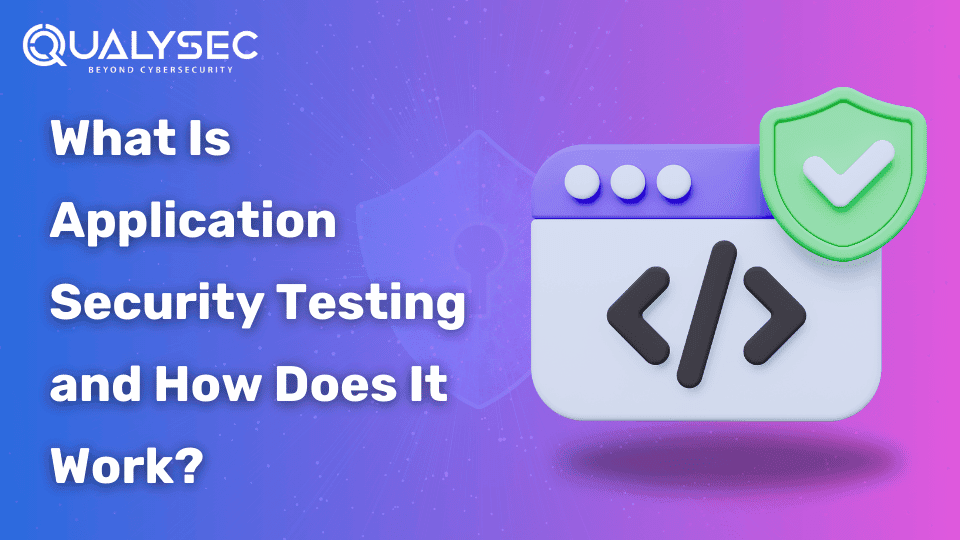
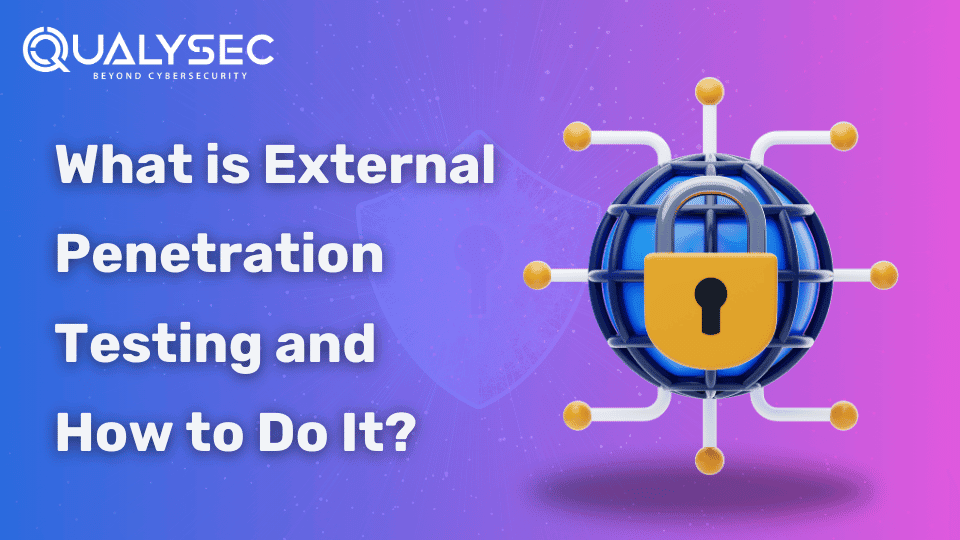
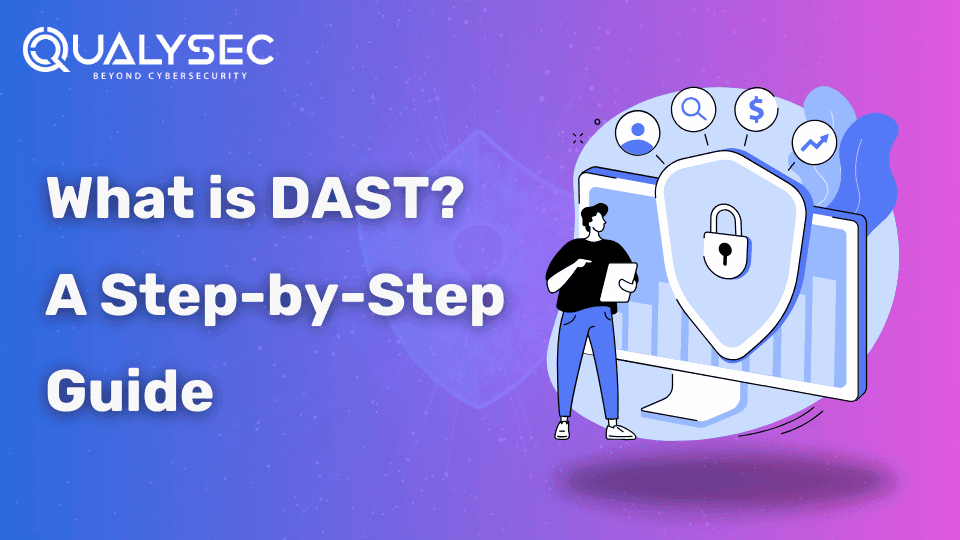
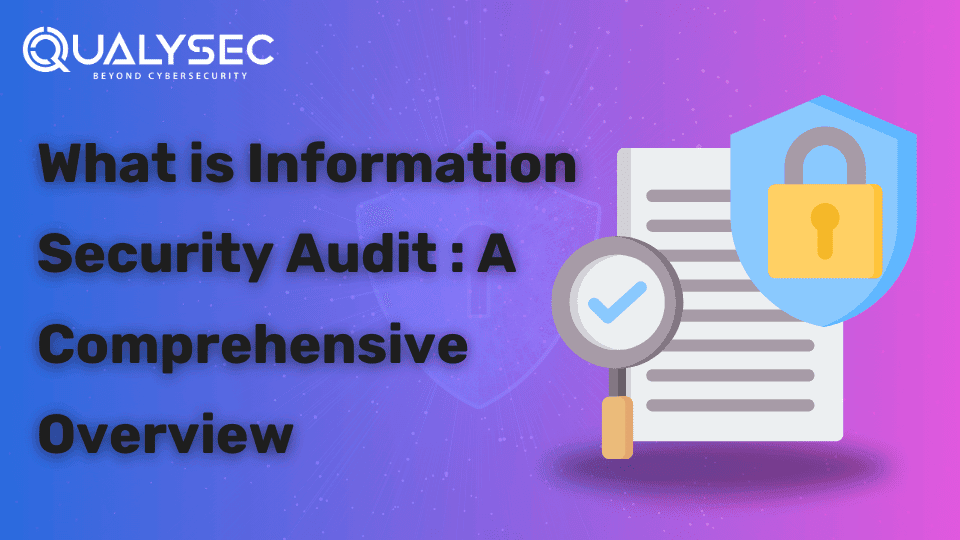
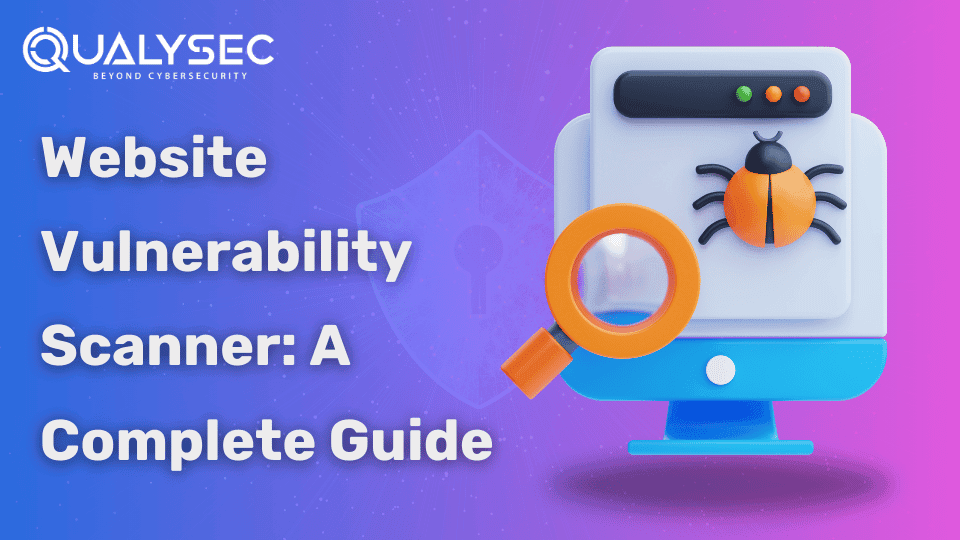
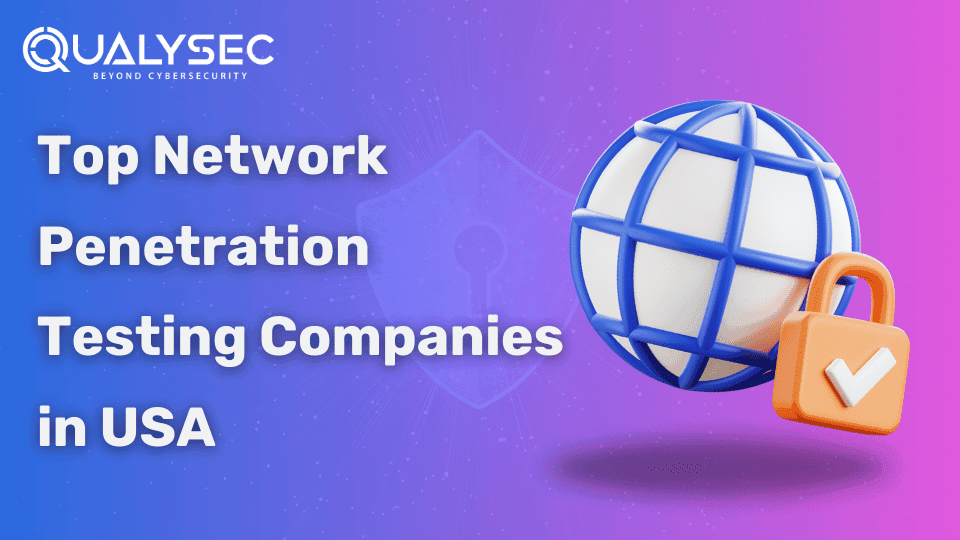
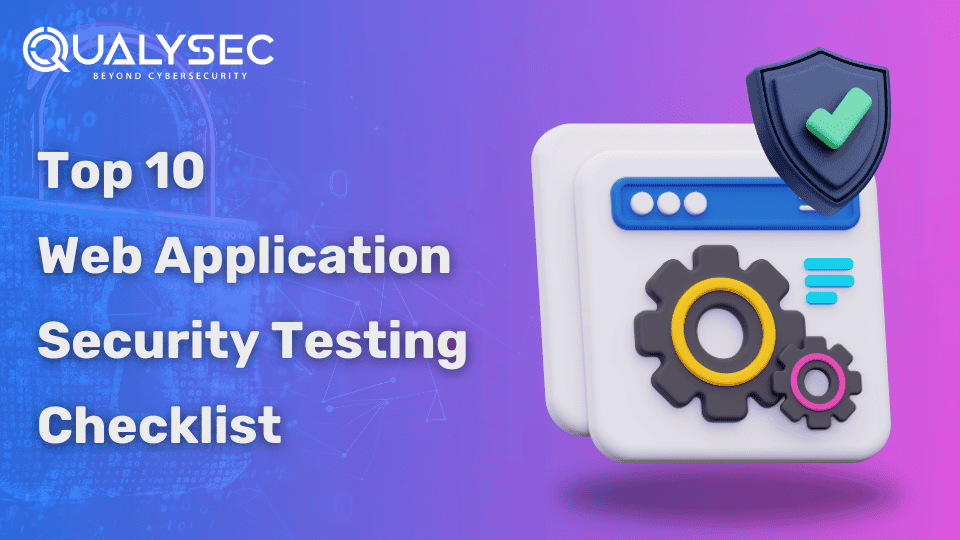
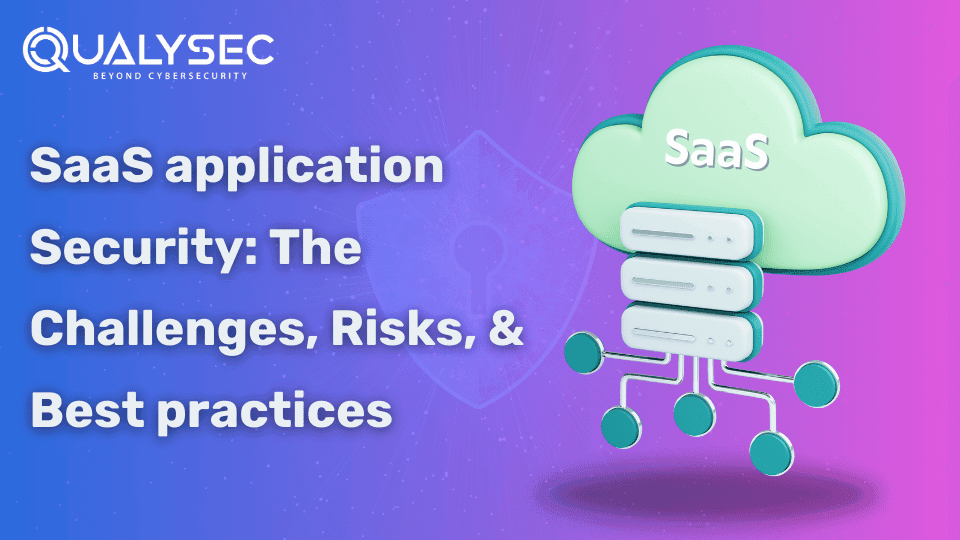
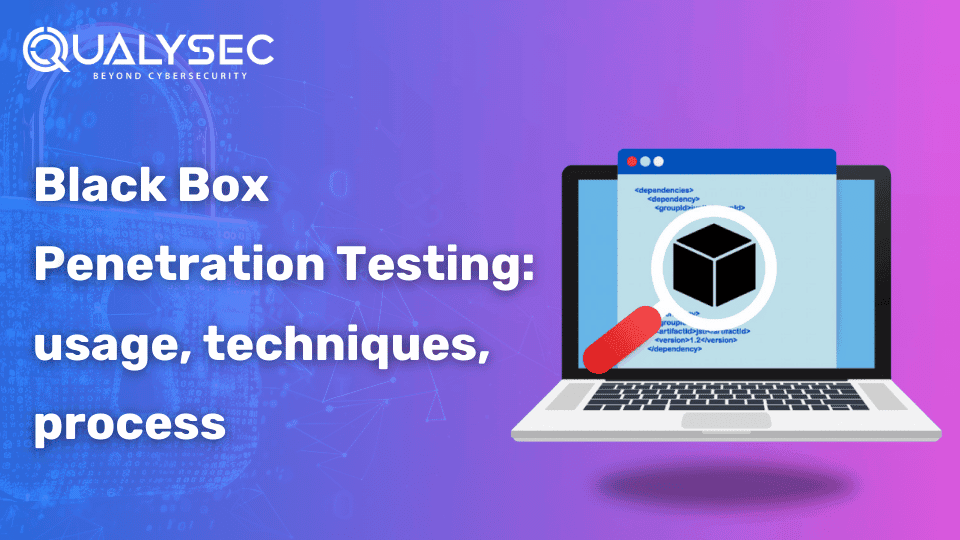
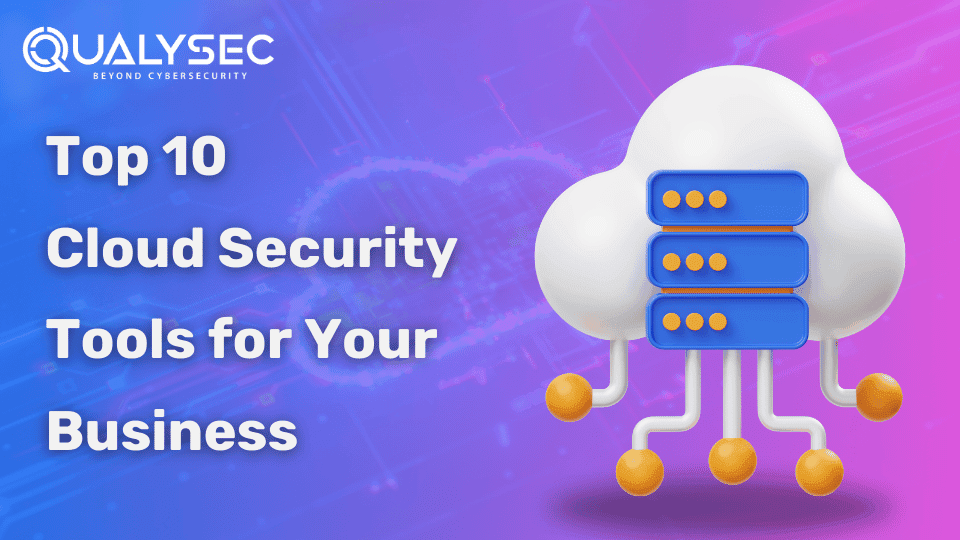
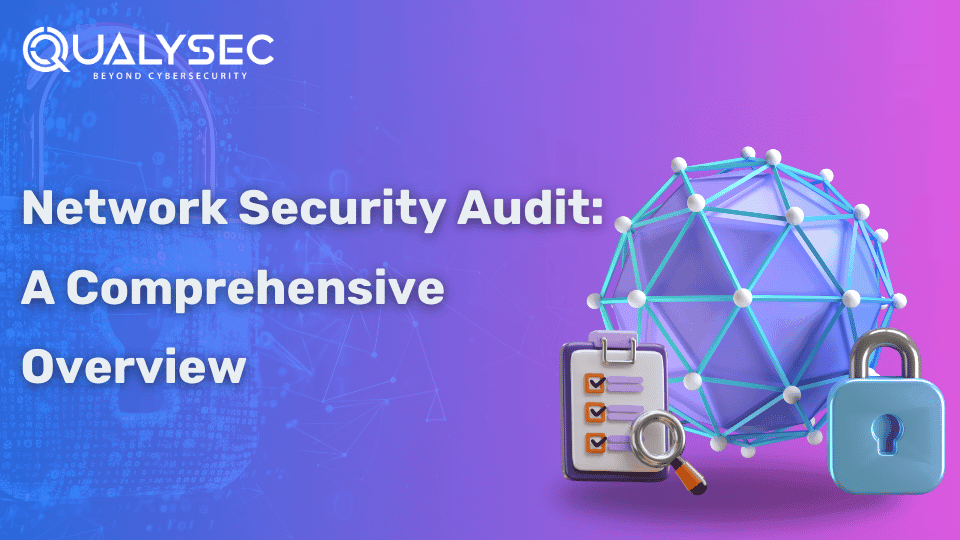

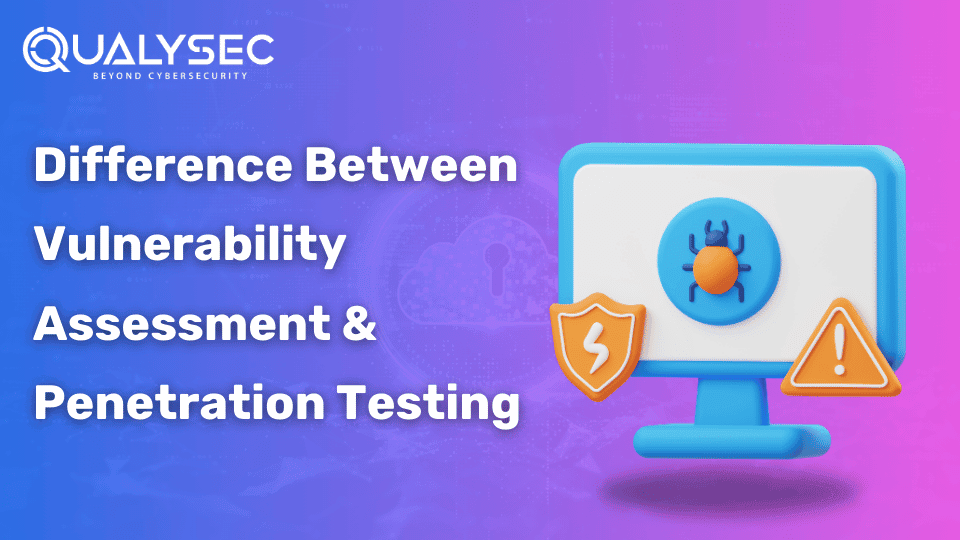
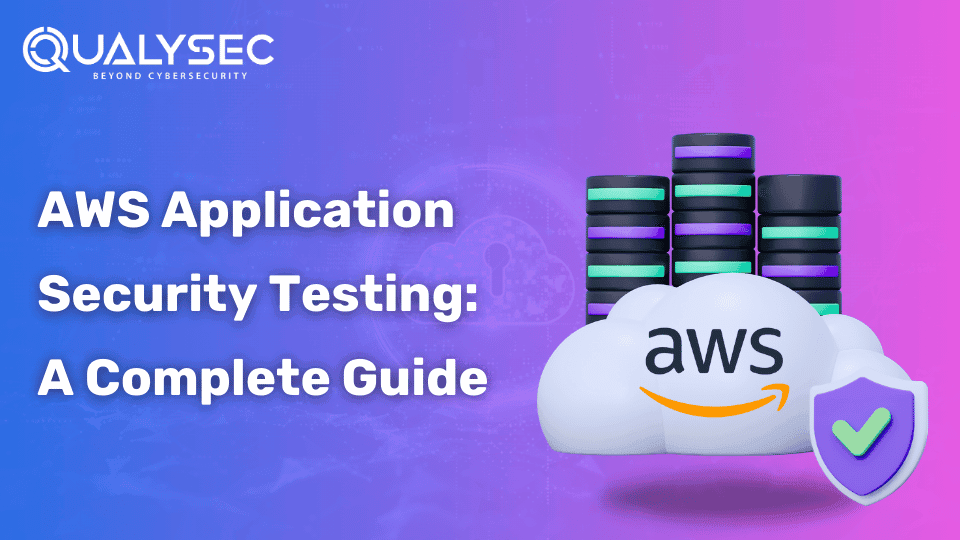
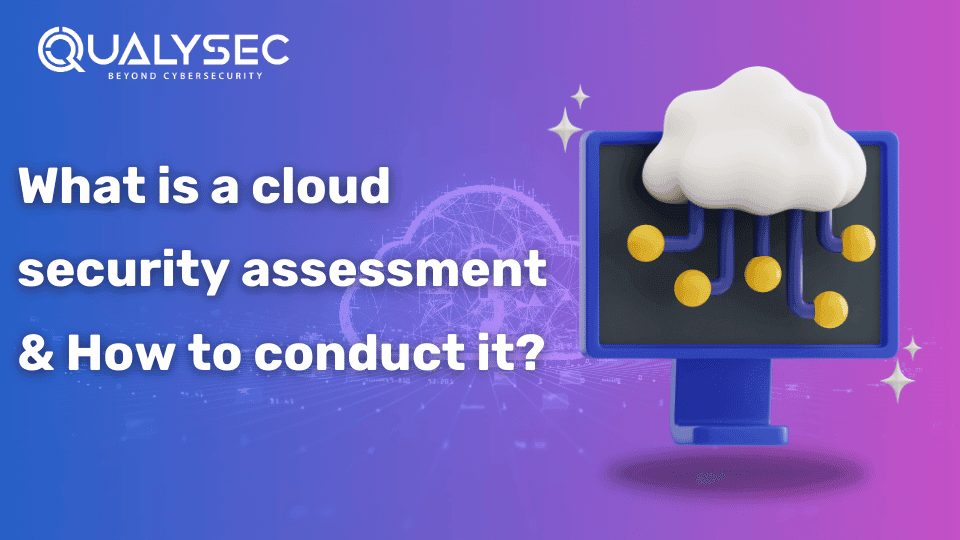
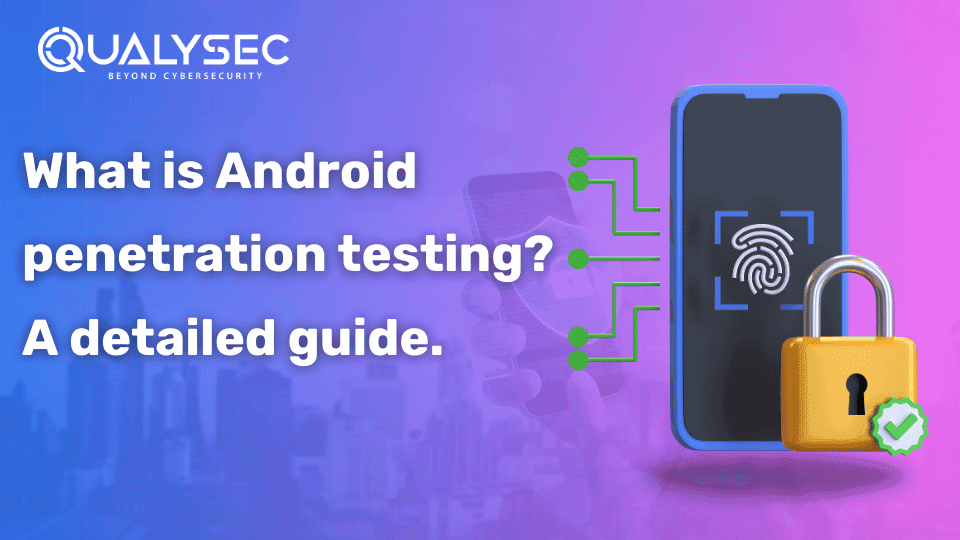


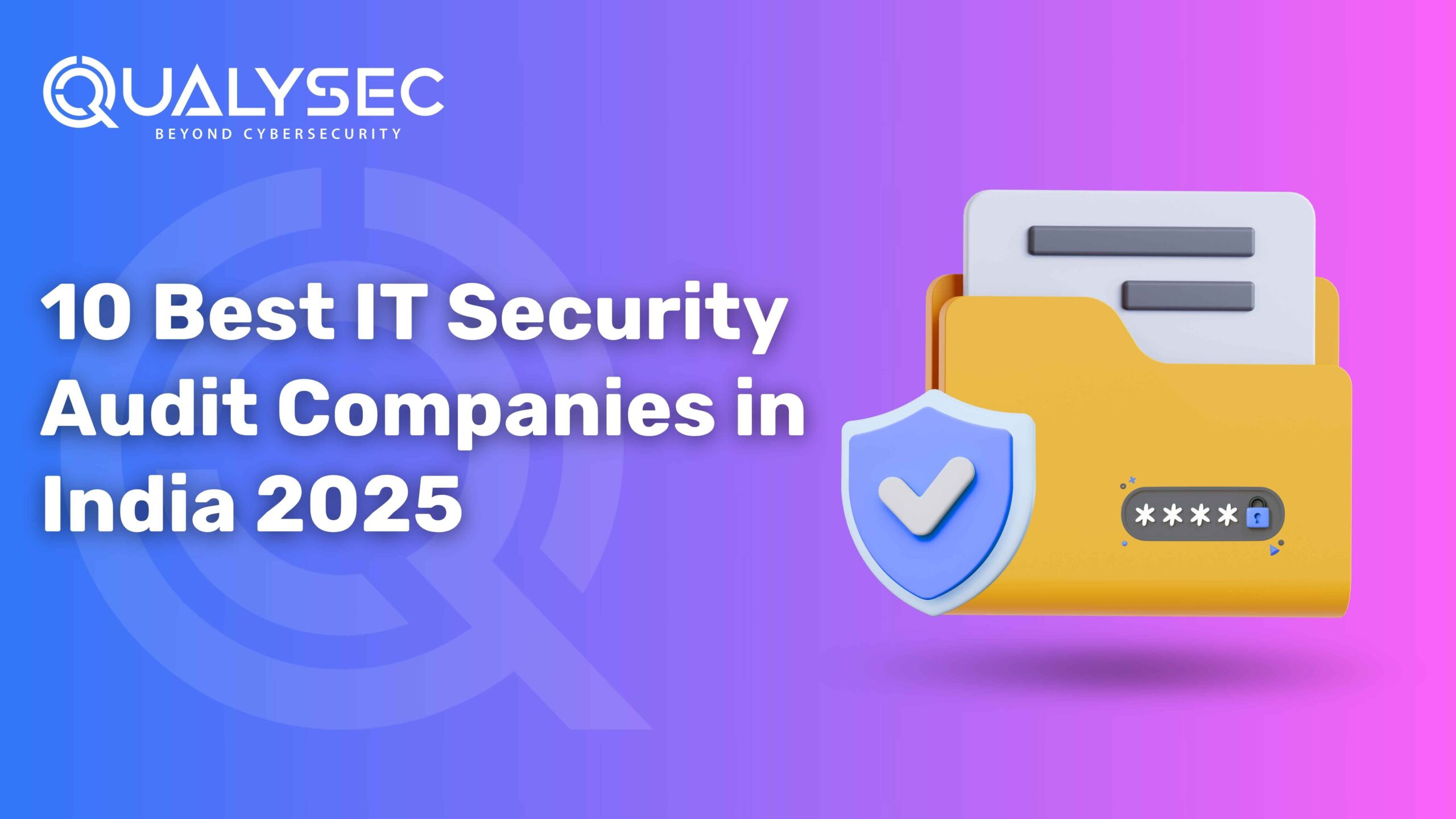

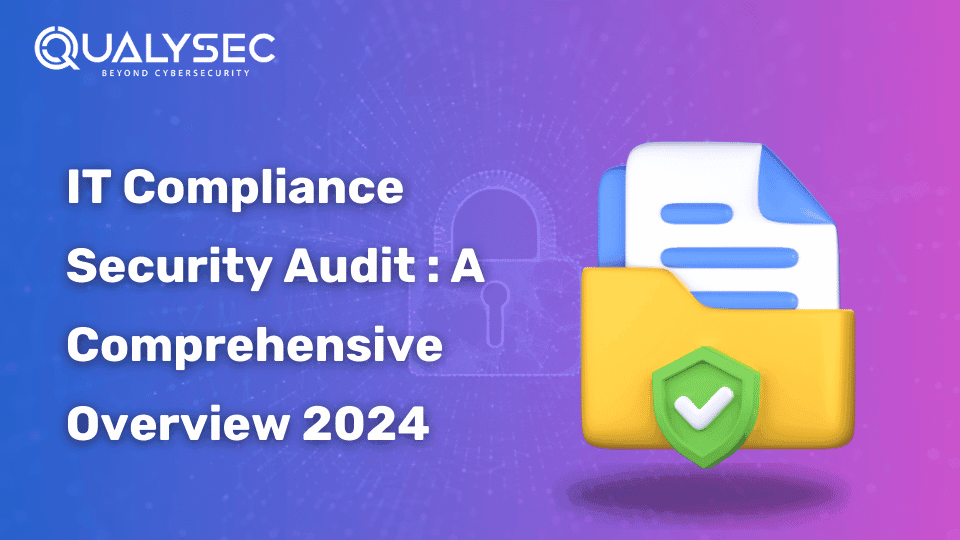
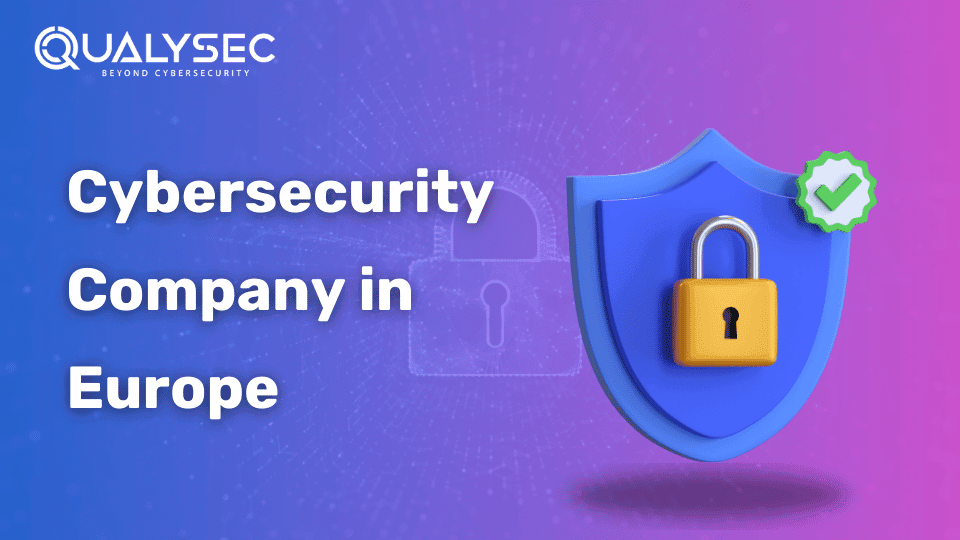

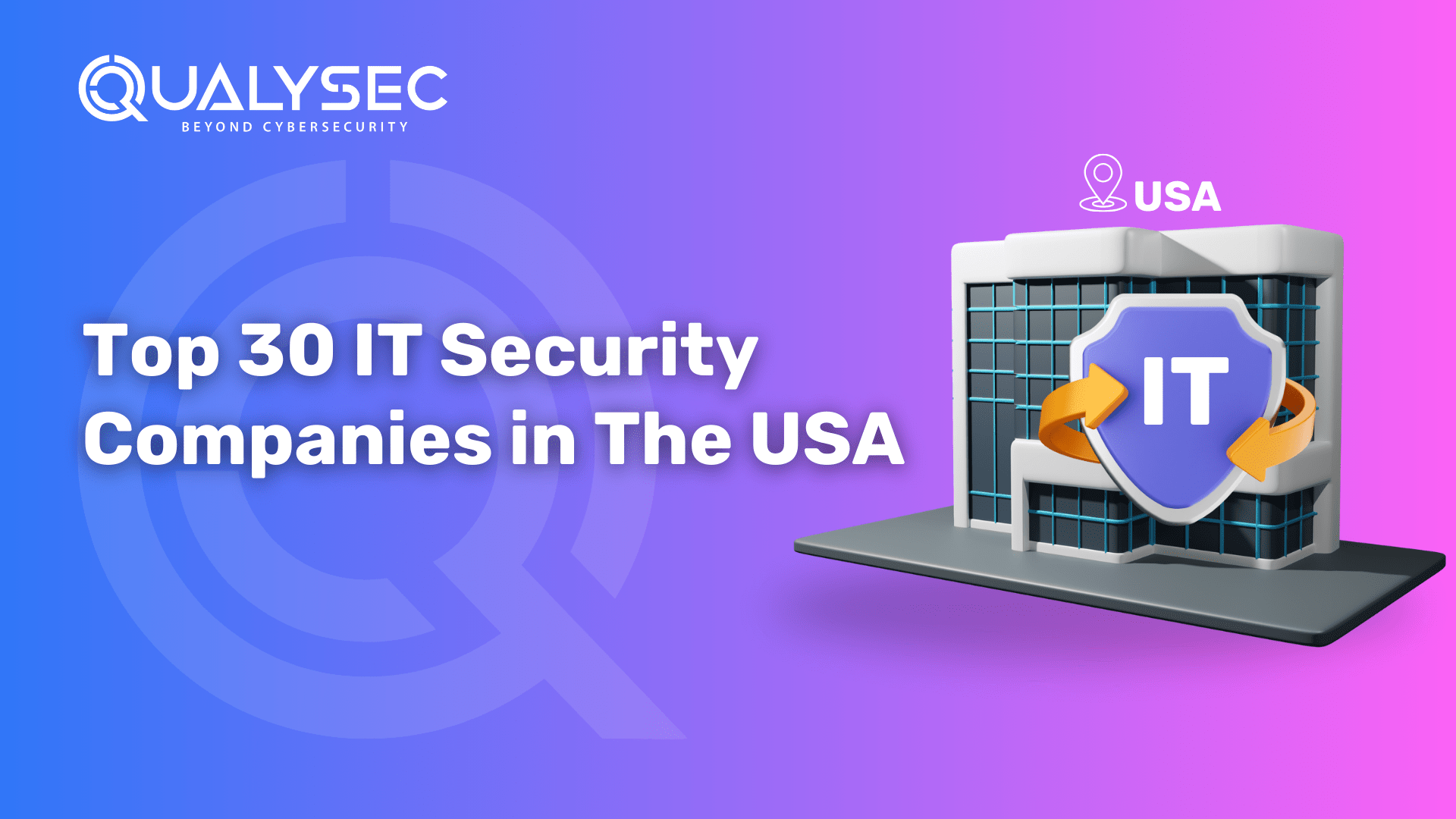
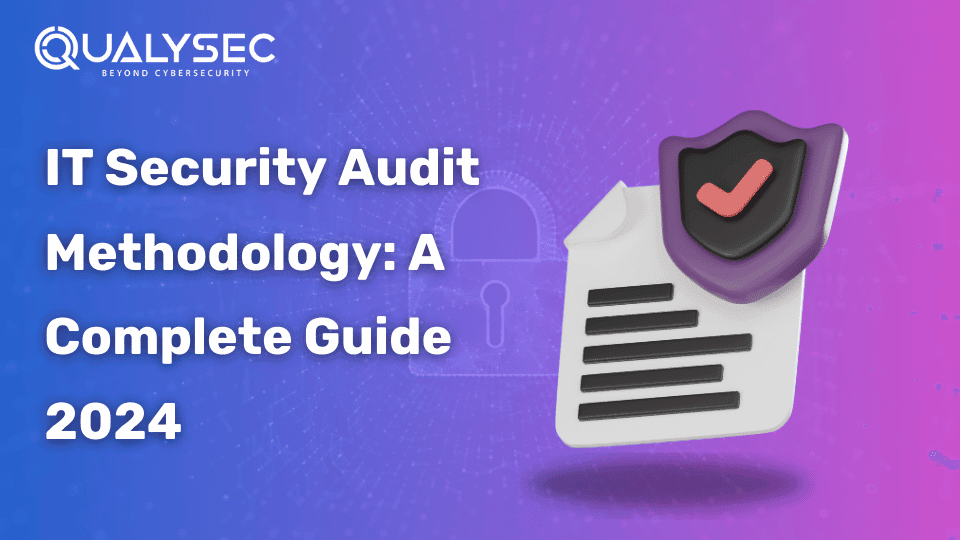
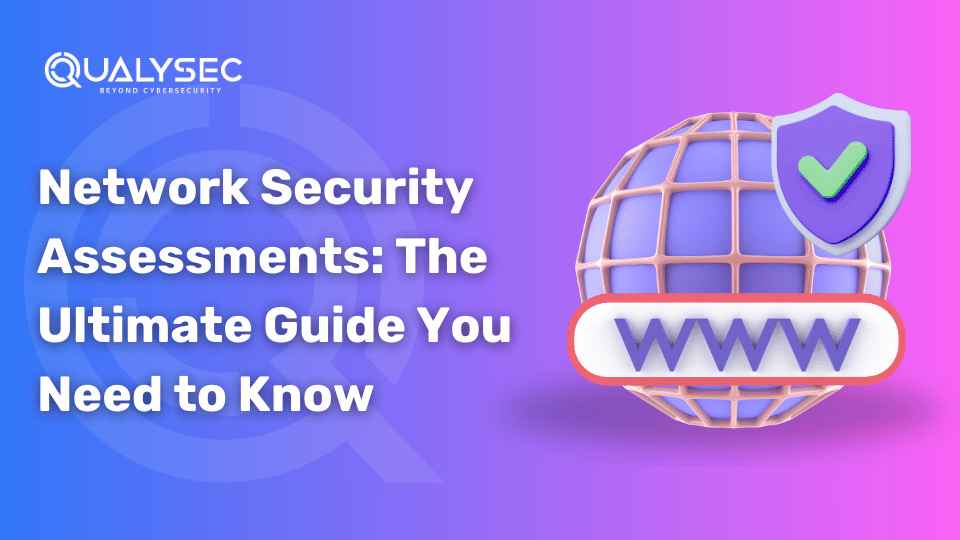
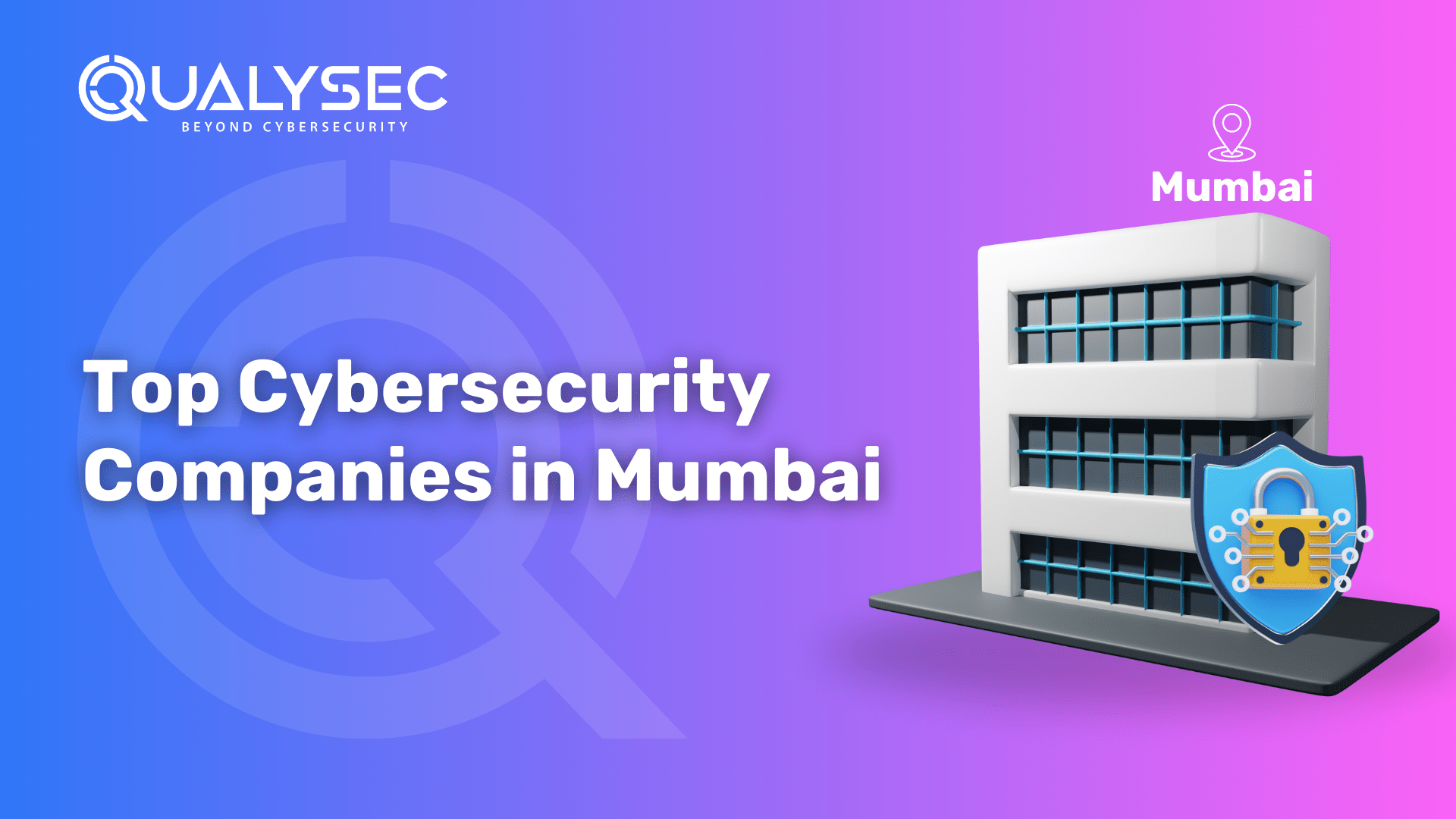

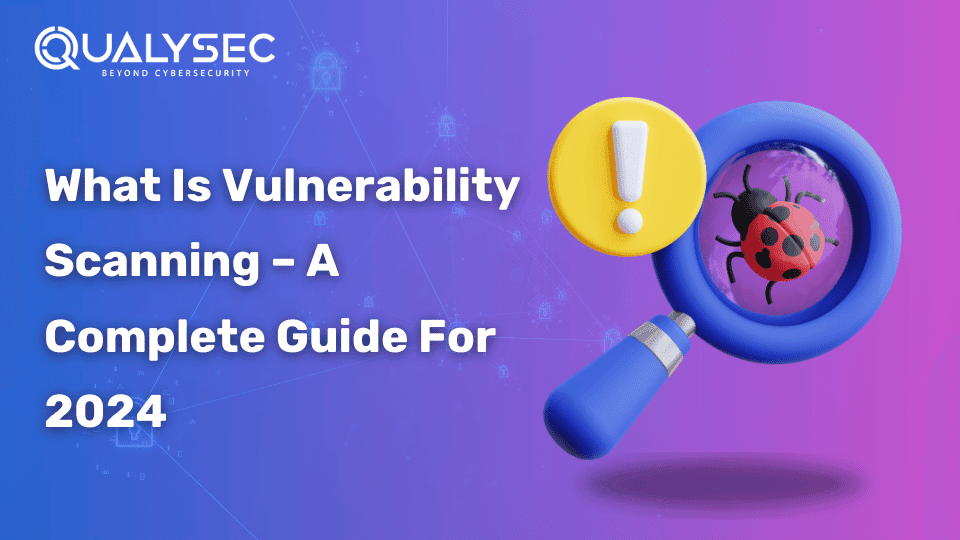
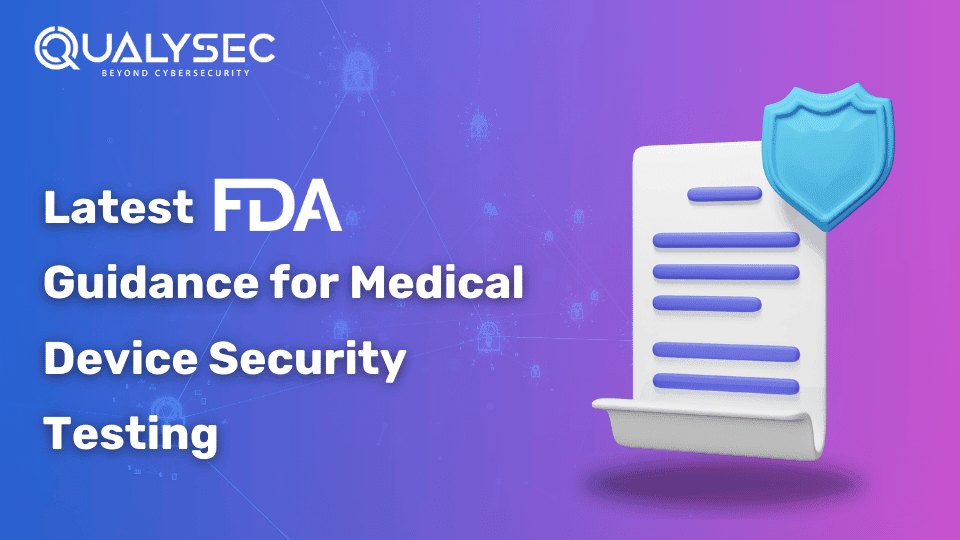
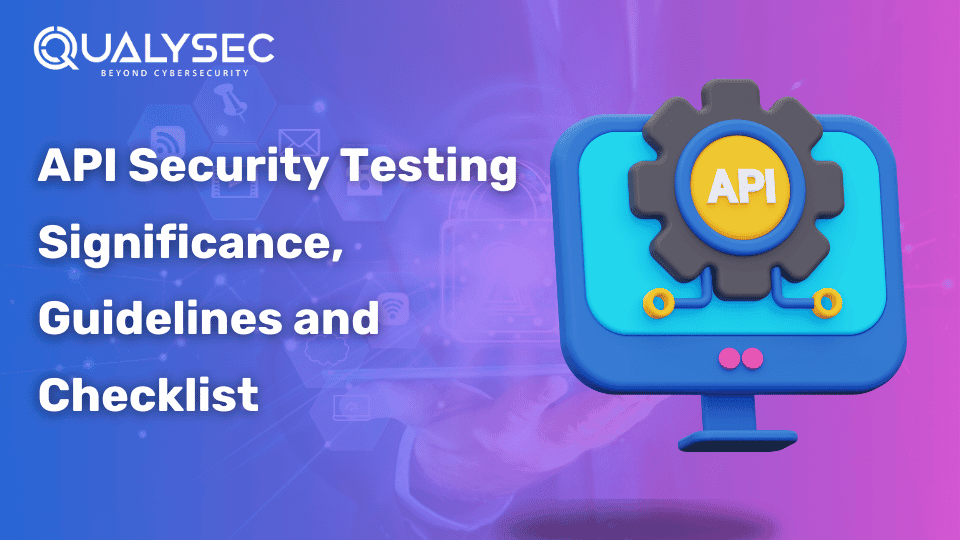
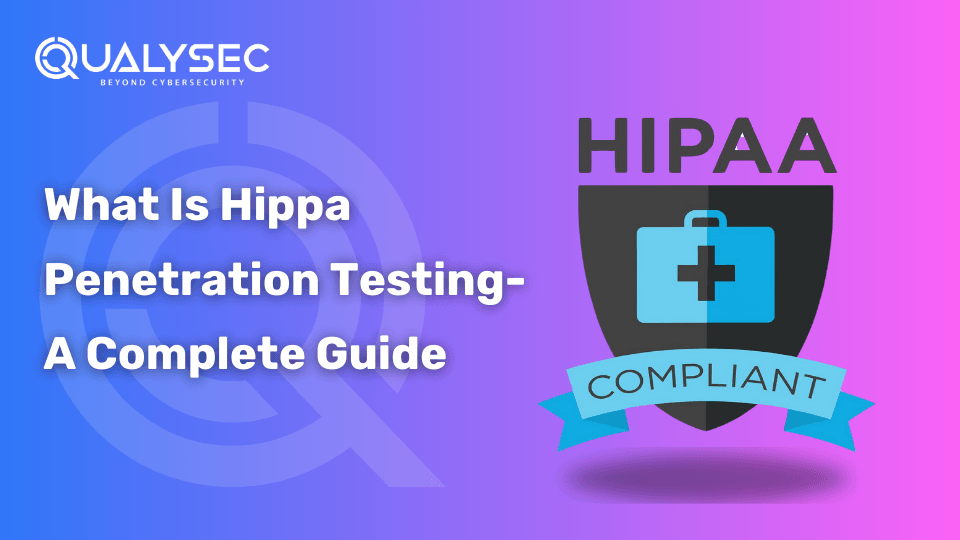
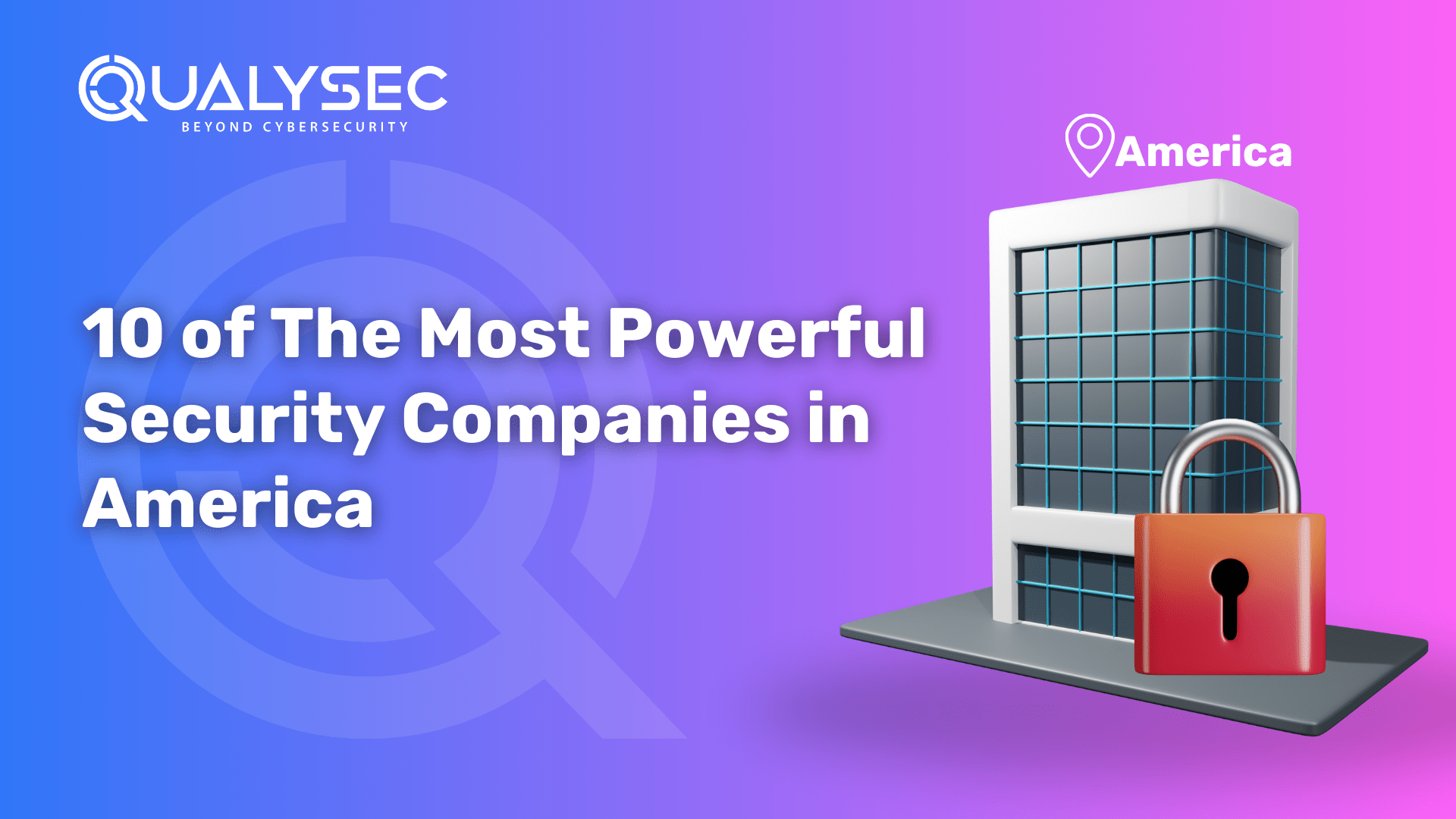

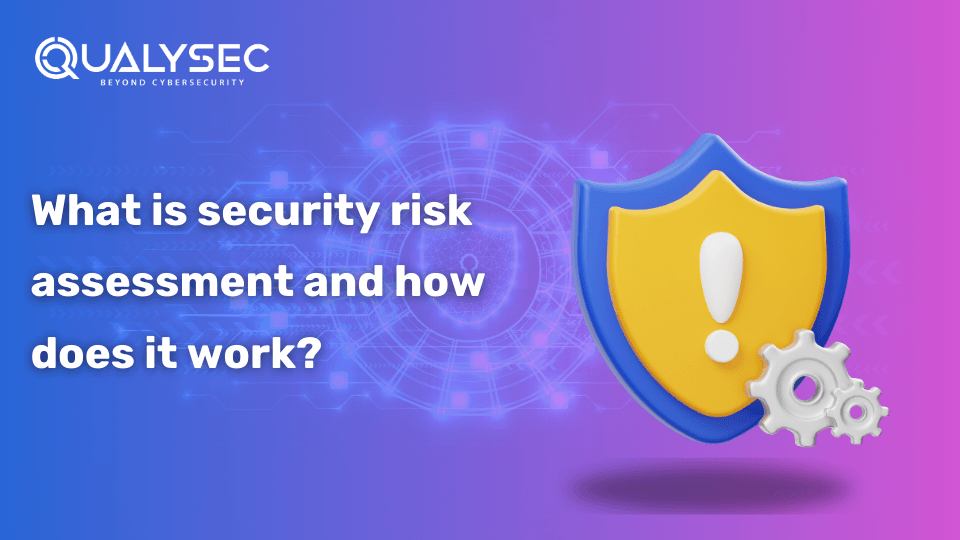
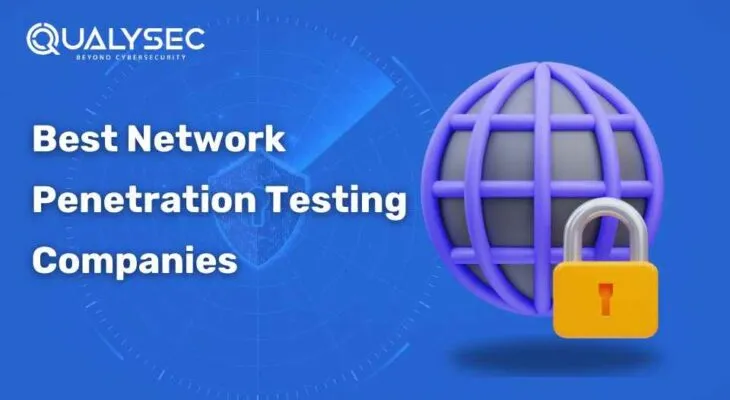
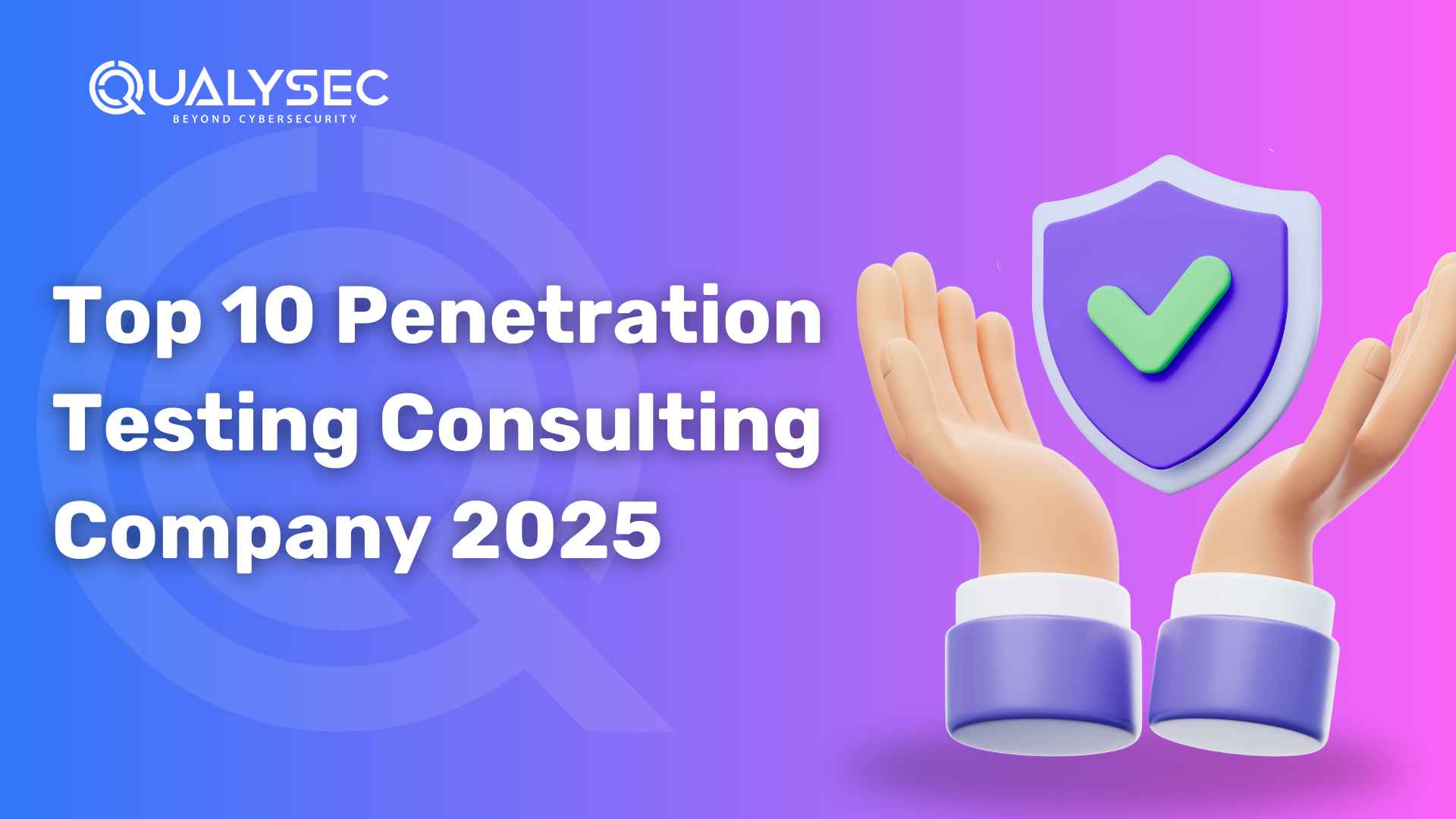

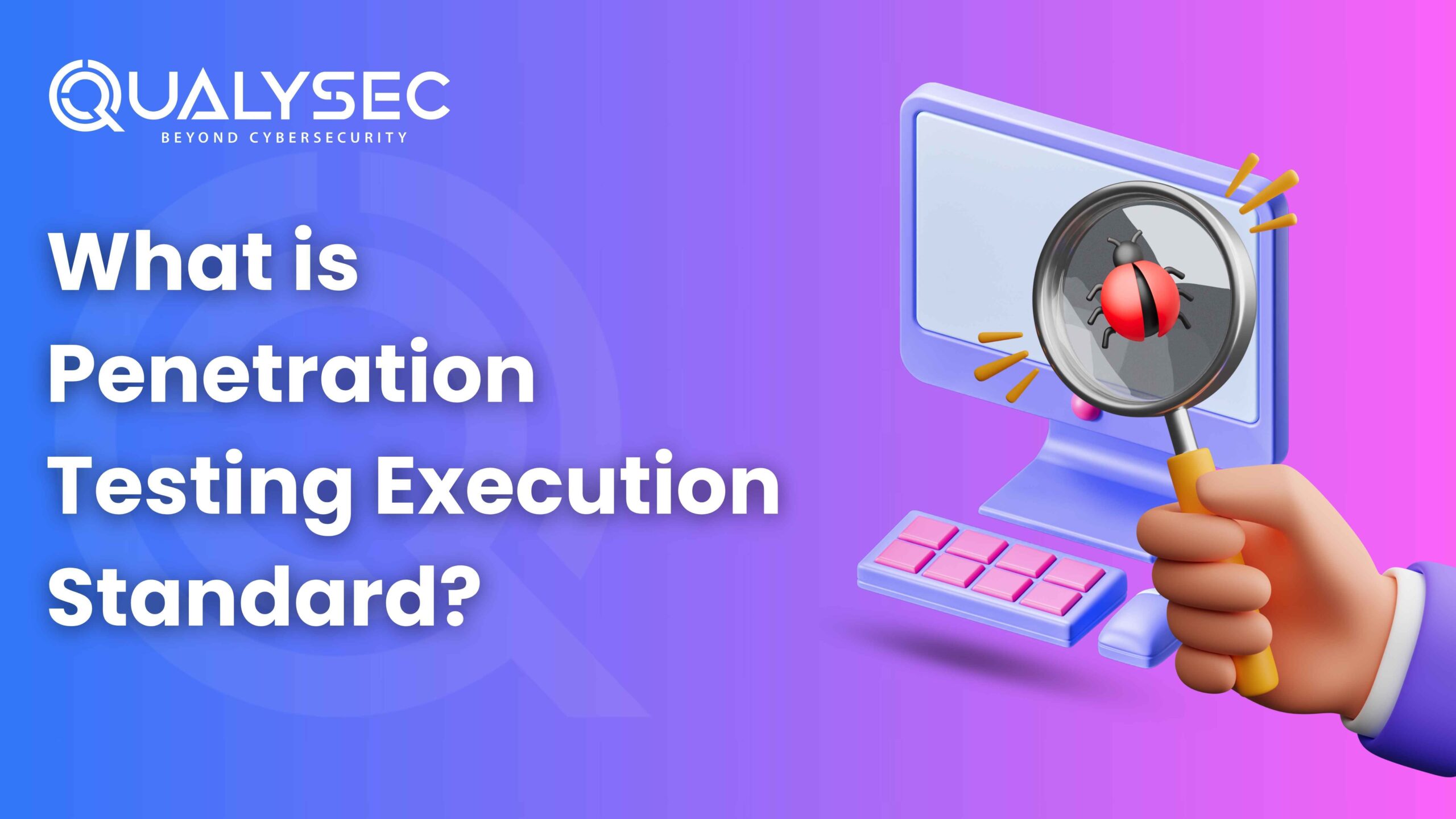
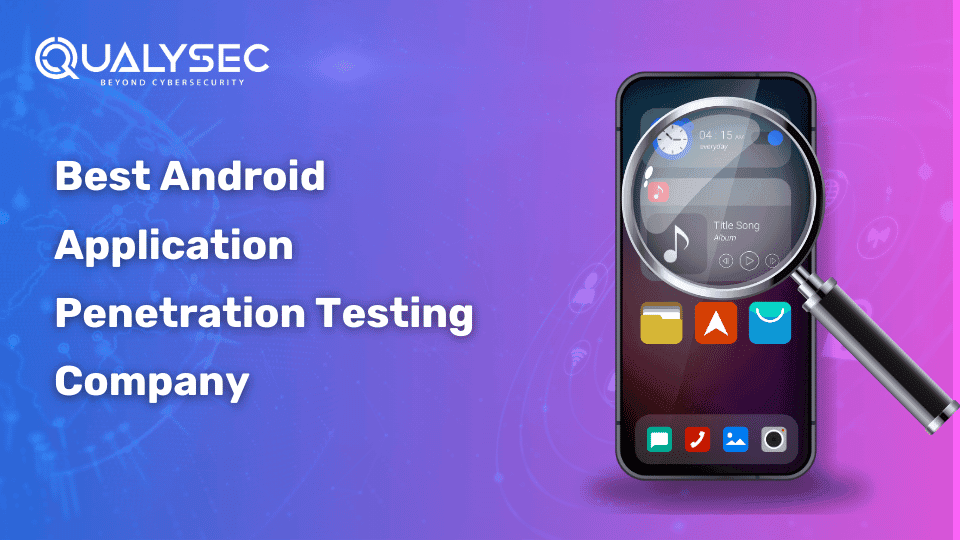
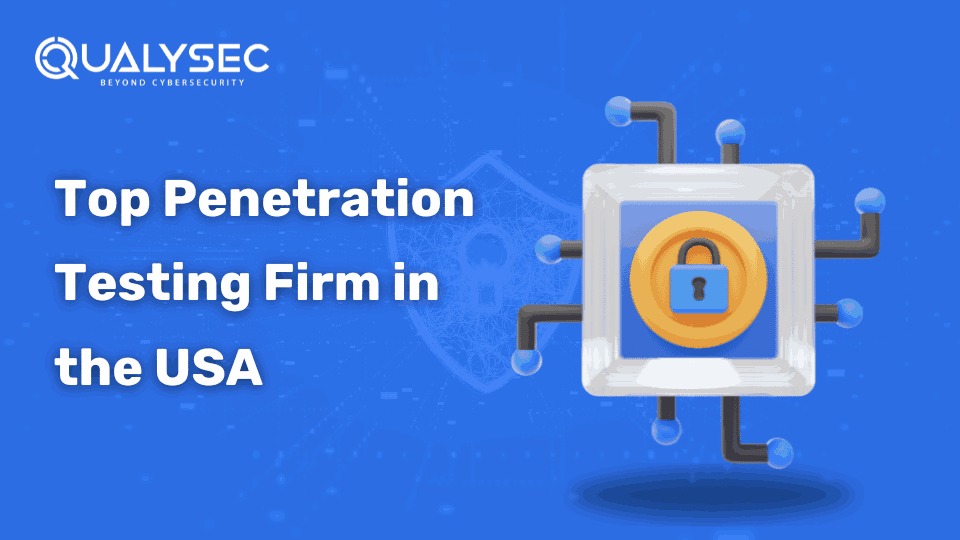

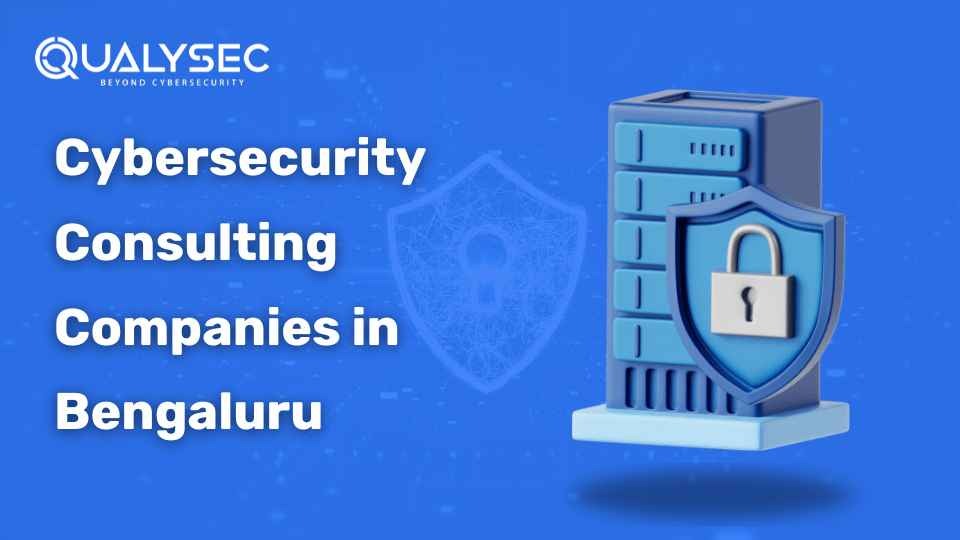


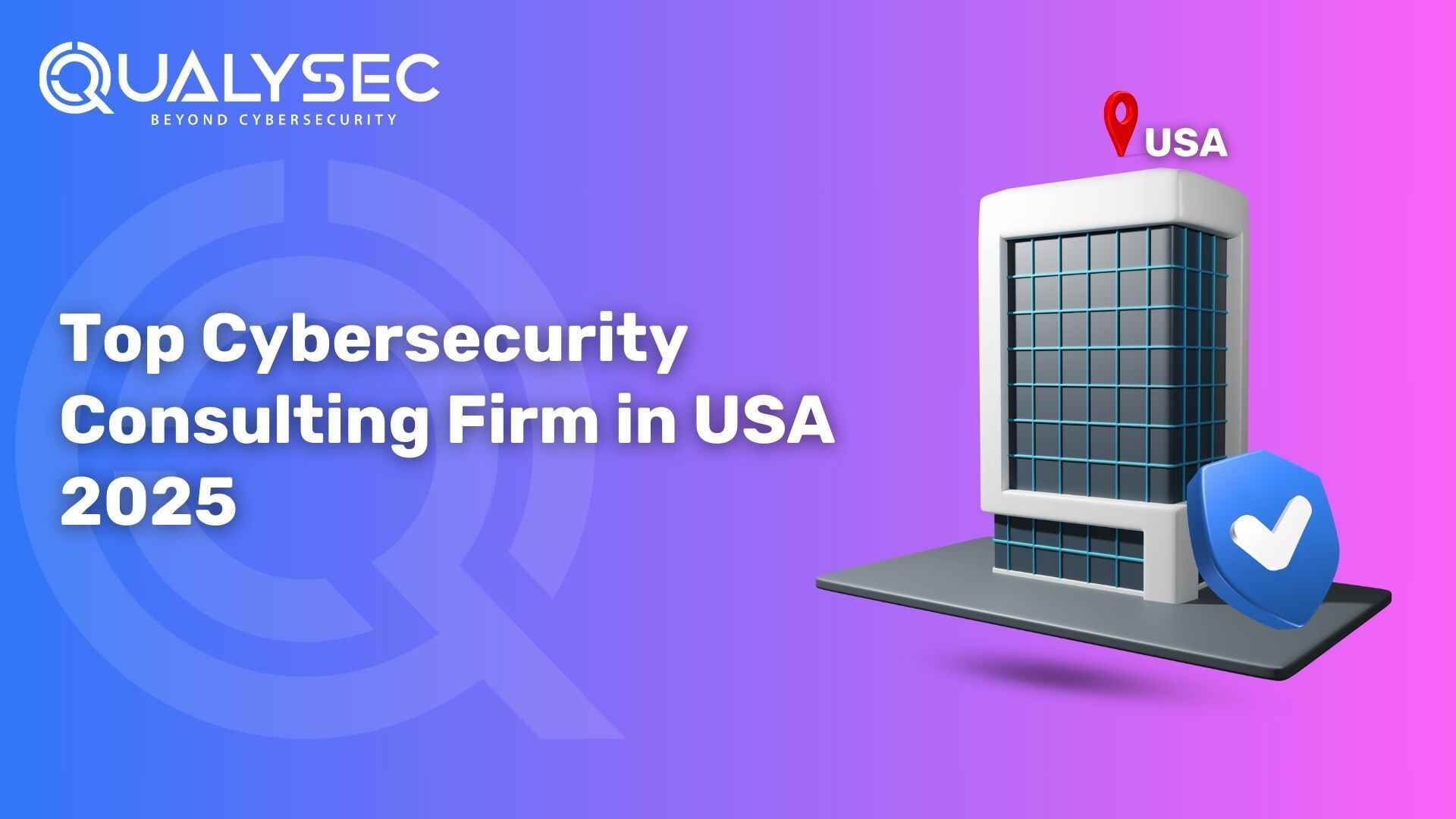
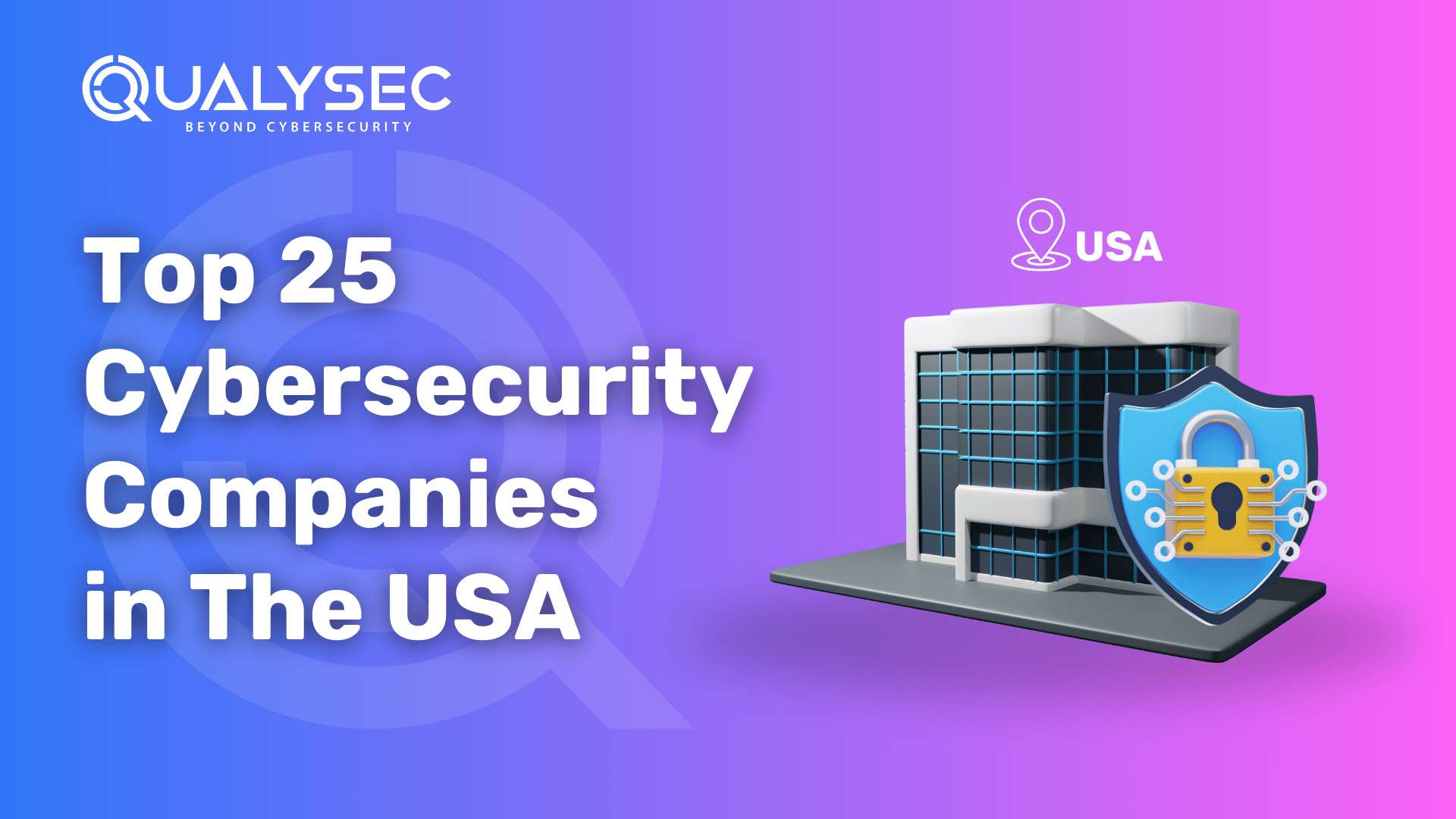


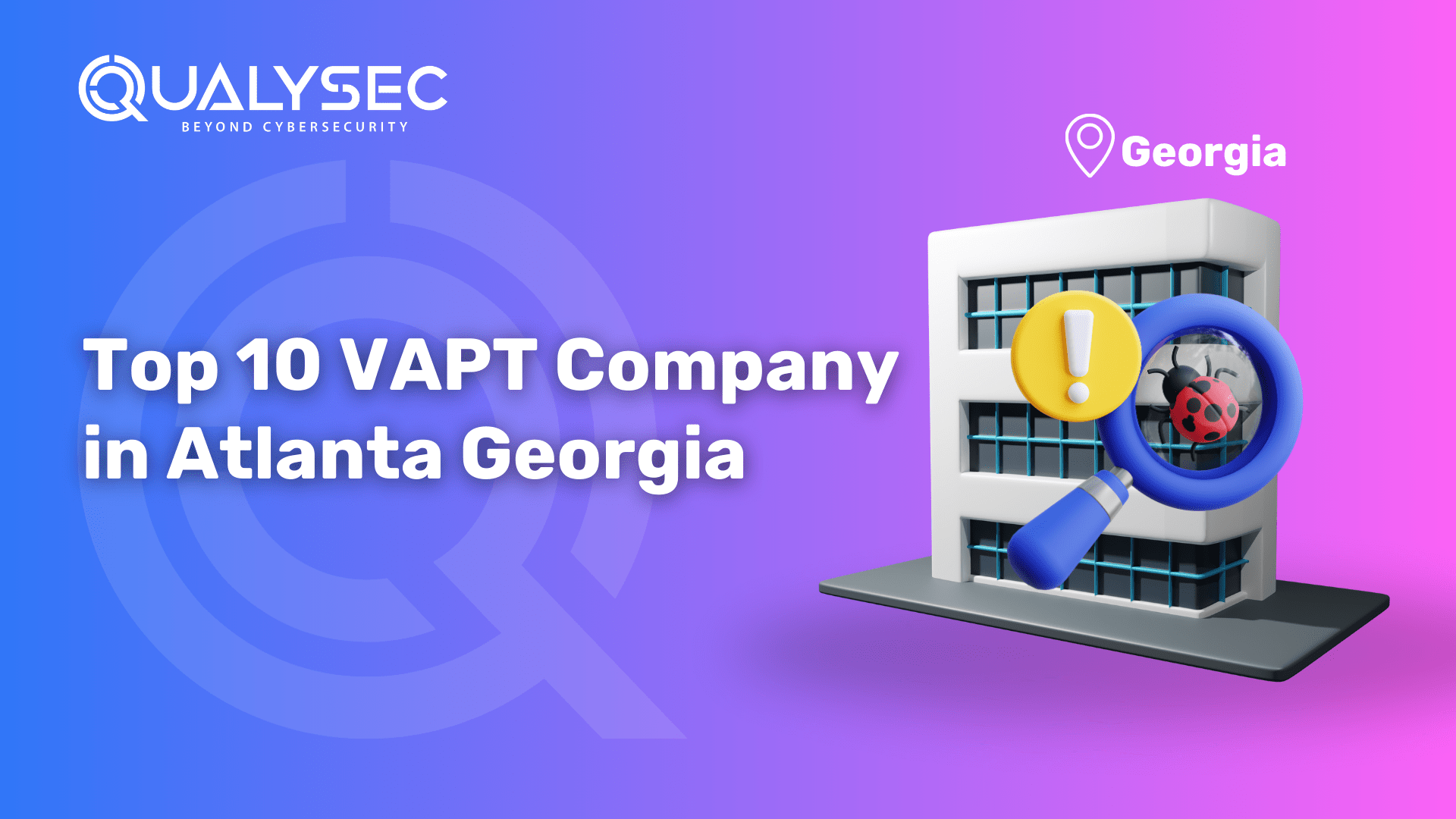
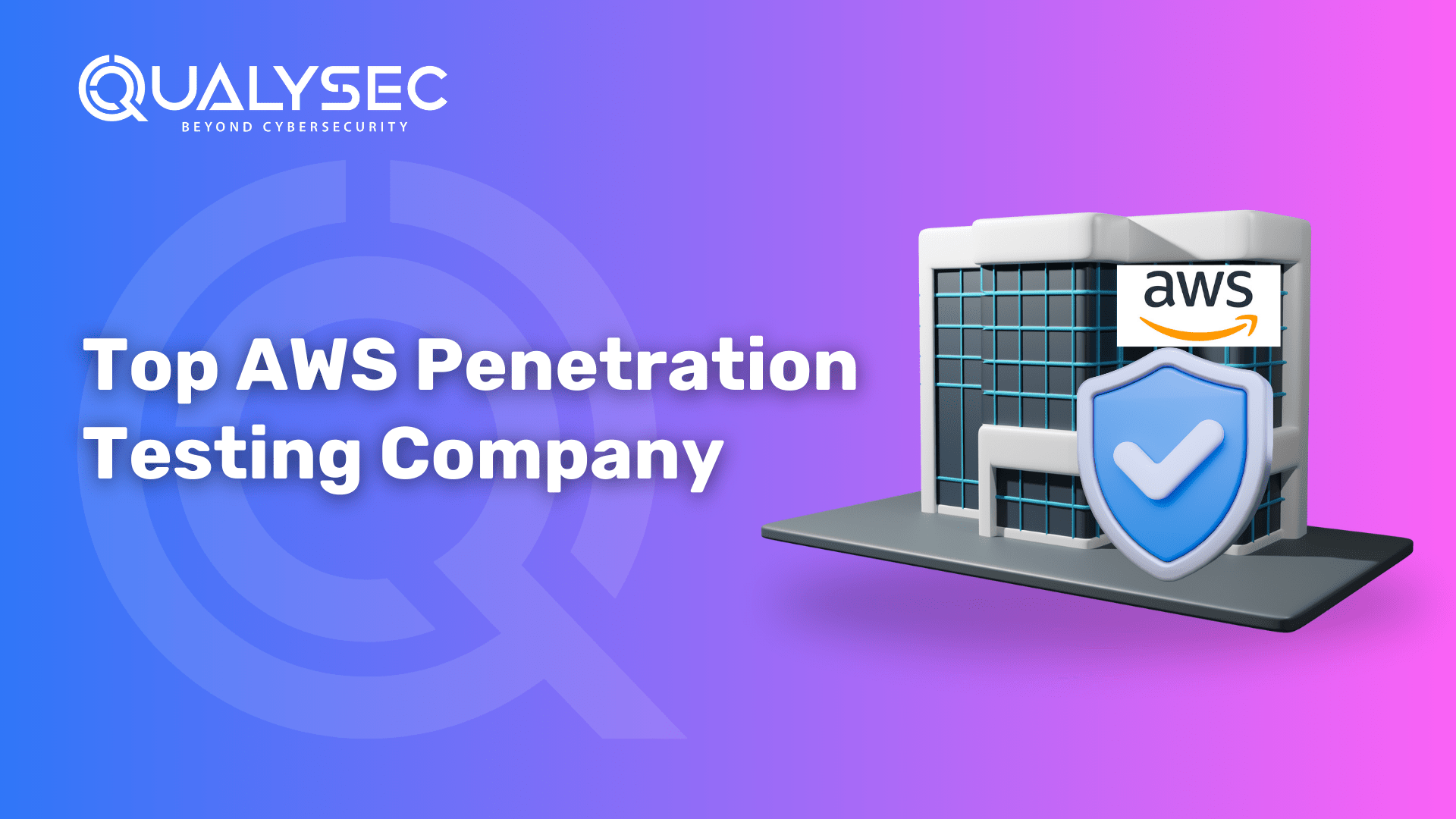
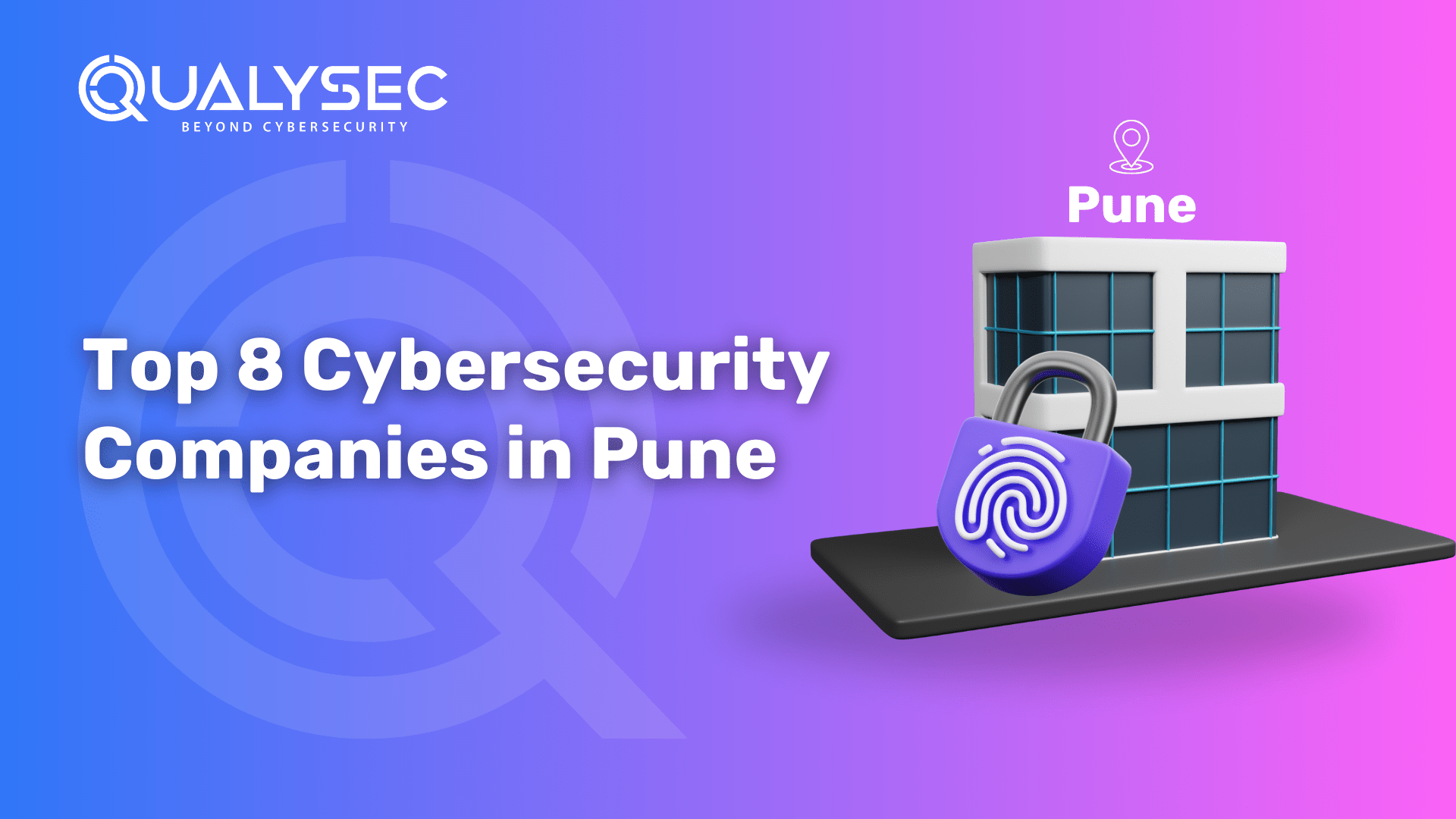
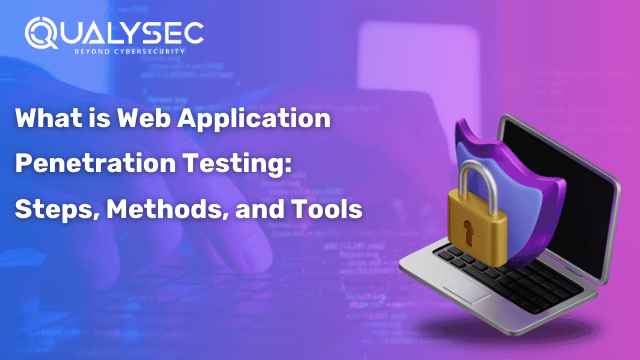

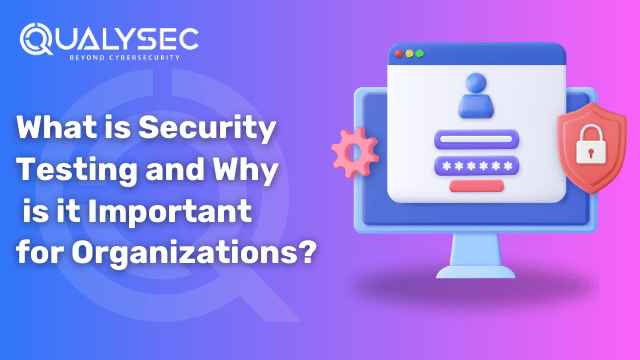

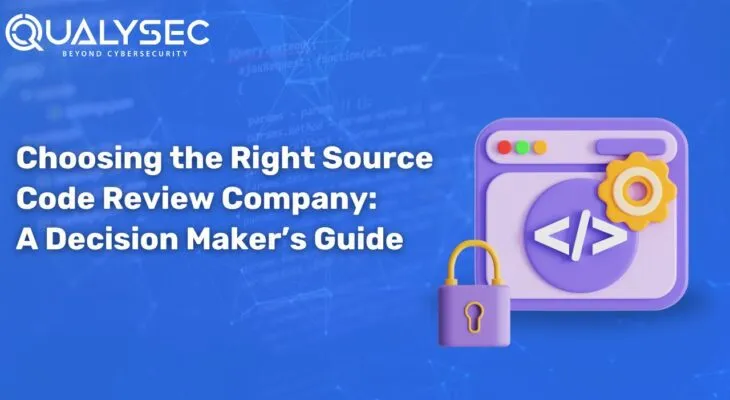
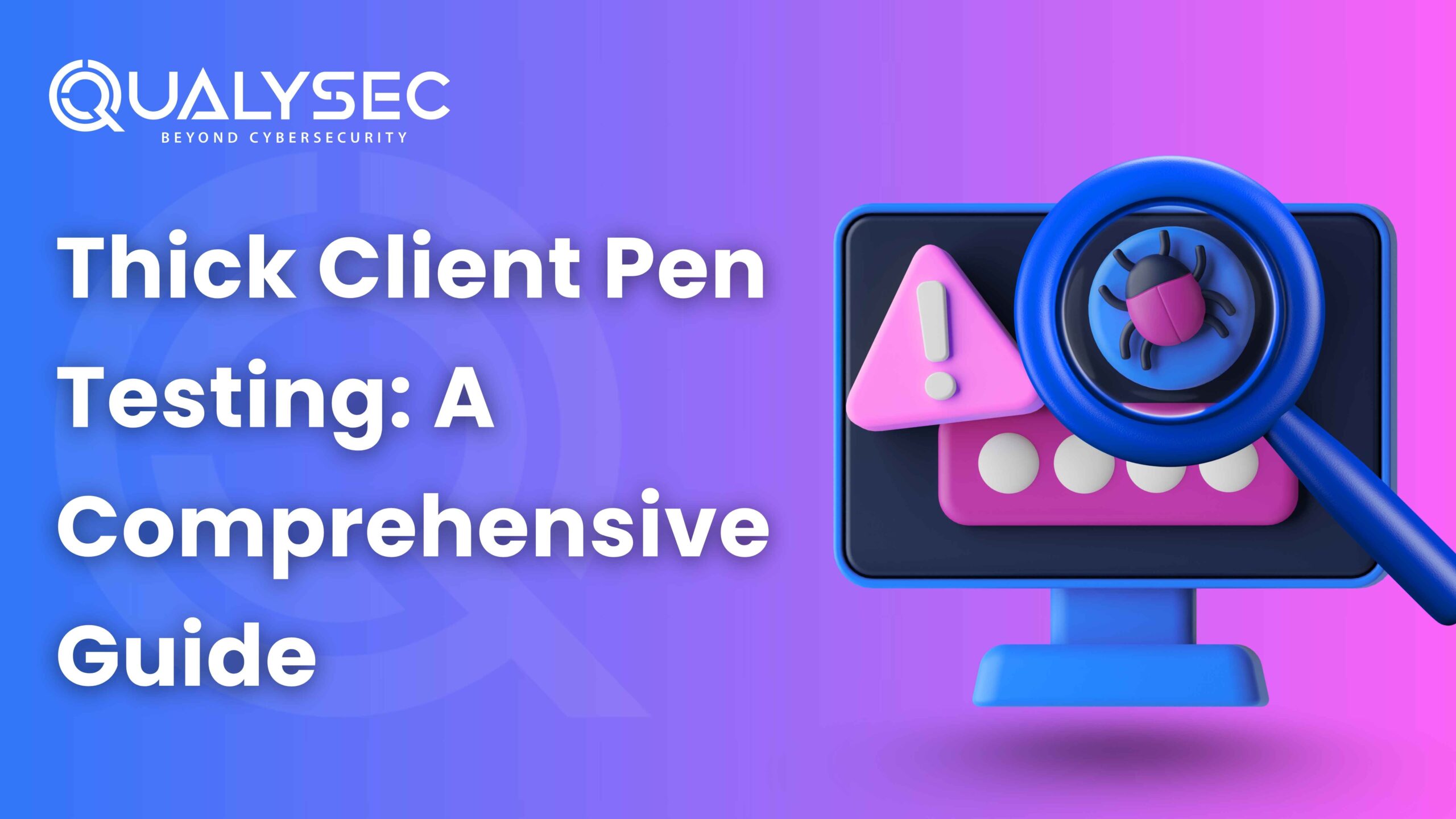

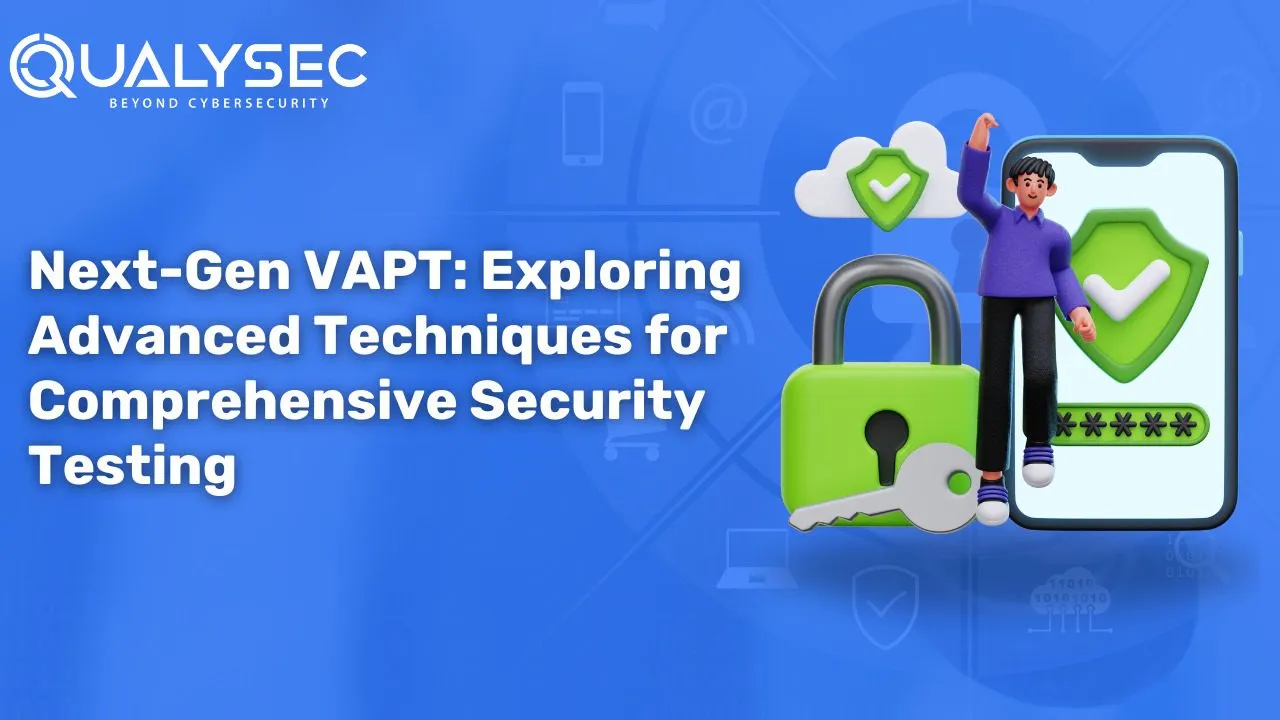
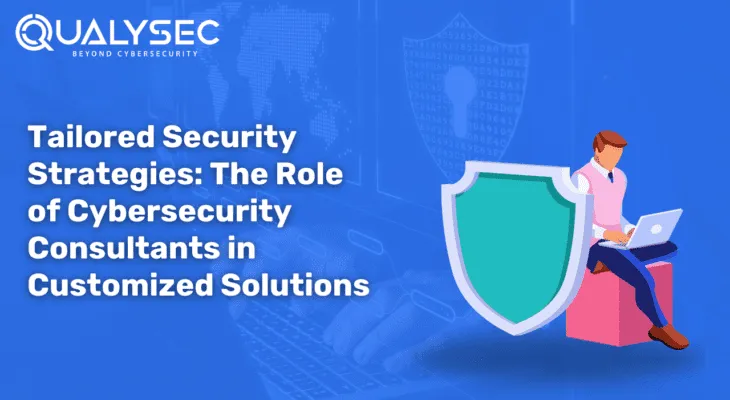
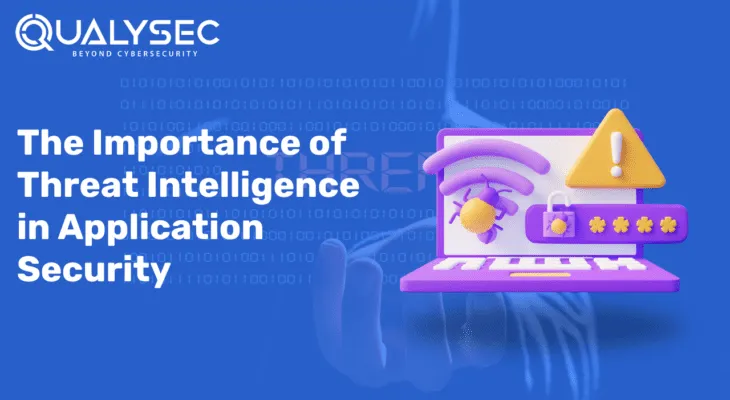
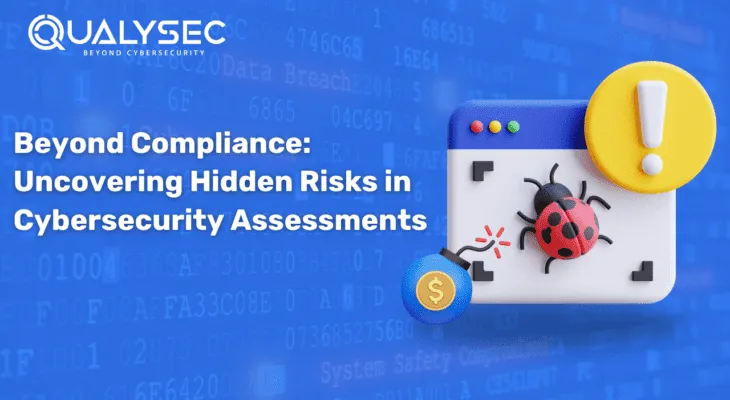
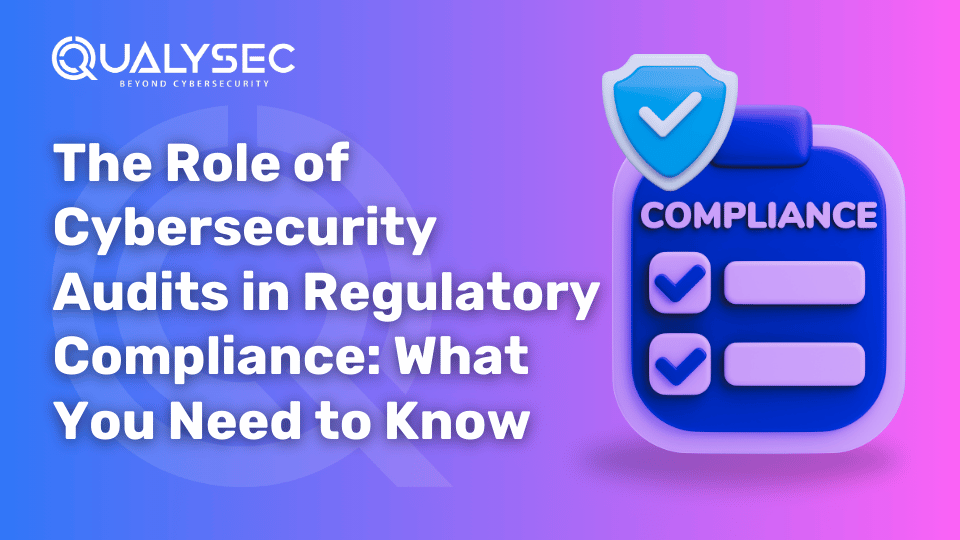
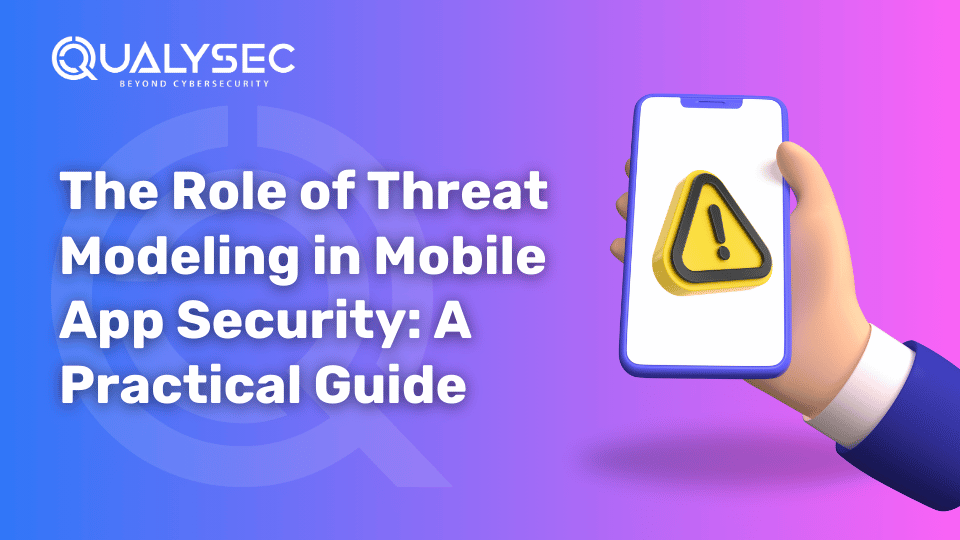

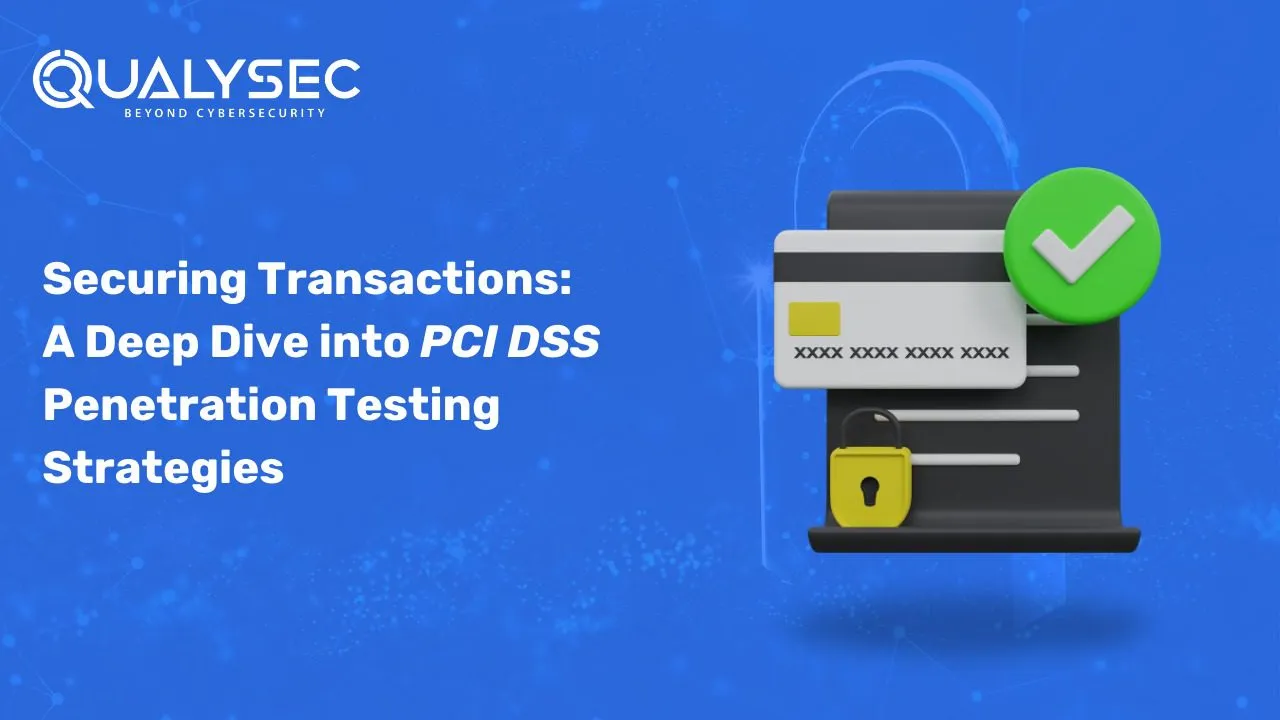
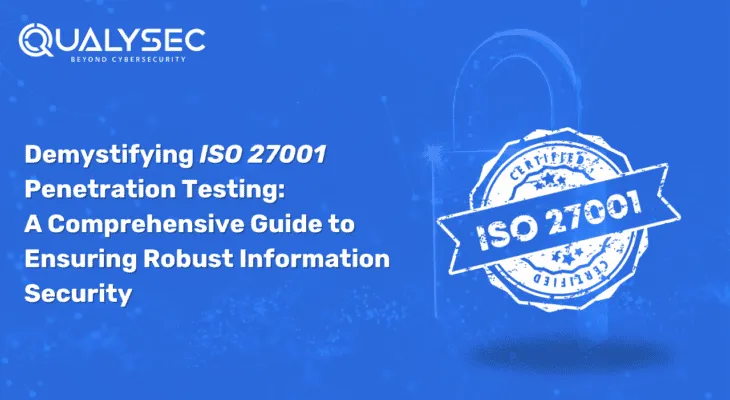
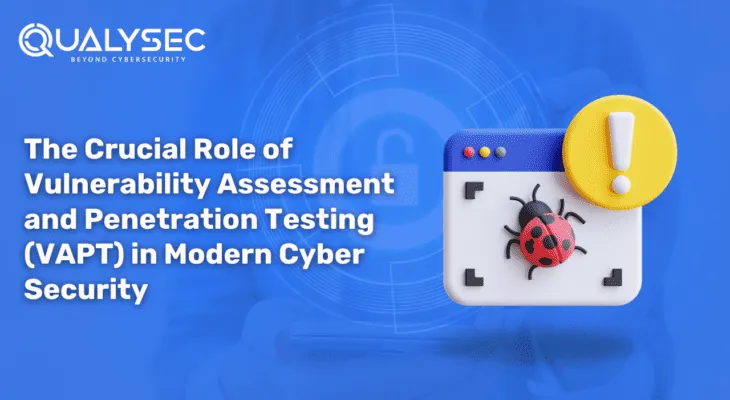
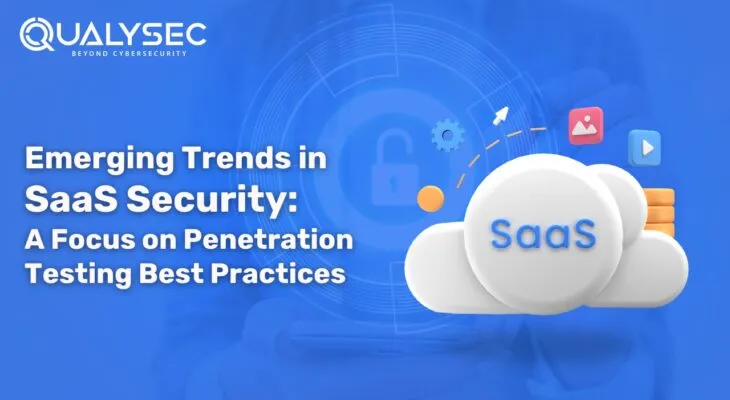
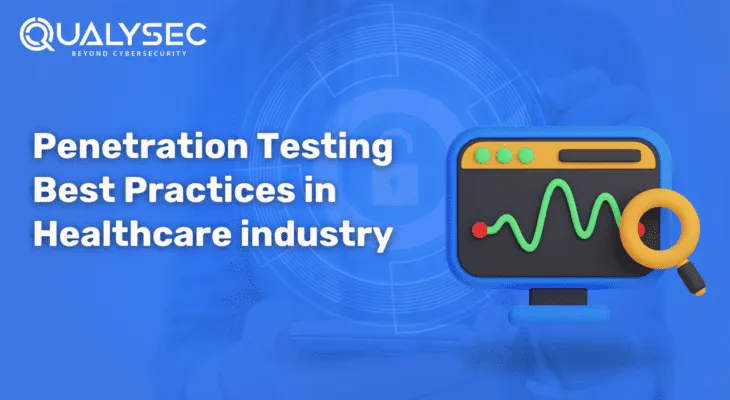
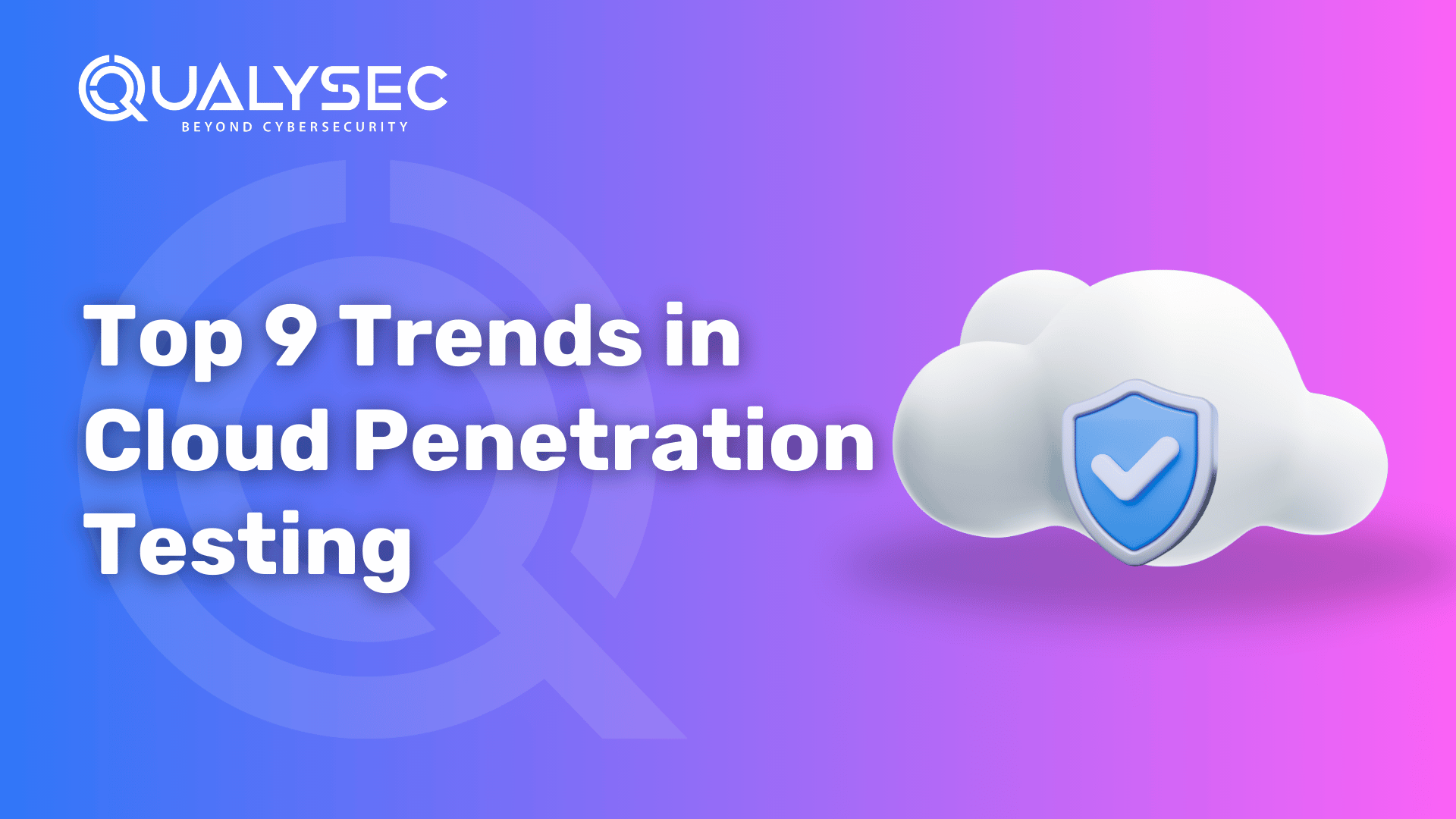
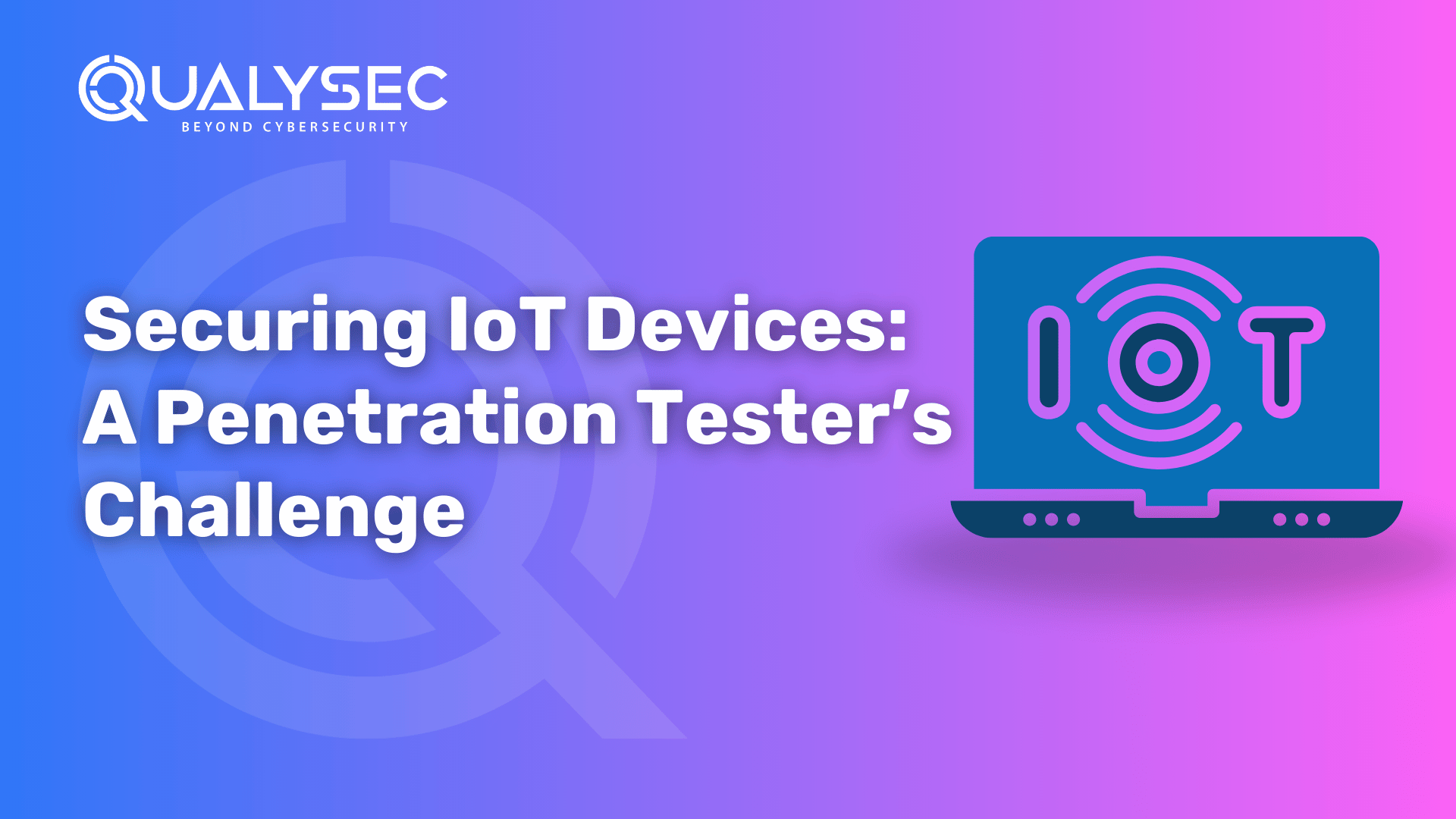
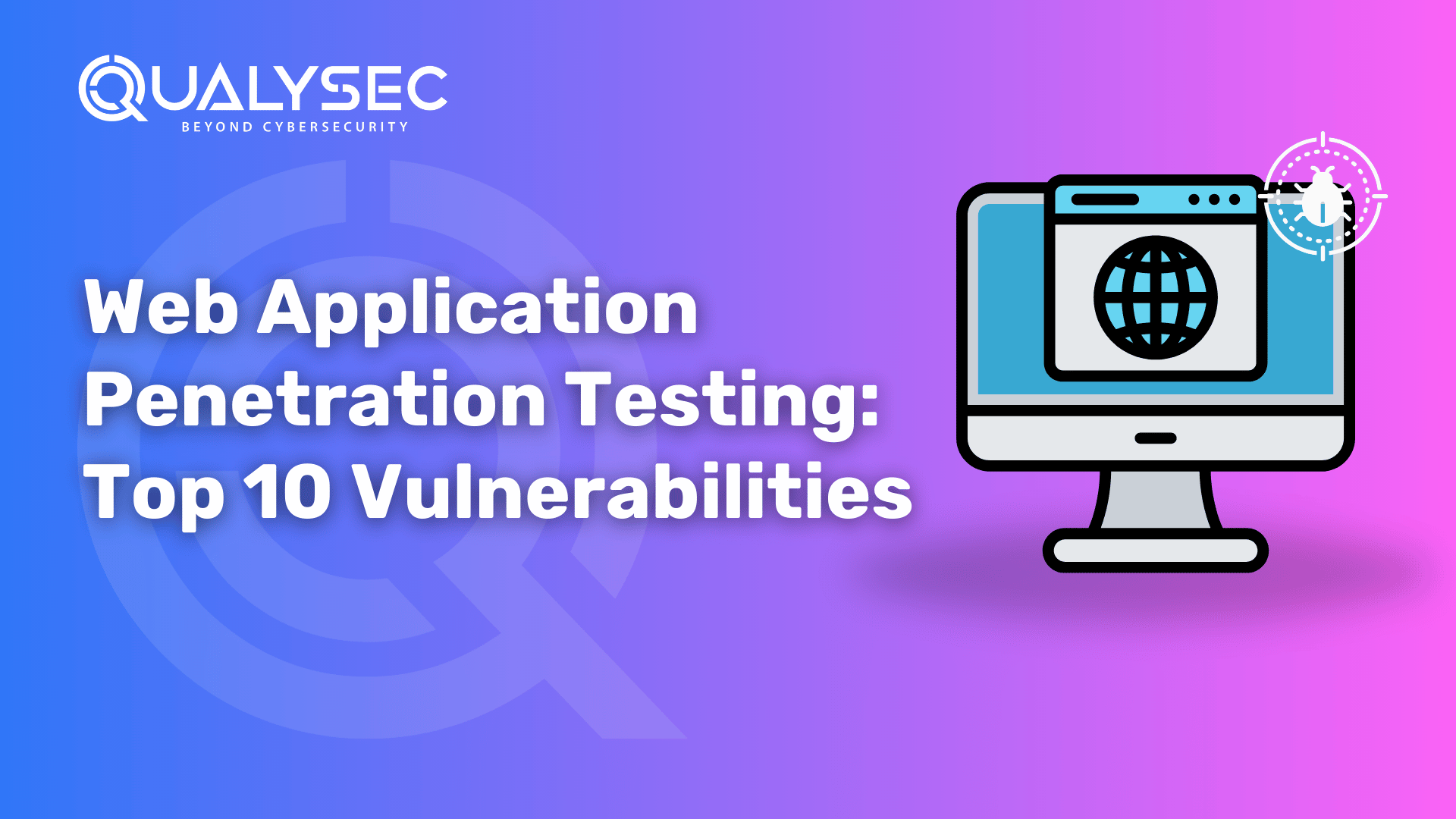
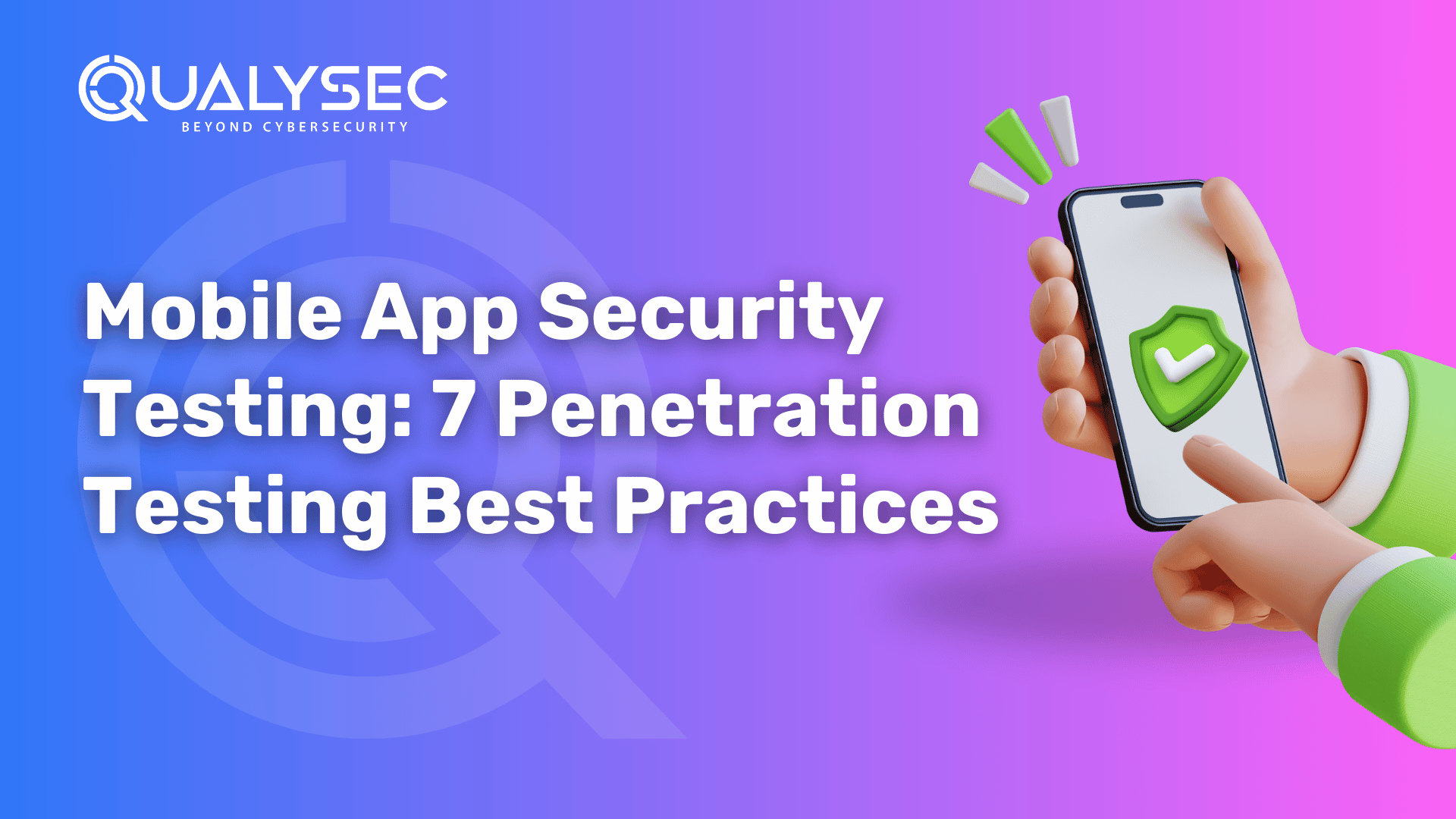
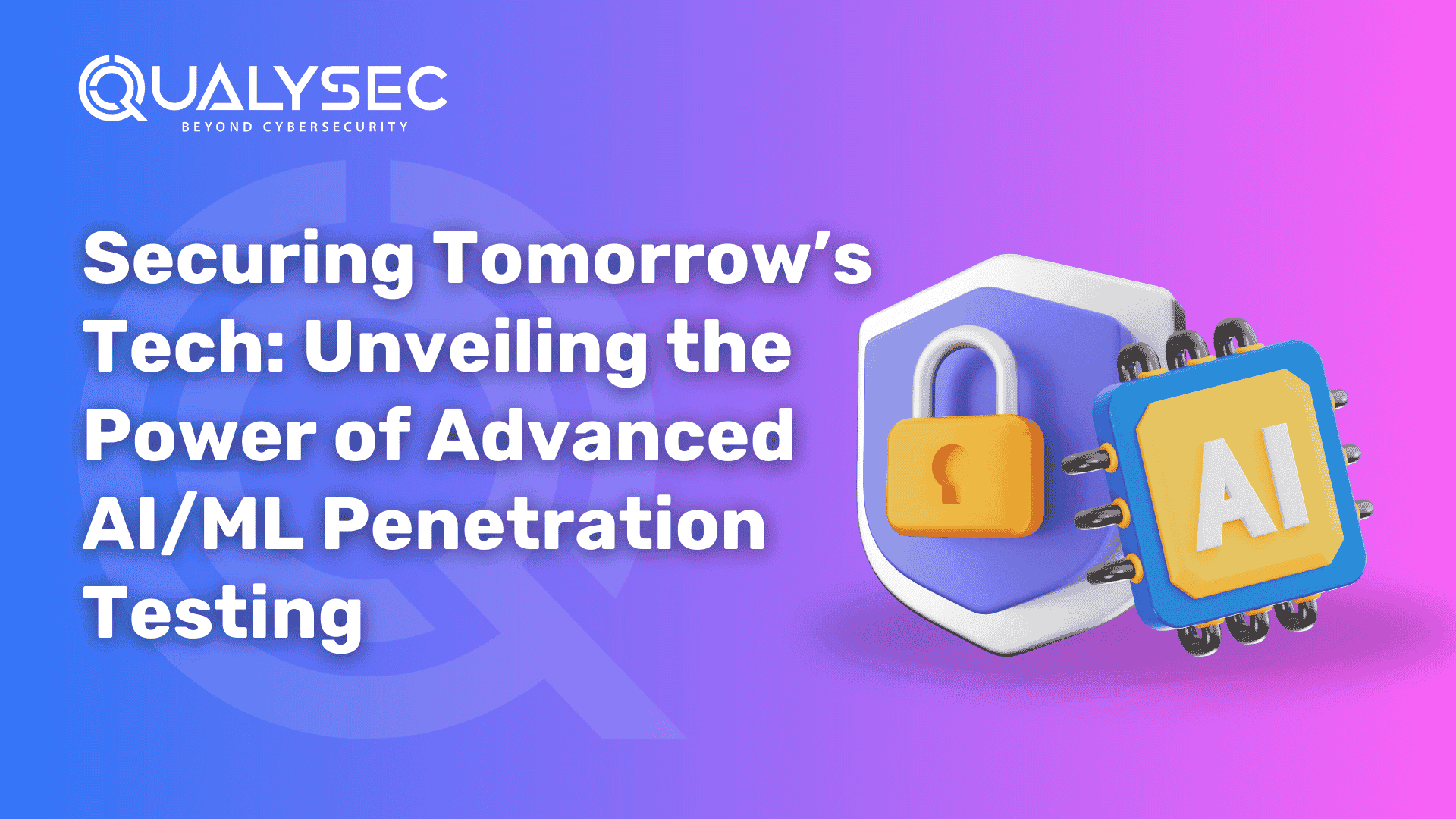
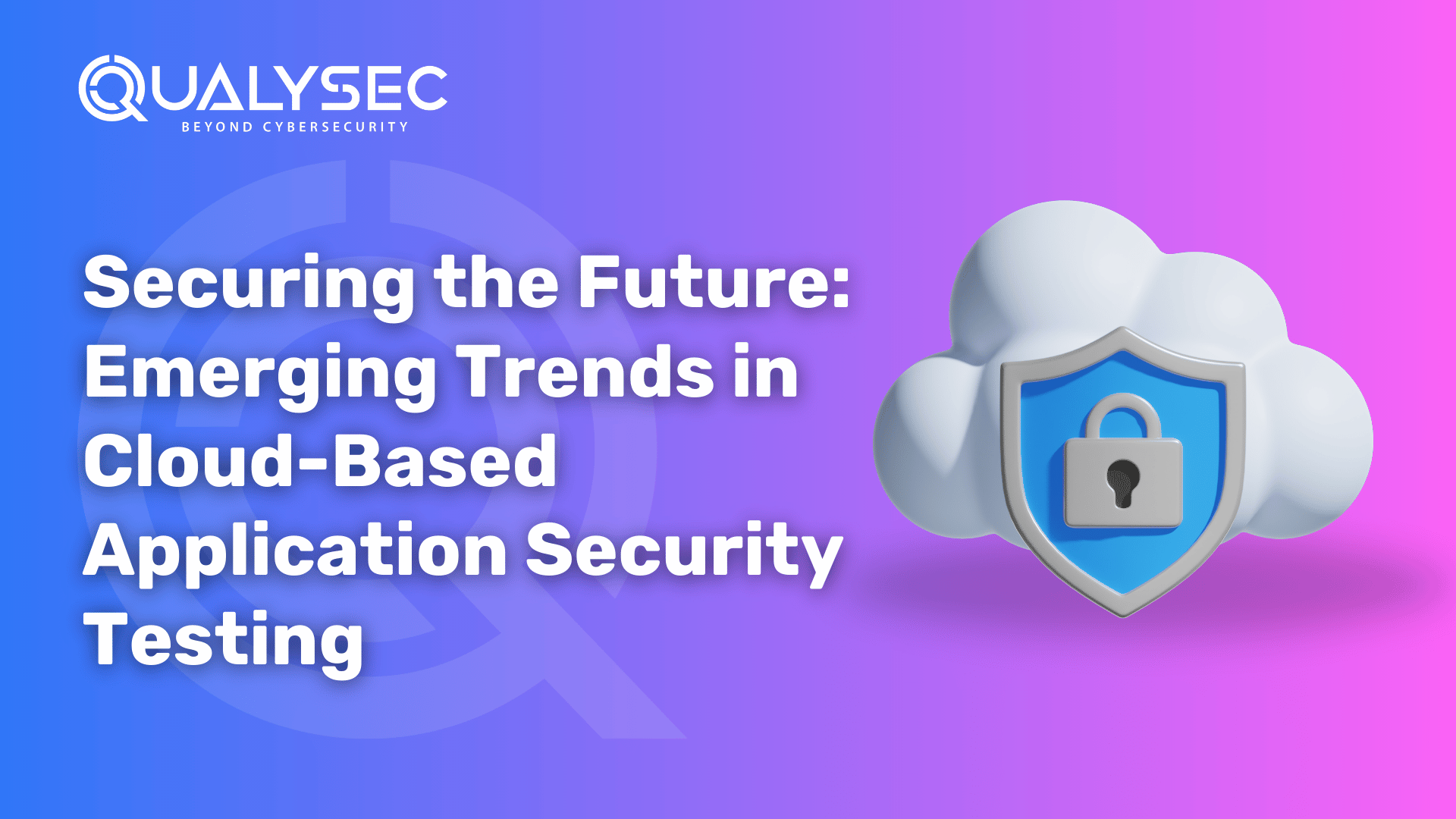
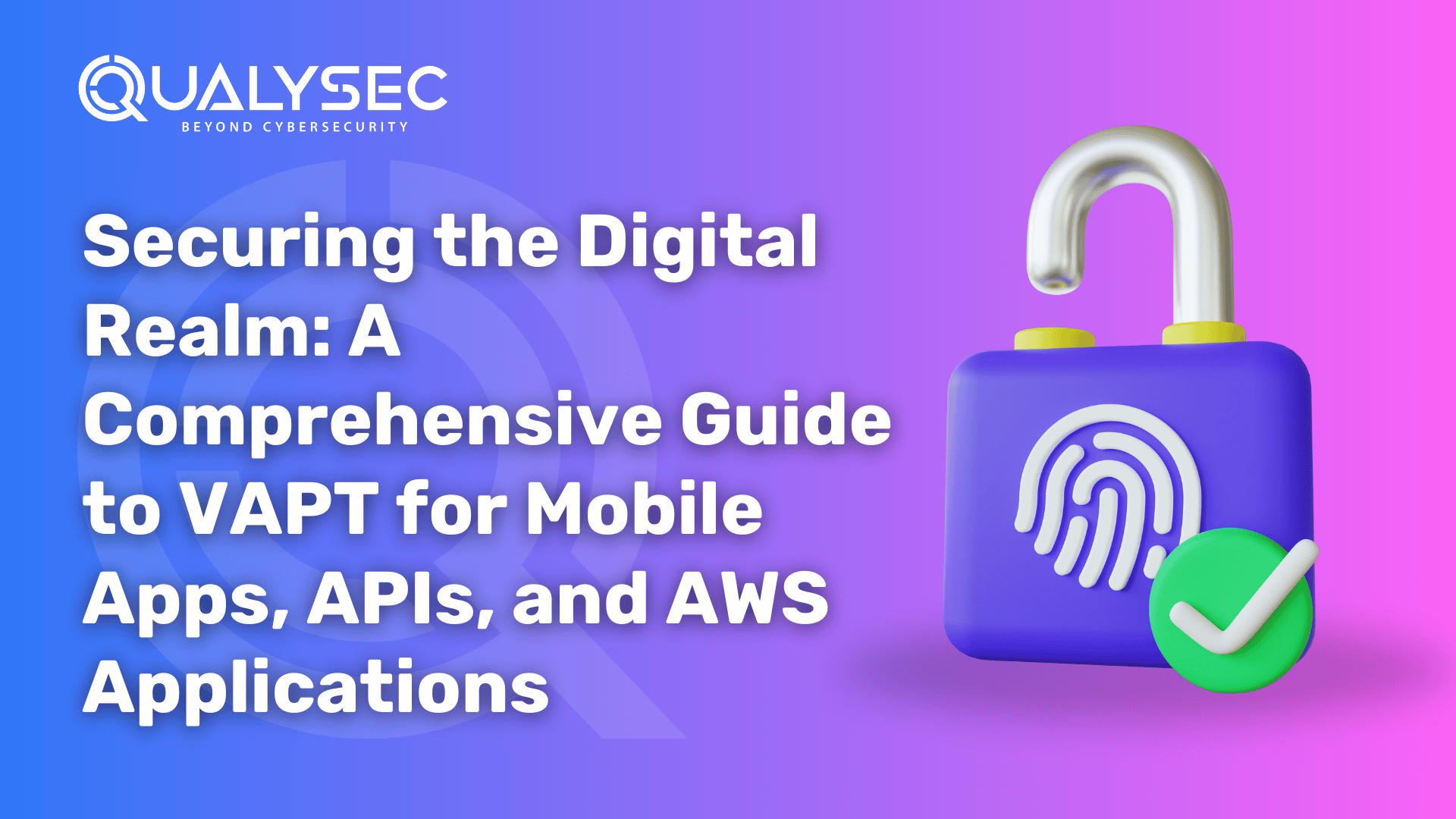
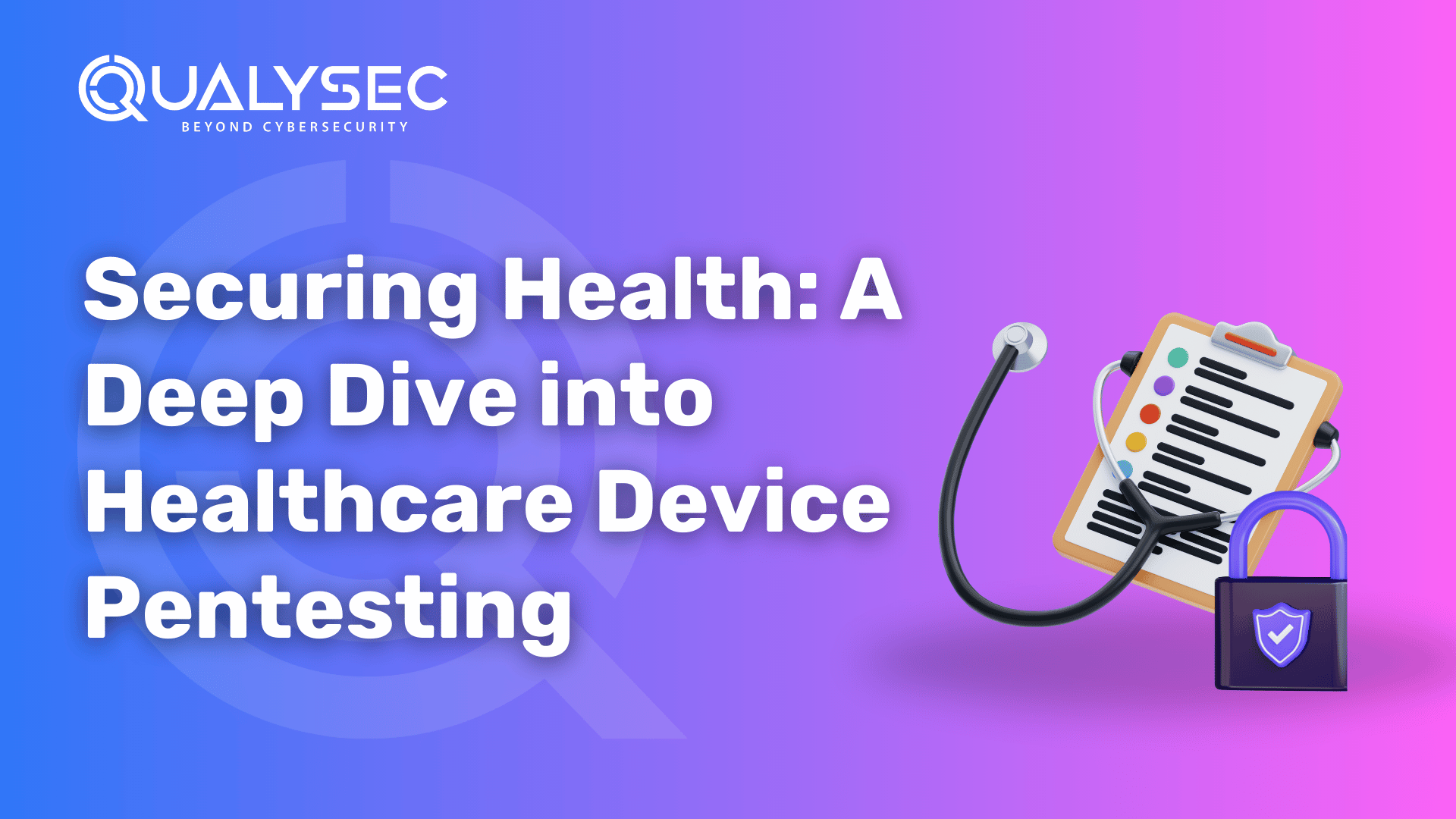
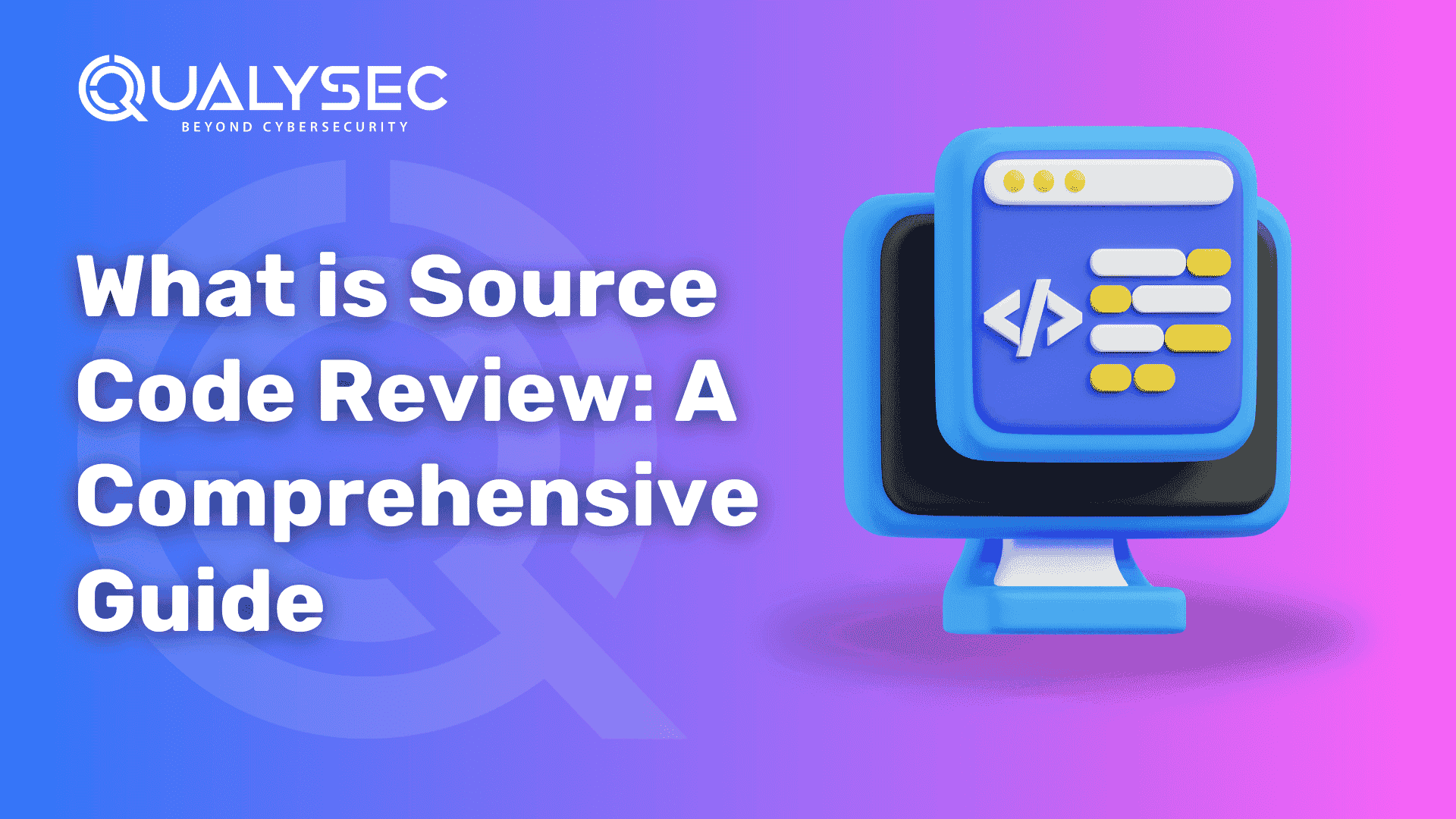
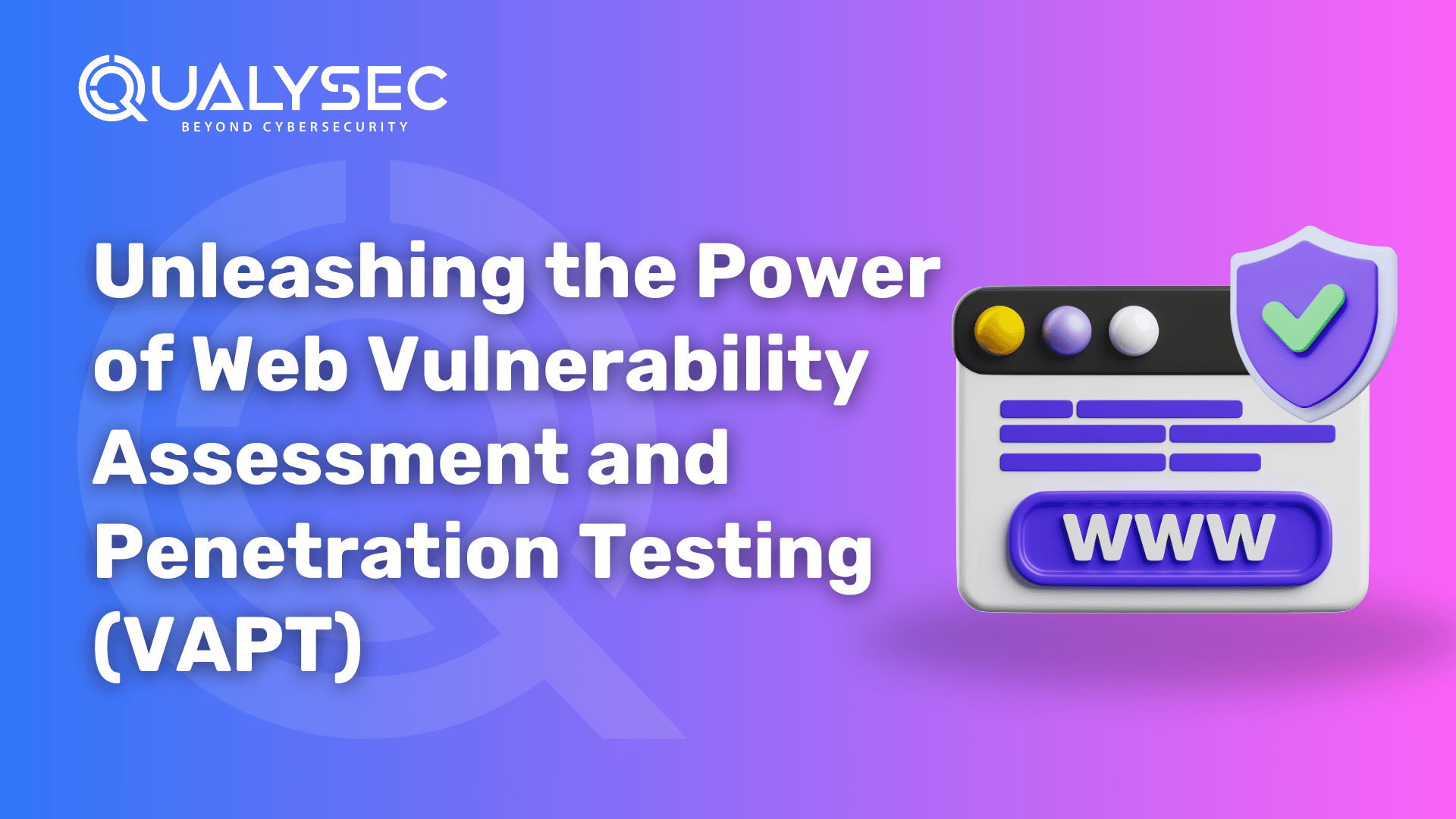
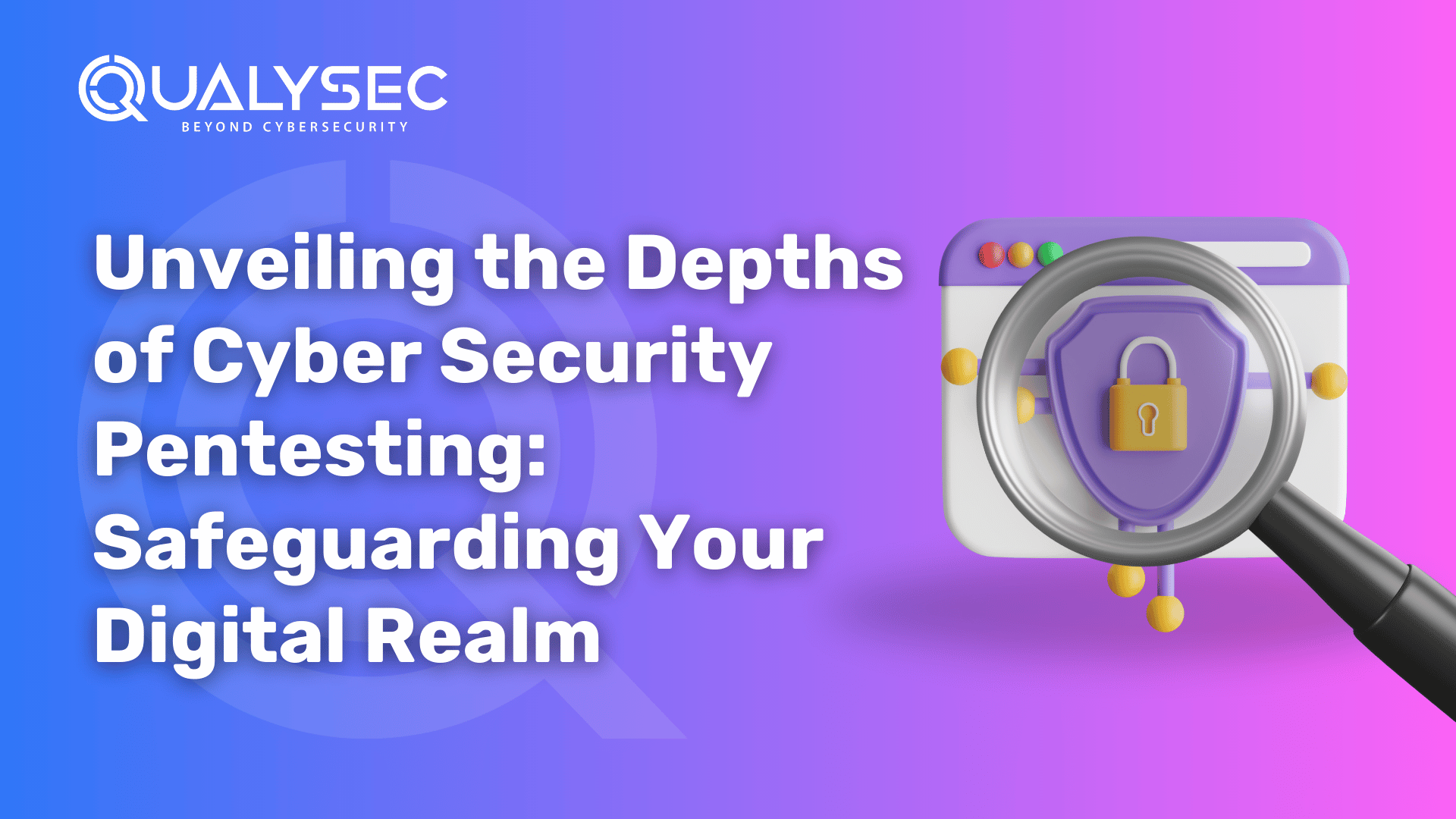
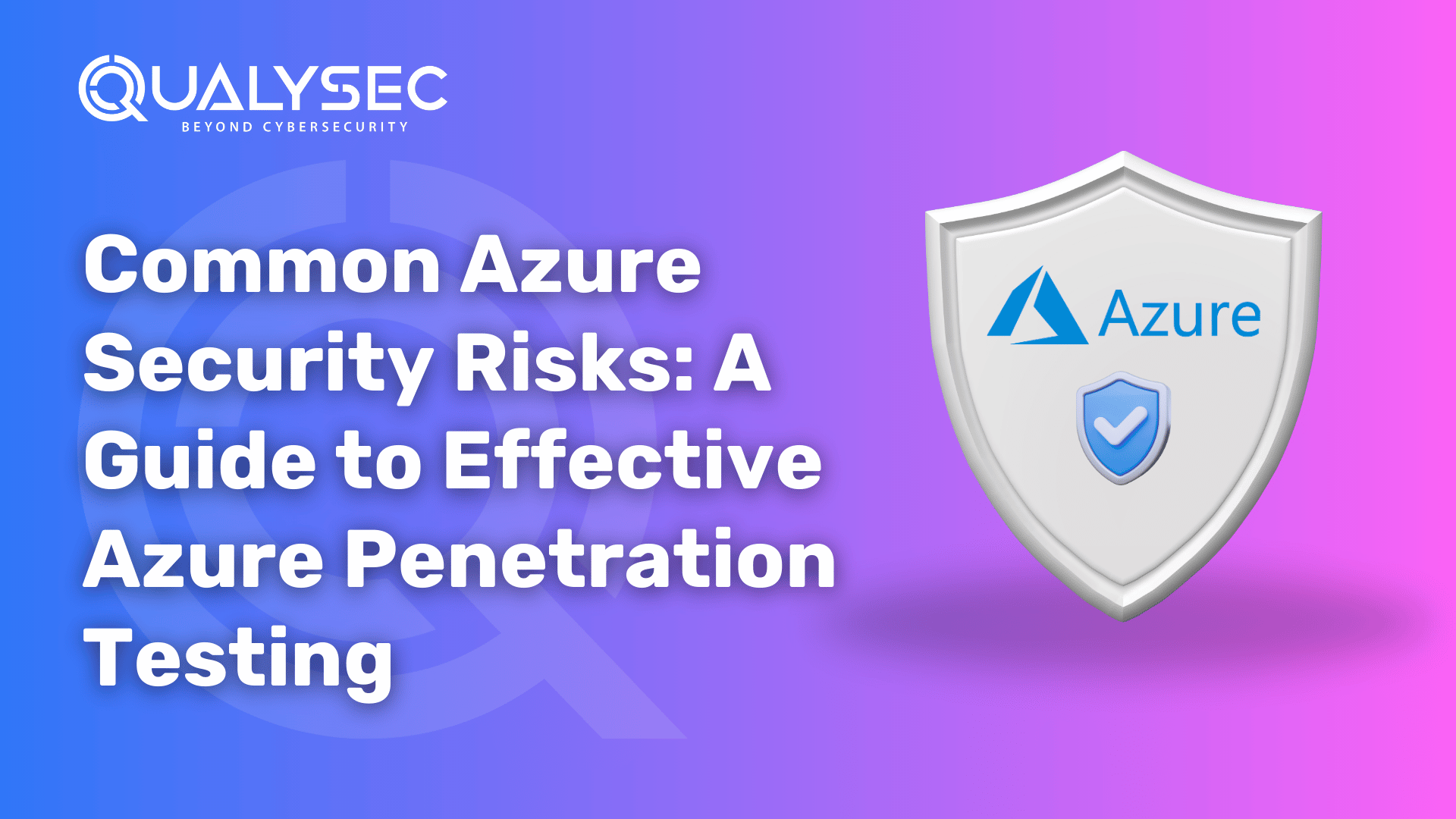
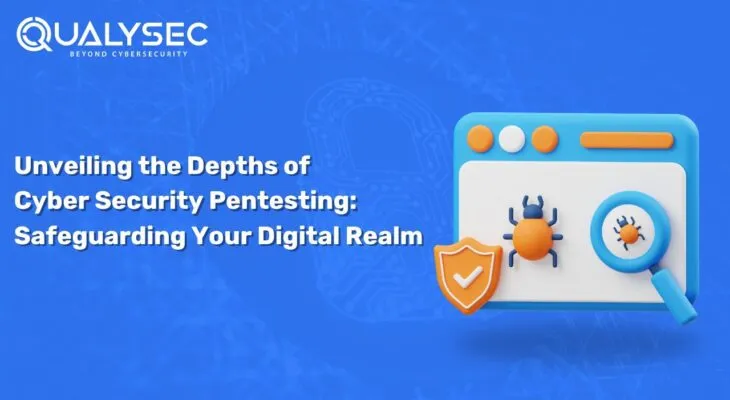
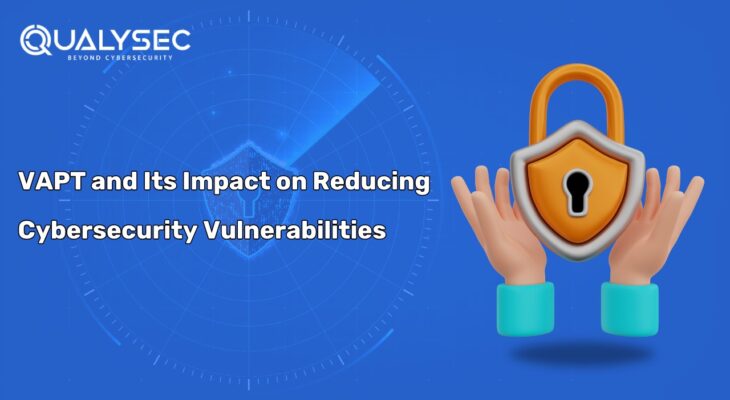
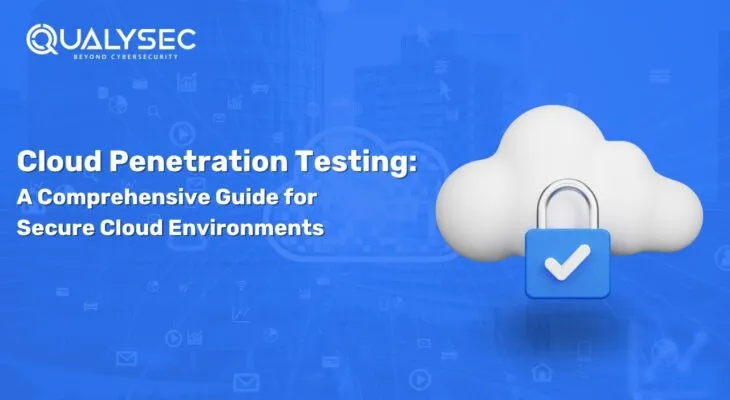
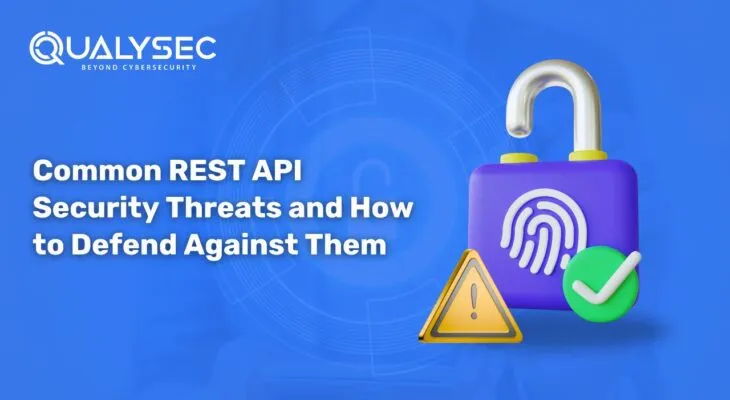
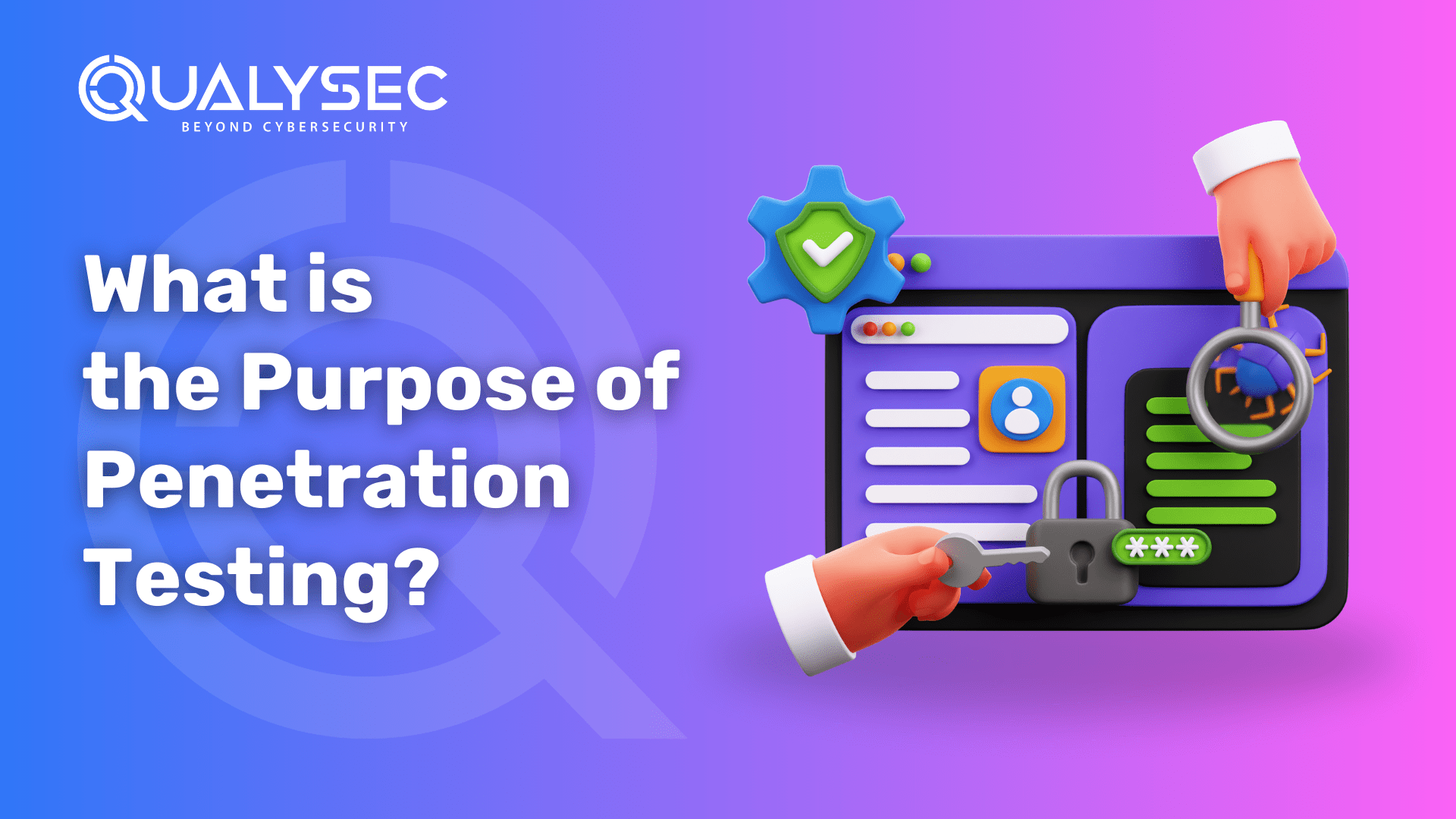
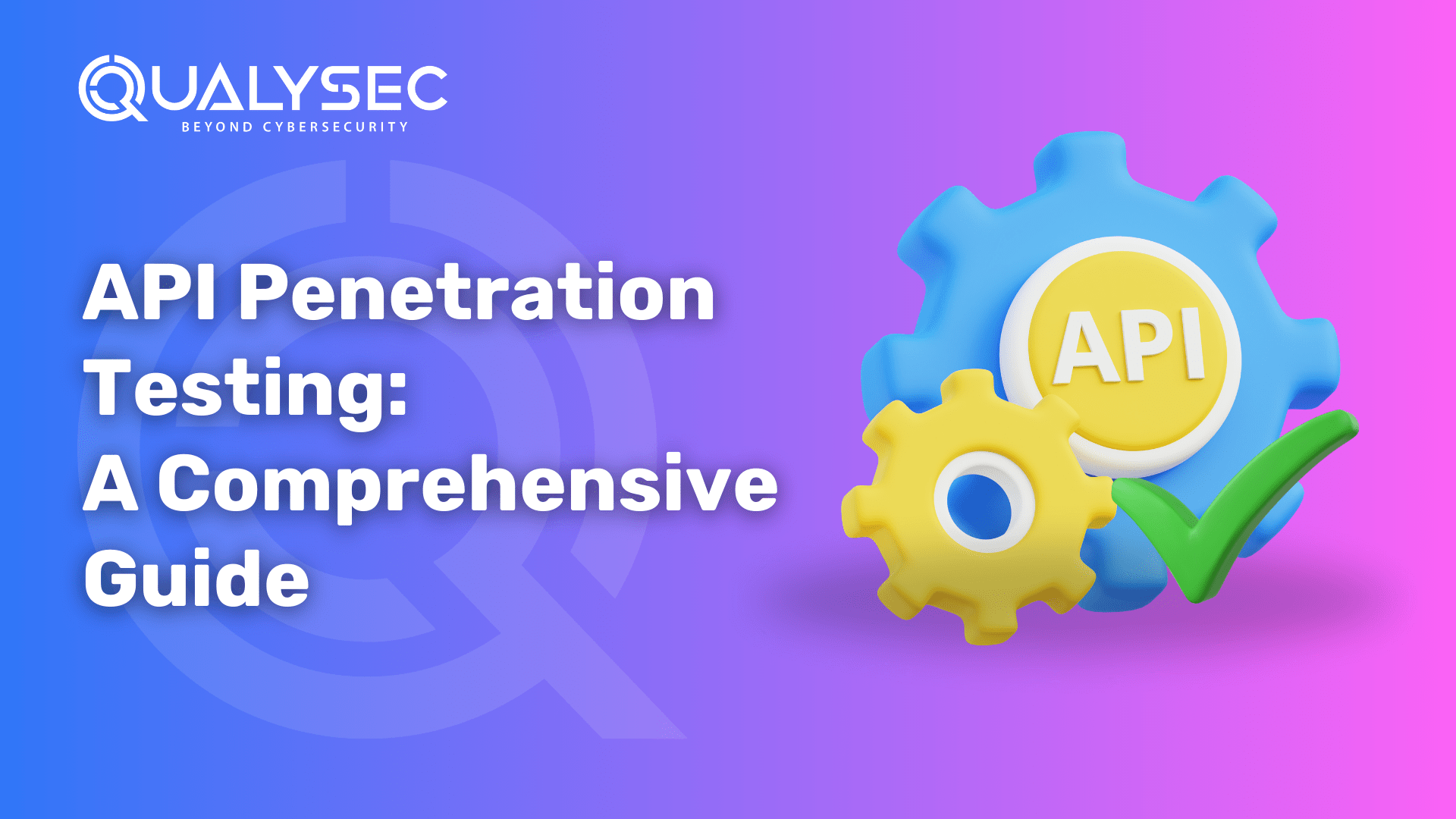
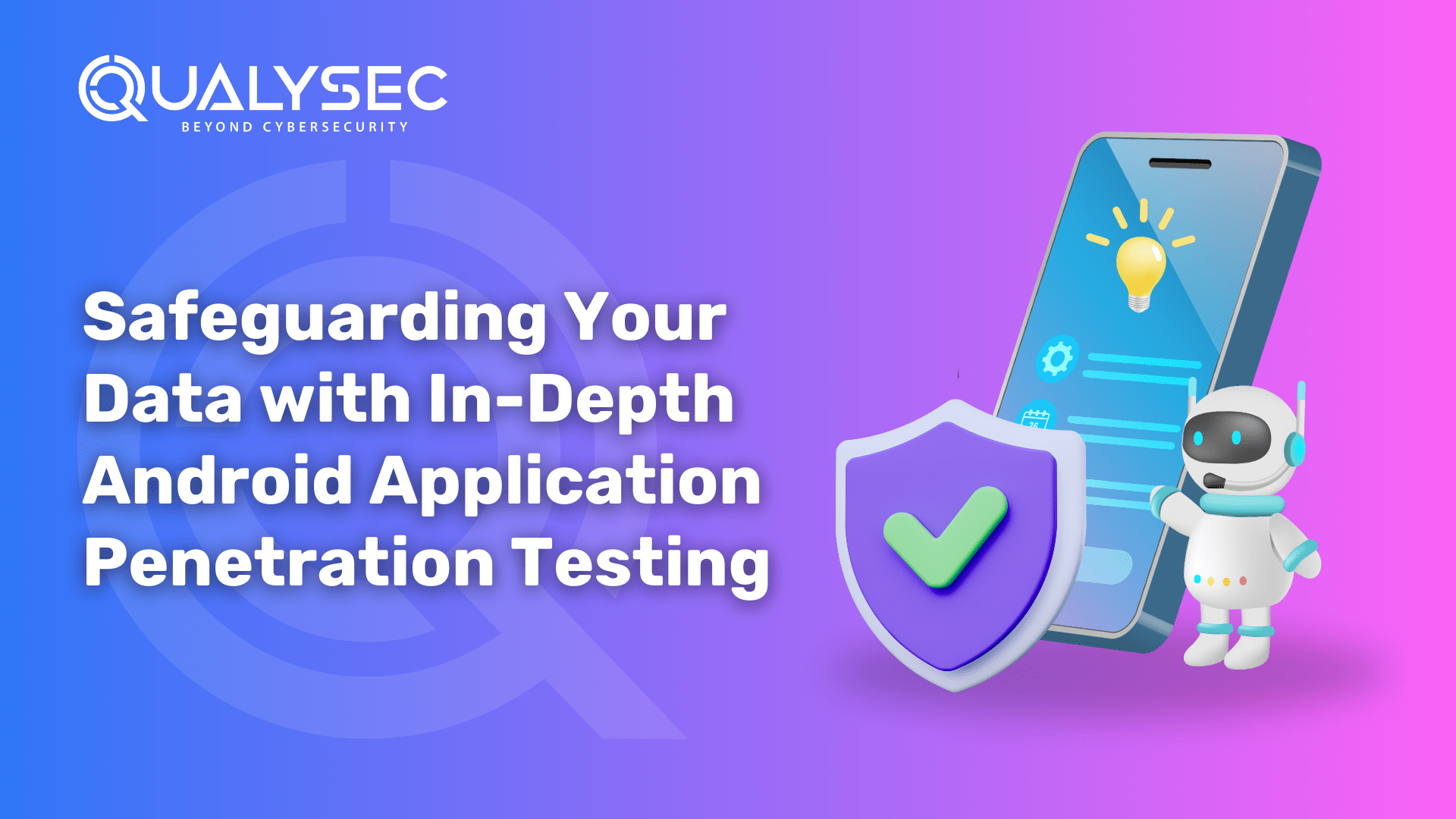

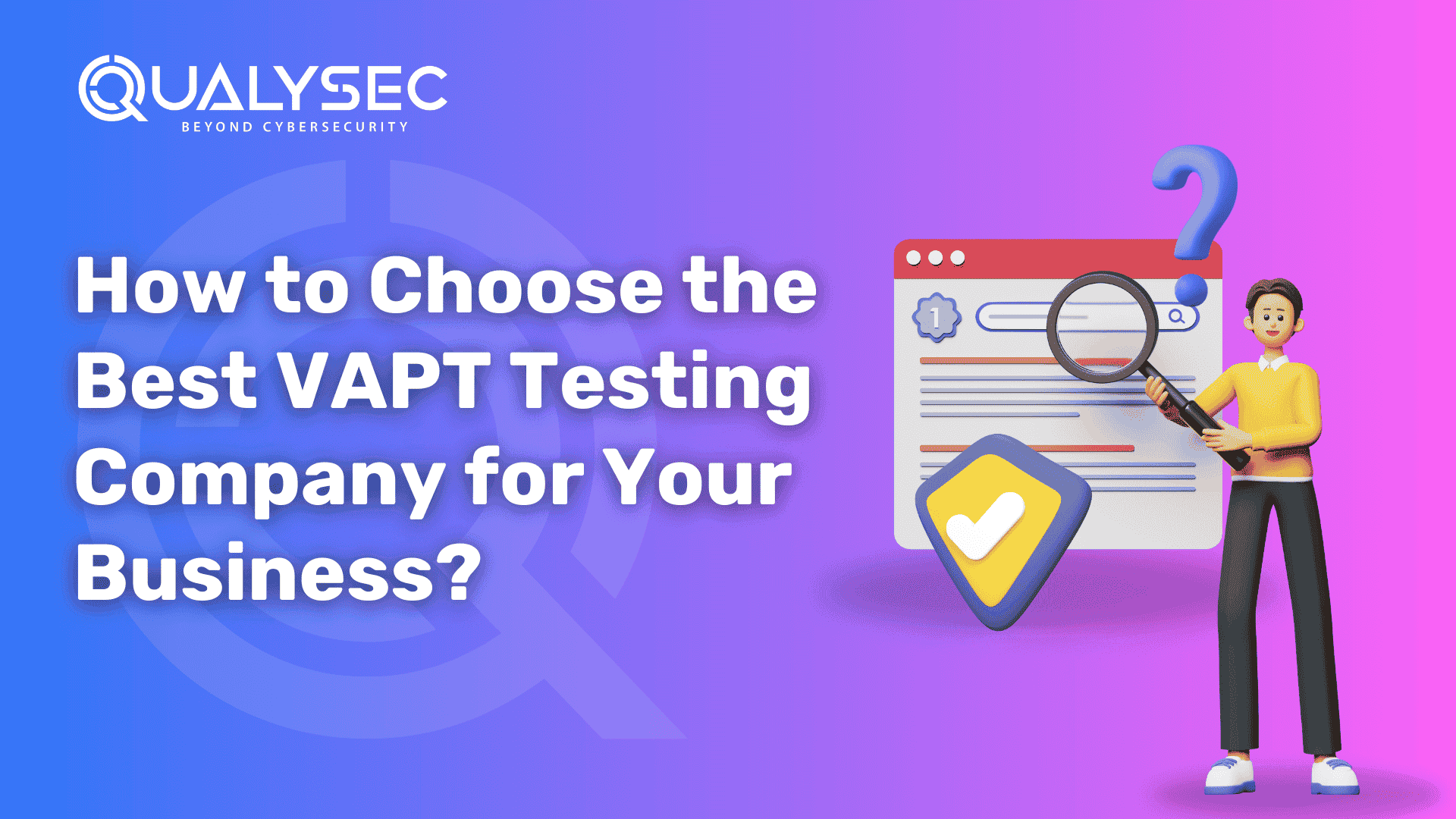
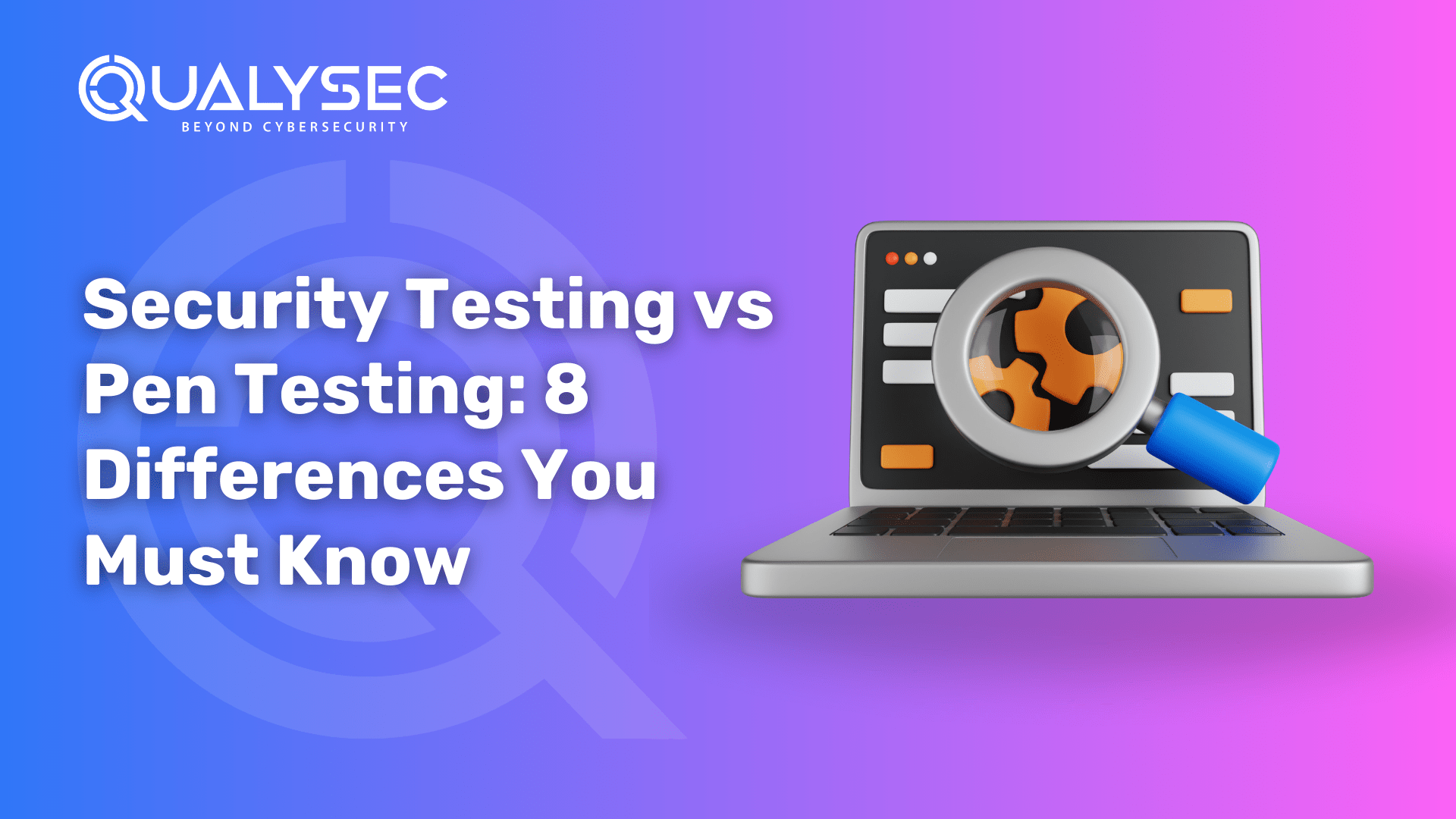
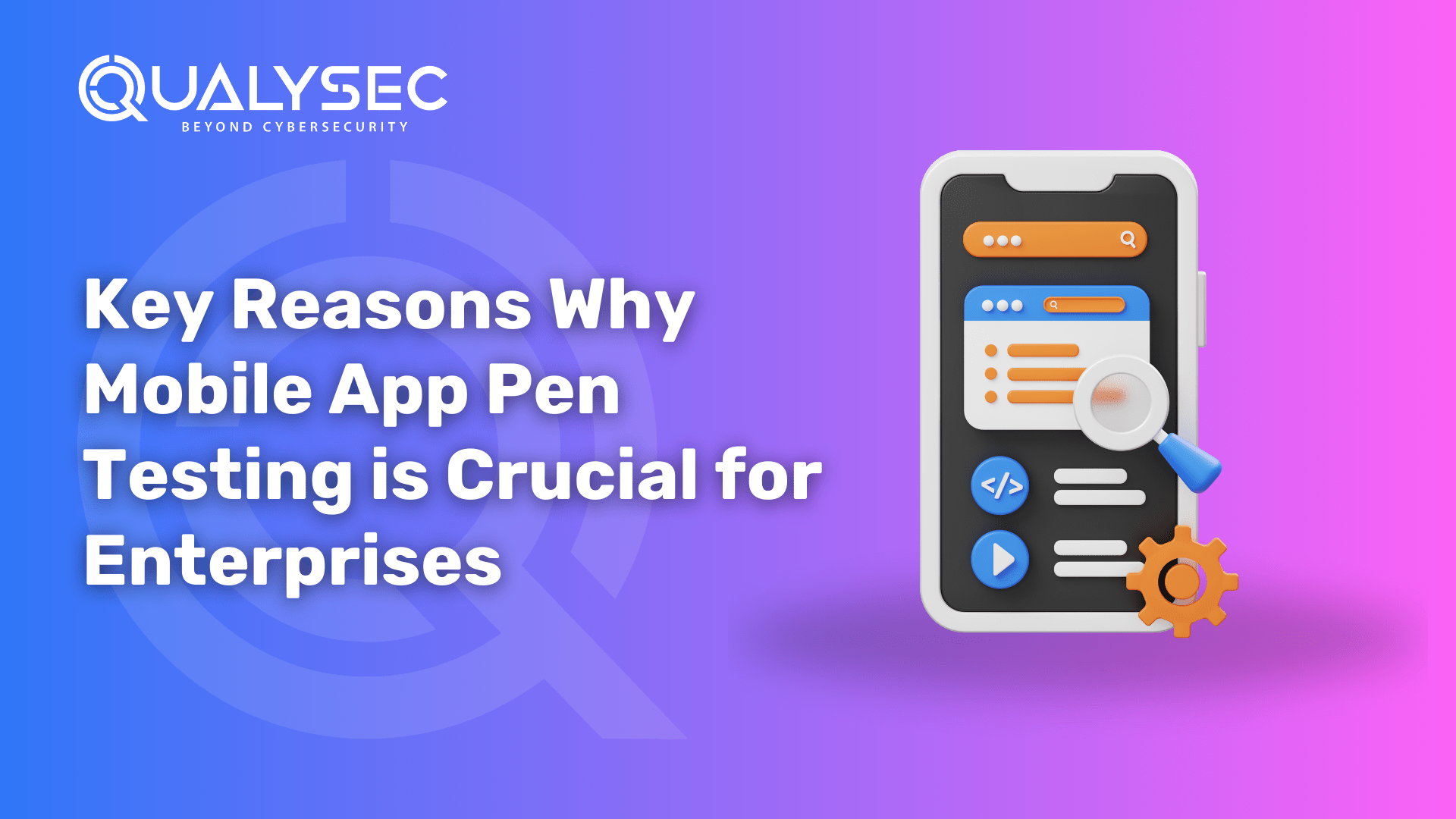
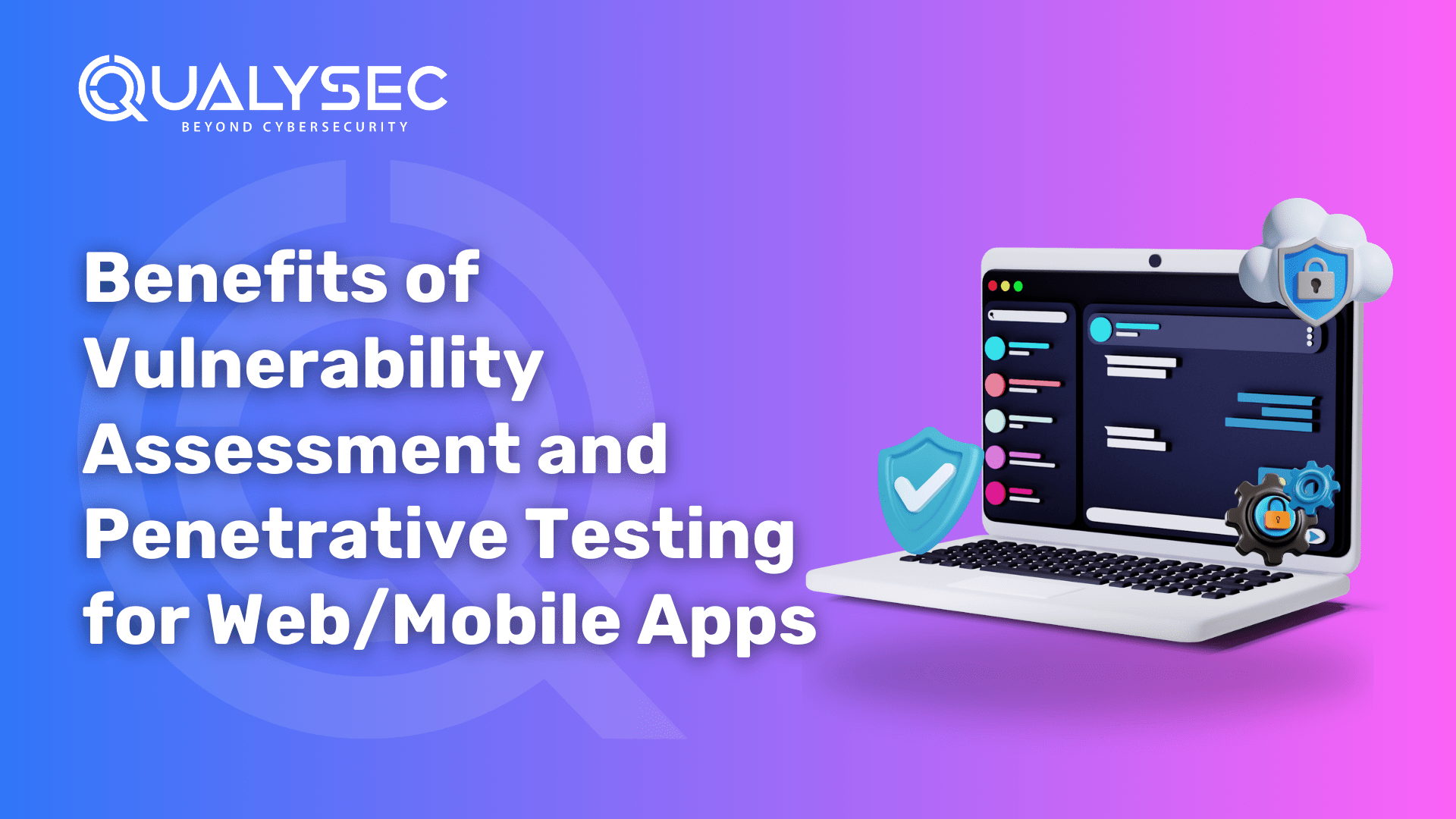
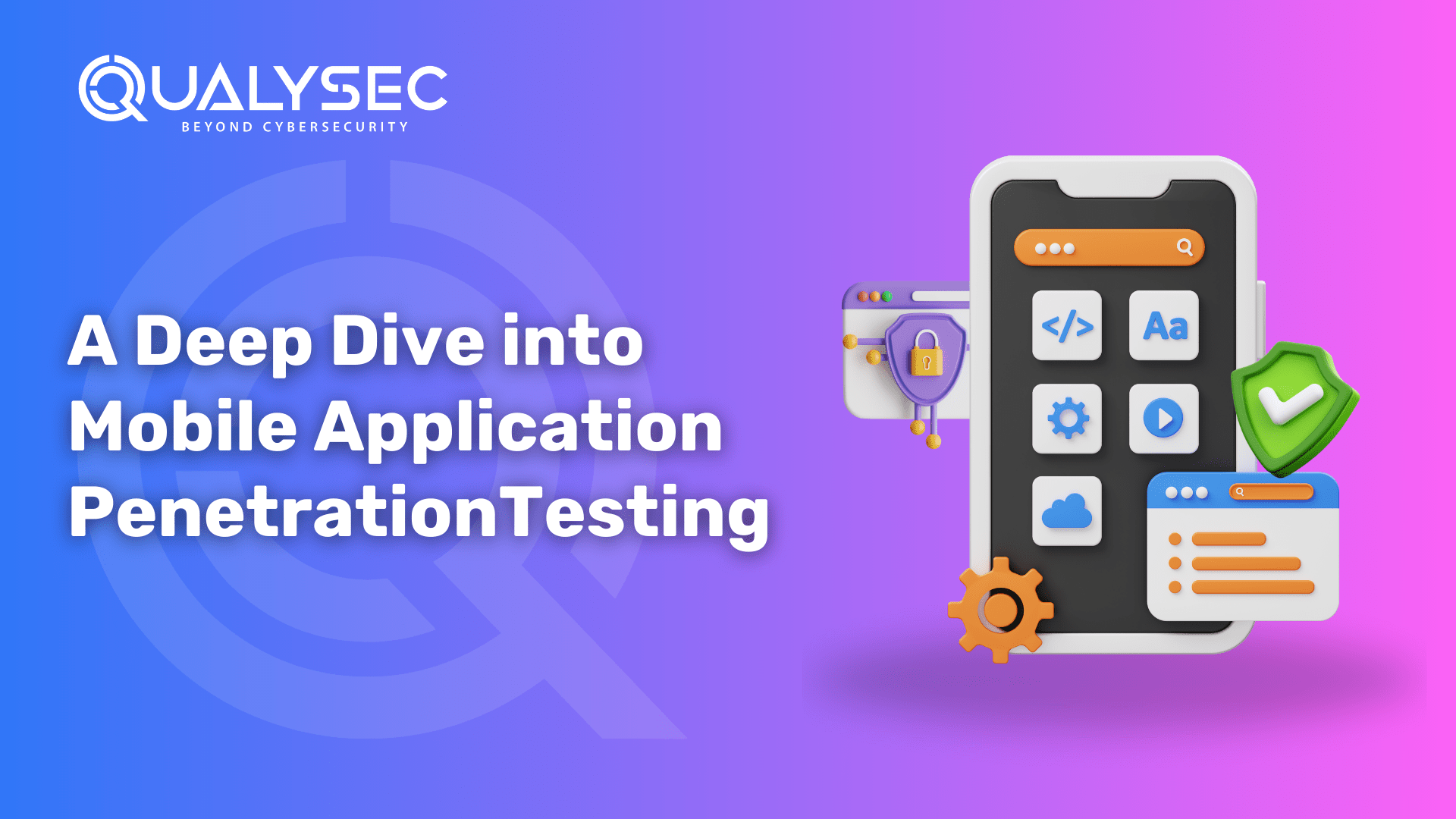

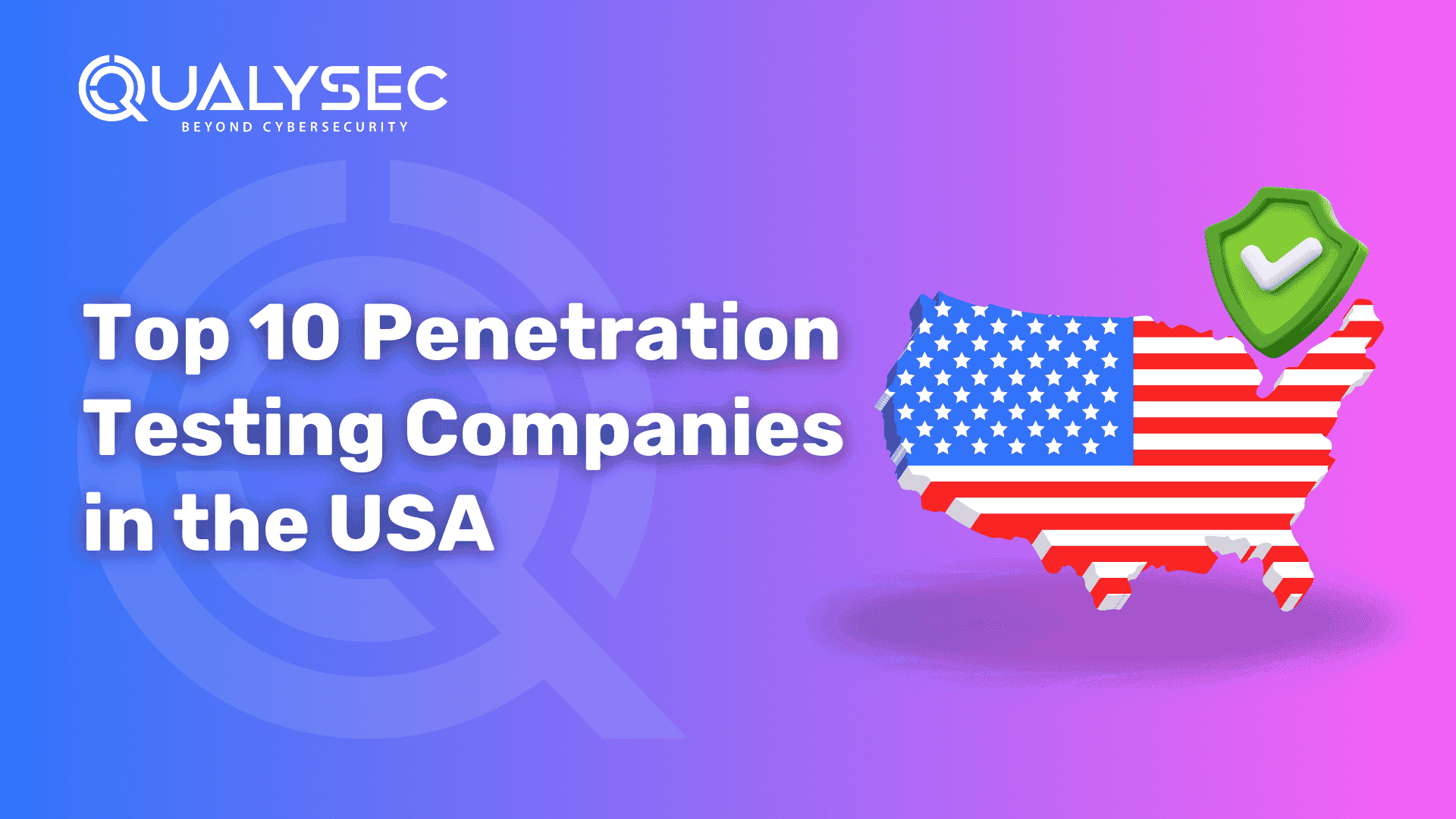
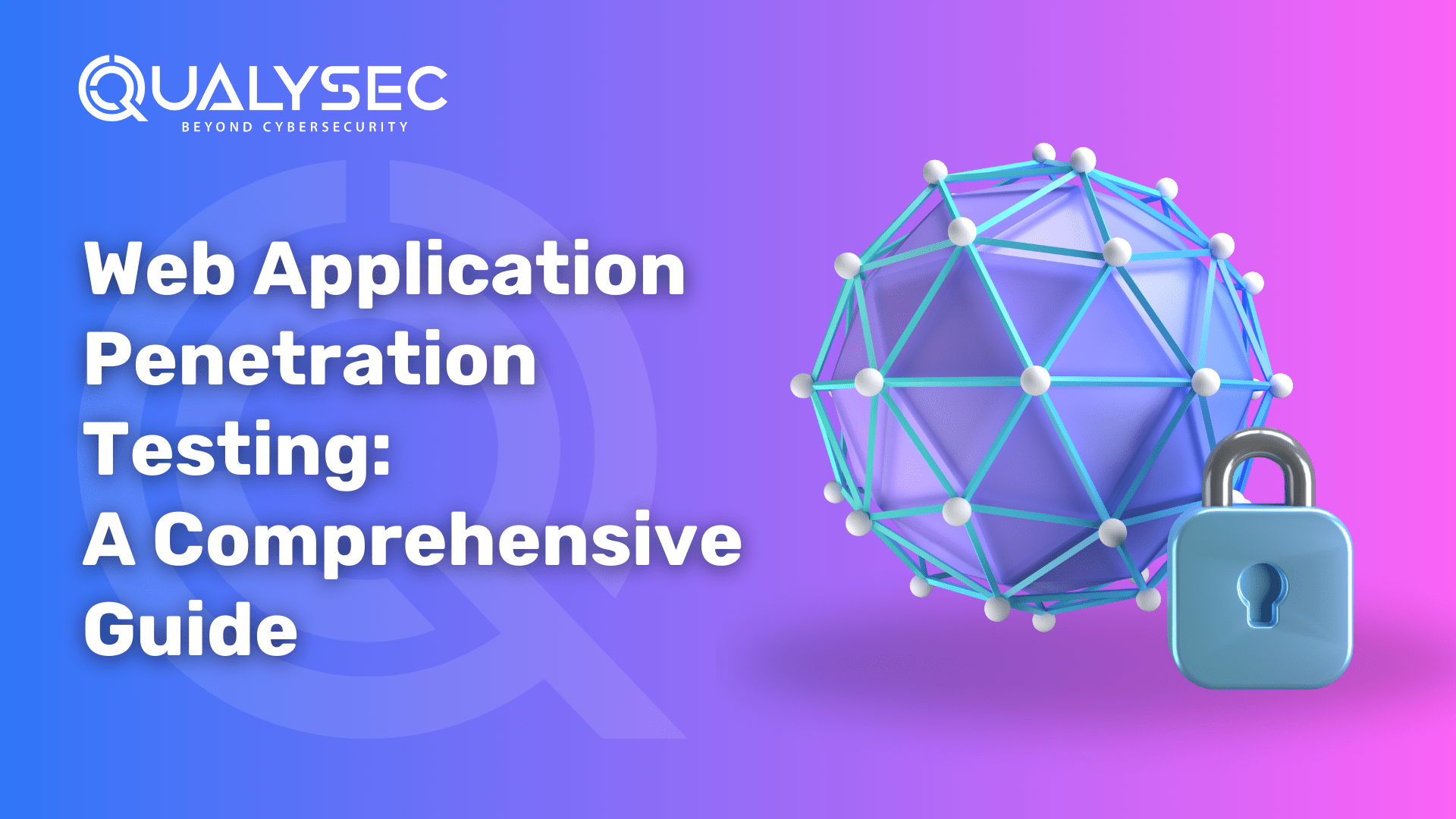
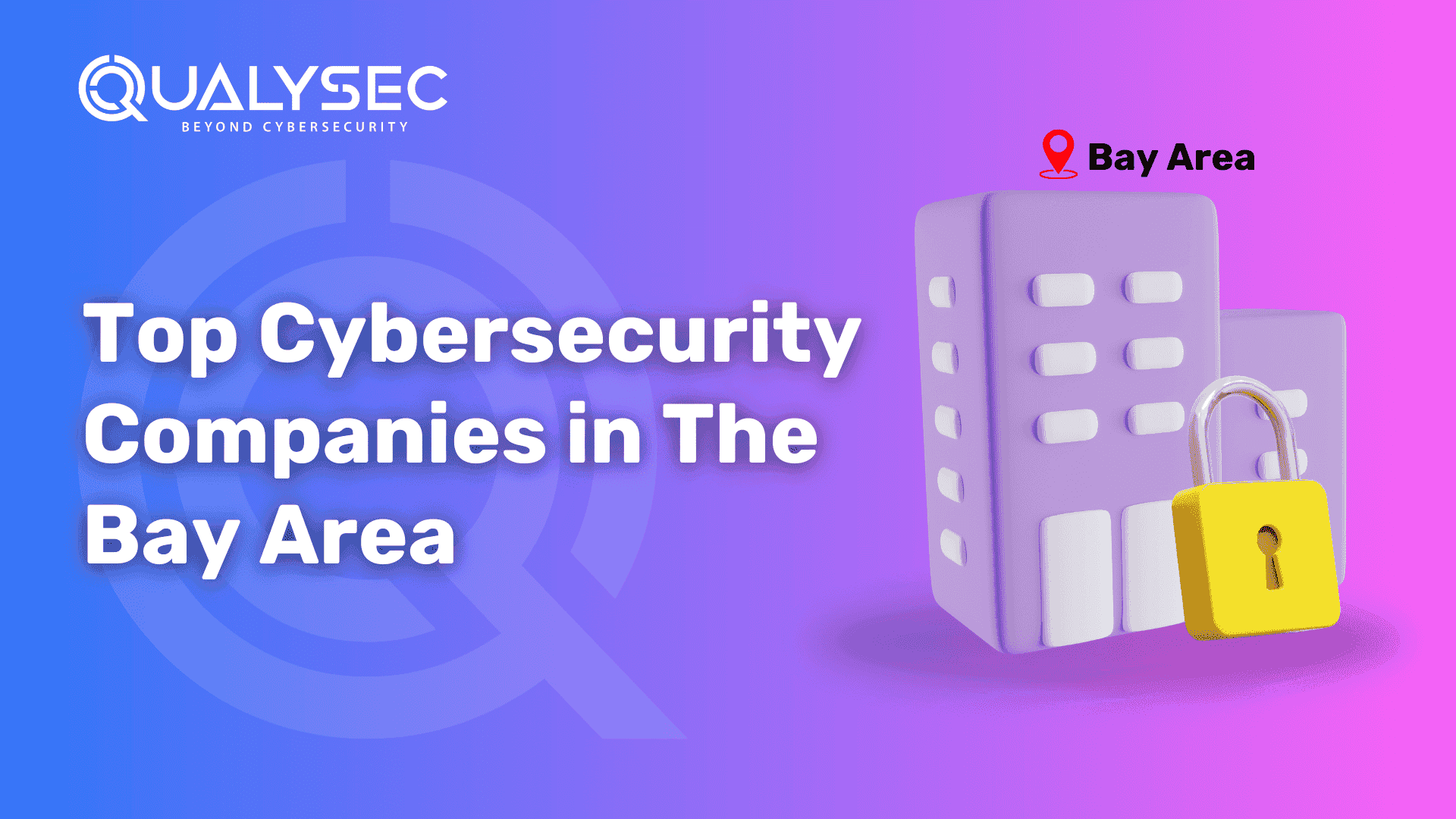
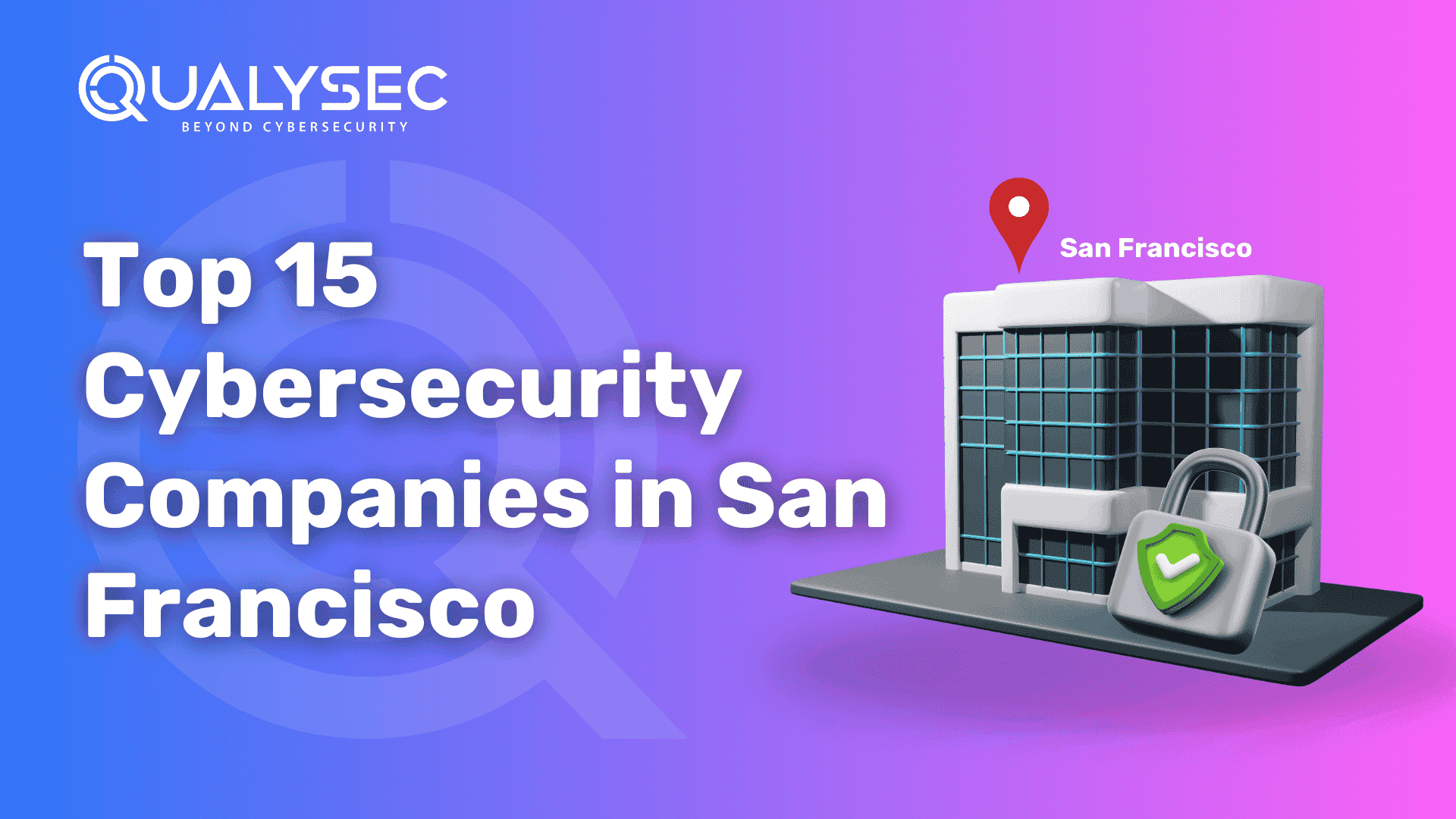
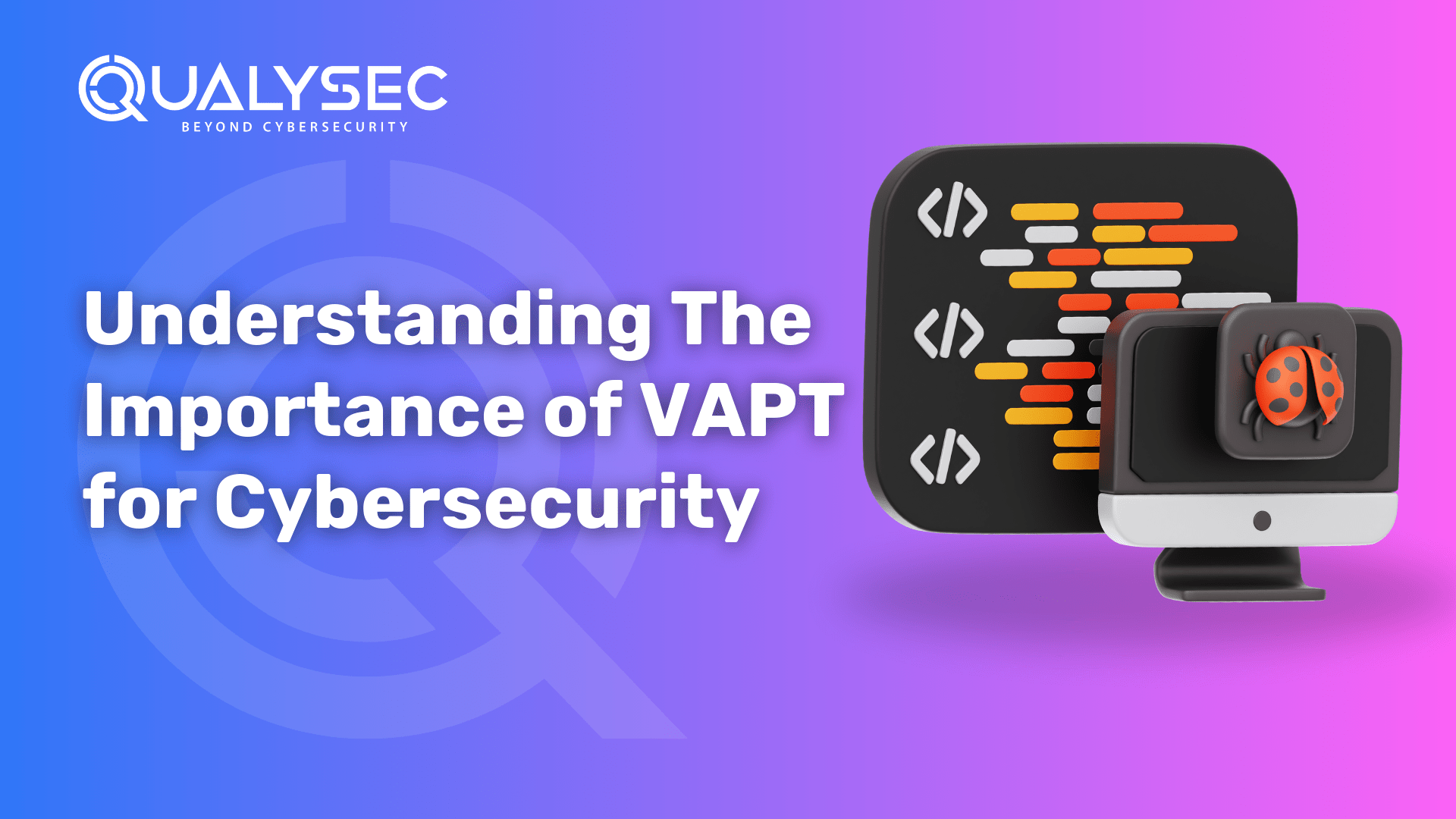
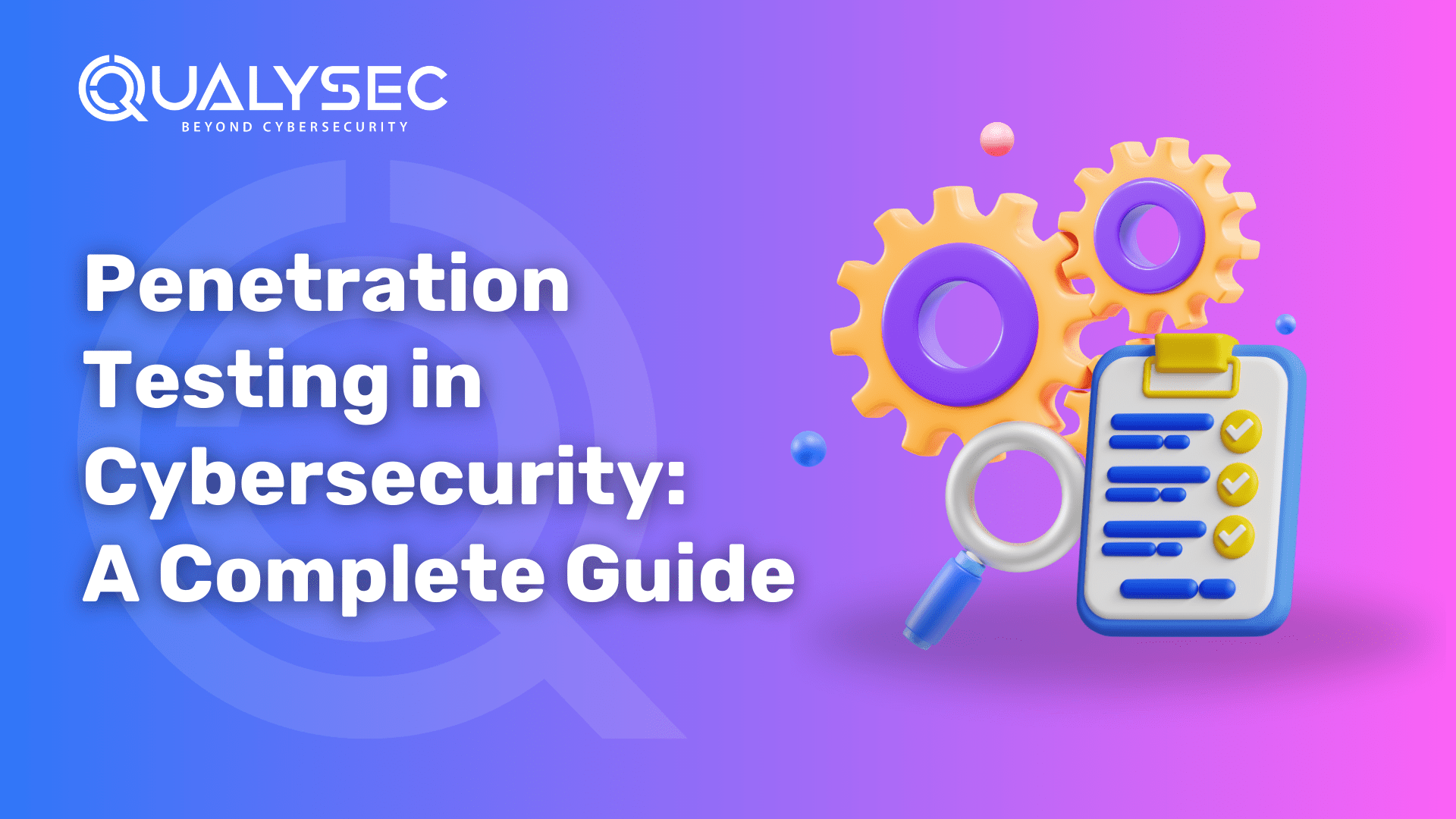
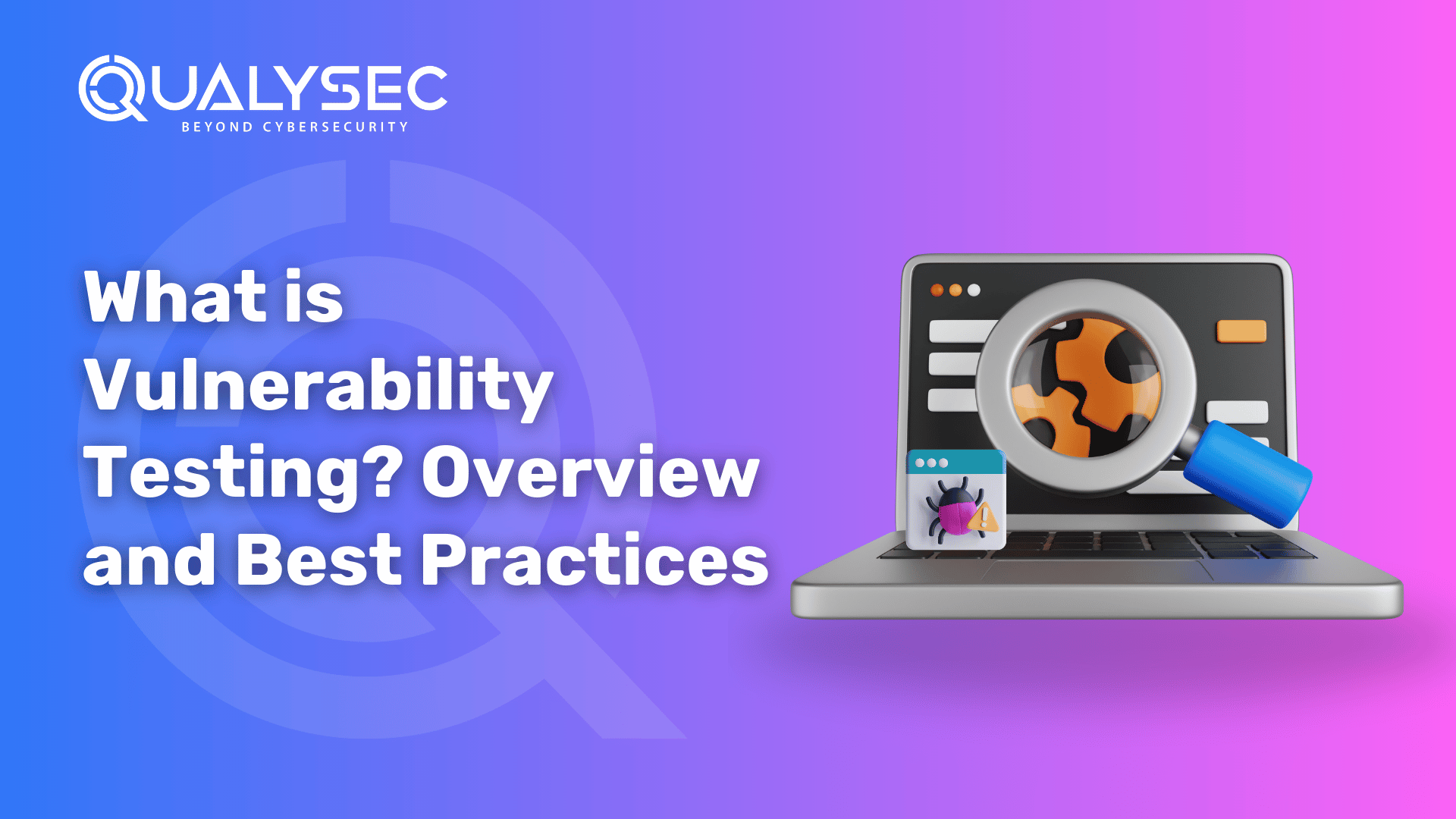
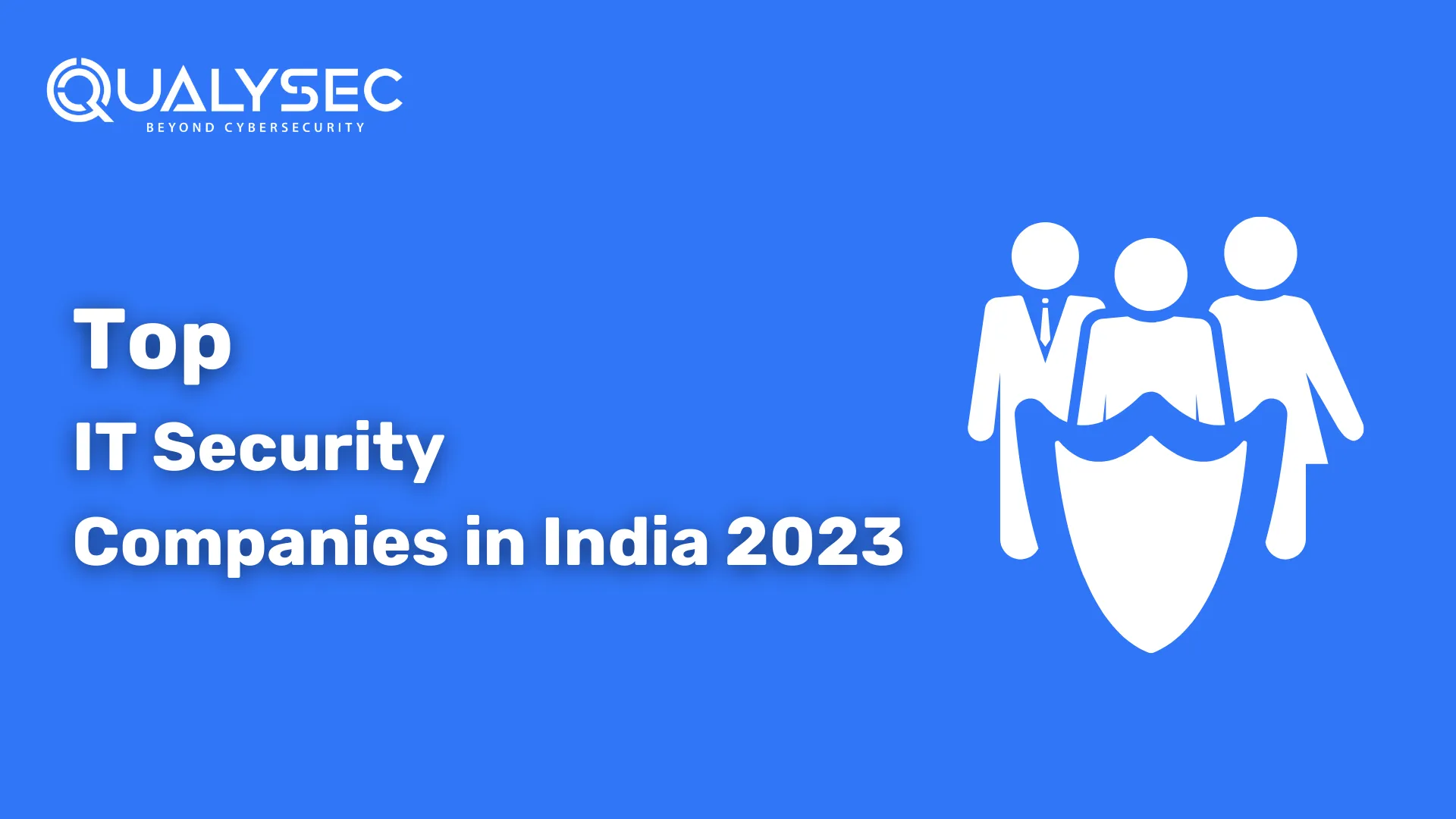
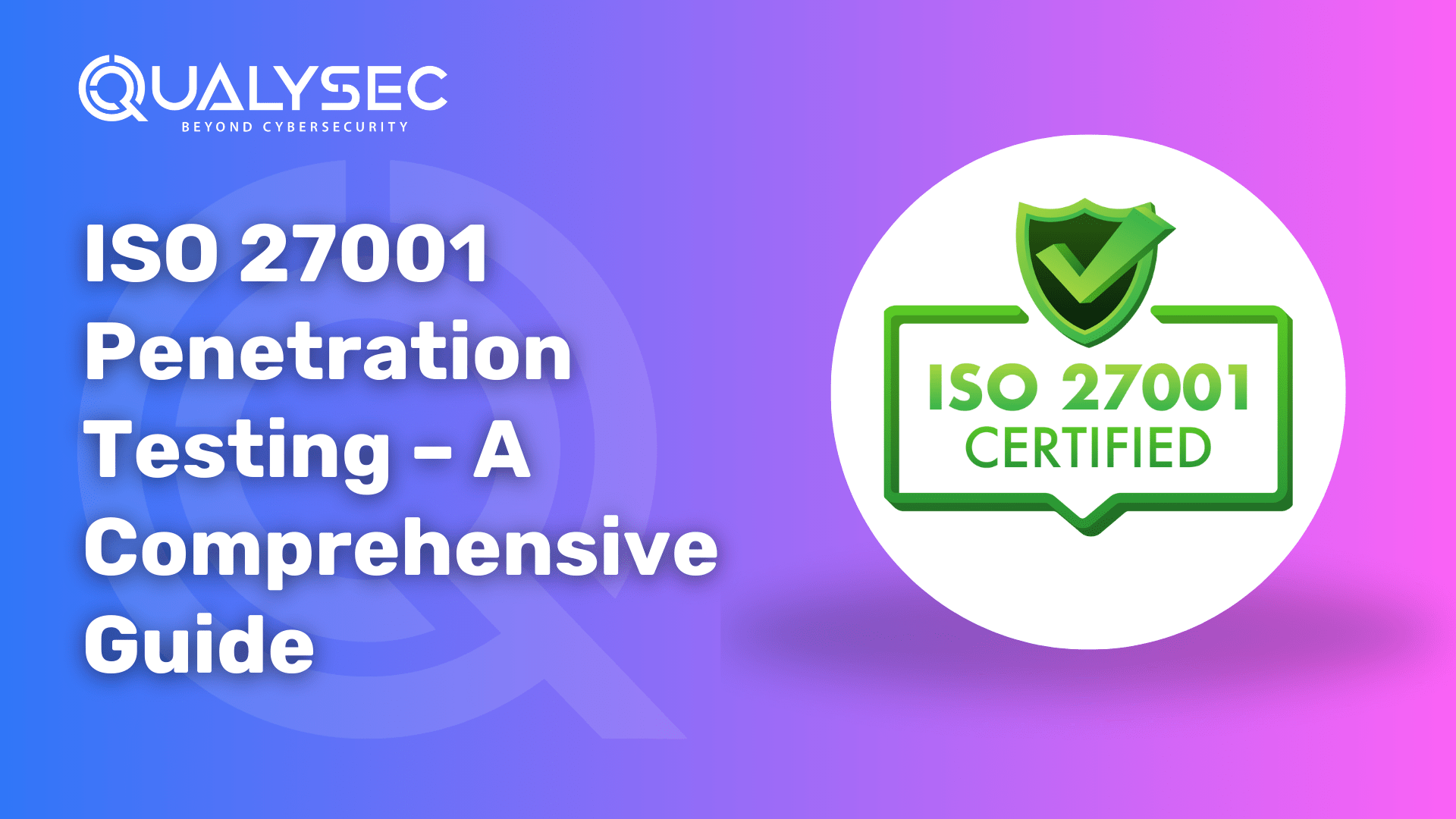
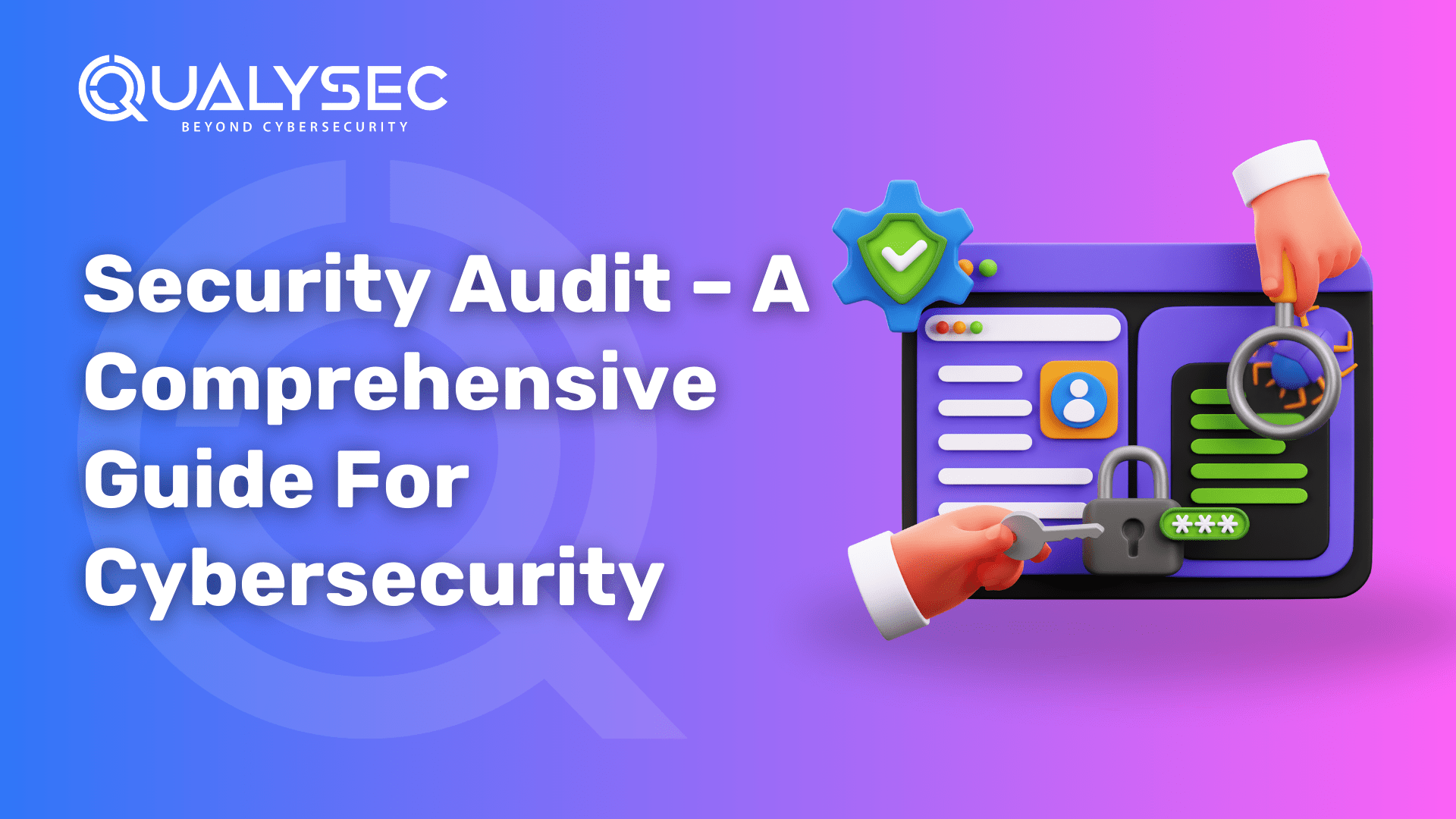
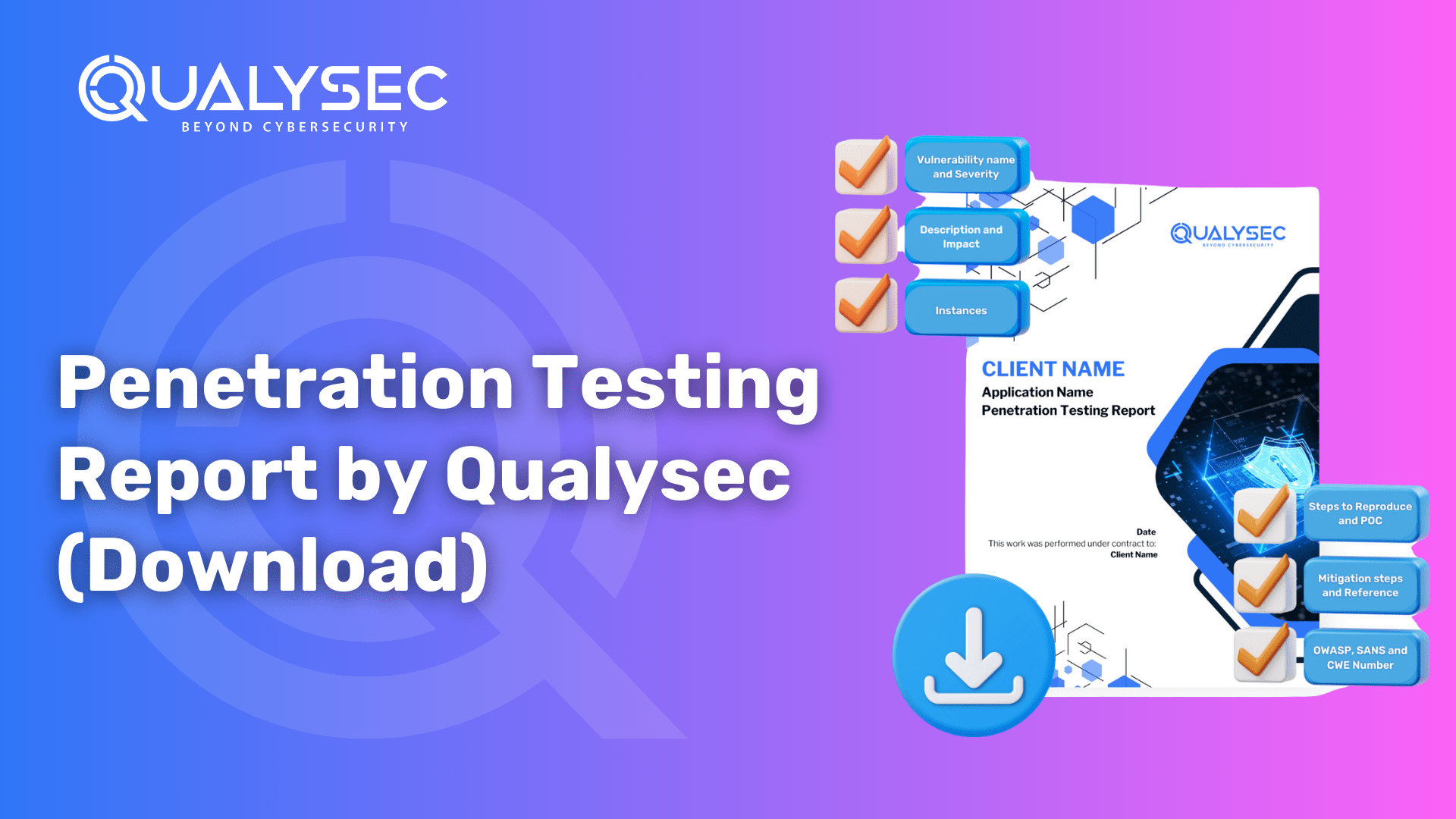
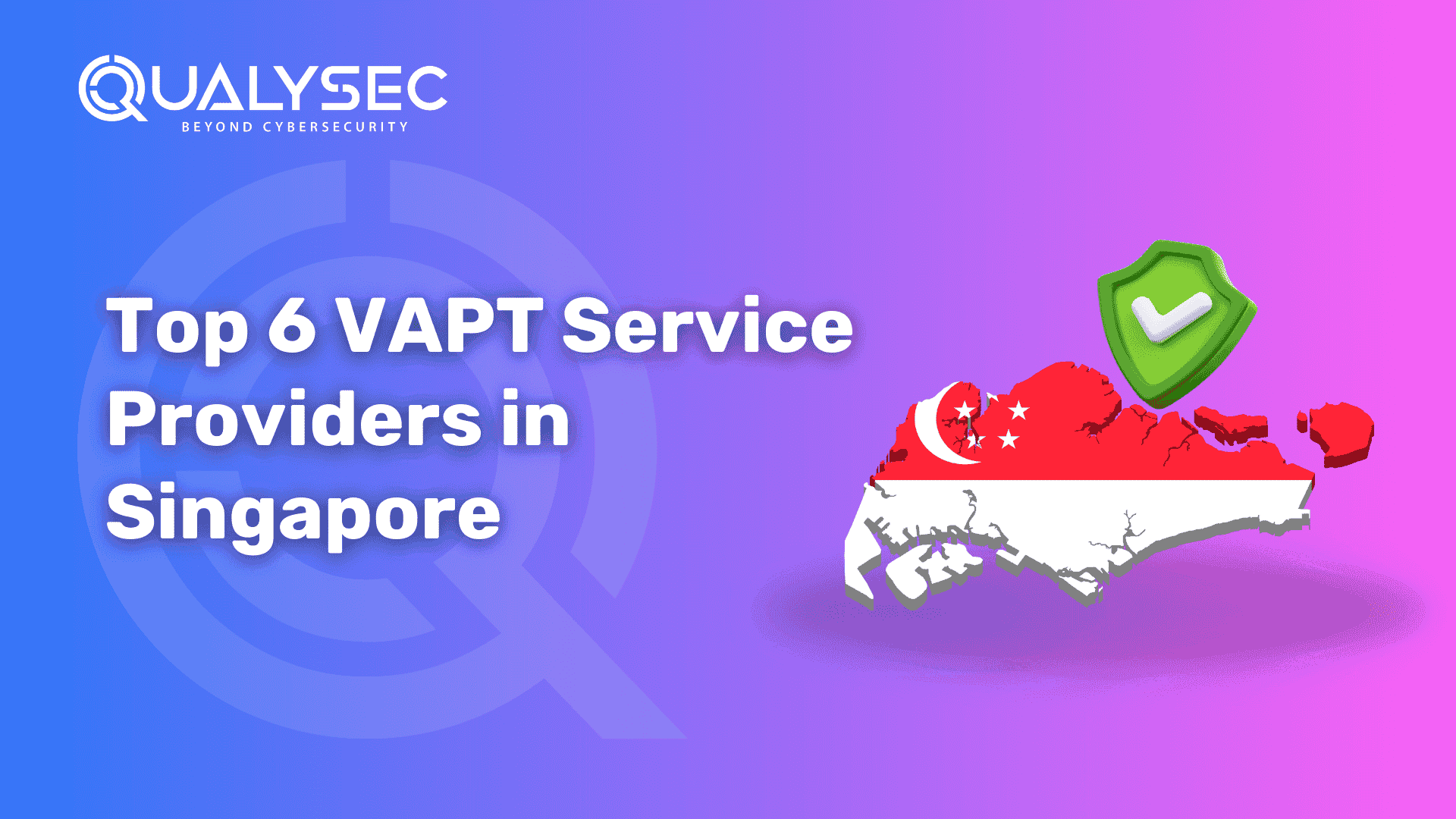

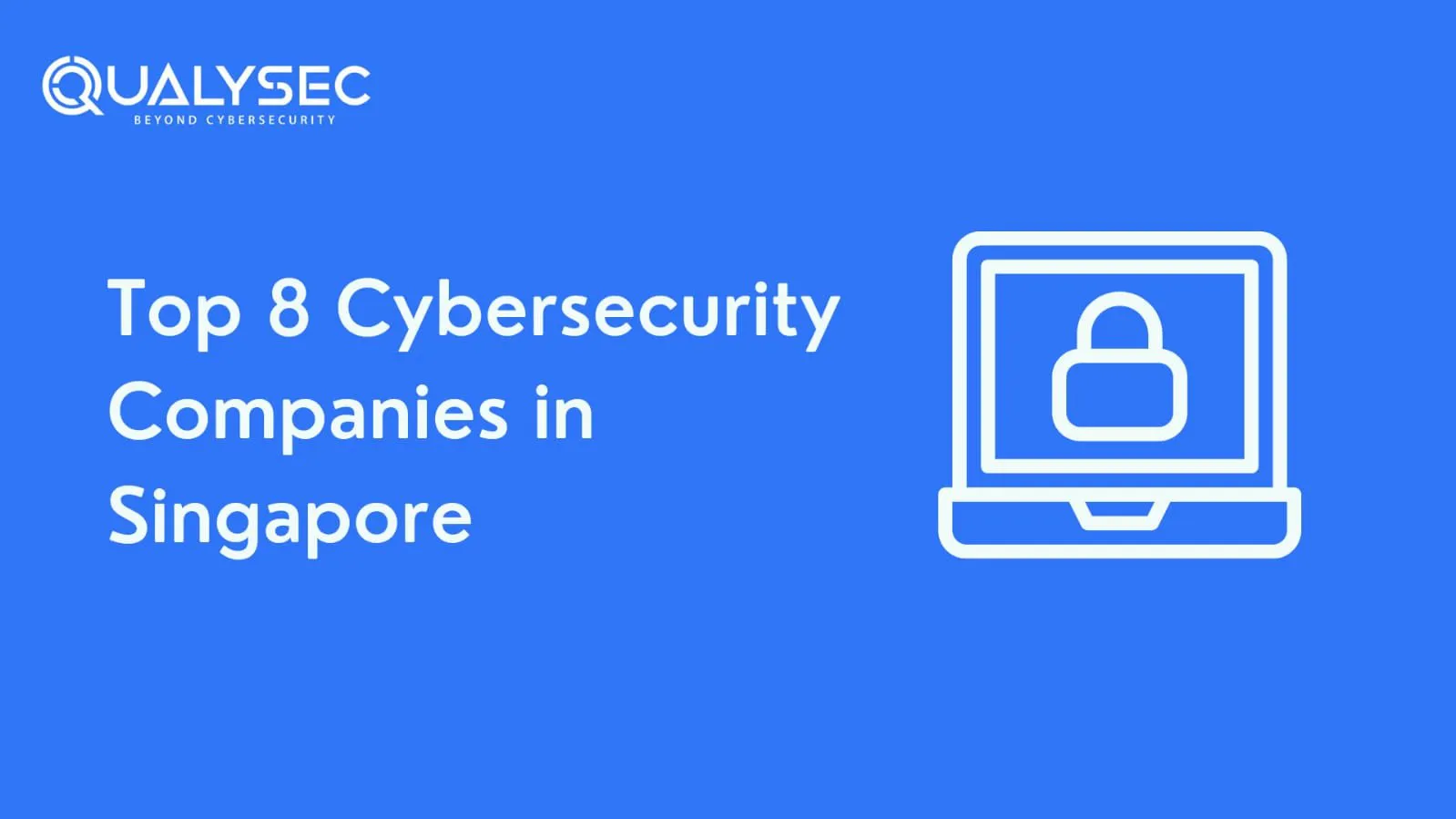

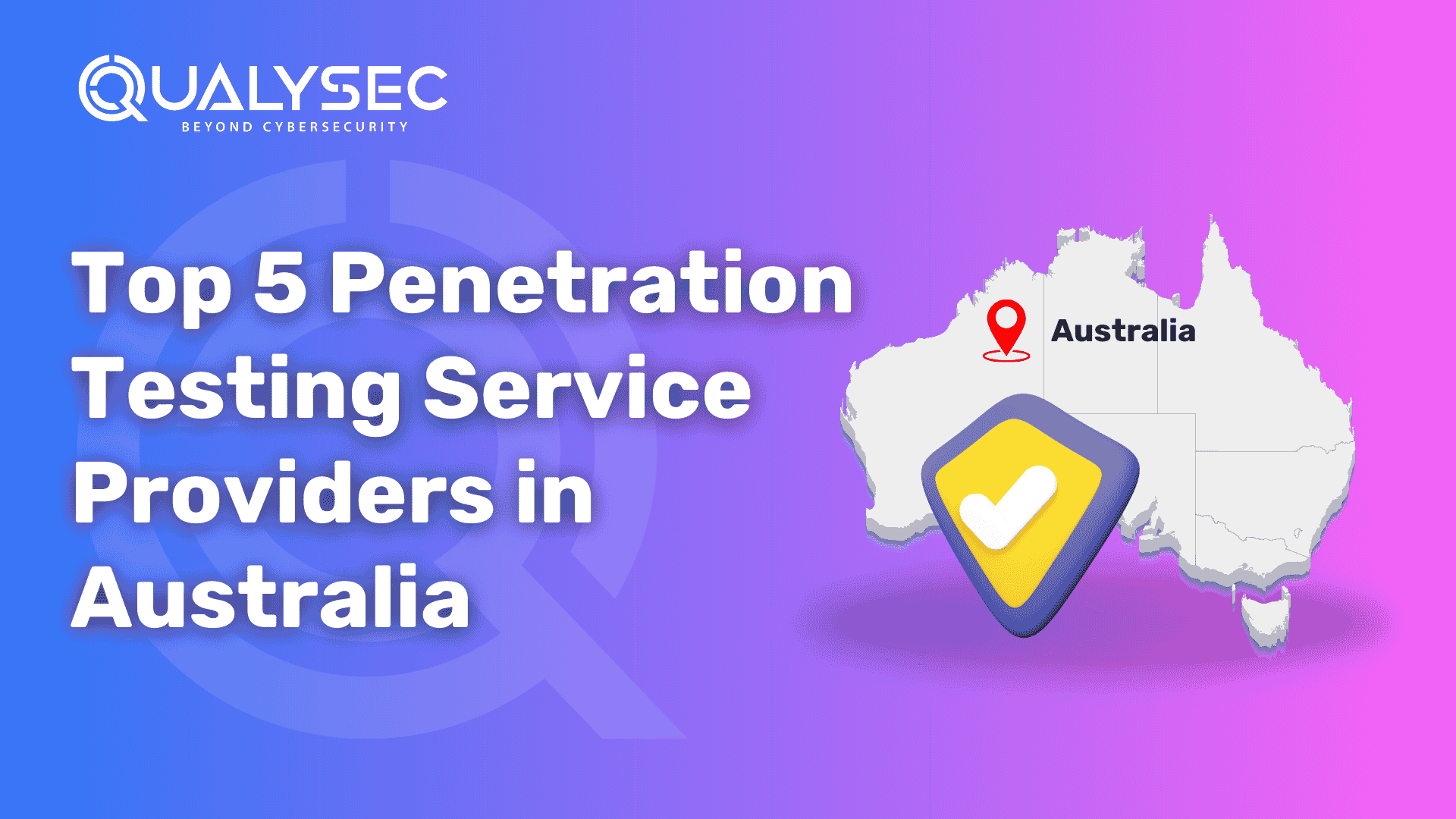
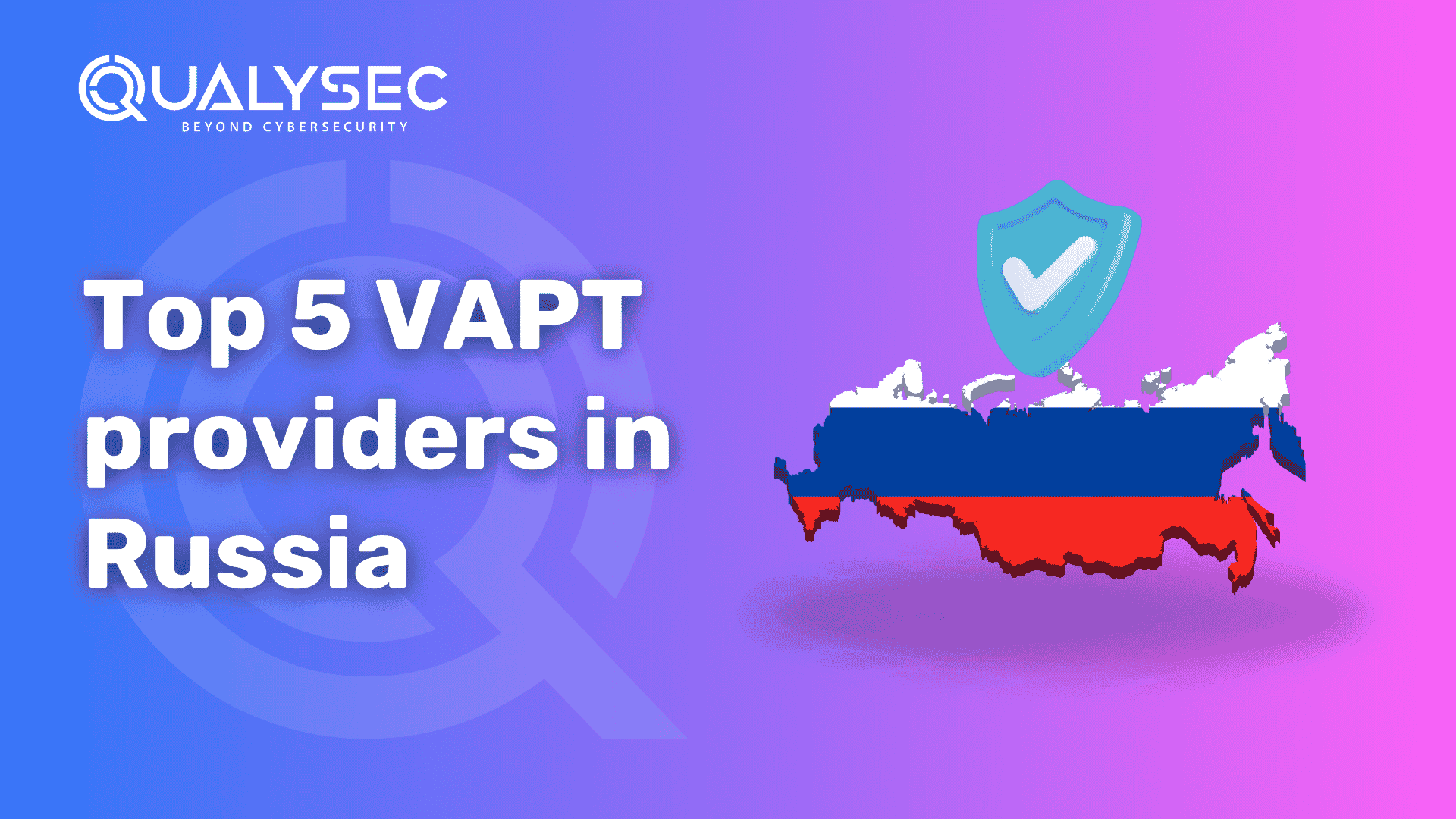
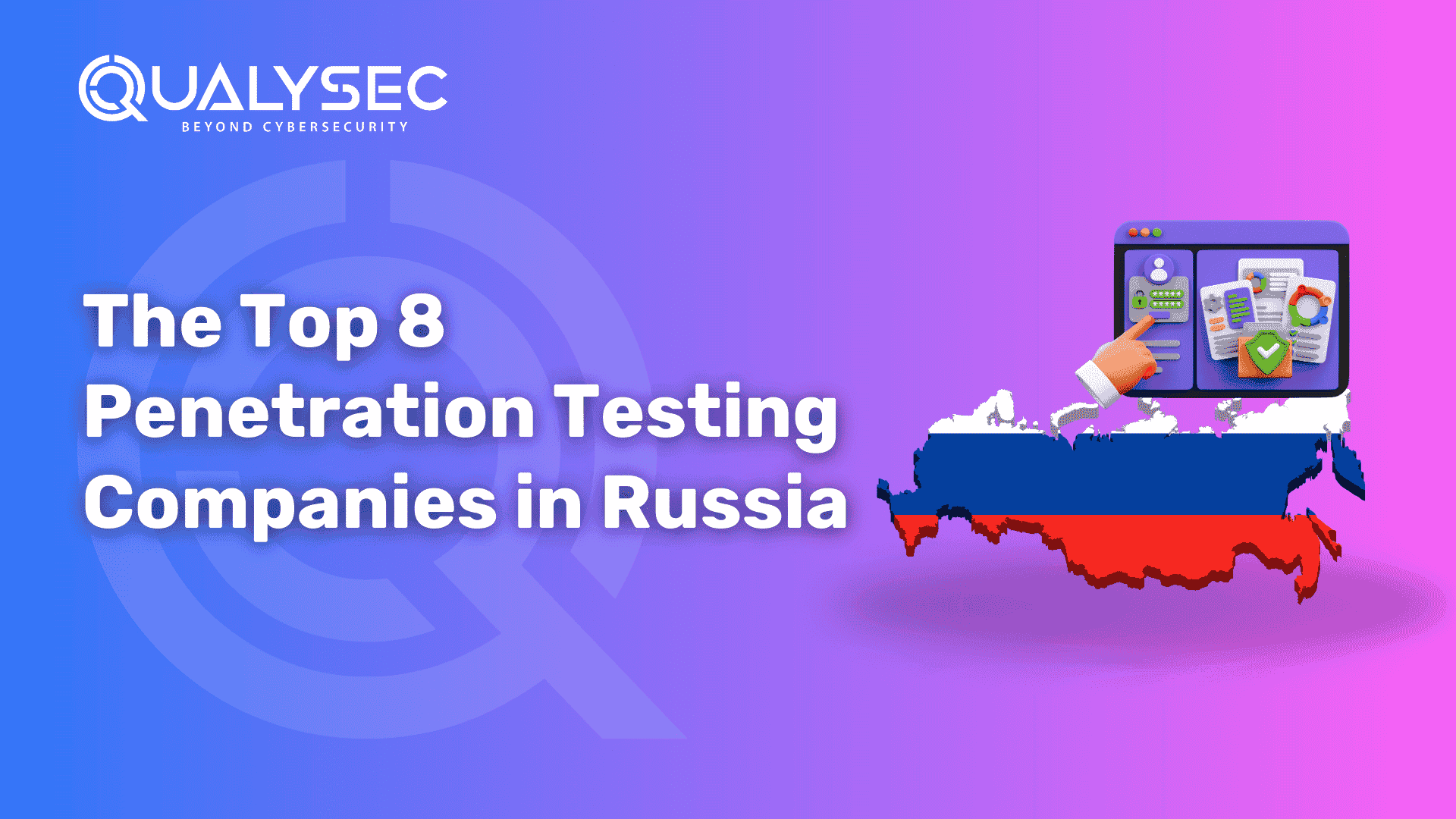
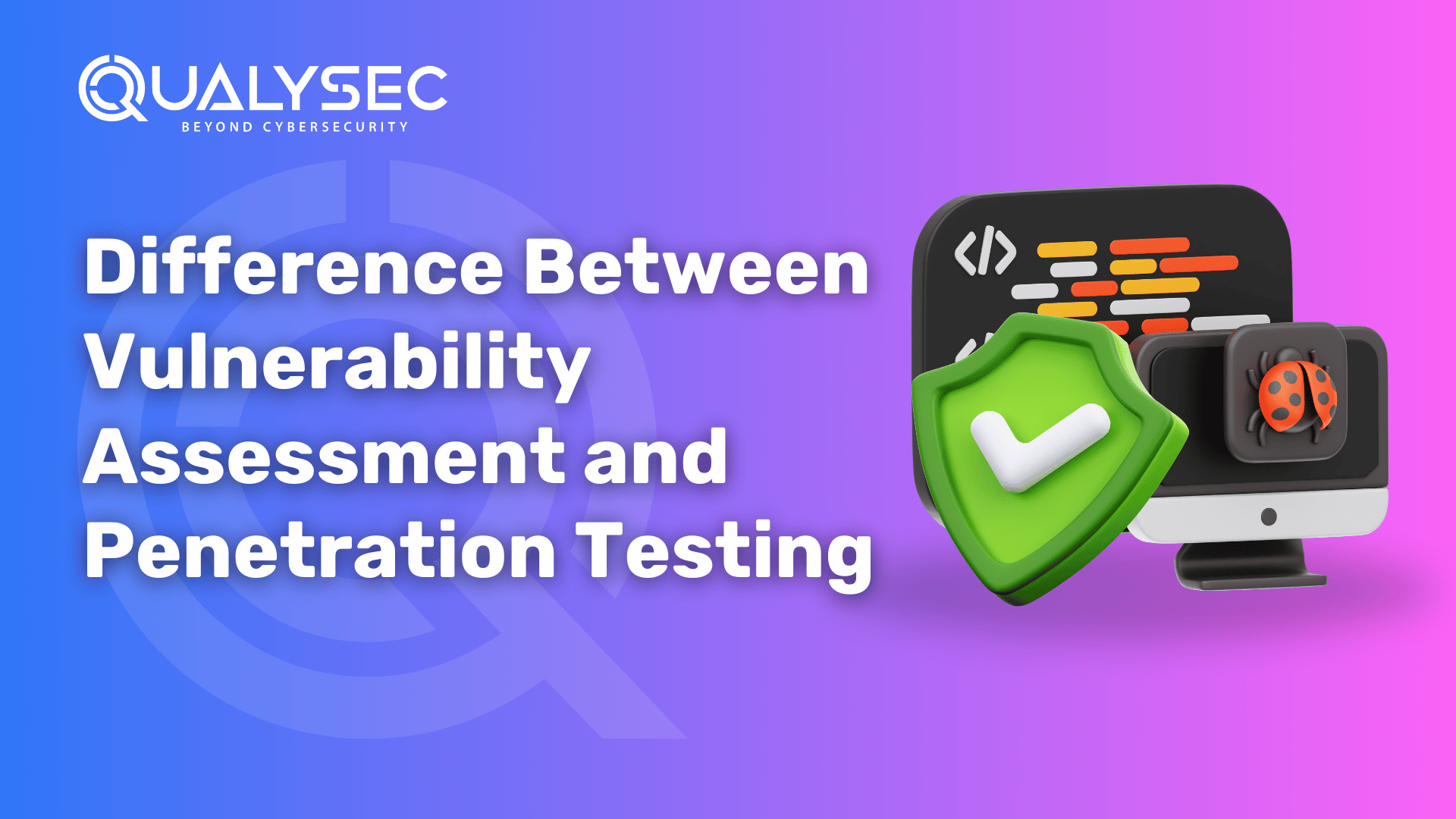
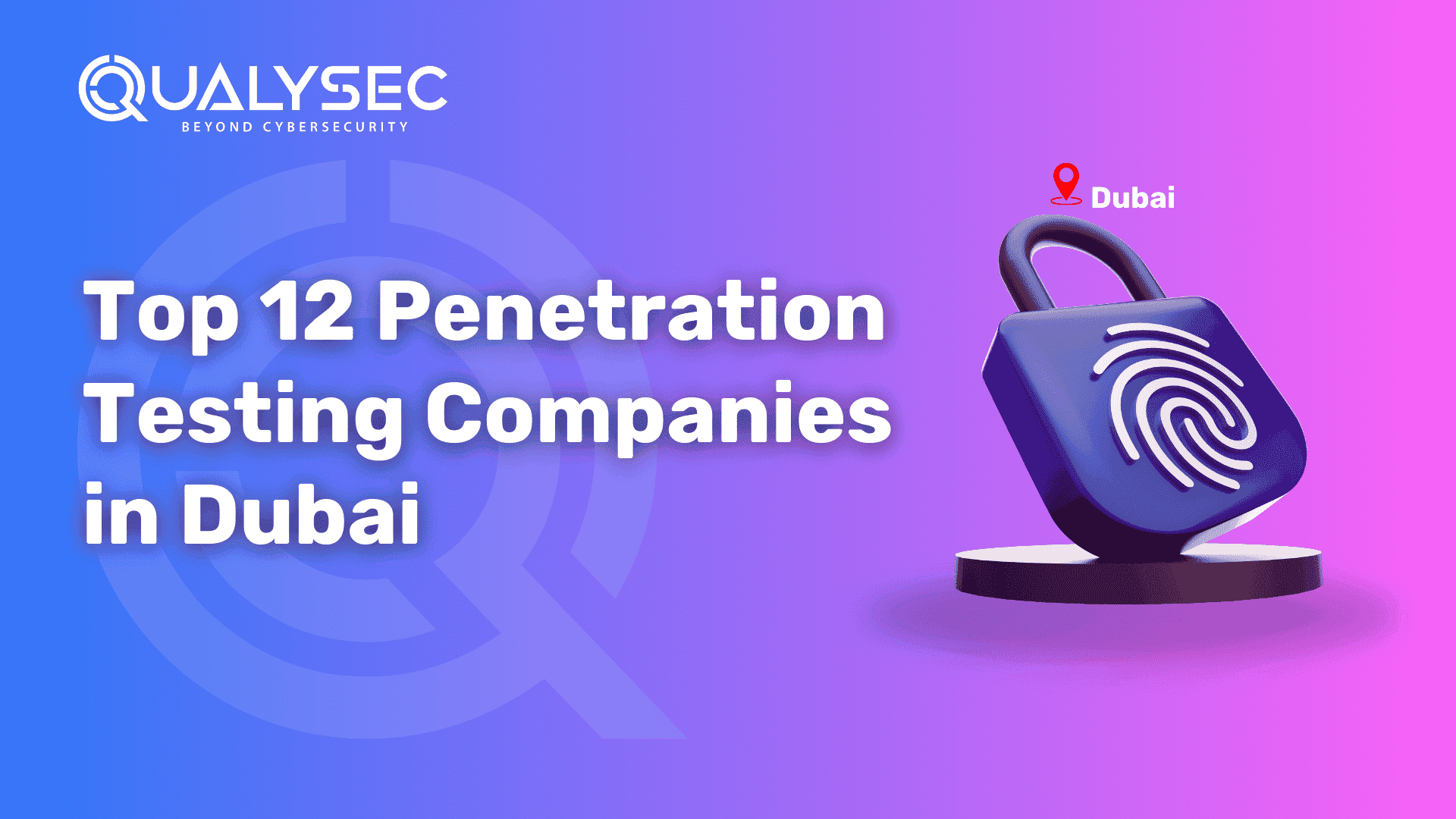
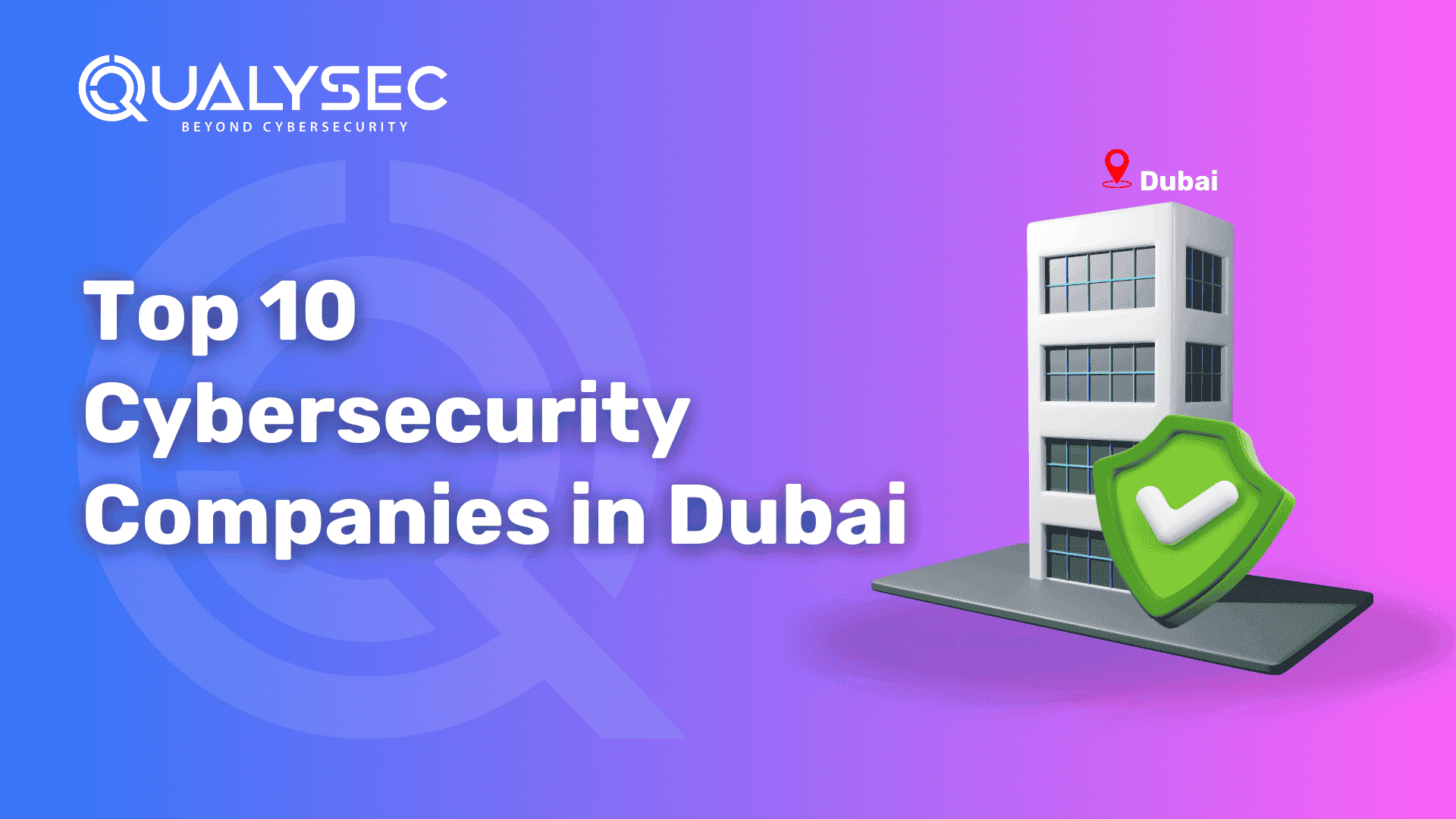



0 Comments